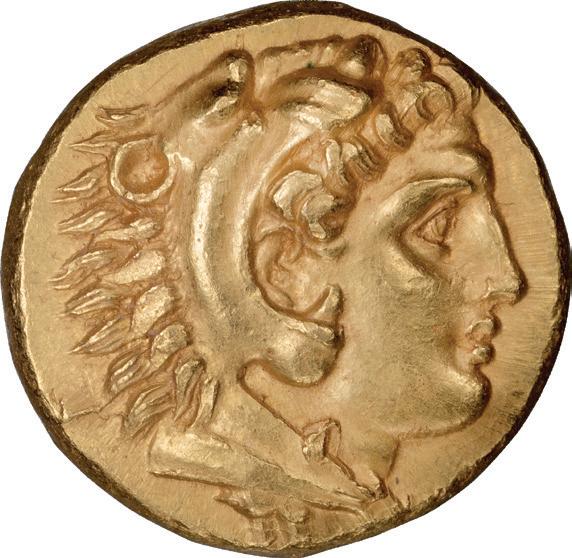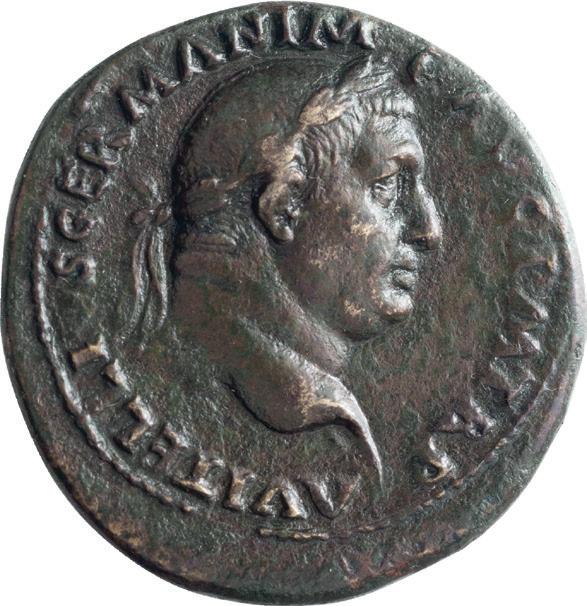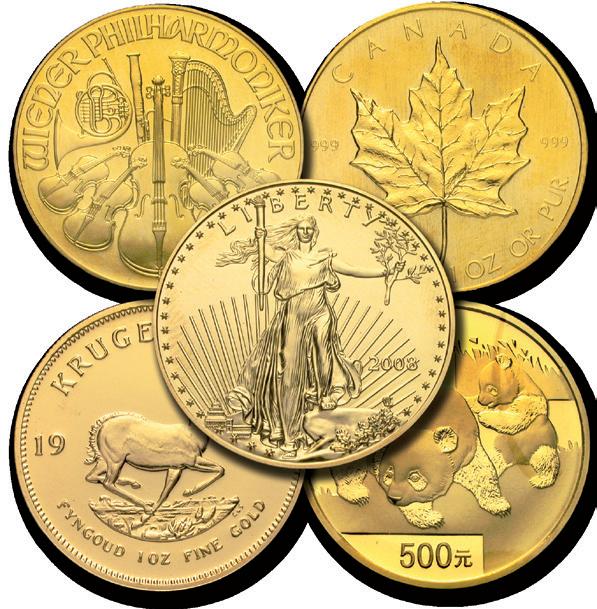Harlan J. Berk, Ltd.
Experts
Harlan J. Berk, Ancients • Aaron Berk, Ancients & Antiquities • Curtis Clay, Roman Phil Davis, Ancients • Jay Harper , Ancients • Paige Garrett, Ancients • Jennifer Saban, Antiquities • Laura Wakeland, World Pablo Saban, IT Manager • Photos & Videos by Andrew Steiner & Tara Kline • Layout by Aaron Berk
Harlan J. Berk, Ltd. has presented an innovation in antiquities and numismatics for some time now. The system is simple. When you want an antiquity or coin in the sale, just bid the estimated price by phone, fax, web site, email or post. We will send you the antiquity or coin immediately with no buyer’s fees and no waiting for the closing of the sale. Any and all antiquities or coins not sold before the closing date will be sent to the highest bidder after September 14. All items carry a lifetime guarantee of authenticity. EXAMPLE—You bid estimate on an item valued at $100.00 and if your bid is the 1st to reach us, you will receive the item immediately at $100. If on the other hand, you bid $75.00 on the same item and are still the high bidder at the end of the sale, the item will be mailed to you after the closing. There is a 2.5% fee for credit card use.


If you are ever in the area, stop in to see us! Of course, it’s best to call first. Harlan J. Berk, Ltd. reserves the right to refuse any bids.
The Curtis Clay Roman Coin Collection Lots 1-199
We are pleased and honored to have purchased Curtis Clay’s collection of Roman coins, amounting to over 5,000 pieces. Curtis mostly collected coins that were rare or unpublished, focusing especially on varieties unrepresented in the enormous, nearly definitive British Museum Collection. In the spotlight of Curtis’ expert knowledge and meticulous eye, seemingly common coins were recognized as extreme rarities. What we are offering today is the first of a series of sales that will appear over the next two years or more, representing the cream of his collection. When completed, a book will be published of these coins, entitled “The Highlights of the Curtis Clay Collection”. Other coins from the collection will be offered in online sales. All coins will be labeled “Curtis Clay Collection”, and some of them will be included in the Highlights book as well. The coins offered in our Buy or Bid Sales will be in chronological order, organized by Curtis himself. Most lots will include Curtis’ original tickets, with provenance information and in some cases more extensive historical or numismatic notes than space in the catalogue allows. These sales will represent a chance for fortunate and astute collectors of Roman coins to fill their own collections with these special pieces. A rare opportunity!
1. AUGUSTUS WITH UNPUBLISHED LEGEND ERROR; 27 BC-14 AD, Uncertain Eastern mint, 27-c. 20 BC, Denarius, 3.59g. Not in the standard catalogues or in Sutherland’s die study of this series in Revue Num. 1974. Obv: CAESAR Bare head r. Rx: AVGVESTVS (sic) Bull standing r. The engraver added a superfluous E to the reverse legend. Ex Curtis L. Clay Collection. VF / aEF 1500 Rarity 4
2. AUGUSTUS; 27 BC-14 AD, Hispania Baetica (Colonia Patricia or Cordoba), 19-15 BC, Denarius, 3.74g. RIC-39b (R4); cf. BM-329 (portrait r. not l.). Obv: CAESARAVGVSTVS Head bare l. Rx: MARTIS on l., VLTORI[S] on r., Round temple of Mars the Avenger with four visible columns, within which, between the columns, Mars standing l. holding legionary eagle and standard. Ex Curtis L. Clay Collection; ex CNG E129, 21 Dec. 2005, 353. A few obverse contact marks. EF 1500
3. AUGUSTUS; 27 BC-14 AD, Hispania Tarraconensis (Caesaraugusta), 19-15 BC, Denarius, 3.44g. RSC-180a (citing Ryan coll.). Obv: [C]AESAR - AVGVSTVS Head bare r. Rv: [IO]VIS - TON across field, Statue of Jupiter the Thunderer standing l. in six-columned temple, holding thunderbolt and scepter. Rare with reverse legend IOVISTON across field, rather than merely IOV - TON. Ex Curtis L. Clay Collection. Fine. 500
Extremely Rare Issue
4. AUGUSTUS; 27 BC-14 AD, Spanish mint, c. 19-18 BC, Denarius, 3.52g. Cf. BM-334 and Paris-pl. LIV, a (same obv. die). Obv: CAESAR - AVGVSTVS Head laureate r. Rx: S P - Q [R] across field, Victory hovering front, head l., holding large round shield with both arms. Rare type, not in the Paris or BM collections. Ex Curtis L. Clay Collection. Fine 2000
Scarce Augustus Comet Variety
5. AUGUSTUS; 27 BC-14 AD, 19-18 BC, Denarius, 3.54g. Paris-1305. Obv: CAESARAVGVSTVS Head r. wearing oak wreath. Rx: Comet with tail upwards, DIVVS above, IVLIVS below. Scarce reverse legend arrangement. Commemorates the comet that appeared in summer 44 BC and was taken to indicate Julius Caesar’s deification. Ex Curtis L. Clay Collection. VF / aEF 1000
6. AUGUSTUS; 27 BC-14 AD, Lugdunum, 15-12 BC, Denarius, 3.12g. RIC-162b; Paris-1364, pl. LV (same dies). Obv: AVGVSTVS DIVI F Head bare l. Rx: IMP X in exergue, Tiberius alone, without Nero Drusus as usual, standing r. offering laurel branch to Augustus, who sits l. on curule chair on platform, extending r. hand to receive the branch. Tiberius and Nero Drusus offered triumphal laurels to Augustus for their capture of Rhaetia in 15 BC: see BMC p. cxv. Ex Curtis L. Clay Collection. gVF 1000
Restored Denarius of Augustus
7. AUGUSTUS, GAIUS AND LUCIUS; Date and location of restoration uncertain, Denarius, 2.96g. BM-536, pl. 13.18. Obv: Laureate head r. and legend of Augustus. Rx: Gaius and Lucius Caesars standing side by side, holding honorary shields and spears; between them ladle on l. turned l. and lituus on r. turned r., with split base. Ex Curtis L. Clay Collection; ex CNG E373, 20 April 2016, 343. VF / Fine+ 650
8. TIBERIUS; 14-37 AD, Lugdunum, As, 8.85g. Lyon, Suppl. II (2003), pp. 19-20, 154. Obv: [TI CAESAR DIVI] AVG F AVGVSTVS Head laureate r. Rx: ROM ET AVG in exergue, Altar of Roma and Augustus at Lugdunum. This As of Tiberius as Augustus at Lugdunum was once thought to be unique, but a fair number of obviously regular and authentic examples have turned up in recent French hoards. VF 800
9. CALIGULA; 37-41 AD, Lugdunum, 40 AD, Denarius, 3.44g. RIC-28 (R3). Obv: [C CAESAR] AVG PON M TR POT III COS III Head laureate r. Rx: SPQR / P P / OB C S in three lines within oak wreath. The rarest reverse type on Caligula’s aurei and denarii, because it was hardly used at all in the large issue of his first tribunician year, when most of Caligula’s precious metal coins were struck. Ex Curtis L. Clay Collection; ex Rauch MBS 10, 2 March 2006, 308. Some reverse encrustation. gVF 4000
10. FINAL PRECIOUS METAL ISSUE OF CALIGULA, LASTING JUST 24 DAYS; 37-41 AD, Lugdunum, 41 AD, Denarius, 3.69g. RIC-31 (R4). Obv: C CAESAR AVG PON M TR POT IIII COS IIII Laureate head of Caligula r. Rx: DIVVS AVGPATER PATRIAE Radiate head of Divus Augustus r. Caligula’s final issue of aurei and denarii, struck between his assumption of a new consulship on 1 January 41 and his assassination just 24 days later. Ex Curtis L. Clay Collection; ex CNG E163, 25 April 2007, 287. VF 4850
Earliest Portrait
11. CLAUDIUS I’S EARLIEST KNOWN SESTERTIUS OBVERSE DIE FROM THE MINT OF ROME; 41-54 AD, Rome, Early 41 AD, Sestertius, 29.17g. von Kaenel-p. 23 and pl. 52, 2162. Obv: TI CLAVDIVS CAESAR AVG IMP P M TR P Head laureate r. Rx: SPES - AVGVSTA around, S C in exergue, Spes advancing l., holding flower and raising skirt. Ex Curtis L. Clay Collection; ex Lanz 92, 4 June 1999, 408. Rare early obverse legend ending IMP P M TR P rather than the usual P M TR P IMP; from the only Rome-mint sestertius obverse die with this legend variety known to Curtis Clay. Extremely sharp portrait. Some contact marks. EF / VF 4500
Earliest obverse legend
12. CLAUDIUS I: HIS EARLIEST OBVERSE LEGEND ON BRONZE COINS; 4154 AD, Rome, early 41 AD, As, 8.96g. Von Kaenel-p. 25, BM-154. Obv: TI CLAVDIVS CAESAR AVG IMP TR POT Head bare l. Rx: S - C across field, Minerva advancing r. brandishing spear and holding shield. Ex Curtis L. Clay Collection. This is only the third known bronze coin of Claudius that omits the title Pontifex Maximus from his legend; all three specimens come from the same middle-bronze obverse die, which was coupled with two different reverse dies of the Minerva advancing type. It seems clear that this must have been the earliest obverse legend on Claudius’ bronze coins, struck for only a short time soon after his accession, possibly because the assembly that elected him Pontifex Maximus met slightly later than the assemblies that approved his other titles. In Curtis Clay’s opinion von Kaenel was mistaken to raise doubts about the authenticity of this rare issue (p. 25). VF 1500
13. CLAUDIUS I; 41-54 AD, Rome, 41-2 AD, As, 9.99g. BMC-p. 185, von Kaenel-pp. 25-26. Obv: TI CLAVDIVS CAESAR AVG P M TR P IMP Head bare l. Rx: LIBERTASAVGVSTA around, S - C across field, Libertas standing r. holding pileus and extending l. hand. Claudius’ rare second obverse legend on bronze coins, ending IMP P M TR P rather than P M TR P IMP or P M TR P IMP P P, and showing a youthful, idealized portrait of the emperor. With this obverse legend and the Libertas reverse type, BMC and von Kaenel record only one specimen, in Padua. Ex Curtis L. Clay Collection; ex CNG E387, 30 Nov. 2016, 417. Some reverse porosity. EF...........................................................................1850
“The Art & Science of Numismatics” Tel: (312) 609-0018 31 N. Clark Street • Chicago, Illinois 60602 Fax: (312) 609-1309 www.hjbltd.com Email: info@hjbltd.com Established 1964 Facebook/Harlan J. Berk, Ltd. Twitter/Team_HJB Istagram/HJB_Coins 224th BUY
BID SALE
14th, 2023 ALL COINS AND ANTIQUITIES GUARANTEED GENUINE NO BUYERS FEES! HJBLTD.COM FOR VIDEOS OF EACH LOT VISA DISCOVER MASTERCARD AMERICAN EXPRESS BITCOIN
OR
The Closing Date is September


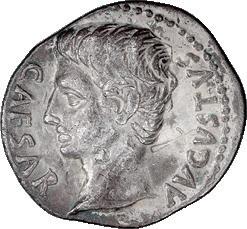
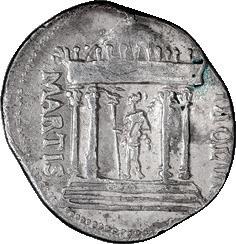
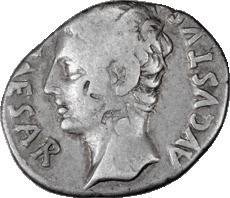
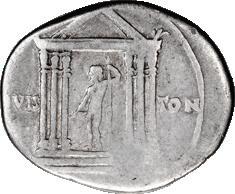
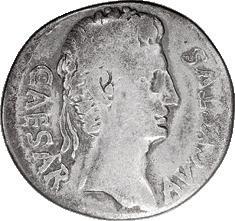

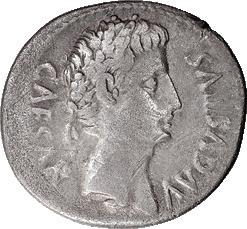

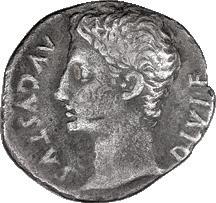
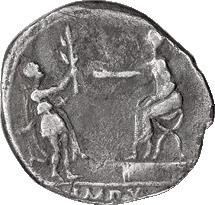
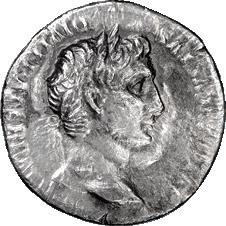
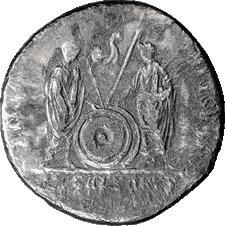
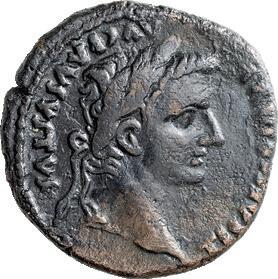

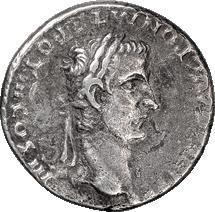


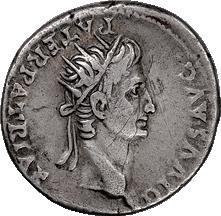
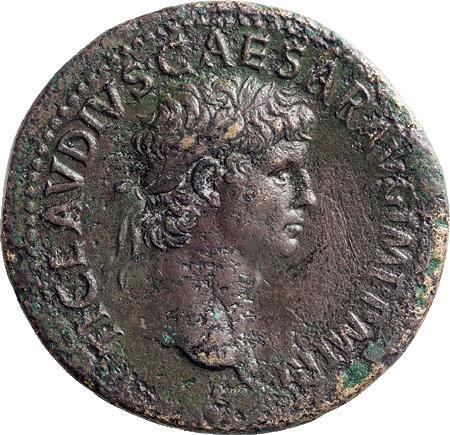
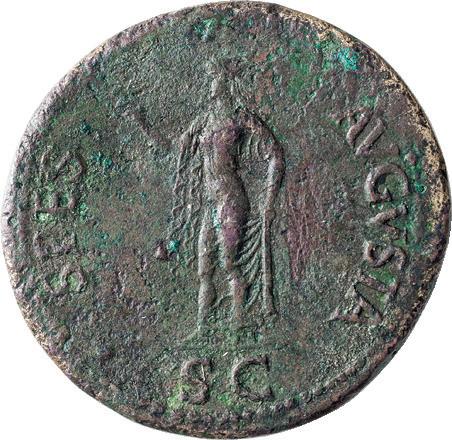
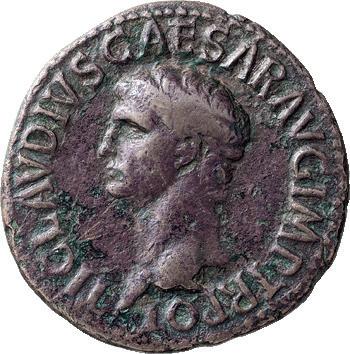
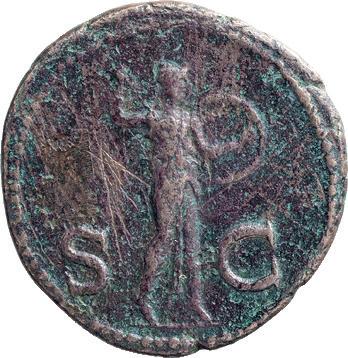
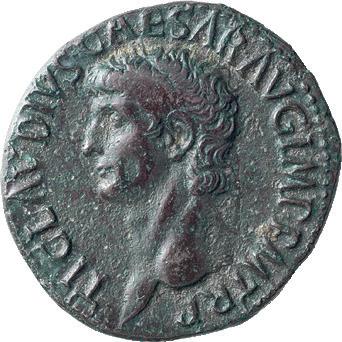
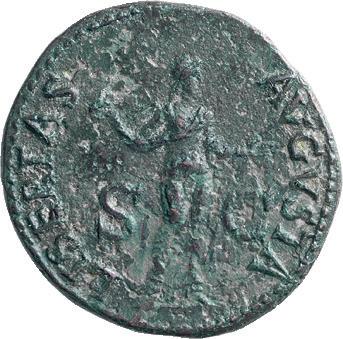



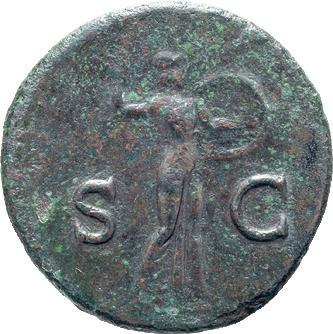
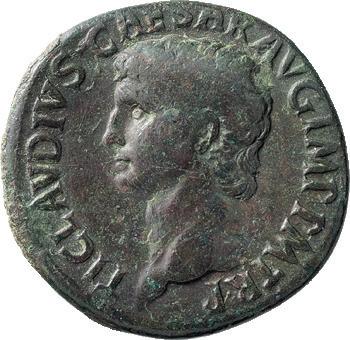
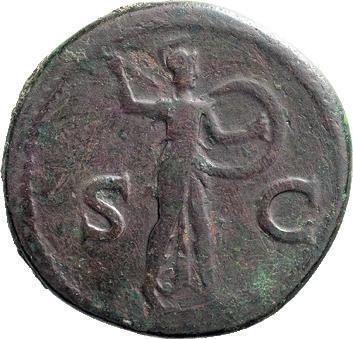



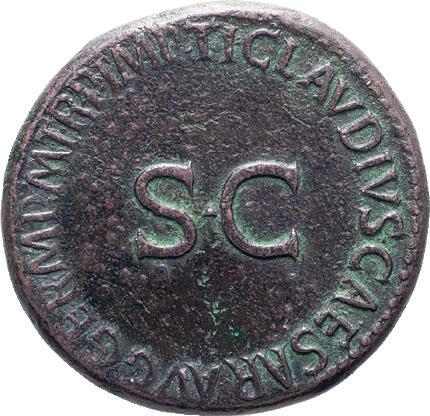
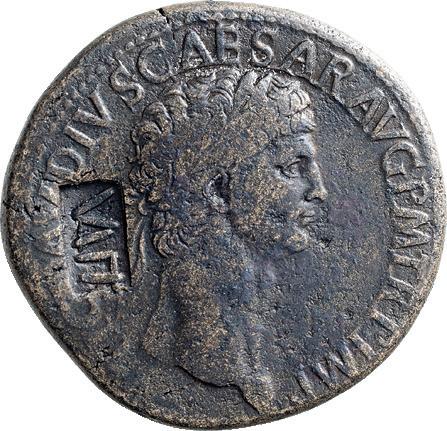
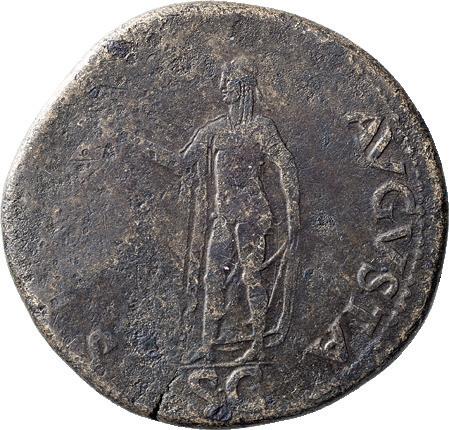

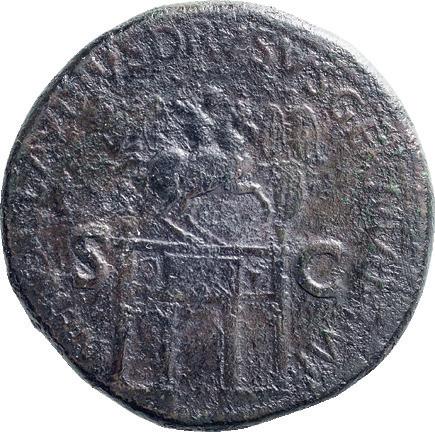
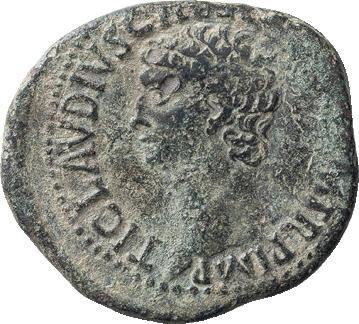

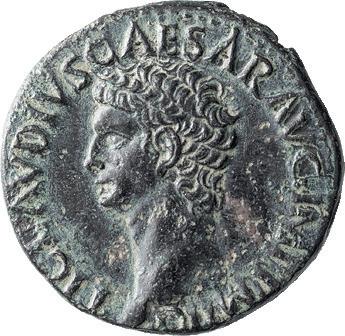

18 19 21 22 20 13 12 10 9 11 16 15 8 3 6 17 4 2 14 7 5 1
14. CLAUDIUS I; 41-54 AD, Rome, 41-2 AD, As, 11.88g. Apparently not in BMC or von Kaenel in Rome-mint style and with this obverse legend. Obv: TI CLAVDIVS
CAESAR AVG IMP P M TR P Head bare l. Rx: S - C across field, Minerva advancing r. brandishing spear and holding shield. Claudius’ rare second obverse legend on bronze coins, ending IMP P M TR P rather than P M TR P IMP or P M TR P IMP P P, and showing a youthful, idealized portrait of the emperor. Ex Curtis L. Clay Collection; ex Triskeles E28, 21 June CNG E387, 30 Nov. 2016, 417. High-relief portrait. gVF 1250
15. CLAUDIUS I; 41-54 AD, Rome, 41-2 AD, As, 10.60g. Apparently not in BMC or von Kaenel in Rome-mint style and with this obverse legend. Obv: TI CLAVDIVS
CAESAR AVG IMP P M TR P Head bare l. Rx: S - C across field, Minerva advancing r., brandishing spear and holding shield. Claudius’ rare second obverse legend on bronze coins, ending IMP P M TR P rather than P M TR P IMP or P M TR P IMP
P P, and showing a youthful, idealized portrait of the emperor. Ex Curtis L. Clay Collection; ex Rauch 57, 11 April 1996, 140. Fine 2000
16. CLAUDIUS I; 41-54 AD, Rome, 41-2 AD, As, 11.12g. Apparently not in BMC or von Kaenel in Rome-mint style and with this obverse legend. Obv: TI CLAVDIVS
CAESAR AVG IMP P M TR P Head bare l. Rx: S - C across field, Minerva advancing r., brandishing spear and holding shield. Claudius’ rare second obverse legend on bronze coins, ending IMP P M TR P rather than P M TR P IMP or P M TR P IMP
P P, and showing a youthful, idealized portrait of the emperor. Ex Curtis L. Clay Collection; ex Roma E24, 30 Jan. 2016, 538. Fine 750
17. CLAUDIUS I; 41-54 AD, Rome, 41-2 AD, As, 10.16g. BM-145, pl. 35.3. Obv: TI
CLAVDIVS CAESAR AVG P M TR P IMP Head bare l. Rx: LIBERTAS - AVGVSTA around, S - C across field, Libertas standing r. holding pileus and extending l. hand. With Claudius’ common third obverse legend on bronze coins, but still showing a youthful, idealized portrait of the emperor, so early in the issue. Ex Curtis L. Clay Collection; ex CNG E259, 6 July 2011, 300. VF 400 Earliest Agrippina Sestertius. Four Recorded
18. AGRIPPINA I; Rome, c. Jan. 42 AD, Minted under Claudius, Sestertius, 29.41g.
Obv: AGRIPPINA M F GERMANICI CAESARIS Bust draped r. Rx: TI CLAVDIVS CAESAR AVG P M TR P IMP around large S C. Only a few of Claudius’ sestertii for Agrippina I omit P P from the emperor’s titulature, suggesting that Claudius introduced this new coin type only shortly before he assumed the title Father of his Country. But according to Claudius’ quadrantes and the Acts of the Arval Brethren, Claudius became P P sometime between 6 and 12 January 42 AD, so his earliest Agrippina sestertii, without P P in the emperor’s titulature, will have been struck only a couple of days or weeks before 12 January 42. I owe this idea to Hans-Markus von Kaenel, Münzprägung des Claudius, p. 228, note 226, who on p. 30 lists four specimens of this earliest sestertius variety of Claudius for Agrippina. Microscopic porosity. gVF 3000
19. CLAUDIUS I; 41-54 AD, Fine-Style Branch Mint, 41-2 AD, Sestertius, 27.02g. Von Kaenel-1361. Obv: TI CLAVDIVS CAESAR AVG P M TR P IMP Head laureate r.; behind, TI AV countermark, ligate and retrograde. Rx: [S]PES - AVGVSTA around, S C in exergue, Spes advancing l., holding flower and raising skirt. Ex Curtis L. Clay Collection; ex CNG 70, 21 Sept. 2006, 647. Fine 400
20. CLAUDIUS I; 41-54 AD, Fine-Style Branch Mint, 41-2 AD, Sestertius, 28.96g. C-48 (8 Fr.). Obv: TI CLAVDIVS CAESAR AVG P M TR P IMP Head laureate r. Rx: NERO CLAVDIVS DRVSVS GERMAN IMP around, S - C across field, Triumphal arch surmounted by equestrian statue of Claudius’ father between two trophies. Apparently a scarce type at this mint: none in this style are illustrated by von Kaenel, pl. 24-25. Fine 1200
21. CLAUDIUS I; 41-54 AD, Pobla Mint, 41 AD, As, 13.32g. Von Kaenel-1683. Obv: TI CLAVDIVS CA[ESAR AVG IMP P] M TR P IMP Head bare l. Rx: LIBERT[A] S - AVGVSTA around, S C in exergue, Libertas standing r. holding cap and extending l. arm. Ex Curtis L. Clay Collection. Spanish mint, style of the Pobla de Mafumet hoard, common second obverse legend. EF 1500
22. CLAUDIUS I; 41-54 AD, Pobla Mint, 41 AD, As, 11.68g. Obv: TI CLAVDIVS CAESAR AVG IMP P M TR P Head bare l. Rx: [LIB]ERTAS - AVGVSTA around, SC across field, Libertas standing r. holding cap and extending l. arm. Ex Curtis L. Clay Collection. Spanish mint, style of the Pobla de Mafumet hoard. Scarce early legend form ending IMP P M TR P rather than P M TR P IMP as usual. Apparently not in von Kaenel with the Libertas type from this mint. Incredible portrait. MS 5000
23. CLAUDIUS I; 41-54 AD, PROB mint, Early 41 AD, Sestertius, 27.00g. Cf. von Kaenel-p. 23 and pl. 52, 2162. Obv: TI CLAVDIVS CAESAR AVG IMP P M TR P Head laureate r. Rx: SPES - AVGVSTA around, S C in exergue, Spes advancing l., holding flower and raising skirt. Ex Curtis L. Clay Collection; ex CNG E93, 7 July 2004, 72. Rare early obverse legend ending IMP P M TR P rather than the usual P M TR P IMP. Our attribution of this coin to the PROB mint rather than some other is uncertain, however. Fine 1500
24. CLAUDIUS I; 41-54 AD, Uncertain Thracian Mint, c. 51-4 AD, Sestertius, 26.53g. C-39, RIC-112 (Thracian mintage not recognized). Obv: TI CLAVDIVS CAESAR AVG P M TR P IMP P P Head laureate r. Rx: EX S C / P - P / OB / CIVES / SERVATOS in four lines within oak wreath. Ex Curtis L. Clay Collection. Though coins of this later Thracian mint under Claudius are comparatively common, earlier numismatists have failed to separate them from the two main issues of the mint of Rome, without and with P P, and from the products of a number of other Western branch mints that also copied the types of mint of Rome, though in different styles. Exceptional portrait. VF 2250
25. CLAUDIUS I; 41-54 AD, PROB Mint, 41 AD, Sestertius, 26.40g. Von Kaenel-1286, pl. 18. Obv: [TI C]LAVDIVS CAESAR AVG P M TR P IMP Laureate head r. Rx: EX SC / O B / CIVES / SERVATOS within oak wreath. Ex Curtis L. Clay Collection; ex CNG E416, 14 March 2018, 412. A rare early issue, if the obverse legend in fact ends IMP P M TR P. Our attribution of this coin to the PROB mint rather than some other is uncertain, however. VF 1500
26. CLAUDIUS I; 41-54 AD, Uncertain Thracian Mint, c. 51-4 AD, Sestertius, 21.43g. C-39, RIC-112 (Thracian mintage not recognized). Obv: TI CLAVDIVS CAESAR A[VG P M] TR P IMP P P Head laureate r. Rx: EX S C / P - P / OB / CIVES / SERVATOS in four lines within oak wreath. Ex Curtis L. Clay Collection; ex CNG E463, 11 March 2020, 333. Though coins of this later Thracian mint under Claudius are comparatively common, earlier numismatists have failed to separate them from the two main issues of the mint of Rome, without and with P P, and from the products of a number of other Western branch mints that also copied the types of mint of Rome, though in different styles. VF 1400
27. CLAUDIUS I; 41-54 AD, Uncertain Thracian Mint, c. 51-4 AD, Sestertius, 28.52g. C-85, RIC-115 (Thracian mintage not recognized). Obv: TI CLAVDIVS CAESAR
C-39, RIC-112 (Thracian mintage not recognized). Obv: TI CLAVDIVS CAESAR AVG P M TR P IM[P P P] Head laureate r. Rx: SPES - AVGVSTA around, S C in exergue. Ex Curtis L. Clay Collection. Though bronze coins of this later Thracian mint under Claudius are comparatively common, earlier numismatists have failed to separate them from the two main issues of the mint of Rome, without and with P P, and from the products of a number of other Western branch mints that also copied the types of the mint of Rome, though in different styles. aVF 900
29. CLAUDIUS I; 41-54 AD, Uncertain Thracian Mint, 51-54 AD, As, 10.36g. Cf. RIC111, C-14, BM-201. Obv: TI CLAVDIVS CAESAR AVG P M TR P IMP P P Head bare l. Rx: CONSTANTIAE - AVGVSTI S - C Constantia, helmeted, wearing tunic and cloak, standing l., raising r. hand before face and holding long scepter in l. VF 450
Exceptional Portrait
30. CLAUDIUS I; 41-54 AD, Uncertain Thracian Mint, 51-4 AD, Dupondius, 10.76g. C-1; RIC-110 (Thracian mintage not recognized); von Kaenel-1888, pl. 43. Obv: TI CLAVDIVS CAESAR AVG P M TR P IMP P P Head bare l. Rx: CERES - AVGVSTA around, S C in exergue, Ceres seated l. holding wheat ears and lighted torch. Ex Curtis L. Clay Collection; ex CNG E193, 6 August 2008, 188. Struck on broad flan. EF 2000
31. NERO CLAUDIUS DRUSUS; Died 9 BC, Uncertain Thracian Mint, 51-54 AD, Sestertius, 26.65g. Cf. BM-208, Paris-198, C-8 (10 Fr.), and RIC-109. Obv: NERO CLAVDIVS DRVSVS GERMANICVS IMP Bare head of Drusus l. Rx: TI CLAVDIVS CAESAR AVG P M TR P IMP P P around, S C upside down in exergue, Claudius togate and holding branch seated l. on curule chair resting on globe, against which leans a sword; the emperor places foot on cuirass, scattered at his feet and under chair are also several shields, spears and a helmet. Ex Curtis L. Clay Collection; ex CNG E322, 12 March 2014, 507. Green patination. VF 1500
32. NERO CLAUDIUS DRUSUS; Died 9 BC, Uncertain Thracian Mint, 51-54 AD, Sestertius, 22.56g. BM-208, Paris-198, C-8 (10 Fr.), RIC-109. Obv: NERO CLAVDIVS DRVSVS GERMANICVS IMP Bare head of Drusus l., square countermark behind showing capricorn and rudder on globe. Rx: TI CLAVDIVS CAESA[R AVG P M TR P] IMP P P around, S C upside down in exergue, Claudius togate and holding branch seated l. on curule chair resting on globe, against which leans a sword; the emperor places foot on cuirass, scattered at his feet and under chair are also several shields, spears and a helmet. Ex Curtis L. Clay Collection; ex CNG E220, 14 Oct. 2009, 426. Fine 400
33. AGRIPPINA II; Uncertain Thracian Mint, 50-4 AD, Dupondius, 15.38g. Obv: [AGRIPP]INA AVG GERMANICI F CAESARIS AVG Bust draped l. Rx: No legend; Ceres, veiled, seated l. holding wheat ears and torch. Ex Curtis L. Clay Collection. Von Kaenel, Britannicus, Agrippina Minor und Nero in Thrakien, Schweiz. Num. Rundschau 63, 1984, p. 142, listed only two specimens of this dupondius, but about a dozen more have since turned up. Apparently struck in Thrace along with the Carpentum sestertius of Agrippina II, the sestertii of Britannicus (two variants), the sestertius and dupondius of Nero Caesar, and a considerable issue of bronze coins for Claudius himself, a number of which are pointed out above in this catalogue. The obverse legend calls Agrippina “Augusta”, “Daughter of Germanicus”, and “(wife) of Caesar Augustus” i.e. of Claudius; the reverse type is copied from the CERES AVGVSTA S C dupondius type of Claudius himself, but omitting the legend. aVF 1500
34. CLAUDIUS I; 41-54 AD, Rome, 1-6/12 Jan. 42 AD, Quadrans, 2.73g. RIC-88 (R3), Paris-191, von Kaenel-Type 65. Obv: TI CLAVDIVS CAESAR AVG Three-legged modius. Rx: PON M TR P IMP COS II around large S C. Ex Curtis L. Clay Collection. The narrow dating of twelve days or less depends on the fact that Claudius is already COS II (1 Jan. 42) but not yet P P (assumed 6-12 Jan. 42). aEF 450
35. CLAUDIUS I; 41-54 AD, Branch Mint, 41 AD, Quadrans, 3.15g. RIC-84, C-70, BM179. Obv: [TI CLAV]DIVS CAESAR AV[G] Three-legged Modius. Rx: PON M TR P IMP CO[S DES IT], beginning at 9 rather than 12 o’clock, around large S C. Ex Curtis L. Clay Collection. Many of sloppy fabric and reportedly found in Spain. EF 400
36. CLAUDIUS I; 41-54 AD, Branch Mint, 41 AD, Quadrans, 3.02g. RIC-84, C-70, BM179. Obv: [TI CLAV]DIVS CAESAR AV[G] Three-legged Modius. Rx: PON M TR P IMP CO[S DES IT], beginning at 9 rather than 12 o’clock, around large S C. Many of sloppy fabric and reportedly found in Spain. gVF 250
37. LIBERTAS AS OF CLAUDIUS OVERSTRUCK ON VESTA AS OF CALIGULA; 41-54 AD, Irregular As, 10.46g., provincial style. gF 600
38. CLAUDIUS I; 41-54 AD, As, 8.86g. Obv: TI CLAVDIVS CA. .IMP Head of Claudius bare l. Rx: S - C across field, Neptune standing l. holding dolphin and trident. Ex Curtis L. Clay Collection. Cf. same rev. type with obv. of Caligula, Cohen-17 (private coll., 50 francs). Fine 350
39. NERO; 54-68 AD, Rome, 64-5 AD, Sestertius, 23.62g. Paris-259, pl. XLIV; MacDowall-71, pl. II. Obv: NERO CLAVDIVS CAESAR AVG GERM P M TR P IMP P P Bust laureate r., aegis with Medusa head on shoulders. Rx: ANNONA - AVGVSTI - CERES around, S C omitted, Annona standing r., placing r. hand on hip, holding with l. hand cornucopia with tip turned away from her; facing her is Ceres seated l., veiled, feet resting on footstool, holding wheat ears and torch; between them, modius resting on garlanded altar and stern of ship in background. Ex Curtis L. Clay Collection. EF 2750
40. NERO; 54-68 AD, Rome, 64 AD, Sestertius, 31.06g. Gnecchi-15, pl. 141.7 Obv: NERO CLAVDIVS CAESAR AVG GERM P M TR P IMP P P Head laureate r., apparently without aegis on shoulder. Rx: DECVRSIO in exergue, S C omitted, Nero holding spear on horse prancing r., accompanied by a second horseman who shoulders a vexillum. Ex Curtis L. Clay Collection. VF 1650 Largesse Scene
41. NERO; 54-68 AD, Rome, 64 AD, Sestertius, 29.84g. Paris-261, pl. 44 (same dies), BMC-p. 224, note * (Paris). Obv: NERO CLAVD CAESAR AVG GERM IMP TR
P IMP P P Head laureate l. Rx: [CONG II] - DAT - POP R Nero seated r. on curule chair on platform, presiding at his second distribution of money to the Roman people. Ex Curtis L. Clay Collection. Although it was only commemorated on the coins from 64 AD on, Nero had distributed his second largesse some years earlier, in 57 AD. The tablet held by the official on the upper right, misnamed a tessera or abacus in the standard catalogues, was actually a board drilled with shallow depressions just large enough to hold one denarius each, which could rapidly be filled with coins and then emptied into the toga of the recipient. aVF / gVF 6500
42. NERO; 54-68 AD, Rome, 64-5 AD, Sestertius, 27.66g. RIC-145 (R2). Obv: NERO
CLAVD CAESAR AVG GERM P M TR P IMP P P Head laureate l. Rx: S - C View of triumphal arch, surmounted by group of statuary with Nero in facing quadriga between standing figures of Victory and Pax, showing front adorned with bas-reliefs of small figures and side decorated with large figure of Mars standing on pedestal. Ex Curtis L. Clay Collection. The same obverse die had earlier been used in Nero’s issue omitting the letters S C: see preceding lot. Fine 500
Exceptional Style Both Sides
1400
AVG P M TR P IMP P P Head laureate r. Rx: SPES - AVGVSTA around, S C in exergue. Ex Curtis L. Clay Collection; ex Gitbud & Naumann E21, Pecunem, 7 Sept. 2014, 506. Though bronze coins of this later Thracian mint under Claudius are comparatively common, earlier numismatists have failed to separate them from the two main issues of the mint of Rome, without and with P P, and from the products of a number of other Western branch mints that also copied the types of the mint of Rome, though in different styles. gF
28. CLAUDIUS I; 41-54 AD, Uncertain Thracian Mint, c. 51-4 AD, Sestertius, 20.88g.
43. NERO; 54-68 AD, Rome, 64 AD, Dupondius, 15.83g. RIC-117 (R2). Obv: NERO
CLAVDIVS CAESAR AVG GERM P M TR P IMP P P Head bare r. Rx: VICTORIA
- AVGVSTI, without S C, Victory flying l., r. leg advanced, holding wreath and palm. Ex Curtis L. Clay Collection. aEF 3000
44. NERO; 54-68 AD, Rome, 64 AD, Dupondius, 15.17g. RIC-112 (R2). Obv: NERO
CLAVD CAESAR AVG GER P M TR P IMP P P Head radiate r. Rx: SECVRITAS
- AVGVSTI, without S C, Securitas seated r. by altar and torch. Ex Curtis L. Clay Collection. Toned river patina. aEF 1750
Without S C
45. NERO; 54-68 AD, Rome, 64 AD, Dupondius, 14.56g. RIC-114 (R2). Obv: NERO
CLAVDIVS CAESAR AVG GER P M TR P IMP P P Head radiate r. Rx: SECVRITAS
- AVGVSTI, without S C, Securitas seated r. by altar. Ex Curtis L. Clay Collection; ex Vecchi 7, 1997, 736. Some obverse porosity. EF 2150
46. NERO; 54-68 AD, Rome, 65-6 AD, Dupondius, 12.29g. Cf. MacDowall-217A. Obv:
NERO CLAVD CAESAR AVG GER P M TR P IMP P P Head radiate l. Rx: ROMA in exergue, S - C across field, Helmeted Roma seated l. on cuirass and other arms, holding Victory and spear. Ex Curtis L. Clay Collection. EF 400
47. NERO; 54-68 AD, Rome, 64 AD, As, 9.52g. Glasgow-65, pl. 22 (same dies). Obv: NERO CLAVD CAESAR AVG GERM P M TR P IMP P P Head radiate r. Rx: GENIO - AVGVSTI, without S C, Genius of the Emperor sacrificing l. from patera at lighted and garlanded altar and holding cornucopia. Ex Curtis L. Clay Collection. VF 400
Rare Legend
48. NERO; 54-68 AD, Rome, 66 AD, Dupondius, 14.48g. RIC-337 (R2), MacDowall-228. Obv: IMP NERO CLAVD CAESAR AVG GER P M TR P P P Radiate head r. Rx: PACE P R TERRA MARIQ PARTA IANVM CLVSIT S - C Garlanded temple of Janus with closed doors at r. Ex Curtis L. Clay Collection. Rare with IMP as praenomen on obverse and TERRA MARIQ instead of VBIQ in the reverse legend. River patina. EF. ...................................................................................................................................800
Second Recorded
49. NERO; 54-68 AD, Rome, 66-67 AD, Dupondius, 14.16g. BMC-p. 217 note, pl. 48.5 (Messenger Coll., same rev. die). Obv: IMP NERO CLAVD CAESAR AVG GERM P M TR P XIII P P Head radiate l. Rx: ROMA in exergue, S - C across field, Helmeted Roma seated r. on cuirass and other arms, resting r. arm on shield and holding upright spear in l. hand. Ex Curtis L. Clay Collection; ex Elsen 44, April 1996, 342. Possibly just the second recorded specimen. VF 1750
Exceptional Portrait
50. NERO; 54-68 AD, Rome, 66-67 AD, Dupondius, 14.93g. MacDowall-238 corr. (2 spec.). Obv: IMP NERO CLAVD CAESAR AVG GERM P M TR P XIII P P Head radiate r. Rx: PACE P R VBIQVE PARTA IANVM CLVSIT around, S - C across field, Temple of Janus with closed doors on l. Ex Curtis L. Clay Collection; ex Lanz 76, May 1996, 433. EF 2850
Without S C
51. NERO; 54-68 AD, Rome, 64 AD, As, 10.47g. RIC-85. Obv: NERO CLAVD
CAESAR AVG GERM P M TR P IMP P Head bare r. Rx: GENIO - AVGVSTI, without S C, Genius of the Emperor sacrificing from patera at lighted and garlanded altar and holding cornucopia. VF 700
Unpublished
52. NERO; 54-68 AD, Rome, 66 AD, As, 11.74g. This variant not in RIC or MacDowall.
Obv: IMP NERO CAESAR AVG GERM Head laureate r. Rx: PACE P R TERRA MARIQ PARTA IANVM CLVSIT around, S - C across field, Temple of Janus with closed doors on r. Ex Curtis L. Clay Collection. VF 950
53. NERO; 54-68 AD, Lugdunum, 64-6 AD, Sestertius, 27.23g. BM-311, C-86, RIC-396.
Obv: NERO CLAVD CAESAR AVG GER P M TR P IMP P P Head laureate r., globe below tip of neck. Rx: DECVRSIO in exergue, S - C across field, Nero holding spear on horse prancing r., accompanied by a second horseman who shoulders a [vexillum].
aVF 750
54. NERO; 54-68 AD, Lugdunum, 66-8 AD, Sestertius, 23.40g. MacDowall-431 (3 spec.), RIC-496 (S). Obv: IMP NERO CAESAR AVG PONTIF MAX TRIB POT P P Laureate head r., globe at tip of neck. Rx: ANNONA - AVGVST - I - CERES around, S C in exergue, Annona standing r. holding cornucopia and Ceres seated l. holding torch, modius on altar between them, stern of ship behind. Ex CNG 38, 6 June 1996, 904.
VF 750
55. NERO LEGEND ERROR; 54-68 AD, Rome, 64-66 AD, As, 10.09g. Cf. BM-374 (without the error) Obv: NERO CLAD (sic) CAESAR AVG GER P M TR P IMP P P Head bare r. Rx: PACE P R TERRA MARIQ PARTA IANVM CLVSIT around, S - C across field, Temple of Janus with closed doors on l. Ex Curtis L. Clay Collection; ex Rauch sale, Sept. 2011, 552. Legend error on obverse, CLAD written for CLAVD (V omitted). Fine / VF 385
56. NERO; 54-68 AD, Uncertain Thracian Mint, 64-66 AD, Dupondius, 11.87g. RIC-190. Obv: NERO CLAVDIVS CAESAR [AVG GER] P M TR P IMP P P Head radiate r. Rx: SECVRITAS - [AVGVSTI] around, S - [C] across field, II in exergue, Securitas seated r. by altar and torch. Ex Curtis L. Clay Collection. Fine 325
Countermark ΓAΛBA
57. NERO; 54-68 AD, Perinthus, Thrace, AE 26x30, 9.59g. RPC-1762 (5 spec.). Obv: [NER]O CLAVDIVS CAESAR [. .] Laureate head of Nero r., countermarked ΓAΛBA (Howgego-526) upwards. Rx: [S] - C across field, Eagle standing facing on globe, head r. Ex Curtis L. Clay Collection. VF 1750
58. NERO; 54-68 AD, Uncertain Thracian Mint, c. 64-66 AD, Sestertius, 23.18g., cf. RPC-p. 320, new DECVRSIO type. Obv: NERO CLAVDIVS CAESAR AVG GERM TR P IMP P P Bust laureate r., probably wearing aegis. Rx: [DE]CVRSIO in exergue, S - C across field, Nero holding spear on horse prancing r., accompanied by one foot soldier before him and a second behind him. Ex Curtis L. Clay Collection . aVF 2000 Countermark ΓAΛBA
59. NERO; 54-68 AD, Uncertain Thracian Mint, c. 64-66 AD, Sestertius, 20.30g. Obv: [NERO CLAV]DIVS CAESAR AVG GER[M TR P IMP P P] Bust laureate r., perhaps wearing aegis; countermark before face, probably [ΓAΛ] KAI. Rx: [S] - C across field, Triumphal arch. Ex Curtis L. Clay Collection; ex CNG E365, 16 Dec. 2015, 320. VF 1000
60. GALBA; 68-69 AD, Rome, Denarius, 3.15g. Paris-87, pl. VI (same obv. die), C-326 (12 Fr.), RIC-174. Obv: IMP - SER - GALBA AVG Head bare l. Rx: [VICTORIA] - P R Victory of the Roman People standing l. on globe, holding [wreath] and palm. Ex Curtis L. Clay Collection. Rare with portrait left. Paris 85-6 are from the same obverse die coupled with two other reverse types. Fine 1000 Rare Bonus Eventus Reverse
61. GALBA; 68-69 AD, Spain, 68-69 AD, Denarius, 3.27g. BMC-p. 343, pl. 54.1 (Vienna, prob. same dies, C-14 (50 Fr.). Obv: IMPERATO (sic) GALBA Head laureate r. on globe. Rx: [BON] - EVEN Bonus Eventus standing l. holding patera in r. hand and two wheat ears and poppy in l. Ex Curtis L. Clay Collection. Extremely rare reverse type, missing in the BM. We find no recent sales on Coin Archives. The closing R of IMPERATOR in the obverse legend seems to have been left out by the engraver. Portrait struck in high relief. VF 3850
Unpublished
62. GALBA; 68-69 AD, Spain, 68-69 AD, Denarius, 3.10g. Cf. BM-190, pl. 53.20 and RIC-47, pl. 24 (different obv. legend). Obv: SER GALBA IMP CAESAR AVG P M TR P Head laureate r. Rx: Shield inscribed SPQR within oak wreath; above, globe between two four-pointed stars. Ex Curtis L. Clay Collection. Not in RIC or BMC with this long obverse legend. VF / EF 2000
63. GALBA; 68-69 AD, Sestertius, 24.15g. BM-112, C-295 (4 Fr.), RIC-271, Kraay-A132 / P49, a new die combination. Obv: SER GALBA IMP CAES AVG TR P Bust laureate, draped r., seen from side. Rx: S P Q R / OB / CIV SER in three lines in oak wreath. Ex Curtis L. Clay Collection; ex Seaby’s Bulletin, Nov. 1963, B609, with Seaby ticket hand-written by David Sear. Fine 700 HISPANIA CLVNIA SVL ex Mabbott Collection
64. GALBA; 68-69 AD, Rome, Sestertius, 25.25g. Kraay-A128 / P183, a die combination unknown to Kraay; cf. C-86 (200 Fr.). Obv: SER SVLPI GALBA IMP CAESAR AVG P M TR P Bust laureate, draped r., seen from side. Rx: HISPANIA - CLVNIA - SVL around, S - C in exergue, Hispania standing r. reaches Palladium to Galba seated l. on throne. Ex Curtis L. Clay Collection; ex H. Schulman, Oct. 1969, Mabbott 4208. Interesting and rare reverse type, appearing on only two reverse dies. Galba had withdrawn to Clunia in Spain when the news arrived that the Senate had declared him to be emperor. Heavy porosity. Fine 700
65. GALBA; 68-69 AD, Rome, Dupondius, 15.15g. Cf. BM-153 (obv. legend var.). Obv: SER GALBA IMP CAESAR AVG P M TR P Head laureate r. Rx: S - C across field, Legionary eagle standing l. on thunderbolt between two standards. Ex Curtis L. Clay Collection. Fine / EF 500
66. GALBA; 68-69 AD, Rome, As, 10.58g. Kraay-417 (dies Axxi / Pxxviii). Obv: SER SVLPI GALBA IMP CAESAR AVG P M TR P Head laureate r. on globe. Rx: S - C across field, Three standards each resting on a prow, the middle standard also topped by an eagle. Ex Curtis L. Clay Collection; ex CNG E206, 11 March 2009, 388. VF 900
67. GALBA; 68-69 AD, Rome, As, 8.74g. Kraay-Dies Aiii / Pii (new combination). Obv: SER SVLPI GALBA IMP CAESAR AVG P M TR P Bust draped r. on globe, head bare. Rx: AEQVITAS - AVGVSTI around, S - C across lower field, Aequitas standing l. holding scales and rod. Ex Curtis L. Clay Collection; ex Coin Galleries MBS, 10 April 1996. Fine+ 1500
Exceptional Portrait
68. GALBA; 68-69 AD, Rome, As, 10.45g. Kraay-387 (Dies Ai / Pii). Obv: SER SVLPI GALBA IMP CAESAR AVG P M TR P Bust draped r. on globe, head bare. Rx: AEQVITAS - AVGVSTI around, S - C across lower field, Aequitas standing l. holding scales and rod. Ex Curtis L. Clay Collection; ex Elsen 36, Sept. 1994, 288. Portrait in high relief. VF 1500
Rare Reverse Die
69. GALBA; 68-69 AD, Rome, As, 9.99g. Kraay-415 (Dies Axii / Piii), RIC-491. Obv: IMP SER GALBA - CAES AVG TR P Head laureate r. Rx: AEQV- ITAS around, S - C across lower field, Aequitas standing r. holding scales and rod. Ex Curtis L. Clay Collection; ex CNG E72, 3 Sept. 2003, 90. Rare Aequitas right type in this issue, struck from just a single reverse die, and coupled on this coin with an obverse legend which usually belongs to a different issue and should not appear here. aVF 2250
70. GALBA; 68-69 AD, Rome, As, 8.96g. Kraay-Dies Avii / Pxiii (new combination).
Obv: SER SVLPI GALBA IMP C[AESAR] AVG P M TR P Bust draped r. on globe, head bare. Rx: AEQVITAS - AVGVSTI around, S - C across lower field, Aequitas standing r. holding scales and rod. Ex Curtis L. Clay Collection; ex CNG E93, 7 July 2004, 81; ex H. Schulman, 6 Feb. 1974, 832. Rare Aequitas right type in this issue, struck from just a single reverse die . Fine 650
71. GALBA WITH SECURITAS REVERSE OF NERO; 68-69 AD, Lugdunum, Dupondius, 12.62g. Not in standard references. Obv: SER GALBA IMP CAESAR - AVG P M TR P P P Head laureate r. Rx: [SE]CVRITAS - AVGVSTI around, S C in exergue, Securitas seated r. beside altar and torch. Ex Curtis L. Clay Collection. Galba probably took over this reverse die from Nero after Nero’s death; for the Securitas seated type with S C in exergue was one of Nero’s latest types at Lugdunum, and Galba is not otherwise known to have continued the type at the Lugdunese mint. Fine 500
72. GALBA; 68-69 AD, Lugdunum, As, 10.82g. Cf. Kraay-345-7 (3 spec.), BM-248, and RIC-141. Obv: [SER] GALBA IMP CAES - AR AVG P M TR P [P P] Head laureate r. on [globe]. Rx: ROMA in exergue, S - C across field, Roma seated l. on cuirass and shields, holding Victory and parazonium. Ex Curtis L. Clay Collection; ex CNG E147, 6 Sept. 2006, 206. Differing in some details from the three specimens known to Kraay. aVF 1750 Rarest denarius type of Otho
73. OTHO; 69 AD, Rome, Denarius, 3.45g. RIC-1 (R3), BMC-p. 364, Paris-1, pl. (same dies), C-1 (citing Paris, 50 Fr.). Obv: [IMP OT]HO CAESAR AVG TR P Head bare r. Rx: [CERES] - AVG Ceres standing l. holding two wheat ears and cornucopia. Ex Curtis L. Clay Collection. Very rare; only seven specimens, all from the same die pair, are known to Otho specialist Jyrki Muona. VF 2000
Excellent Portrait
74. VITELLIUS DENARIUS, OMITTED LETTER; 69 AD, Rome, Denarius, 3.41g. Cf. BM-4, C-121 (12 Fr.), Paris-37, and RIC-71. Obv: [A VITE]LLIVS GERMNICVS (sic, A omitted) IMP Head bare r. Rx: No legend, Victory seated l. holding [patera] and palm. Ex Curtis L. Clay Collection. A rare, early denarius type of Vitellius, possibly unpublished with the obverse legend error. aVF 2000
Magnificent
75. VITELLIUS; 69 AD, Rome, As, 13.15g. Paris-114, pl. XXVI (same dies), C-88 (60 Fr.). Obv: A VITELLI[V]S GERMAN IM - P AVG P M TR P Head laureate r. Rx: TVTELA - AVGVSTI around, S C in exergue, Tutela seated l., extending r. hand towards child standing before her, and placing l. hand on shoulder of a second child standing behind her. Ex Curtis L. Clay Collection; ex Leu 30, 28 April 1982, 323. Vitellius’ TVTELA AVGVSTI middle bronze apparently comes from only one reverse die: see E. and F. Krupp, The Tutela type of Vitellius, Num. Chron. 1961, pp. 129130, pl. XVI. Surely among the finest known examples of this rare type. This is a magnificent portrait of Vitellius in high relief, with an extremely rare reverse, struck from only one reverse die. The reverse design is exquisite, and highly complex, an unusual from his normally plain reverses. Mint state or virtually mint state aureus of Vitellius bring $100,000 to $250,000. This As of Vitellius, of which there are only about 6 recorded and this being by far the finest known, is a numismatic prize. It is far rarer than nearly all aurei of this emperor and certainly vastly superior artistically— thus in reality, still inexpensive. MS 25000
76. VITELLIUS; 69 AD, Rome, As, 12.22g. RIC-175 corr. (R3), C-83 (priv. coll., 50 Fr.). Obv: A VITELLIVS GERM IMP - AVG P M TR P Head laureate r. Rx: SECVRITAS - P [RO]MANI around, S C in exergue, Securitas seated l. beside altar and torch. Ex Curtis L. Clay Collection. A finer specimen from the same dies was in Naville VIII, June 1924, Bement Collection, 700. gF 1750
77. VESPASIAN; 69-79 AD, Rome, Denarius, 3.00g. RIC-700 (R2), BMC-p. 7, citing C-275 (20 Fr., no source). Obv: IMP CAESAR - VESPASIANVS AVG Head laureate
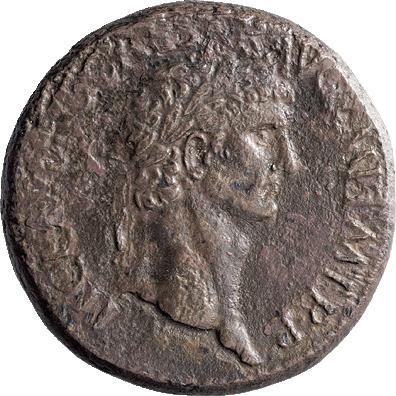
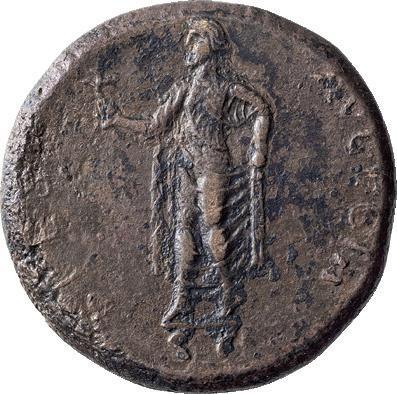
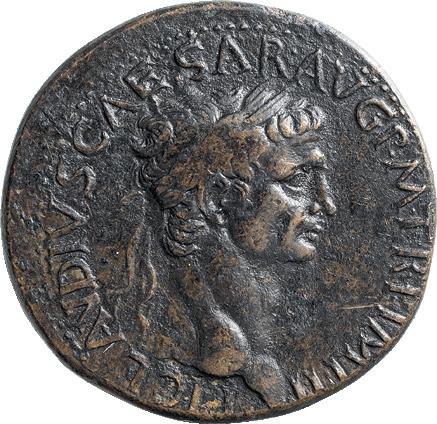

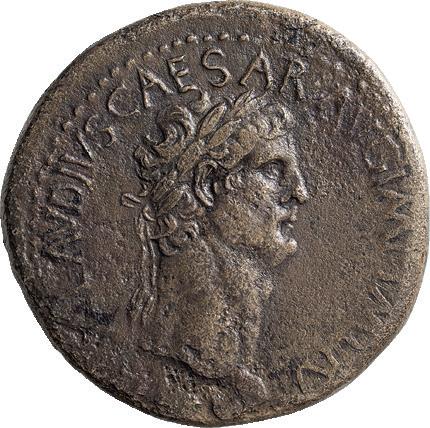
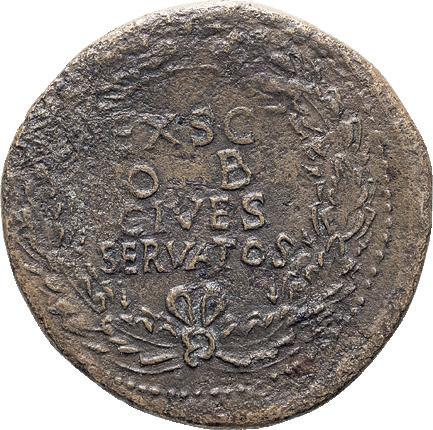

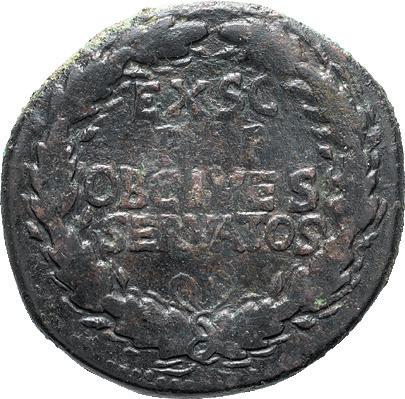
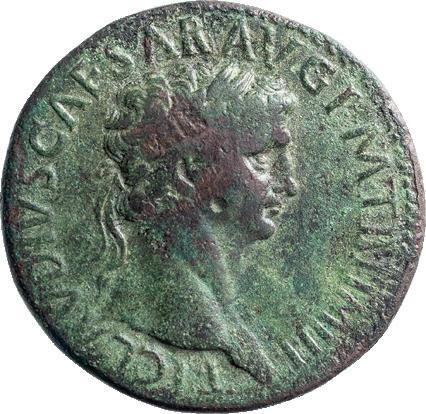

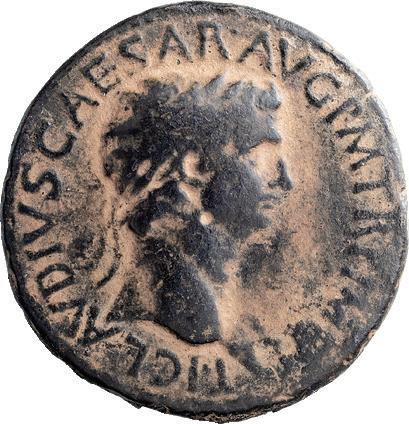


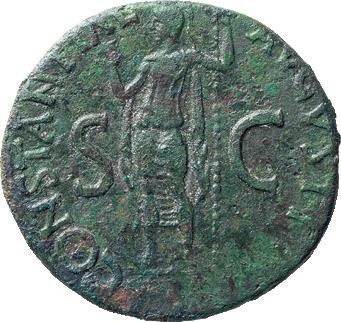

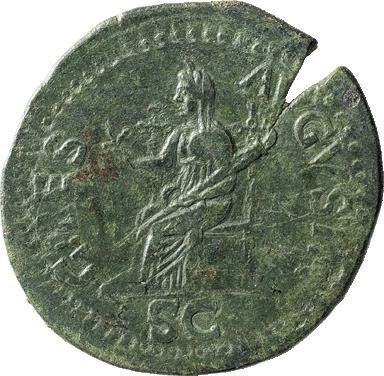

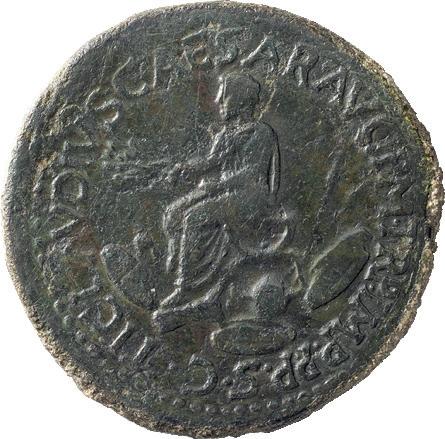
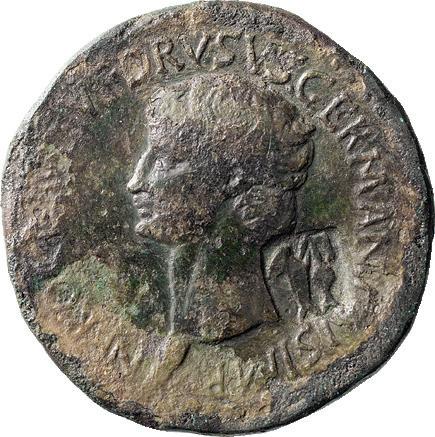

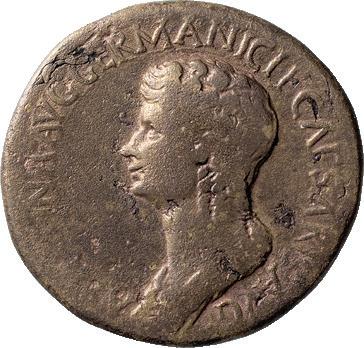



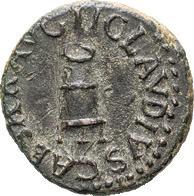
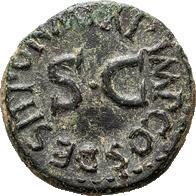

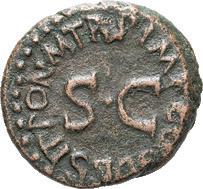
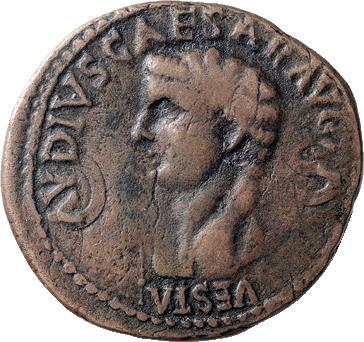

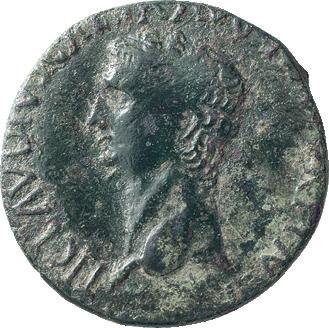
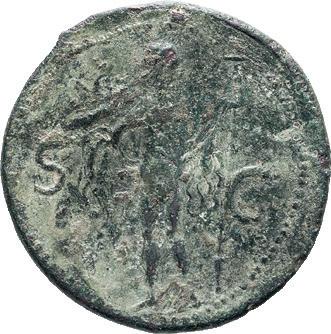
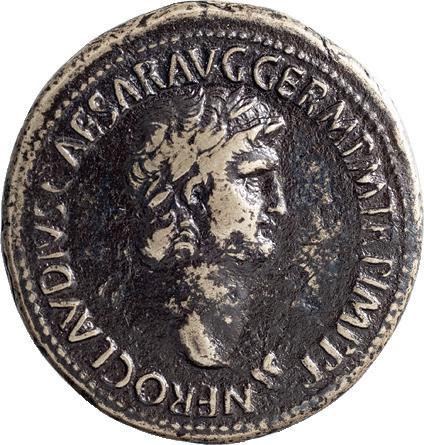
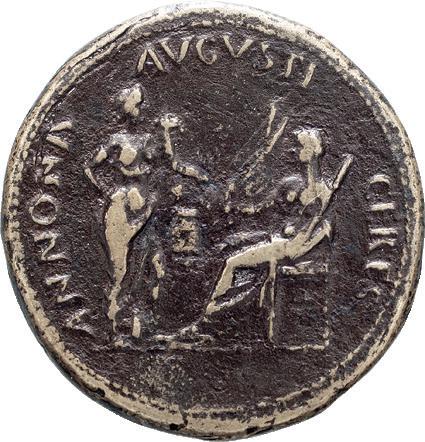
32 37 38 35 36 39 34 33 26 31 27 23 28 30 24 29 25
r. Rx: Oak wreath, with legend OB CIVE[S] above, [S]ERVATO[S] below. RIC-700 cites just two specimens: in Shapwick Villa hoard and a private collection (pl. 6; from different dies than ours). Ex Curtis L. Clay Collection. Fine 250
78. VESPASIAN; 69-79 AD, Rome, 73 AD, Denarius, 2.82g. BM-97, Paris-85, C-385 (6 Fr.), RIC-544 (R). Obv: IMP CAES VES[P - A]VG CENS Head laureate r. Rx: PONTIF - MAXIM Nemesis advancing r., pulling out drapery from breast and holding caduceus, snake before. Rare reverse type: none in Reka Devnia hoard, none in Berk photofile. The reverse copies the PACI AVGVSTAE type of Claudius, probably because Vespasian was restriking masses of heavier denarii from before Nero’s reform and wanted to preserve a record of some of their reverse types on his own denarii. Ex Curtis L. Clay Collection. aEF 350 One Recorded
79. VESPASIAN MULE, REVERSE OF TITUS; 69-79 AD, Rome, 74 AD, Denarius, 3.45g. RIC-701 (R3, this coin). Obv: IMP CAESAR - VESPAS[IANVS A]VG Head laureate r. Rx: PONTIF - TR P COS III Emperor seated r. on curule chair, holding scepter and branch. The obverse should have been of Titus, with legend T CAESAR IMP VESPASIAN, as on RIC-705. Ex Curtis L. Clay Collection; ex Silenos, eBay, 28 Nov. 2005, which was the only specimen of this mule known to RIC. VF 1000
80. VESPASIAN MULE, REVERSE OF TITUS; 69-79 AD, Rome, 74 AD, Denarius, 3.28g. Apparently unpublished mule. Obv: IMP CAESAR - VESP AVG Head laureate r. Rx: [P]ONTIF - TR POT Winged caduceus. The obverse should have been of Titus, with legend T CAESAR IMP VESP, as on RIC-694. Ex Curtis L. Clay Collection . aVF 350
Second Recorded
81. VESPASIAN MULE, REVERSE OF TITUS; 69-79 AD, Rome, 75 AD, Denarius, 2.91g. RIC-778 (R3). Obv: IMP CAESAR - VESPASIAN AVG Head laureate r. Rx: PONTIF - TR P COS IIII Pax seated l. holding branch. The obverse should have been of Titus, with legend T CAESAR IMP VESPASIAN (RIC-783). Ours may be only the second known specimen of this mule. Ex Curtis L. Clay Collection. Iridescent toning. aEF 800
82. VESPASIAN, DIVUS WITH LEGEND ERROR XE FOR EX; Died 79 AD, Rome, 79 AD, Denarius, 3.33g. Cf. BM-125, Paris-98, C-149 (8 Fr.), and RIC-359a (C). Obv: DIVVS AVGVSTVS VESPASIANVS Head laureate r. Rx: Urn set atop column, round shield before base of column, mistaken X - E instead of E - X l. and r. of column and [S C] on shield, all flanked by palm branches on l. and r. Ex Curtis L. Clay Collection . gF 250
83. VESPASIAN; 69-79 AD, Rome, 76 AD, Denarius, 2.74g. Cf. RIC-841 (C). Obv: [IMP CA]ESAR - VESPASIANV[S AVG] Head laureate r. Rx: Bull or cow standing r., the legend COS VII curving to follow the edge of the die rather than in a straight line above the bull’s back as usual. Ex Curtis L. Clay Collection. Fine 200 Exceptional Bare-headed, Left-facing Portrait
84. VESPASIAN; 69-79 AD, Rome, 76 AD, Denarius, 3.36g. RIC-853 (R2), pl. 9 (same obv. die); BMC-p. 34; Paris-161, pl. XXXII (same obv. die); C-374 (underpriced at only two francs). Obv: IMP CAESAR - VESPASIANVS AVG Head bare l. Rx: PON MAX - TR P COS VII Pax seated l. resting l. elbow on throne and holding branch. Ex Curtis L. Clay Collection. Three aspects make this denarius noteworthy and rare: first the bare portrait, instead of laureate as normal; second the portrait facing left rather than the normal right; and finally the date TR P VII in the reverse legend, instead of TR P VI which is normal with this Pax seated type. Apparently the type continued to be struck for a short time only in 76 AD (COS VII). EF 1500 Sow/ Reverse of Titus
85. VESPASIAN MULE, REVERSE OF TITUS; 69-79 AD, Rome, 78-9 AD, Denarius, 3.47g. RIC-984 (R2). Obv: CAESAR - VESPASIANVS AVG Head laureate r. Rx: IMP XIII in exergue, Sow standing l. with two piglets. This type was meant to be struck dated IMP XIX for Vespasian but IMP XIII for Titus; here however an IMP XIII die of Titus was mistakenly coupled with an obverse die of Vespasian. The reverse type normally showed three piglets on the ground below the sow, but on this die one of the piglets was left out. Ex Curtis L. Clay Collection; ex Gorny & Mosch 152, 9 Oct. 2006, 2086. EF 1500 RIC Plate Coin
86. VESPASIAN; 69-79 AD, Rome, 77-78 AD, Denarius, 3.19g. RIC-978 (R3, pl. 12: this coin). Obv: IMP CAESAR - VESPASIANVS AVG Head laureate r. Rx: Goatherd seated l. milking goat over bowl; in exergue, IMP XIX. The introduction of IMP XIX reverse types for Vespasian suggested that IMP should be eliminated from his current legend, IMP CAESAR VESPASIANVS AVG / COS VIII; but on our coin an old obverse die still bearing IMP was apparently mistakenly coupled with one of the new IMP XIX reverse types. Ex Curtis L. Clay Collection; ex Lanz 125, 28 Nov. 2005, 696. aEF 2500
87. VESPASIAN BROCKAGE; 69-79 AD, Rome, 70 or 74 AD, Brockage Denarius, 2.89g. Obv: IMP CAESAR - VESPASIANVS AVG Head laureate r. Rx: Incuse, mirror-image of obverse. Ex Curtis L. Clay Collection . Fine 250 Not in Cohen or Reka Devnia
88. TITUS AS CAESAR; 70-79 AD, Rome, 73 AD, Denarius, 3.48g. RIC-517 (R). Obv: T CAES IMP - VESP CENS Head laureate r. Rx: SALVS - AVG Salus seated l. holding patera in r. hand and resting l. elbow on throne. A scarce type, not in Cohen or the Reka Devnia hoard. Ex Curtis L. Clay Collection; ex NAC E, April 1995, 2893. VF 975
89. TITUS AS CAESAR; 70-79 AD, Rome, 72-3 AD, Denarius, 3.06g. BM (2nd ed.)85A, C-394 (10 Fr.), RIC-371 (R2), Hendin-6513 (RR). Obv: T CAES IMP VES - P PON [TR POT] Head laureate r. Rx: No legend; Titus in quadriga r., commemorating his and Vespasian’s triumph over the Jews in 71 AD. Though comparatively common in Antioch style with bust laureate and draped on obverse, this denarius is rare in Roman style with head laureate on obverse as on our coin. Ex Curtis L. Clay Collection. Fine 750
90. TITUS AS CAESAR; 70-79 AD, Rome, 74 AD, Denarius, 3.17g. Paris-130, C-167 (2 Fr.), BMC p. 29, RIC-694 (R2). Obv: T CAESAR - IMP VESP Head laureate r. Rx: PONTIF - TR POT Winged caduceus. Scarce: only one specimen in Reka Devnia hoard, not in BM by 1976. Ex Curtis L. Clay Collection. Fine 300
Rare and Important
91. TITUS AS CAESAR; 70-79 AD, Rome, Late 76 AD, Denarius, 3.41g. RIC-863 (R2); obv. leg. var. of BM-305, Paris-268, and C-106. Obv: T CAESAR - IMP VESPASIAN Head laureate r. Rx: IOVIS - CVSTOS Jupiter standing front holding patera over altar and scepter. A neglected rare variant of this denarius with VESPASIAN rather than VESPASIANVS in the obverse legend, originally published by Gnecchi in Riv. it. 1893, p. 282, but overlooked in BMC and the first edition of RIC. This variant allows us to date the IOVIS CVSTOS type precisely to 76 AD, when Titus’ obverse legend with VESPASIANVS evidently replaced that with just VESPASIAN. Ex Curtis L. Clay Collection. gVF 700
Third Recorded
92. TITUS AS CAESAR, COS V OVERDATE; 70-79 AD, Rome, 76 AD, Denarius, 3.43g. RIC-865 (R2), pl. 9 (same dies). Obv: T CAESAR - IMP VESPASIAN Head laureate r. Rx: PONTIF - TR P COS V, altered in the die from COS IIII; Pax seated l.,
holding out branch and resting l. elbow on armrest. This Pax seated type was introduced in 75 AD for both Vespasian (COS VI) and Titus (COS IIII), but seems to have been continued for only a short time in the next year, when Vespasian became COS VII and Titus COS V, since Pax seated denarii bearing these later dates are considerably scarcer than those dated to 75. For Titus in particular COS V Pax seated denarii are rare, ours being perhaps only the third specimen recorded, and coming from the same reverse die as the two others listed by RIC-865, with COS IIII altered to COS V in their legend. On pl. 58 RIC provides two enlargements of this altered reverse die. Ex Curtis L. Clay Collection. MS
Bust Left, Second Recorded
1500
93. TITUS AS CAESAR; 70-79 AD, Rome, 76 AD, Denarius, 3.43g. RIC-871 (R3, citing eBay in 2002). Obv: T CAESAR IMP - VESPASIANVS Head laureate l. Rx: COS - V across field, Eagle with raised wings standing l. on garlanded altar, head r. Very rare with portrait left on obverse; RIC lists only one specimen, without illustration. The same obverse die was also used with eagle looking left rather than right on reverse: RIC-873 (R2), pl. 10. Ex Curtis L. Clay Collection; ex C.J. Martin List, without further details. aEF 950
94. TITUS CAESAR, MISTAKENLY GIVEN REVERSE LEGEND OF DOMITIAN; 79-81 AD, Rome, 79 AD, Denarius, 3.13g. RIC-p. 135, note 195. Obv: T CAESAR IMP VESPASIA[NVS] Head laureate r. Rx: PRINCEPS -[IVV]ENTVTIS Venus, seen half from behind, naked except for drapery around legs, standing r., l. elbow on column, holding helmet and spear. The reverse legend on this denarius of Titus should have been TR POT VIII COS VII, with type of Venus standing, as on RIC-1078; but the engraver wrongly thought that he was working on a reverse die of Domitian Caesar rather than Titus, so instead provided Domitian’s reverse legend, PRINCIPI IVVENTVTIS. Ex Curtis L. Clay Collection. Fine 400
95. TITUS MULE WITH REVERSE TYPE OF DOMITIAN AS CAESAR; 7981 AD, Rome, 80-1 AD, Denarius, 2.87g. Not in RIC; apparently unpublished. Obv: IMP TITVS CAES VESPASIAN AVG P M Head of Titus laureate r. Rx: PRINCEPS - IVVENTVTIS Goat standing l. in laurel wreath. A mint workman seems to have mistakenly joined an obverse of Titus as Augustus with a reverse type of Domitian as Caesar under Titus (RIC-267). Porous surfaces. Fine 200
96. TITUS; 79-81 AD, Rome, 79 AD, Denarius, 3.22g. RIC-2 (R2), pl. 84 (same dies). Obv: IMP T CAESAR VESPASIANVS AV[G] Head laureate r. Rx: ANNON[A]AVG Annona seated l., holding out drapery and with wheat ears on lap. A rare type for Titus as Augustus, struck only between his accession on 24 June 79 and the beginning of his next tribunican year only seven days later, as the titles of his contemporaneous dated type show. VF 400
Judea Related
97. TITUS; 79-81 AD, Rome, 79 AD, Denarius, 3.33g. RIC-12 (R), BM-5, Paris-4, C-274 corr., cf. Hendin-6614 (R). Obv: IMP TITVS CAES VESPASIAN AVG P M Head laureate r. Rx: TR P VIIII IMP - XIIII COS VII Bare-chested male captive wearing trousers, cloak around shoulders and falling behind him, hands tied behind back, kneeling r. at base of trophy of arms. Ex Curtis L. Clay Collection. Rare without P P in reverse legend. aVF 500 RIC Plate Coin
98. TITUS MULE, WITH REVERSE OF DIVUS VESPASIAN; 79-81 AD, Rome, 79 AD, Denarius, 3.58g. RIC-368 (R3), pl. 89 (this coin). Obv: IMP TITVS CAES VESPASIAN AVG P M Head of Titus laureate r. Rx: EX - S C across field, Victory placing shield on trophy (just stake with crossed shields, no breastplate), beneath which sits mourning Jewess. Ex Curtis L. Clay Collection; ex New York Sale III, 7 Dec. 2000, 661; ex Spink’s Circular, Nov. 1990, 6687. An apparently unique mule joining a reverse type of Divus Vespasian with an ordinary obverse of Titus as Augustus. VF 900
99. JULIA TITI; Rome, 79-81 AD, Denarius, 3.21g. RIC-389 (R); Paris-108, pl. LXXVI (same obv. die); C-16 (30 Fr.); BMC-144 note. Obv: IVLIA IMP T AVG F - AVGVSTA Bust draped r., hair piled high in front and tied in knot at back. Rx: VESTA in exergue, Vesta, veiled, seated l. holding Palladium and transverse scepter. A rare reverse type in a rare issue: there was only one specimen of this VESTA denarius of Julia Titi in the Reka Devnia hoard, compared to eight specimens with VENVS AVGVST and three with VENVS AVG. Ex Curtis L. Clay Collection; ex CNG 91, 19 Sept. 2012, 888. aVF 1000
Third Recorded with Date COS III
100. DOMITIAN AS CAESAR; 70-81 AD, Rome, 75 AD, Denarius, 3.41g. RIC-789 (R2). Obv: CAES AVG F - DOMIT COS III Head laureate r. Rx: No legend, Domitian, togate, without flying cloak, on horse prancing l., raising r. hand and holding scepter topped by human bust in l. A rare type with date COS III: RIC records only two such specimens, in Munich and Oxford. Ex Curtis L. Clay Collection. MS 800
101. VERY RARE DOMITIAN AS CAESAR MULE, REVERSE OF TITUS; 7081 AD, Rome, 77-8 AD, Denarius, 3.25g. Possibly unique; though published in 2005, this coin was overlooked in the revised RIC II-1 of 2007. Obv: CAESAR AVG FDOMITIANVS Head laureate r. Rx: COS VI in exergue, Two yoked oxen standing l. The COS VI reverse is of Titus, but was here mistakenly coupled with an obverse of Domitian Caesar. Ex Curtis L. Clay Collection; ex CNG E105, 5 Jan. 2005, 156. VF 300
Bust Left
102. DOMITIAN AS CAESAR; 70-81 AD, Rome, 79 AD, Denarius, 3.16g. RIC1088 (R3, citing Mazzini); C-379 (citing De Moustier, whence BMC 262 note). Obv: CAESAR AVG F DOMITIANVS COS VI Head laureate l. Rx: PRINCEPSIVVENTVTIS Vesta, veiled, seated l. holding Palladium and transverse scepter. Rare with portrait left. Ex Curtis L. Clay Collection. Fine 500
103. VESPASIAN; 69-79 AD, Tarraco, 70 AD, Denarius, 3.41g. RIC-1306 (R2). Obv: IMP CAESA[R VESPA]SIANVS AVG Head laureate r. Rx: COS ITER - FORT RED Fortuna standing l. reaching to prow of ship and holding cornucopia. Ex Curtis L. Clay Collection. Obverse in high relief. aEF 450
104. VESPASIAN; 69-79 AD, Lugdunum, 72 AD, Sestertius, 20.01g. RIC-1185 (R2), BM-814. Obv: IMP CAES VESPASIAN AVG P M TR P P P COS III[I] Head laureate r., globe under neck unclear. Rx: IMP AVG F COS - CAESAR DOMITIANVS AVG F COS DES IT around, S - C across field, Titus and Domitian in military dress, standing side by side and looking at each other, each holding spear and parazonium. This coin has been tooled. VF 850
105. VESPASIAN; 69-79 AD, Lugdunum, 71 AD, As, 10.42g. RIC-1161 (R), pl. 62 (same rev. die). Obv: IMP CAES VESPASIAN AVG COS III Head laureate r. on globe. Rx: AEQVITAS - AVGVSTI around, S - C across field, Aequitas standing l. holding scales and scepter. Ex Curtis L. Clay Collection. Fine 325
106. VESPASIAN; 69-79 AD, Uncertain Western Mint, 70 AD, Denarius, 3.19g. RIC1363 (R2), pl. 74 (same dies). Obv: IMP CAESAR VESPASIANVS AVG Head laureate r. Rx: TITVS ET DOMITIANVS AVG CAES PRIN IV Titus and Domitian seated l. on curule chairs, each holding out a branch with his r. hand and resting his l. hand on the seat behind him. Long flan crack, otherwise very fine. Iridescent toning. VF 575
107. VESPASIAN; 69-79 AD, Uncertain Western Mint, 70 AD, Denarius, 3.01g. RIC1373 (R3, this coin). Obv: [IMP CAESAR VESP]ASIANVS AVG Head laureate r. Rx: M - ARS upwards, VL - TOR downwards, Nude, helmeted Mars advancing r. holding spear and legionary eagle over shoulder. Ex Curtis L. Clay Collection; ex CNG 43, 24 Sept. 1997, 1863. Possibly unique; only our specimen recorded by RIC . gF 485 Listed in RIC
108. VESPASIAN; 69-79 AD, Uncertain Western Mint, c. 69-71 AD, Denarius, 3.07g. RIC-1375A (R3, this coin). Obv: [IMP CAE]SAR VESPASI[ANVS AVG Head laureate r. Rx: SECVRI[TAS] - P [R] Securitas seated l., supporting head with r. arm and holding transverse scepter with l. Ex Curtis L. Clay Collection; gift from Bruce Willis, June 2007. Possibly unique; only our specimen recorded by RIC. Good to Fair 175
109. VESPASIAN; 69-79 AD, Uncertain Eastern Mint, c. 69-71 AD, Denarius, 3.51g. RIC-1382 (R3, this coin). Obv: IMP CAESAR VESPASIANVS AVG Head laureate r. Rx: CONSEN upwards, EXERCIT downwards, two soldiers clasping r. hands and each holding legionary eagle with other hand. Ex Curtis L. Clay Collection; ex Spink’s Circular, Oct. 1992, 5841. Possibly unique; only our specimen recorded by RIC. VF 1000
110. VESPASIAN; 69-79 AD, Uncertain Western Mint, c. 69-71 AD, Denarius, 3.16g. RIC-1389 (R2, citing only our specimen and a second in Paris). Obv: IMP CAESAR VE[SPASIA]NVS AVG Head laureate r. Rx: Two clasped r. hands, with legionary eagle behind them and two standards l. and r., the one on r. off flan. Ex Curtis L. Clay Collection; ex CNG 35, Sept. 1995, 756. EF 600
111. VESPASIAN; 69-79 AD, Ephesus, 69-70 AD, Denarius, 3.15g. Cf. RIC-1393 (R3). Obv: IMP CAES - VESPAS AVG Head laureate r. Rx: Shield inscribed A[V]G within laurel wreath. Ex Curtis L. Clay Collection, acquired from Münz Auktion Essen, without further details. Possibly a unique variety; RIC-1393 lists a similar coin, but with an oak wreath rather than a laurel wreath around the shield on reverse. gF 525
112. VESPASIAN; 69-79 AD, Ephesus, 70 AD, Denarius, 2.92g. RIC-1416 (R2), RPC824. Obv: IMP CAESAR VESPAS AVG COS II TR P P P Head laureate r. Rx: CONCORDIA - AVG Ceres seated l. holding wheat ears and poppy in r. hand and cornucopia in l., monogram in exergue. EF 550
113. VESPASIAN; 69-79 AD, Ephesus, 71 AD, Denarius, 3.35g. RIC-1430 (C), RPC-832. Obv: IMP CAESAR VESPAS AVG COS III TR P P P Head laureate r. Rx: LIBERI IMP - A[V]G VESPAS Titus and Domitian, togate and veiled, standing front, each holding patera, EPE in exergue. gF 300 Possibly Ancient Counterfeit
114. VESPASIAN/GALBA MULE; 69-79 AD, 71 AD, Denarius, 3.02g. Obv: (Asian style) IMP CAESAR VESP[AS] AVG COS III TR P P P Head of Vespasian laureate r. Rx: (of Galba, Rome style) SALVS GEN - HVMANI Salus standing l., placing r. foot on globe, holding patera over altar in r. hand and inverted rudder in l. Ex Curtis L. Clay Collection. Possibly an ancient counterfeit struck in silver (not plated) from stolen official dies.Flatly struck at the top on both sides . Fine 500
115. VESPASIAN; 69-79 AD, Ephesus, 73 AD, Denarius, 3.09g. RIC-1452 (R3). Obv: IMP CAESA[R VESPAS AVG COS] IIII TR P P P Head laureate r. Rx: AVG and star in oak wreath. Ex Curtis L. Clay Collection. Possibly only the second recorded specimen: RIC cites only one other, in a private collection, from different dies than ours. VF 485
116. VESPASIAN; 69-79 AD, Ephesus, 73 AD, Denarius, 3.32g. RIC-1453 (R2), RPC850. Obv: IMP CAESAR VESPAS AVG COS IIII TR P P P Head laureate r. Rx: CONCORD[IA - AVG] Ceres seated l. holding wheat ears and poppy in r. hand and cornucopia in l. Ex Curtis L. Clay Collection. Rare COS IIII issue. EF 600
117. VESPASIAN; 69-79 AD, Ephesus, 73 AD, Denarius, 2.84g. RIC-1453 (R2), RPC-850. Obv: IMP CAESAR VESPAS AVG COS IIII TR P P P Head laureate r. Rx: CONCORD[IA - AVG] Ceres seated l. holding wheat ears and poppy in r. hand and cornucopia in l.; below portrait illegible oblong countermark (IMP VESP?). Ex Curtis L. Clay Collection. Rare COS IIII issue Planchet defect or countermark below emperor’s portrait, otherwise very fine. VF 300
118. VESPASIAN; 69-79 AD, Ephesus, 74 AD, Denarius, 2.71g. RIC-1455 (R2), RPC851. Obv: IMP CAESAR VESPAS AVG COS V TR P P P Head laureate r. Rx: AVG and star in oak wreath. Ex Curtis L. Clay Collection . VF 500
119. TITUS; 79-81 AD, Ephesus, 74 AD, Denarius, 2.96g. RIC-1459 (R2), RPC-855. Obv: IMP T CAESAR - COS III Head laureate r. Rx: AVG and star in oak wreath. Ex Curtis L. Clay Collection. aVF 350
120. VESPASIAN; 69-79 AD, Annulet Mint, 76 AD, Denarius, 3.50g. RIC-1471 (R2). Obv: IMP CAES[AR VESPA]SIANVS AVG Head laureate r., annulet below neck. Rx: COS - VII across field, Eagle standing l., head r., wings half raised, on altar. Ex Curtis L. Clay Collection. MS 750
121. VESPASIAN; 69-79 AD, Annulet Mint, 76 AD, 2.97g. RIC-1473 (R). Obv: IMP CAESAR VESPASIANVS AVG Head laureate r. Rx: COS - V - II Pegasus stepping r. Possibly fourrée, though from mint dies: a fault on Pegasus’ raised l. foreleg seems to reveal thick silver plating. Toned. EF 750
122. VESPASIAN; 69-79 AD, Annulet Mint, 76 AD, Denarius, 2.41g. RIC-1474 (R2).
Obv: IMP CAES[A]R VESPASIANVS AVG Head laureate r. Rx: COS - IIII Pegasus stepping r. A mule: the date COS IIII was meant to apply to Domitian Caesar, not Vespasian. Ex Curtis L. Clay Collection; ex Ponterio MBS 82, Aug. 1996, 247. EF 750
123. VESPASIAN; 69-79 AD, Annulet Mint, 76 AD, Denarius, 2.95g. Cf. RIC-1476 (R3).
Obv: IMP CAESAR [VESPA]SIANVS AVG Head laureate r. Rx: PON MA - X - TR P COS V Winged caduceus. A mule: the title COS V was meant to apply to Titus, not Vespasian. Ex Curtis L. Clay Collection. aEF 400
124. VESPASIAN MULE, REVERSE OF DOMITIAN AS CAESAR; 69-79 AD, Annulet Mint, 76 AD, Denarius, 3.06g. RIC-1479 (R2). Obv: [IMP CAESAR VES] PASIANVS AVG Head laureate r. Rx: PRINC[EPS] -IVVENTVT (starting lom l.; R2) Spes advancing l., holding flower and raising skirt. A mule: the title PRINCEPS IVVENTVT was meant to apply to Domitian Caesar, not Vespasian. Ex Curtis L. Clay Collection. EF 800
125. VESPASIAN; 69-79 AD, Annulet Mint, 76 AD, Denarius, 3.41g. RIC-1479 (R2). Obv: IMP CAESAR VESPASIANVS AVG Head laureate r. Rx: PRINCEPSIVVENTVT (starting upper l.) Spes standing l., holding flower and raising skirt. Ex Curtis L. Clay Collection. A mule with reverse of Domitian like the preceding coin, but the reverse legend here starts at upper left rather than at lower left. aEF 600
126. VESPASIAN; 69-79 AD, Annulet Mint, 76 AD, Denarius, 2.87g. RIC-1480 (R3), pl. 79 (citing the Jack Benedict Collection, same dies). Obv: IMP CAESAR VESPASIANVS AVG Head laureate r. Rx: No legend; Domitian riding l., raising r. hand and holding scepter in l. A mule: the horseman type was meant to depict Domitian Caesar, not Vespasian. Ex Curtis L. Clay Collection. Possibly only the second recorded specimen. aEF 750
127. TITUS AS CAESAR; 70-79 AD, Annulet Mint, 76 AD, Denarius, 3.05g. RIC-1486 (R2). Obv: T CAES IMP - VESP CENS Head laureate r. Rx: PON MAX - TR P COS V (from low r.) Winged caduceus. Ex Curtis L. Clay Collection. EF 550
128. DOMITIAN AS CAESAR; 70-81 AD, Annulet Mint, 76 AD, Denarius, 3.43g. RIC1489 (R2), pl. 79 (same obv. die) = BM-481, pl. 17.11. Obv: CAES AVG F [DOMIT C]OS III Head laureate r., annulet below neck. Rx: PRINCEPS -IVVENTVT (starting upper l.; R2) Spes standing l., holding flower and raising skirt. Ex Curtis L. Clay Collection. aVF 300
129. DOMITIAN AS CAESAR; 70-81 AD, Annulet Mint, 76 AD, Denarius, 3.41g. Cf. RIC-1491 (R2). Obv: [CAES AVG F] DO - MIT COS III Head laureate r. Rx: ION (sic) MAX - TR P CO[S VII] (from low r.) Winged caduceus. Ex Curtis L. Clay Collection. ION in the reverse legend is an engraver’s error for PON. The coin is also a mule: PON MAX can apply only to Vespasian, not Domitian as Caesar . VF 250
130. DOMITIAN AS CAESAR; 70-81 AD, Annulet Mint, 76 AD, 2.55g. Cf. RIC-1494. Obv: CAE (sic, usually CAES) AVG F - DOMIT COS III Head laureate r. Rx: [CO] S IIII above, Pegasus stepping r., l. foreleg raised. Ex Curtis L. Clay Collection. COS III in obverse legend mistakenly coupled with COS IIII on reverse; apparently unpublished. gVF 600
131. DOMITIAN AS CAESAR; 70-81 AD, Annulet Mint, 76 AD, Denarius, 3.06g. RIC1496 (R2). Obv: CAE[SAR AVG F] - DOMITIANVS Head laureate r. Rx: PON MAX (from lower r.) - TR P COS IIII Winged caduceus. Ex Curtis L. Clay Collection. aF 125 Tiberius Reverse
132. VESPASIAN; 69-79 AD, Antioch, 70 AD, Denarius, 3.08g. Cf. RIC-1539 (aureus, from the same obverse die as the new denarius. Obv: IMP CAESAR VESPASIANVS AVG Head laureate r. Rx: PONT MAX - T[RIB POT], Pax seated r. holding scepter and branch, with two lines below her seat. Ex Curtis L. Clay Collection; ex Naumann E71, 4 Nov. 2018, 449. As Curtis Clay stated in the Forum discussion group after acquiring this denarius, its reverse type seems to copy that of the tribute penny of Tiberius: both show a draped female figure seated right holding scepter and branch and with two lines below her seat, while the reverse legend was slightly expanded from PONTIF MAXIM to PONT MAX TRIB POT. A few years later the mint of Rome itself also copied the tribute penny type for both Vespasian and Titus, though substituting the seated emperor for the seated Pax, and omitting the two lines below Pax’s seat, e.g. RIC pl. 4, 546. Struck with worn dies. MS 500
133. VESPASIAN; 69-79 AD, Antioch, 70 AD, Denarius, 3.19g. RIC-1541 (R2). Obv: IMP CAESAR VESPASIANVS AVG Head laureate r. Rx: AVG across field within oak wreath. Ex Curtis L. Clay Collection. From the same obverse die as the Pax seated denarius described in the preceding lot. Fine 250
134. VESPASIAN; 69-79 AD, Antioch, Denarius, 3.46g. RIC-1547 (R2); BM-498, pl. 18.8 (same obv. die). Obv: IMP CAESAR V[ESPA] - SIANVS AVG Head laureate l., in high relief. Rx: VICTORIA - AVG Victoria standing r. on globe, holding wreath and palm. aVF 550
135. VESPASIAN; 69-79 AD, Antioch, 72-3 AD, Denarius, 3.48g. RIC-1554 (R2), RPC1927 (8 spec.), BM-505, RSC-74. Obv: [IMP CAES V]ESP AV - G P M COS IIII Head laureate r. Rx: CONCORDIA - AVGVSTI Concordia seated l. holding patera and cornucopia. Ex Curtis L. Clay Collection. A scarce type in Antioch style. aEF 500
136. VESPASIAN; 69-79 AD, Antioch, 72-3 AD, Denarius, 3.00g. RIC-1556 (R3). Obv: [I]MP CAES VESP AV - G P M COS IIII Head laureate r. Rx: VES - TA across field, Vesta standing l., veiled, holding ladle and scepter. Ex Curtis L. Clay Collection. Rare in Antioch style. gF 300
137. VESPASIAN; 69-79 AD, Antioch, 72-3 AD, Denarius, 3.41g. BM-509, RIC-1557 (R2), RPC-1929 (BM spec. only). Obv: [IMP CAES V]ESP AVG P M COS [IIII] Head laureate r. Rx: [VICTORIA] - AVGVSTI Victory advancing r., holding palm and placing wreath on standard set in ground. Ex Curtis L. Clay Collection. Rare in Antioch style. VF 275
138. DOMITIAN; 81-96 AD, Rome, 81 AD, Denarius, 3.37g. RIC-1 (C). Obv: IMP CAESAR - DOMITIANVS AVG Head laureate r. Rx: TR P - COS VII Wreath with long ties on curule chair with low back. Rare: one specimen in Reka Devnia hoard. Some iridescent toning on obverse. VF 300 RIC Plate Coin
139. DOMITIAN MULE WITH REVERSE TYPE CARRIED OVER FROM TITUS; 81-96 AD, Rome, 80-81 AD, Denarius, 3.35g. RIC-6 (R3), pl. 117 (this coin). Obv: IMP CAESAR - DOMITIANVS AVG P M Head laureate r. Rx: TR P IX IMP XV - COS VIII P P Filleted tripod, on top of which are two ravens and dolphin over wreath. Ex Curtis L. Clay Collection; ex CNG 70, 21 Sept. 2005, 910. Titus’ latest gold and silver coins call him TR P XI; TR P XII never occurs, so it is assumed that he struck no aurei or denarii between July 80, when his TR P XI ended, and his death over a year later, on 13 September 81. An interruption of over a year in Titus’gold and silver coinage, however, seems odd, as does the fact that when Domitian resumed coining aurei and denarii after Titus’ death, he introduced no new coin types, but merely copied five of the same types that Titus had been striking with date TR P XI. This type sequence suggests that Titus continued to strike his TR P XI aureus and denarius types right up until the end of his reign, retaining the title TR P XI rather than advancing to TR P XII and XIII in July 80 and July 81 as expected. The muled denarius of Domitian in this lot, joining as it does a TR P XI reverse type of Titus with Domitian’s earliest obverse legend as Augustus, supports this reconstruction of the type sequence in 80-81 AD, though without explaining why Titus might have declined to advance his tribunician number in the second and third years of his reign. VF 2250
140. DOMITIAN; 81-96 AD, Rome, 81 AD, Denarius, 3.36g. RIC-8 (R2), pl. 117 (same dies). Obv: IMP CAES DOMITIANVS AVG PONT Head laureate r. Rx: P P COS VII - DES VIII Wreath on curule chair. Ex Curtis L. Clay Collection. Rare early PONT issue, not yet PONT MAX. aVF 250
141. DOMITIAN; 81-96 AD, Rome, 81 AD, Denarius, 3.36g. RIC-9 (R2), pl. 117 (same dies). Obv: IMP CAES DOMITIAN AVG PONT Head laureate r. Rx: P P COS VII - DES VIII Wreath on curule chair. Ex Curtis L. Clay Collection. Rare early PONT issue, not yet PONT MAX. VF 200
142. DOMITIAN; 81-96 AD, Rome, 81 AD, Denarius, 3.00g. RIC-15 (R2), pl. 117 (same dies). Obv: IMP CAES DOMITIANVS AVG P M Head laureate r. Rx: P P COS VIIDES VIII Frontal throne, draped, with semicircular back, decorated with wheat ears. Ex Curtis L. Clay Collection. aEF 275
143. DOMITIAN; 81-96 AD, Rome, 81 AD, Denarius, 3.44g. RIC-19 (R2). Obv: IMP
CAES DOMITIANVS AVG PONT Head laureate r. Rx: [COS] VII - DES VIII P P Lighted, garlanded altar. Ex Curtis L. Clay Collection. Rare early PONT issue, not yet PONT MAX. VF / EF 325
144. DOMITIAN; 81-96 AD, Rome, 81 AD, Denarius, 3.35g. RIC-21 (R2). Obv: IMP
CAES DOMITIANVS AVG PONT Head laureate r. Rx: COS VII - DES VIII P P Wreath on curule chair. Ex Curtis L. Clay Collection. Rare early PONT issue, not yet PONT MAX. VF 300
Second Recorded
145. DOMITIAN; 81-96 AD, Rome, 81 AD, Denarius, 2.39g. RIC-23 (R3). Obv: IMP
CAES DOMITIAN AVG PONT Head laureate r. Rx: COS VII - DES VIII P P Wreath on curule chair. Ex Curtis L. Clay Collection, gift from Jurki Muona, Dec. 2008. Rare early PONT issue, not yet PONT MAX; possibly only the second known specimen
with this reverse. Corroded Fair 100
146. DOMITIAN; 81-96 AD, Rome, 81 AD, Denarius, 3.60g. RIC-26 (R), pl. 117 (same rev. die). Obv: IMP CAES DOMITIANVS AVG P M Head laureate r. Rx: COS VII - DES VIII P P Dolphin on anchor. Ex Curtis L. Clay Collection; ex Gorny & Mosch 152, 9 Oct. 2006, 2115. MS 700
147. DOMITIAN; 81-96 AD, Rome, 81 AD, Denarius, 2.87g. RIC-28 (R2), pl. 117 (same dies). Obv: IMP CAES DOMITIANVS AVG P M Head laureate r. Rx: COS VII - DES VIII P P Minerva fighting r. Ex Curtis L. Clay Collection. VF 300
148. DOMITIAN; 81-96 AD, Rome, 81 AD, Denarius, 3.29g. RIC-29 (R3, this coin). Obv: IMP CAES DOMITIANVS AVG PONT Head laureate r. Rx: COS VII - DES VIII P P Minerva standing l. holding Victory and spear, shield at feet. Ex Curtis L. Clay Collection; ex Wayne Phillips List 250, Jan. 2000, 152. Rare early PONT issue, not yet PONT MAX; the only specimen with this reverse type recorded by RIC in 2007. gF 185
Second Recorded
149. DOMITIAN; 81-96 AD, Rome, 81 AD, Denarius, 3.22g. RIC-34 (R3), pl. 118 (same dies). Obv: IMP CAESAR DOMITIAN AVG PONT Head laureate r. Rx: COS VIIDES VIII P P Winged thunderbolt on seat with fringed seat cover hanging down. Ex Curtis L. Clay Collection; ex CNG E515, 4 May 2022, 537. Rare early PONT issue, not yet PONT MAX; apparently only the second recorded specimen with this reverse type. gVF 425
150. DOMITIAN; 81-96 AD, Rome, 81 AD, Denarius, 3.15g. RIC-37 (R2). Obv: IMP
CAES DOMITIAN AVG PONT Head laureate r. Rx: COS VII - DES VIII P P Tripod with fillets; above, dolphin. Ex Curtis L. Clay Collection. Rare early PONT issue, not yet PONT MAX. gVF 225
151. DOMITIAN; 81-96 AD, Rome, 81 AD, Denarius, 3.18g. RIC-40 (R2). Obv: IMP
CAES DOMITIANVS AVG PONT Head laureate r. Rx: TR P COS VII - DES VIII P P Lighted and garlanded altar. Ex Curtis L. Clay Collection. Rare early PONT issue, not yet PONT MAX . EF 400
152. DOMITIAN; 81-96 AD, Rome, 81 AD, Denarius, 3.29g. RIC-41 (R2). Obv: IMP
CAES DOMITIAN AVG PONT Head laureate r. Rx: TR P COS VII - DES VIII P P Lighted and garlanded altar. Ex Curtis L. Clay Collection. Rare early PONT issue, not yet PONT MAX. EF 285
Extremely Rare
153. DOMITIAN; 81-96 AD, Rome, 81 AD, Denarius, 3.43g. RIC-44 (R2). Obv: IMP
CAES DIVI VESP F DOMIT AVG PONT Head laureate r. Rx: TR P COS VII - DES VIII P P Lighted and garlanded altar. Ex Curtis L. Clay Collection; ex Cederlind 126, 19 Nov. 2002, 110. The obverse legend includes not just one, but two rare titles: PONT instead of the expected P M, and DIVI VESP F which was only rarely added to Domitian’s obverse legend on aurei and denarii in 81 . aEF 950
154. DOMITIAN; 81-96 AD, Rome, 81 AD, Denarius, 3.35g. RIC-45 (R2), pl. 118 (same dies). Obv: IMP CAES DIVI VESP F DOMITIAN AVG P M Head laureate r. Rx: TR P COS VII - DES VI[I]I P P Lighted and garlanded altar. Ex Curtis L. Clay Collection. gF 275
Extremely Rare
155. DOMITIAN; 81-96 AD, Rome, 81 AD, Denarius, 3.33g. RIC-46 (R2). Obv: IMP
CAES DOMITIANVS AVG PONT Head laureate r. Rx: TR P COS VII - DES VIII P P Wreath on curule chair. Ex Curtis L. Clay Collection. Rare early PONT issue, not yet PONT MAX. EF with luster 300
156. DOMITIAN; 81-96 AD, Rome, 81 AD, Denarius, 3.40g. RIC-50 (R2). Obv: IMP
CAES DIVI VESP F DOMITIAN AVG P M Head laureate r. Rx: TR P COS [VII]DES VIII P P Wreath on curule chair. Ex Curtis L. Clay Collection. VF 225
157. DOMITIAN; 81-96 AD, Rome, 81 AD, Denarius, 3.34g. RIC-52 (R2). Obv: IMP
CAES DOMITIAN AVG PONT Head laureate r. Rx: TR P COS VII - DES VIII P P Dolphin coiled round anchor. Ex Curtis L. Clay Collection. Rare early PONT issue, not yet PONT MAX. VF 250
158. DOMITIAN; 81-96 AD, Rome, 81 AD, Denarius, 3.07g. RIC-56 (R2). Obv: IMP
CAES DOMITIANVS AVG PONT Head laureate r. Rx: TR P COS VII - DES VIII P P Minerva fighting r. Ex Curtis L. Clay Collection.Rare early PONT issue, not yet PONT MAX. Surface porosity. VF 200
159. DOMITIAN; 81-96 AD, Rome, 81 AD, Denarius, 3.61g. RIC-60 (R2). Obv: IMP
CAES DOMITIANVS AVG PONT Head laureate r. Rx: TR P COS VII - DES VIII P P Minerva standing l. holding Victory and spear, and with shield at feet. Ex Curtis L. Clay Collection; ex Lanz 82, 23 April 2008, 292. Rare early PONT issue, not yet PONT MAX. aEF 550
160. DOMITIAN; 81-96 AD, Rome, 81 AD, Denarius, 3.49g. RIC-63 (R2). Obv: IMP
CAES DIVI VESP F DOMITIAN AVG P M Head laureate r. Rx: TR P COS VII - DES VIII P P Minerva standing l. holding Victory and spear, and with shield at feet. Ex Curtis L. Clay Collection. EF 450
161. DOMITIAN; 81-96 AD, Rome, 81 AD, Denarius, 3.49g. RIC-64 (R), pl. 119 (same rev. die). Obv: IMP CAES DO[MI]TIANVS AVG P M Head laureate r. Rx: TR P COS VII - DES VIII P P Throne, draped; above semicircular frame decorated with wheat ears. Ex Curtis L. Clay Collection. VF 250
162. DOMITIAN; 81-96 AD, Rome, 81 AD, Denarius, 3.29g. RIC-65 (R2). Obv: IMP
CAES DOMITIANVS AVG PONT Head laureate r. Rx: TR P COS VII - DES VIII P P Throne, draped; above, semicircular frame decorated with three crescents. Ex Curtis L. Clay Collection. Rare early PONT issue, not yet PONT MAX. Fine 100
163. DOMITIAN; 81-96 AD, Rome, 81 AD, Denarius, 3.36g. RIC-67 (R), BM-17 note, C-573 (2 Fr.). Obv: IMP CAES DOMITIANVS AVG P M Head laureate r. Rx: TR P COS VII - DES VIII P P Draped throne with semicircular back, on which are three crescents with globes. Ex Curtis L. Clay Collection. EF with luster 385
164. DOMITIAN; 81-96 AD, Rome, 81 AD, Denarius, 2.89g. RIC-68 (R2). Obv: IMP
CAES DOMITIAN AVG PONT Head laureate r. Rx: TR P COS VII - DES VIII P P Winged thunderbolt on draped throne. Ex Curtis L. Clay Collection; ex V-Auction 212, 18 Sept. 2008, 83. Rare early PONT issue, not yet PONT MAX. Toned. EF 350
165. DOMITIAN; 81-96 AD, Rome, 81 AD, Denarius, 3.33g. RIC-72 (R2). Obv: IMP
CAES DIVI VESP F DOMITIAN AVG P M Head laureate r. Rx: TR P COS VII - DES VIII P P Winged thunderbolt on draped throne. Ex Curtis L. Clay Collection. gVF 275
166. DOMITIAN; 81-96 AD, Rome, 81 AD, Denarius, 2.98g. RIC-73 (R3). Obv: IMP
CAES DOMITIAN AVG PONT Head laureate r. Rx: TR P COS VII - DES VIII [P]
P Tripod with fillets; above, dolphin. Ex Curtis L. Clay Collection. Rare early PONT issue, not yet PONT MAX; Only one specimen with this reverse rype known to RIC in 2007. Fine 150 Bust Left, Iridescent Toning
167. DOMITIAN; 81-96 AD, Rome, 81 AD, Denarius, 2.74g. RIC-75 (R2), pl. 119 (same dies. Obv: IMP CAES DIVI VESP F DOMITIAN AVG [P M] Head laureate l. Rx: TR P COS VII - [DES] VIII P P Tripod with fillets; above, dolphin. Ex Curtis L. Clay Collection; ex Rauch 71, 2003, 614. Rare with portrait left and with the filiation DIVI VESP F in obverse legend. EF 500
EX ANS/ Huntington Collection
168. DOMITIAN; 81-96 AD, Rome, 82-3 AD, Denarius, 3.26g. Cf. RIC-143a and Paris-49 (aurei). Obv: IMP CAES DOMITIANVS AVG P M Head laureate r. Rx: IVPPITER CONSERVATOR Eagle standing r. on thunderbolt, head l., wings spread, tips pointing l. and r. and slightly upwards. Ex Curtis L. Clay Collection; ex CNG E397, 17 May 2017, 547; earlier on loan to the ANS from the Archer M. Huntington Collection. Rare with the eagle’s wing tips pointing upwards rather than downwards. toned. EF 650
169. DOMITIAN; 81-96 AD, Rome, 83 AD, Denarius, 3.08g. RIC-162 (R), BMC-39 note. Obv: IMP CAES DOMITIANVS AVG P M Head laureate r. Rx: TR POT II COSVIIII DES X P P Minerva advancing r., brandishing spear and holding shield. Ex Curtis L. Clay Collection; ex Rauch 55/I, October 1995, lot 115. A rare issue, struck after Domitian had raised the weight and fineness of his aurei and denarii. EF 325
170. DOMITIAN WITH LEGEND ERROR; 81-96 AD, Rome, 83 AD, Denarius, 3.22g. RIC-164 (R2). Obv: IMP CAES DOMITIANVS AVG P M Head laureate r. Rx: TR POT II OCS (sic, mistake for COS) - VIIII DES X P P Minerva on rostral column, advancing r., brandishing spear and holding shield. Ex Curtis L. Clay Collection; ex Münz Zentrum Rheinland 140, 2 Oct. 2007, 407 Flan crack at 5 o’clock. MS 400
171. DOMITIAN; 81-96 AD, Rome, 84 AD, Denarius, 3.53g. Bust var. (with aegis) of RIC-176. Obv: IMP CAES DOMITIANVS - AVG GERMANIC Head laureate r. Rx: P M TR POT III - IMP V COS X P P Minerva on advancing r., brandishing spear and holding shield. Ex Curtis L. Clay Collection. aEF 475 struck on broad flan, iridescent toning
172. DOMITIAN; 81-96 AD, Rome, 84 AD, Denarius, 3.43g. RIC-180 (R2). Obv: IMP CAES DOMITIANVS - AVG GERMANIC Head laureate r., with trace of aegis behind neck. Rx: P M TR POT III - IMP V COS X P P Minerva on rostral column advancing r., brandishing spear and holding shield, owl stands on prow at top of column on r. Ex Curtis L. Clay Collection. Ancient letters cut into right obverse field, otherwise mint state. MS 600
Exquisite Portrait
173. DOMITIAN; 81-96 AD, Rome, 85 AD, Denarius, 3.52g. RIC-319 (R2). Obv: [IMP CAE]S DOMIT AVG - GERM P M TR P IIII Bust laureate r., with aegis on front shoulder and behind neck. Rx: IMP VIIII COS XI CEN - SORIA P P Minerva advancing r., brandishing spear and holding shield. Ex Curtis L. Clay Collection. Minor hairline crack in right field. EF 325
174. DOMITIAN; 81-96 AD, Rome, 85 AD, Denarius, 3.27g. RIC-321 (R2). Obv: IMP CAES DOMIT AVG - GERM P M TR P IIII Bust laureate r., with aegis on front shoulder and behind neck. Rx: IMP VIIII COS XI CENSO - RIA POTESTAT P P Minerva standing l., holding thunderbolt and spear and with shield on ground behind her. Ex Curtis L. Clay Collection. Flan crack at 2 o’clock. EF 400
Rare Dating
175. DOMITIAN; 81-96 AD, Rome, 85 AD, Denarius, 3.51g. RIC-321 (R2). Obv: IMP CAES DOMIT AVG GERM P M TR POT IIII Bust laureate r., with aegis on front shoulder and behind neck. Rx: IMP VIIII COS XI CEN - SORIA POTESTAT P P Minerva standing l., holding spear and with l. hand on hip. Ex Curtis L. Clay Collection; ex Gorny & Mosch 114, 4 March 2002, 269. Rare variant of obverse legend writing TR POT IIII rather than just TR P IIII. Luster and toning. EF 750
176. DOMITIAN; 81-96 AD, Rome, 85 AD, Denarius, 3.45g. RIC-328 (R2). Obv: IMP
CAES DOMIT AVG - GERM P M TR P IIII Bust laureate r., with aegis on front shoulder and behind neck. Rx: IMP VIIII COS XI - CENS POTES P P Minerva on rostral column fighting r., with owl at her feet to r. Ex Curtis L. Clay Collection. Iridescent toning. This coin has an exquisite portrait and is struck on a broad flan. MS 600 Lady Germanica
177. DOMITIAN; 81-96 AD, Rome, 85 AD, Denarius, 2.89g. RIC-331 (R2). Obv: IMP CAES DOMIT AVG - GERM P M TR P IIII Bust laureate r., with aegis on front shoulder and behind neck. Rx: IMP VIIII COS XI - CENS POTES P P Germania seated r. on shields; below, broken spear. Ex Curtis L. Clay Collection. Porous surface on reverse, with flan crack at 5 o’clock. VF 700
178. DOMITIAN; 81-96 AD, Rome, 85 AD, Denarius, 3.30g. RIC-334 (R2). Obv: IMP
CAES DOMIT AVG - GERM P M TR P IIII Bust laureate r., with aegis on front shoulder and behind neck. Rx: IMP VIIII COS XI - CENS POT P P Minerva on rostral column fighting r., with owl at her feet to r. Ex Curtis L. Clay Collection. EF 500
179. DOMITIAN; 81-96 AD, Rome, 85 AD, Denarius, 3.48g. RIC-342 (R2). Obv: IMP
CAES DOMIT AVG - GERM P M TR P V Head laureate r. Rx: IMP VIIII COS XICENS POT P P Minerva fighting r. Ex Curtis L. Clay Collection. VF 285
180. DOMITIAN; 81-96 AD, Rome, 85 AD, Denarius, 3.31g. RIC-344 (R2). Obv: IMP
CAES DOMIT AVG - GERM P M TR P V Head laureate r. Rx: IMP VIIII COS XI - CENS POT P P Minerva standing l. holding thunderbolt and spear, with shield on ground behind her. Ex Curtis L. Clay Collection. EF / VF 350
181. DOMITIAN; 81-96 AD, Rome, 86 AD, Denarius, 3.04g. RIC-450 (R2). Obv: IMP
CAES DOMIT A[VG - GE]RM P M TR P VI Head laureate r. Rx: IMP XIII COS XII - CENS P P P Minerva fighting r. Ex Curtis L. Clay Collection. IMP XIII is a rare acclamation: RIC lists only two such denarius types and one aureus type, all three rated R2 . VF 175 Ex Arnold Collection, 1969
182. DOMITIAN; 81-96 AD, Rome, 87 AD, Denarius, 3.21g. RIC-505 (R2). Obv: IMP CAES DOMIT AVG GERM P M TR P VI Head laureate l. Rx: IMP XIIII COS XIII CENS P P P Minerva fighting r. Ex Curtis L. Clay Collection; ex Glendining, 17 June 1969, G.R. Arnold Collection, 380. Rare head left denarius of Domitian. Darkly toned. gVF 300
183. DOMITIAN; 81-96 AD, Rome, 87 AD, Denarius, 3.27g. RIC-512 (R2), pl. 126 (same dies). Obv: IMP CAES DOMIT AVG GERM P M TR P VI Head laureate l. Rx: IMP XIIII COS XIII - CENS P P P Minerva standing l. holding spear and placing left hand on hip. Ex Curtis L. Clay Collection. Rare bust left denarius of Domitian. gF 175
Rare Reverse Legend
184. DOMITIAN; 81-96 AD, Rome, 88 AD, Denarius, 3.58g. RIC-553 (R2), pl. 127 (same obv. die). Obv: IMP CAES DOMIT AVG GERM P M TR P VII Head laureate r. Rx: COS - XIIII across field, Minerva on rostral column fighting r., with owl before her legs. Ex Curtis L. Clay Collection; ex Lanz 125, 28 Nov. 2009, 711. Rare with short reverse legend placed horizontally across field with luster. EF 500
Rare Reverse Legend
185. DOMITIAN; 81-96 AD, Rome, 88 AD, Denarius, 3.42g. RIC-562 (R). Obv: IMP CAES DOMITIAN AVG - GERMANICVS Head laureate r. Rx: COS - XIIII across field, Minerva fighting r. Ex Curtis L. Clay Collection; ex Gorny 64, Oct. 1993, 389. Rare with shortened reverse legend placed horizontally across field . EF 500
186. DOMITIAN; 81-96 AD, Rome, 88 AD, Denarius, 3.31g. RIC-563 (R3). Obv: IMP CAESAR DOMITIANVS - AVG GERMANICVS Head laureate r. Rx: COS - XIIII across field, Minerva fighting r. Ex Curtis L. Clay Collection; ex Gorny 64, Oct. 1993, 389. Rare with shortened reverse legend placed horizontally across field. Ancient scratches on neck. gVF 250





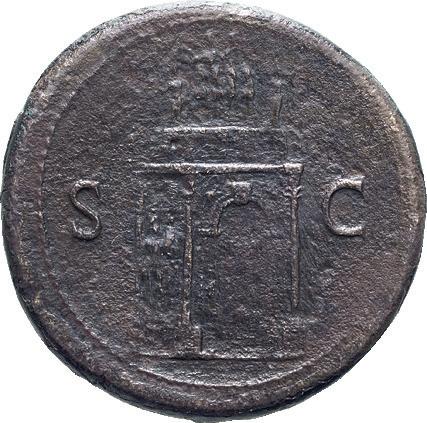
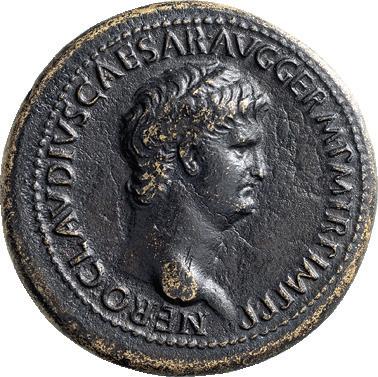
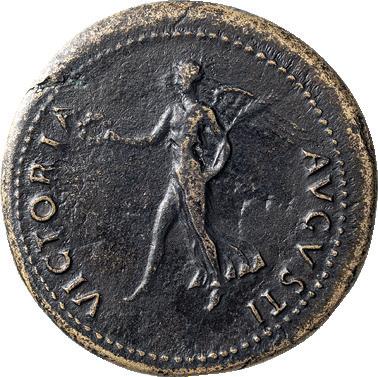
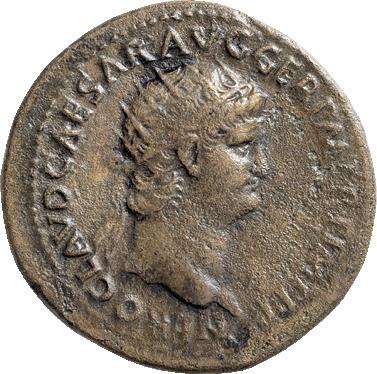
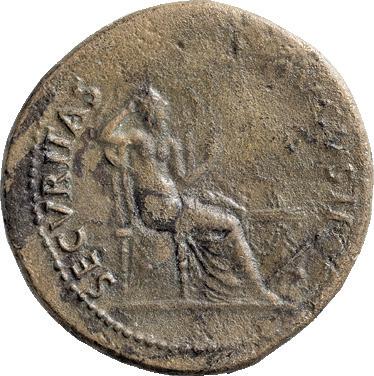
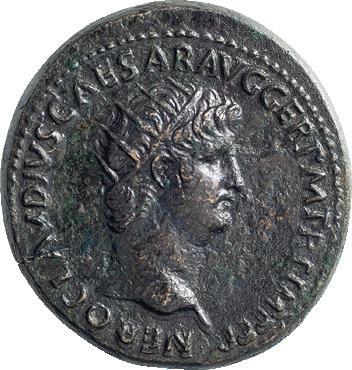
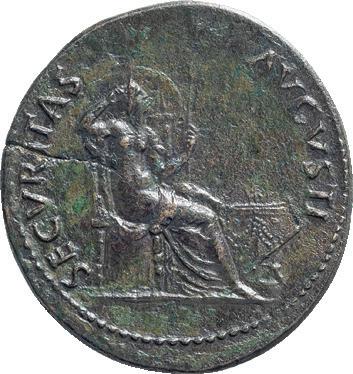
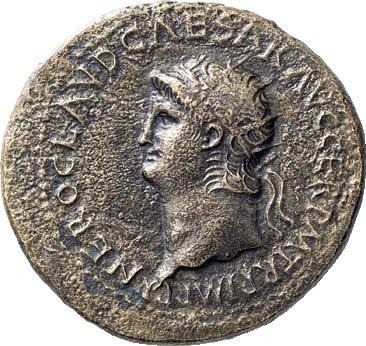
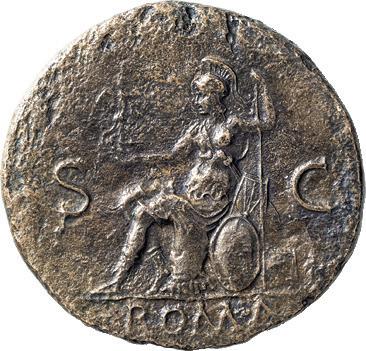
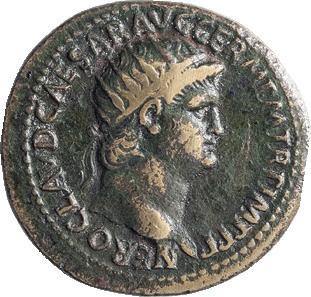

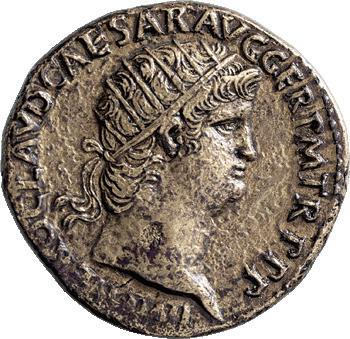



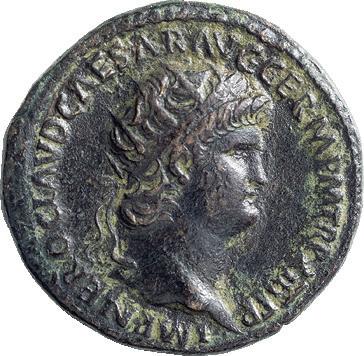


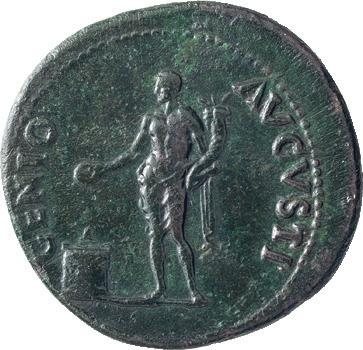
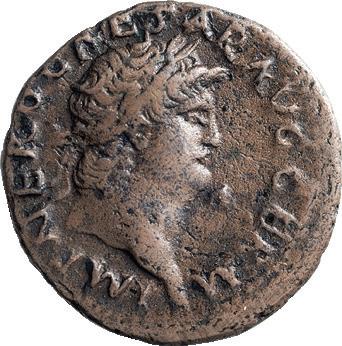
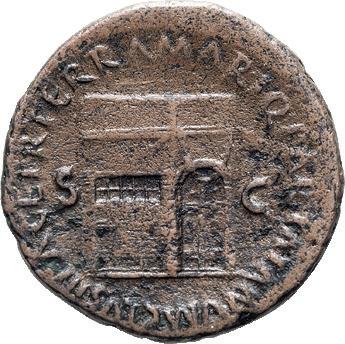

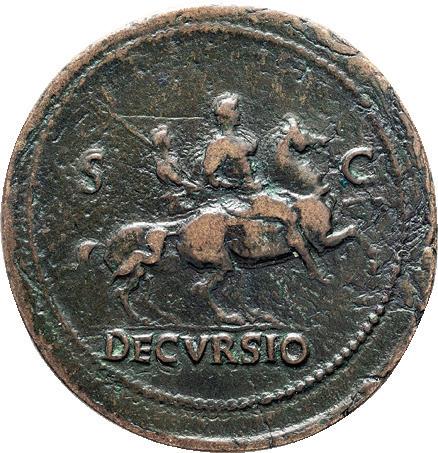

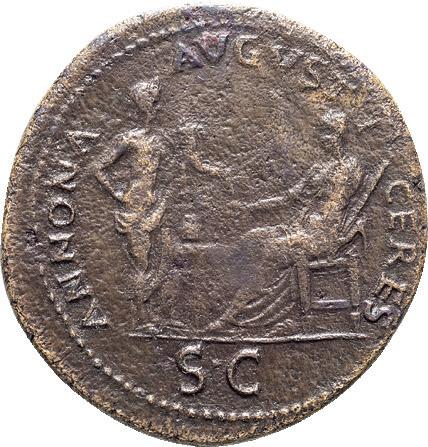
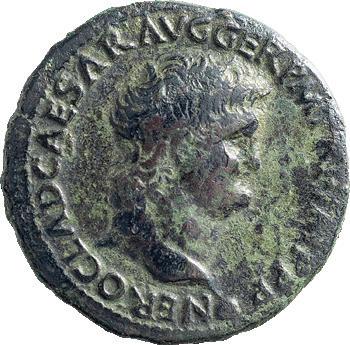
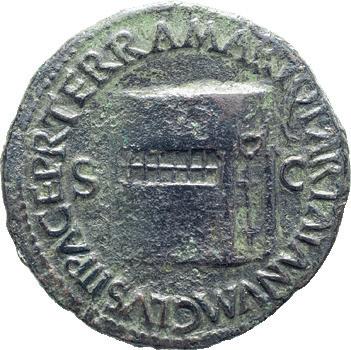
51 40 43 46 48 47 50 41 44 45 42 49 55 53 52 54
Reverse Legend Horizontal
187. DOMITIAN; 81-96 AD, Rome, 88 AD, Denarius, 3.18g. RIC-569 (R), pl. 127 (same rev. die). Obv: IMP CAES DOMIT AVG GERMANIC COS XIIII Head laureate r. Rx: CENS - P P P across field, Minerva standing l. holding spear and placing l. hand on hip. Ex Curtis L. Clay Collection. Rare with short reverse legend placed horizontally across field. Fine / VG 125
Germanian
188. DOMITIAN; 81-96 AD, Rome, 88 AD, Denarius, 3.21g. RIC-573 (R2), pl. 127 (same rev. die). Obv: IMP CAES DOMIT AVG GERMAN P M TR P VII Head laureate r. Rx: IMP XIIII COS XIIII CENS - P P P Minerva fighting r. Ex Curtis L. Clay Collection; ex G. Hirsch 183, Sept. 1994, 1022. Rare variant with GERMAN not GERM in obverse legend . VF 285 Aegis added
189. DOMITIAN; 81-96 AD, Rome, 88 AD, Denarius, 3.41g. RIC-574 (R2). Obv: IMP CAES DOMIT AVG - GERM P M TR P VII Bust laureate r., with aegis on front shoulder and behind neck. Rx: IMP XIIII COS XIIII CENS P P P Minerva fighting r. Ex Curtis L. Clay Collection. Rare variant with aegis on portrait. toned obverse. EF / VF 250
190. DOMITIAN; 81-96 AD, Rome, 88 AD, Denarius, 3.50g. RIC-577 (R2). Obv: IMP CAES DOMIT AVG GERMAN P M TR P VII Head laureate r. Rx: IMP XIIII COS XIIII CENS P P P Minerva on rostral column fighting r., with owl before her legs. Ex Curtis L. Clay Collection. Rare variety with GERMAN not GERM in obverse legend . EF 325
Legend “German”
191. DOMITIAN; 81-96 AD, Rome, 88 AD, Denarius, 3.32g. RIC-581 (R2), pl. 128 (same dies). Obv: IMP CAES DOMIT AVG GERMAN P M TR P VII Head laureate r. Rx: IMP XIIII COS XIIII CENS P P P Minerva standing l. holding thunderbolt and spear, with shield on ground behind her. Ex Curtis L. Clay Collection. Rare variety with GERMAN not GERM in obverse legend. Pleasant toning. EF 525
192. DOMITIAN; 81-96 AD, Rome, 88 AD, Denarius, 3.14g. RIC-585 (R2), pl. 128 (same rev. die). Obv: IMP CAES DOMIT AVG GERMAN P M TR P VII Head laureate r. Rx: IMP XIIII COS XIIII CENS P P P Minerva standing l. holding spear placing l. hand on hip. Ex Curtis L. Clay Collection. Rare variety with GERMAN not GERM in obverse legend. gF 175
Rare Acclamation
193. DOMITIAN; 81-96 AD, Rome, 88 AD, Denarius, 3.27g. RIC-594 (R2), pl. 128 (same dies). Obv: IMP CAES DOMIT AVG GERM P M TR P VII Head laureate r. Rx: IMP XV COS [XIIII] CENS P P P Minerva standing l. holding spear and placing l. hand on hip. Ex Curtis L. Clay Collection. Rare acclamation IMP XV, probably soon followed by a new victory that occasioned IMP XVI. VF / Fine 150
194. DOMITIAN; 81-96 AD, Rome, 88 AD, Denarius, 2.98g. Cf. RIC 654. Obv: IMP
CAES DOMIT AVG GERM P M TR P VIII Head laureate r. Rx: IMP XV COS XIIII
CENS P P P Minerva standing l. holding thunderbolt and spear. shield on ground behind her. Ex Curtis L. Clay Collection. Rare IMP XV for Domitian. RIC-654 has the same denarius with IMP XVI not XV. gF 225
DOMITIANVS in obverse legend
195. DOMITIAN; 81-96 AD, Rome, 88-9 AD, Denarius, 2.91g. RIC-658 (R2). Obv: IMP
CAES DOMITIANVS AVG - GERM P M TR P VIII Head laureate r. Rx: IMP XVII COS XIIII CENS P P P Minerva advancing r. holding spear and shield on capital of rostral column, with owl at her feet. Ex Curtis L. Clay Collection. Rare with DOMITIANVS rather than the normal DOMIT in obverse legend.Obverse scratch below chin. VF / Fine 400
Rare Acclamation, Exquisite Portrait
196. DOMITIAN; 81-96 AD, Rome, 88-89 AD, Denarius, 3.05g. RIC-665 (R2). Obv: IMP CAES DOMIT AVG GERM P M TR P VII Head laureate r. Rx: IMP XVIII COS XIX CENS P P P Minerva standing l. holding thunderbolt and spear and with shield on ground behind her. Ex Curtis L. Clay Collection. Rare acclamation IMP XVIII, probably soon followed by a new victory that occasioned IMP XIX. Cabinet toning. MS 850 Rare Mule
197. DOMITIAN; 81-96 AD, Rome, 88-89 AD, Denarius, 3.31g. RIC-675 (R2). Obv: IMP CAES DOMIT AVG - GERM P M TR P VIIII Head laureate r. Rx: IMP XIX COS XIIII CENS P P P Minerva fighting r. on rostral column, with owl to r. at her feet. Ex Curtis L. Clay Collection. Probably a mule from an old obverse die; one expects IMP XXI rather than IMP XIX on the reverse. VF 285
198. DOMITIAN; 81-96 AD, Rome, 88-89 AD, Denarius, 3.17g. RIC-675 (R2). Obv: [IMP CAES] DOMIT AVG - GERM P M TR P VIII Head laureate r. Rx: IMP XXI [COS XIIII] CENS P P P Minerva fighting r. on rostral column, with owl to r. at her feet. Ex Curtis L. Clay Collection. Fine 125
199. DOMITIAN; 81-96 AD, Rome, 95 AD, Denarius, 3.17g. RIC-770 (C2). Obv: IMP CAES DOMIT AVG - GERM P M TR P XIII Head laureate r. Rx: IMP XXII COS XVII CENS P P P Minerva fighting r. Ex Curtis L. Clay Collection. Toned, contact marks on neck and face. EF 150
END OF CLAY COLLECTION GOLD
201. MACEDONIA, PHILIP II. 359-336 BC; Abydos, c. 323-320 BC, Stater, 8.53g. SNG Lloyd-90, Le Rider-. Obv: Laureate head of Apollo r. Rx: Fast biga r., monogram below; ΦΙΛΙΠΠΟΥ in exergue. Exquisite image of Apollo. Tiny die break on cheek, otherwise MS. Mint State 8000 Palladium Gold Stater - Ex Dr. Patrick Tan Collection
202. MYSIA, PERGAMUM; c. 334 BC, Stater, 8.59g. SNG Paris-1557 = De Luynes Coll. 2493. v. Fritze, Die Münzen von Pergamon, pl. I, 7 (Berlin specimen) = Mørkholm, EHC 268. U. Westermark, Notes on the Saida Hoard (IGCH 1508), NNÅ (1979-80), p. 28, nos. 36-37 (Berlin and Paris specimens). Gulbenkian Coll.-699 = Jameson Coll.2580. Obv: Head of youthful Herakles r., wearing lionskin headdress knotted round neck. Rx: Archaistic Palladion to front, wearing calathos on head, raising spear in r. hand and holding on l. arm shield adorned with a star, from which hangs a fillet ending in a monogram. In the l. field, crested Corinthian helmet to r. Ex Berk 189, 11 February 2014, lot 17. Ex Gemini VII, January 2011, lot 477. Ex Dr. Patrick Tan Collection. This stater is extremely beautiful and excessively rare. Less than ten coins exist of this issue and this is one of the finest. FDC 98500
203. CENTRAL ASIA. ALCHON HUNS. KING KHINGILA; CENTRAL ASIA. Alchon Huns. King Khingila, c. 440-490 AD. Pale gold dinar, 7.09g, Gandhara mint. Obv: Khingila standing l., sacrificing at altar and holding scepter; filleted trident to l., tamgha to r., Bactrian inscription around. Rx: Siva facing, holding diadem and trident; behind, the bull Nandi standing l. Alram-29; Göbl, Dokumente, Em.-85; Vondrovec85c. Flan crack. EF 725 FDC
204. LUCIUS VERUS; 161-169 AD, Rome, 165 AD, Aureus, 7.28g. BM-383, RIC-534, Calicó-2179, cf. C-67 (45 Fr.). Obv: L VERVS AVG - ARMENIACVS Bust laureate,
draped, cuirassed r. Rx: TR P V IMP II COS II Victory standing l., head r., holding stylus and placing shield inscribed VIC / AVG on palm tree beside her. FDC 14500
205. GALLIENUS; 253-268 AD, Aureus, Siscia, 3.75g. Göbl-1435h (pl. 105, this coin); RIC-38 (misattributed to Rome); C-226 (200 Fr.). Obv: GALLIE - NVS AVG Head l., crowned with wheat stalks. Rx: FID - E - S MIL Fides standing l., head r., holding two standards. Göbl knew just ten specimens of this aureus, and chose ours for the illustration in his book. The exceptional wreath assimilates Gallienus to Demeter, as on the famous GALLIENAE AVGVSTAE coins. A coin from this same pair of dies recently sold for over $30,000. While our coin is of equal quality on the obverse, the reverse is slightly flatly struck at 6 o’clock. MS 13000
206. HERACLIUS; Constantinople, 613-616 AD, Solidus, 4.49g. Berk-117, DO-8, Sear734. Obv: Facing busts of Heraclius (on l.) and Heraclius Constantine (on r.); each wears chlamys and elaborate crown with cross. Heraclius has short beard, while his son, whose bust is much smaller, is beardless; above, cross. Rx: Cross potent on three steps, CONOB beneath, officina Δ. MS 625
207. HERACLIUS; 610-641 AD. Constantinople, c. 613-616 AD, Solidus, 4.46g. MIB-26, Sear-746. Obv: Facing busts of Heraclius (on l., bearded) and Heraclius Constantine (on r., beardless, his bust almost as large as his father’s); each wears chlamys and elaborate crown with cross, while a further cross is placed in upper field between them. Rx: VICTORIA - AVGU I Θ (officina 10) Cross potent on three steps, CONOB beneath. MS 775
First Portrait of Chirst
208. JUSTINIAN II, FIRST REIGN, 685-695 AD; Constantinople, c. 692-695 AD, Solidus, 4.37g. Sear-1248, Berk-186 var., DO-7b, MIB-8. Obv: Facing portrait of Christ with cross behind head; he has long hair and full beard, wears pallium and colobium, and raises r. hand in benediction; he holds book of Gospels in l. Rx: Justinian, wearing crown and loros, standing facing, holding cross potent. Ex Gemini XI, 12 January 2014, lot 580. Ex Gemini IV, 8 January 2008, lot 537. This is the first portrait of Christ on a coin. It shows him as Zeus, and other than a tiny flatness on the tip of the nose, the obverse is perfectly struck. The face of the emperor on reverse is flatly struck. MS 6000
209. PHILIPPICUS; 711-713 AD. Constantinople, Solidus, 4.45g. Berk-204, Sear-1447, MIB-1. Obv: D N FILEPICUS - MULTUS AN Bust facing, with short beard, wearing crown and loros, and holding cross on globe and eagle-tipped scepter surmounted by cross. Rx: VICToRIA - [A]VSU Θ (officina 9) Cross potent on three steps, CoNoB beneath. Mint State 4000
210. CONSTANTINE VI AND IRENE WITH LEO III-IV AND CONSTANTINE V; Constantinople, c. 790-92 AD, Solidus, 4.40g. Sear-1593, DO-1. Obv: Facing busts of Constantine VI and Irene, both crowned, each holding cross on globe, Irene also holding cruciform scepter; between their heads cross and centering pellet. Rx: Leo III, Constantine V, and Leo IV seated facing, each wearing crown and chlamys. Flatly struck on face of emperor to left, not unusual for this highly detailed type. Mint State 3500
211. NICEPHORUS I AND STAURACIUS; 802-811 AD. Constantinople, 803-811 AD, Solidus, 4.37g. Berk-238, Sear-1604. Obv: nICI - FOROS bASIL E’ Bust of Nicephorus facing, with short beard, wearing crown and chlamys, and holding cross potent and akakia. Rx: STAVRA - CIS dESPO’Θ Similar facing bust of Stauracius, but beardless and holding cross on globe and akakia. Mint State 2250
212. ANDRONICUS II AND MICHAEL IX, HYPERPYRON; 1295-1320 AD. Hyperpyron, 3.88g. Berk-366, Sear/Bendall-2396. Obv: Half-length figure of the Virgin Mary, orans, within city wall of six towers. Rx: Christ standing facing, crowning Andronicus and Michael kneeling to l. and r., respectively. Ex Naumann 118, 3 July 2022, lot 1174. Reasonably struck for issue. EF 685
GREEK SILVER
214. CALABRIA, TARENTUM; 500-473 BC, Stater, 7.69g. SNG ANS-827 ff., Fischer-Bossert-73 (V34/R55), Vlasto-73 ff. Obv: Taras riding dolphin r.; cockle shell below. Rx: Wheel with four spokes. Ex Roma XXV, 22 September 2022, lot 50; ex Voec Collection, a Swiss collection of Magna Graecian coinage formed 1892-1945 (publication forthcoming). Obverse struck with somewhat worn die. EF 4250
215. CALABRIA, TARENTUM; c. 355-340 BC, Stater, 7.74g. Vlasto-573. Obv: Naked rider on prancing horse r., lancing downwards; behind, round shield and two additional lances; ΣΙM below. Rx: Taras astride dolphin l. over waves; holding distaff, eagle in l. field; ΦΙ below. EF 950
216. CALABRIA, TARENTUM; c. 355-340 BC, Stater, 7.93g. Vlasto-595. Obv: Helmeted, naked rider on prancing horse r., lancing downwards; behind, round shield and two additional lances; ΔAI below horse. Rx: Taras astride dolphin l., holding trident over r. shoulder and on l. arm round shield decorated with hippocamp; in l. field ΦΙ, in r. field [ΤΑPΑΣ] (off flan), beneath dolphin a purple shell. Near MS 1250
217. CALABRIA, TARENTUM; c. 355-340 BC, Stater, 7.87g. Vlasto-674. Obv: Naked boy riding and crowning horse standing r.; below horse, ΦIΛI / APXOΣ; in l. field, ΣA. Rx: Taras astride dolphin l., holding a bunch of grapes; to r., TAPAΣ; below, AΓA. MS 1500
218. CALABRIA, TARENTUM; c. 355-340 BC, Stater, 7.75g. Vlasto-691 (same dies). Obv: Naked rider on prancing horse r., lancing downwards; behind, round shield and two additional lances; ΣΙ at upper l., ΔEINOKPATHΣ below. Rx: Taras astride dolphin l., holding out in r. hand small dolphin. MS 1250
219. CALABRIA, TARENTUM; c. 281-272 BC, Stater, 6.60g. Vlasto-803-807 var. (ANΘ not AN on reverse). Obv: Naked horseman r., crowning himself, ΙΑΛΟ and Ionic capital below, ΙΩ behind. Rx: Taras on dolphin l., holding aphlaston and distaff, ANΘ behind. Dark toning. EF 375 Pan
220. CALABRIA, TARENTUM; c. 272-235 BC, Didrachm, 6.34g. Vlasto-859-62, HN Italy-1031. Obv: Naked rider r., crowning horse, monogram behind, mask of Pan below and KI-ΝΩ[Ν] in two lines under upraised leg. Rx: [Τ]ΑΡΑΣ behind Taras on dolphin l., holding kantharos. Formerly encapsulated by NGC; 5787082-002 Strike 3/5, Surface 4/5. This coin bears a beautiful image of Pan underneath the horse on the obverse. Reverse off-center. Near MS 975 Ex Italo Vecchi Collection
221. SICILY, LEONTINI; c. 470 BC, Didrachm, 8.25g. Boehringer-44, pl. 10, 13 (same obv. die); SNG ANS-208-9 (both same obv. die). Obv: Nude rider r., holding bridle. Rx: Head of roaring lion r., four barley grains around. Ex Italo Vecchi Collection, Roma E-live 5, 27 September 2022, lot 192; ex Roma XVIII, 29 September 2019, lot 527; ex Gorny & Mosch 261, 4 March 2019, lot 72 (subsequently professionally cleaned and conserved). VF / EF 3850
222. SICILY, LEONTINI; 466-425 BC, Litra, 0.50g. SNG ANS-264. Obv: Lion’s head r., VEO[N] above. Rx: Apollo standing l., pouring libation from patera at altar and holding branch; to r., barleycorn. Toned. aEF / VF 325 Beautifully Centered - Ex M&M 1966
223. SICILY, ZANKLE-MESSANA; c. 500-493 BC, Drachm, 5.88g. Gielow 40 (same obv. die), SNG ANS-302, SNG Cop-388. Obv: Dolphin swimming l. within harbor; DANKLE below. Rx: Scallop shell in center of nine-part incuse square. Ex Prof.
Robert Gaupp Jr. Collection (1907-1978); ex Münzen und Medaillen 32, 20 October 1966, lot 44. Toned EF 11000
224. SICILY, AKRAGAS; 480/478-470 BC, Didrachm, 7.43g. Westermark-264, SNG ANS-950. Obv: Sea eagle standing l., AK behind, RA before. Rx: Crab. aVF 650
225. SICILY, SYRACUSE; c. 478-475 BC, Tetradrachm, 16.52g. Boehringer-168. Obv: Charioteer driving slow quadriga r.; above, Nike flying r., crowning horses. Rx: Diademed head of Arethusa r.; four dolphins around. Die break over face of Arethusa. Fine 1000 Euainetos
226. SICILY, SYRACUSE; c. 405-400 BC, Decadrachm, 42.17g. Unsigned by Euainetos, Dewing-921 (same dies), Gallatin-XIX/G.1a (3 specimens). Obv: Fast quadriga l. in three-quarter view, above Nike flying r. to crown charioteer, panoply of arms in exergue, ΑΘΛΑ below (off flan). Rx: Head of Arethusa l., wearing pendant earring and pearl necklace, hair wreathed with grain leaves, griffin head below chin, four dolphins around. Particularly rare die with the griffin symbol. Gallatin knew three examples in 1930; only a small handful of additional specimens have surfaced in the intervening decades. Ex Goldberg 96, 14 February 2017, lot 1547. This is an excellent example of a decadrachm in that it is utterly, perfectly centered. All four dolphins surround Arethusa, with a griffin symbol beneath her chin. Obverse has a complete Nike, with nothing missing. The rider of the quadriga is complete, and the armaments below are also complete. This griffin symbol is quite scarce, and only a handful - less than 10decadrachms with this symbol exist. EF 42500
Exceptional Quality
227. SICILY, SICULO-PUNIC; c. 330-320/315 BC, Tetradrachm, 17.12g. Jenkins-98 (this coin cited), Jameson-910 (this coin). Obv: Head of Tanit-Persephone r., wearing wreath of grain ears, triple-pendant earring, and pearl necklace; thymiaterion before. Rx: Horse standing r. before palm tree, being crowned by Nike; Punic letters below horse. Ex Heritage 3056, 3 August 2017, lot 30047; ex Leu 79, 31 October 2000, lot 454; ex Hess-Leu 49, 27 April 1971, lot 77; ex Hess-Leu 3, 27 March 1956, lot 231; ex Jameson Collection, 910. This beautiful coin is struck in high relief, and except for the horse being crowned on reverse, is beautifully centered. Toned gEF 12500
228. SICILY, SICULO-PUNIC; c. 350-315 BC, Tetradrachm, 16.52g. Jenkins-101. Obv: Head of Arethusa r., two dolphins before. Rx: Horse stepping r. before palm tree. Ex Berk 106, 20 January 1999, lot 132. EF 6850
229. MACEDONIA, ALEXANDER III THE GREAT; 336-323 BC. Uncertain mint in western Asia Minor, c. 323-280 BC, Tetradrachm, 17.03g. Price-2715. Obv: Head of Herakles r. Rx:
Zeus enthroned l., holding scepter and eagle; M in l. field. Lot includes David Sear COA 57AE/GK/A/CM. Small mark on chin. EF 450
230. MACEDONIA, ALEXANDER III THE GREAT; 336-323 BC. c. 328-320 BC, Tetradrachm, 17.17g. Price-3332, Müller-1371. Obv: Head of young Herakles r. wearing lionskin headdress. Rx: AΛEΞANΔPoY - BAΣIΛEΩΣ Zeus seated l. holding eagle and scepter, caduceus in l. field, AP monogram under throne. Beautifully centered, highly detailed image of lion scalp. Obverse struck in high relief with portrait of Herakles being extremely expressive. Toned EF 1500
231. MACEDONIA, ALEXANDER III THE GREAT, 336-323 BC; Temnos, c. 188-170 BC, Tetradrachm, 16.57g. Price-1676. Obv: Head of Herakles r. Rx:
Zeus enthroned l., holding scepter and eagle; monogram and E above oenochoe beneath vine-tendril in l. field. Purchased from Freeman & Sear. Struck on a broad flan, with exquisite toning. MS 1500
232. MACEDONIA, ALEXANDER III
THE GREAT, 336-323 BC; Temnos, c. 188-170 BC, Tetradrachm, 16.56g. Price-1688. Obv: Head of Herakles r. Rx:
Zeus enthroned l., holding scepter and eagle; two monograms above oenochoe beneath vine tendril in l. field. Purchased from Freeman & Sear. Beautifully toned, struck on a broad flan. Some flatness from striking. MS 1250
233. MACEDONIA, ALEXANDER III
THE GREAT, 336-323 BC; Magnesia ad Maeandrum, c. 200-196 BC, Tetradrachm, 16.71g. Price-2052. Obv: Head of Herakles r. wearing lionskin headdress. Rx: Zeus enthroned l. holding eagle and scepter; in l. field monogram below horse’s head l.; N beneath throne, in exergue meander (misstruck on this example). EF 875 Mithradates of Pontus
234. ALEXANDER III; 336-323 BC, Odessus, c. 125-70 BC, under Mithradates VI of Pontus, Tetradrachm, 15.90g. Price-1194. Obv: Portrait r. of Alexander III as Hercules, wearing lionskin headdress. Rx: Zeus seated l. holding eagle and scepter; [AΛEΞ] ANΔP[oY] on l., BAΣIΛEΩΣ on r., magistrate ΛAKΩN in l. field, ethnic OΔH in exergue. One of the many coins that exist from the Odessa mint, struck under Mithradates at the beginning of his second war against the Romans. While this coin does not bear his portrait, as many others do, this is one of the finest examples of this issue we have ever handled. Flawless sharp strike on the obverse, with only light weakness on the reverse, which is highly unusual, since this whole issue is usually struck from very worn dies. MS 1500
235. CHALCIDIAN DISTRICT, TERONE; 480-420 BC, Tetrobol, 0.94g. Cf. SNG Cop-337 and Sear-1457 (larger denominations). Obv: Oinochoe, T - E. Rx: Shallow quadripartite incuse square, the surface granulated . Good Fine 200
236. PANGAEAN DISTRICT, EION; 5th cent. BC, Trihemiobol, 0.80g. BM-6, SNG ANS-287, SNG Cop-174. Obv: Goose standing r., head turned back; to l., lizard above. Rx: Incuse square. VF 325
237. MACEDONIA, ALEXANDER III THE GREAT, 336-323 BC; Sardes, c. 323319 BC, Drachm, 4.30g. Price-2626. Obv: Head of Herakles r. wearing lionskin headdress. Rx: Zeus enthroned l.; bee and TI in l. field. Purchased from Barry Murphy. MS 400
238. MACEDONIA, PHILIP III, 323-317 BC; Sardes, Drachm, 4.28g. Price-P96. Obv: Head of Herakles r. wearing lionskin headdress. Rx: Zeus seated l., torch in l. field, TI beneath throne. Purchased from Barry Murphy. MS 485
Unlisted Drachm
239. MACEDONIA, DEMETRIUS POLIORCETES, 306-283 BC; Thebes Mint, c. 290 BC, Drachm, 4.16g. Newell-unlisted; cf. 139-40 (tetradrachm and hemidrachm). Obv: Head of the king r. Rx: Poseidon standing l., holding trident, foot on rock; monogram in circle between legs. Very rare; unlisted in Newell for this denomination struck at Thebes; one other on Coin Archives. Ex CNG 120, 11 May 2022, lot 170. While drachmas of Demetrius are relatively common, drachms are extremely rare. Obverse is struck in high relief, and the dies are unlisted by Newell. EF / VF 2500
240. PAEONIA, PATRAOS; c. 335-315 BC, Tetradrachm, 12.64g. SNG ANS-1032. Obv: Laureate head of Apollo r. Rx: [ΠAΤPAoY] Horseman in crested helmet charging r., spearing fallen enemy carrying Macedonian shield; cantharus behind horse’s hind legs. Ex Paeonian Hoard. Head of Apollo flatly struck on hair; thin vertical die break from below Apollo’s chin to above his forehead. EF 600
241. PAEONIA, PATRAOS; c. 335-315 BC, Tetradrachm, 12.98g. BM-4. Obv: Laureate head of Apollo r. Rx: [ΠAΤPAoY] Horseman in crested helmet charging r., spearing fallen enemy carrying Macedonian shield. Ex Paeonian Hoard. Areas of flat striking on hair of Apollo, but EF as struck. EF 550
242. THESSALONICA, AESILLAS, QUAESTOR; c. 95-70 BC, Tetradrachm,
16.25g. Bauslaugh-O91B/R338. Obv: Deified head of Alexander the Great r., with horn of Ammon and flowing hair; Θ behind. Rx: Club between money chest and quaestor’s chair, all within olive wreath. Ex CNG E524, 28 September 2022, lot 316. Excellent example of this issue. Sharply struck. MS 900
243. MACEDONIA UNDER ROMAN RULE; 158-149 BC, Stater, 16.65g. AMNG III176, SNG Cop-1314. Obv: Bust of Artemis r. within Macedonian shield. Rx: Club of Herakles and monograms within wreath; thunderbolt to l. VF 500
244. THRACE, THASOS; After c. 146 BC, Tetradrachm, 15.63g. SNG Cop-1043. Obv: Head of young Dionysos l. Rx: Herakles standing l., with club and lion’s skin; monogram M in l. field. EF / aEF 400
245. THRACE, THASOS; 2nd-1st cent. BC, Tetradrachm, 16.34g. BM-79, SNG Cop1040. Obv: Head of young Dionysos r. Rx: Herakles stg. l., monogram in l. field. VF 250
246. THRACE, LYSIMACHUS; 323-281 BC. Amphipolis, 288/7-282/1 BC, Tetradrachm, 17.06g. Thompson-198. Obv: Diademed head of Alexander the Great r., wearing horn of Ammon. Rx: Athena seated l., holding Nike who crowns the king’s name; caduceus in inner l. field, monogram in outer r. field. Purchased from Ed Waddell. EF 1500
247. THRACE, LYSIMACHUS; 323-281 BC. Ephesus, c. 294-287 BC, Drachm, 4.00g. Thompson-174. Obv: Head of deified Alexander r. Rx: Athena seated l., cithara in l. field, A on throne. VF 400
248. THESSALY, LARISSA; c. 400-370 BC, Drachm, 6.14g. Lorber-42.2(a) (same dies). Obv: Nymph Larissa facing 3/4 l., artist’s signature METO. .faint in lower l. field. Rx: Horse grazing r., ΛΑΡI above. aEF 1500 So Called Civic Mint
249. ATTICA, ATHENS; So-called “Civic Mint”, c. 515-490 BC, Tetradrachm, 16.44g. Seltman-Group L, 214-274, Svoronos-pl. 6, 12. Obv: Archaic head of Athena r. Rx: Owl standing r., head facing; olive sprig behind, ΑΘΕ before. From the Paulo Leitao Collection. This coin is struck on a broad flan, providing space for a complete image of Athena, including the entire crest of her helmet, which is highly unusual for this early issue. gVF 7750
250. ATTICA, ATHENS; c. 440 BC, Tetradrachm, 17.18g. Obv: Helmeted head of Athena r. Rx: Owl standing r., head front, crescent and olive twig with two leaves behind, ΑΘΕ downwards in r. field. Close to full crest. Toned MS 2000 Archaic Smile
251. ATTICA, ATHENS; 440 BC, Tetradrachm, 17.19g. Obv: Helmeted head of Athena r. Rx: Owl standing r., head facing, olive sprig and crescent behind, ΑΘΕ before; all within incuse square. The Athena on this coin shows an exquisite archaic smile. MS 2250
252. ATTICA, ATHENS; c. 435 BC, Tetradrachm, 17.21g. Obv: Helmeted head of Athena r. Rx: Owl standing r., head front, crescent and olive twig with two leaves behind, ΑΘΕ downwards in r. field. MS 1750
253. ATTICA, ATHENS; c. 430 BC, Tetradrachm, 17.17g. Obv: Helmeted head of Athena r. Rx: Owl standing r., head front, crescent and olive twig with two leaves behind, ΑΘΕ downwards in r. field. From the Mark Gibbons Collection. MS 1800
254. ATTICA, ATHENS; c. 425 BC, Tetradrachm, 16.44g. Obv: Helmeted head of Athena r. Rx: Owl standing r., head front; behind, olive twig with two leaves and crescent moon; before, ethnic AΘE downwards. aEF 650
255. ATTICA, ATHENS; c. 450-404 BC, Tetradrachm, 16.98g. Obv: Helmeted head of Athena r. Rx: Owl standing r., head front, olive spray and crescent in l. field, AΘΕ downwards in r. field. Ex Roma E99, 7 July 2022, lot 108. Some porosity on cheek of Athena, and small ding on eye of owl. aEF 1100
256. ATTICA, ATHENS; Magistrates Do- and Lysia-/Forepart of Bridled Horse, c.145/4 BC, New Style Tetradrachm, 16.72g. Thompson-167a. Obv: Helmeted head of Athena r. Rx: Owl standing r. on amphora, head front; ethnic and magistrates’ names l. and r., forepart of bridled horse r. in lower r. field, ME below amphora, Θ on it; all within olive wreath. Toned. aEF 1000
Extremely Rare
257. ATTICA, AEGINA; 510-485 BC, Hemidrachm, 2.80g. Milbank-pl. I, 10; SNG Cop504. Obv: Sea turtle. Rx: Union Jack incuse. An early hemidrachm such as this is extremely rare, and almost unknown. Perfect centering, struck in high relief. Scrape on reverse. aEF 1200
258. ATTICA, AEGINA; 480-457 BC, Stater, 11.96g. Milbank-15, SNG Cop-507. Obv: Sea turtle. Rx: Incuse mill-sail pattern. Perfectly centered. Countermark on shell. aEF 3500
259. CORINTHIA, CORINTH; 345-307 BC, Stater, 8.38g. Calciati-441. Obv: Pegasus l. Rx: Head of Athena l.; A P below, plow behind. VF 450
260. CORINTHIA, CORINTH; 330-300 BC, Stater, 8.39g. Calciati-451. Obv: Pegasus flying l. Rx: Head of Athena l., Artemis with flaming torch behind. VF / EF 900
261. ACARNANIA, ARGOS AMPHILOCHICUM; 330-300 BC, Stater, 6.83g. Calciati-29. Obv: Pegasus flying l., A below. Rx: Head of Athena r., shield with strap behind. VF / EF 1100
262. ACARNANIA, ANACTORIUM; 345-330 BC, Stater, 8.51g. Calciati-30/2 corr. (A on obverse), BCD-90. Obv: Pegasus r., A below. Rx: Head of Athena r., with plain helmet; behind neck, monogram AI and tripod with laurel wreath around. Formerly encapsulated by NGC; Strike 5/5, Surface 3/5. Ex Stacks Bowers NYINC 2023 (From the Mark and Lottie Salton Collection), lot 26138. aEF 1850
263. ACARNANIA, LEUCAS; c. 430-400 BC, Drachm, 2.63g. BM-114. Obv: Pegasos, with pointed wing, flying r.; beneath, Λ. Rx: Head of Aphrodite r., her hair rolled in net; behind head, Λ. EF 1500
264. MYSIA, PERGAMUM; c. 330-284 BC, Diobol, 1.08g. SNG Aulock-1349, Sear3941, BM-8, SNG Cop-319. Obv: Head of unbearded Herakles r. wearing lionskin. Rx: Frontal cult statue of Athena raising spear and holding shield, ΠEPΓA upwards on r. EF / VF 200
265. IONIA, EPHESUS; Year 45=90/89 BC, Cistophoric Tetradrachm, 12.52g. Kleiner Dated-45, SNG Cop-326. Obv: Cista Mystica with snake slithering out; laurel wreath around. Rx: Bow-case with serpents; serpent-staff above, torch to l. Purchased from Atlantis Ltd. MS 350
266. CARIA, RHODES; c. 205-190 BC, Drachm, 2.70g. SNG Cop-786. Obv: Head of Helios facing slightly to r. Rx: Rose, bud r., club and bowcase l., P - O l. and r. of stem, [ΣT]AΣIΩN above. Toned. EF 175
267. CARIA, RHODES; c. 275-250 BC, Diobol, 0.89g. SNG Keckman-517ff. Obv: Radiate head of Helios r. Rx: P-O flanking two rose buds, helmet above. gVF 200
268. CARIA, RHODES; c. 40 BC-25 AD, Drachm, 4.10g. SNG Keckman-739. Obv: Head of Helios facing, slightly r. Rx: Full-blown rose from above, P - O across field, wheat ear below. gVF 300
269. LYDIA, CROESUS; c. 561-546 BC, 1/6 Stater, 1.66g. Berk-25. Obv: Confronted foreparts of lion and bull. Rx: Two-part incuse. First bimetallic series. Ex Roma E100, 28 July 2022, lot 420. VF 775
270. LYDIA, CROESUS 1/12 STATER; 560-546 BC, 1/12 Stater, 0.79g. Berk-27. Obv: Confronted foreparts of roaring lion and bull. Rx: Incuse. EF 700
ΑΛΕΞΑΝΔΡΟΥ
ΑΛΕΞΑΝΔΡΟΥ
ΑΛΕΞΑΝΔΡΟΥ
271. PAMPHYLIA, SIDE; c. 183-175 BC, Tetradrachm, 16.32g. SNG Paris-696-701. Obv: Head of Athena r. in Corinthian helmet. Rx: Nike walking l. holding wreath; in field to l. under Nike’s arm, pomegranate; ΚΛΕ-YX across field. MS 750
Possibly Asyut
272. LYCIA, PHASELIS; c. 500-480 BC, Stater, 10.87g. Asyut-735. Obv: Prow of galley r., in shape of forepart of boar. Rx: Irregular incuse. Perhaps from the Asyut Hoard, although not listed in catalogue. Not all the coins in the Asyut hoard were published; this coin matches many of those, including the test cut. EF / VF 250 Perikles Portrait
273. LYCIA, PERIKLE, 380-360 BC; c. 380-375 BC, Stater, 9.44g. Mildenberg-21, NC 1971 Podalia Hoard-407. Obv: Bearded head of Perikles facing, slightly to l. Rx: Nude, helmeted warrior advancing r., brandishing sword and holding shield; at feet, triskeles; all within incuse square. One of the earliest numismatic portraits, of a quality seldom equalled since. The reverse also displays considerable artistic merit, and is probably a depiction of Perikles in the guise of a heroic warrior. This is generally thought to be the first named portrait of a living man on a coin. This is some flatness in striking on the nose, and the right eye. Reverse is struck with a worn die. Better coins of this issue have brought as much as $50,000. Other than flatness of striking and die wear, it is still virtually as struck. As struck 2750
Incredible
274. CILICIA, TARSUS, PHARNABAZUS; c. 380-373 BC, Stater, 10.69g. Moysey Issue 3, dies 2/- (unrecorded reverse die), SNG Paris-. Obv: Female head facing, turned slightly l.; wearing pendant earring and both a pearl and a pendant necklace; dolphin to lower l. Rx: Helmeted male head l., wearing decorated Attic helmet; Aramaic inscription before. The obverse dolphin is a witty homage to Kimon’s facing head of Arethusa, from which this exquisite die ultimately derives. Ex Nomos 25, 20 November 2022, lot 233, where the cataloguer plausibly speculates that these marvelous dies are the prototypes for this entire extended series. Of the numerous coins of this issue that we have handled, this is by far the finest. The female goddess pictured on the obverse is utterly exquisite, and for the first time, we have been able to identify a fish on the lower left corner of this coin. Virtually MS 6500
275. CILICIA, TARSUS, PHARNABAZUS; c. 380-373 BC, Stater, 10.61g. SNG Paris-, SNG Levante-70 (= SNG von Aulock 5917), Moysey Issue 3. Obv: Female head facing, turned slightly l.; dolphin to lower l. Rx: Helmeted male head l., wearing decorated Attic helmet. Quite scarce without Aramaic inscription on reverse. This is normally what the issue from the previous lot looks like, demonstrating why the previous lot is so exceptional. VF 1200
276. CILICIA, TARSUS, MAZAIOS; 361-334 BC, Stater, 10.84g. SNG Paris-349, BM52. Obv: Baal of Tarsus seated holding eagle, wheat ear and bunch of grapes in r. hand and scepter in l. Rx: Lion attacking bull. The image of Baal is exceptional; most examples of this coin are flatly struck, especially around the face, but this coin is very sharp. MS 2500
277. CILICIA, TARSUS, DATAMES SATRAP; Stater, 10.38g. SNG Paris BN-297, SNG Levante-83. Obv: Baaltars seated r., torso facing, holding grain ear, grape-bunch, and eagle-tipped scepter; thymiaterion to r., all within crenellated border. Rx: Ana, nude, facing Datames; thymiaterion between; all within square dotted border in linear border. Lightly toned. MS 1250
278. CILICIA, NAGIDUS; c. 400-384 BC, Stater, 10.77g. BM-12 (same dies), SNG Paris-, SNG Levante-. Obv: Aphrodite enthroned l. holding patera over altar, Eros flying l. to crown her. Rx: Bearded Dionysus standing l., holding grape bunch on vine and thyrsos. Ex CNG E459, 8 January 2020, lot 301. Ex CNG E309, 21 August 2013, lot 101. MS 600
279. PHOENICIA, SIDON; 5th cent. BC, Plated Half Shekel, 6.71g. BM-11. Obv: Galley sailing l. before city walls; two lions below. Rx: Great King of Persia holding dagger and grasping mane of lion held before him; Phoenician letters between; all within incuse square. Impeccable official style; perhaps an emergency issue of the Sidon mint itself. Ex Roma XXVII, 22 March 2023, lot 320. Even though this the coin is a fourrée, it is one of the finest examples we have handled. EF 1975 Mint State 1/4 Shekel
280. PHOENICIA, TYRE; c.425-394 BC, 1/4 shekel, SNG Cop-302. Obv: Deity, holding reins and bow, riding hippocamp r. over waves; dolphin r. below. Rx: Owl standing r., head facing; crook and flail behind. A coin of this quality is extremely rare, and highly desirable. The type is very pleasant, and not normally seen as combination in Greek issues. MS 2000
281. SYRIA, DEMETRIUS II. 2ND REIGN 129-125 BC; SE 185=128/7 BC, Tyre, Tetradrachm, 13.87g. SC-2195.3a. Obv: Diademed and draped bust of Demetrius II r. Rx: Eagle standing l. on ship’s ram; palm branch under far wing; date EΠP r. field, ZB between eagle’s legs. VF 450
282. CAPPADOCIA, ARIARATHES V; 163-130 BC, Drachm, 4.15g. Simonetta-27 (Ariarathes IV). Obv: Diademed head r. Rx: Athena Nikephoros standing l., monograms in inner l. and outer r. fields, ΓΛ in exergue. Purchased from Freeman & Sear. Obverse struck in high relief. Near MS 400
283. PARTHIA, GOTARZES II, 44-51 AD; 47 AD, Tetradrachm, 14.12g. Shore-358. Obv: Bust diademed l. Rx: King enthroned r. receiving wreath from Tyche holding cornucopia, date in field above wreath, month name in exergue. VF 200
284. LYDIA, SARDES SIGLOS; Darius I-Xerxes II, c. 485-420 BC, Siglos, 5.06g, Carradice-Type IIIb, Sunrise-25. Obv: The Great King running r., holding spear pointing diagonally downwards and bow. Rx: Oblong incuse. An exceptional example of this coin, struck on a strange flan. gVF 600
285. BACTRIA, ANTIMACHUS; c. 185-170 BC, Obol, 0.67g. Bop-p. 185, Series 4, monogram B. Obv: Draped bust of king r. wearing kausia. Rx: [B]AΣIΛEΩΣ ΘE[oY] / ANTIMAX[oY] Poseidon standing facing, holding trident and palm branch; PK monogram at lower r. aEF 230
Exceptional Portrait
286. BACTRIA, EUCRATIDES; 171-135 BC. Drachm, 4.11g. Bopearachchi-p. 206, 53, pl. 19. Obv: Helmeted, draped bust of Eucratides r., seen from front and side; fillet border. Rx: BAΣIΛEΩΣ MEΓAΛoV above, EYKPATIΔoY in exergue, Dioscuri prancing r. on horseback, each holding spear and palm branch, the inner horse looking back; in lower r. field, monogram combining circle and cross. Some flan cracking from an extremely hard strike; magnificent images. MS 1275
287. BACTRIA, EUCRATIDES; c. 171-145 BC. Obol, 0.67g. Bop-p. 301, Series 3, monogram G. Obv: Diademed, draped bust of king r. Rx: [BAΣIΛEΩΣ] / EYKPATIΔoY Caps of the Dioscuri each surmounted by a star and accompanied by a palm branch; monogram at lower l. EF 300
288. BACTRIA, EUCRATIDES OBOL; c. 171-145 BC. Obol, 0.57g. Bop-p. 301, Series 3, monogram G. Obv: Diademed, draped bust of king r. Rx: BAΣIΛEΩΣ / EYKPATIΔoY Caps of the Dioscuri each surmounted by a star and accompanied by a palm branch; monogram at lower l. gVF 200
289. BACTRIA, ANTIMACHUS II; c. 174-165 BC. Drachm, 2.41g. Bop-p. 196, Series 1, monogram E. Obv: BAΣIΛEΩΣ NIKHΦoPoY ANTIMAXoY Nike advancing l., holding palm branch and fillet; monogram in lower l. field. Rx: Helmeted king on horse
prancing r., head turned to face viewer, Karosthi legend around. VF 145
290. BACTRIA, MENANDER; c. 160-145 BC. Drachm, 2.44g. Bop-p. 232, Series 13, monogram Q. Obv: BAΣIEΛΩΣ [ΣΩTHPoΣ] / MENANΔPοΥ Diademed, draped bust r. seen from front. Rx: Athena Alcidemos advancing l., brandishing thunderbolt and holding shield on l. arm; Karosthi legend around, monogram in l. field. Toned. EF 225 291. BACTRIA, MENANDER; c. 160-145 BC. Drachm, 2.37g. Bop-pp. 235-7, Series 16, monogram I. Obv: BAΣIEΛΩΣ ΣΩTHPoΣ / MENANΔPοΥ Helmeted, draped bust r. seen from front. Rx: Athena Alcidemos advancing l., brandishing thunderbolt and holding shield on l. arm; Karosthi legend around, monogram in r. field. Toned. EF 225
292. BACTRIA, HELIOCLES, C. 145-130 BC; Drachm, 3.97g. Bopearachchi-Série
2B, SNG ANS-652. Obv: Diademed and draped bust of Heliocles r. Rx: Zeus standing facing, holding thunderbolt and scepter, Δ in exergue. Minor double-striking on obverse; some flat areas on reverse. EF 700
293. BACTRIA, LYSIAS; c. 120-110 BC. Drachm, 1.86g. Bop-pp. 267-8, Series 4, monogram A. Obv: BAΣΙΛΕΩΣ ΑΝΙΚHΤοΥ - ΛΥΣΙoΥ Bust of king draped r. wearing elephant-skin headdress. Rx: Herakles standing facing crowning himself with his r. hand and holding club, palm branch, and lionskin with his l.; in l. and r. fields, AT monogram and Σ respectively; Karosthi legend around. toned. VF 300
294. BACTRIA, HERMAEUS; Posthumous, c. 85-50 BC, Tetradrachm, 9.69g. Boppp.330-1, Series 10, monogram A. Obv: BAΣIΛEΩΣ ΣΩTHPoΣ / EPMAIoY Diademed, draped bust r. Rx: Karosthi legend around, Zeus enthroned facing, halfraising r. hand and holding transverse scepter in l.; to r., monogram Mo. VF 300
295. BACTRIA, HERMAEUS; Posthumous, c. 70-50 BC, Drachm, 1.88g. Senior34aD.2. Obv: BAΣIΛEΩΣ ΣΩTHPOΣ / EPMAIOY Diademed, draped bust r. with flowing diadem ties, hair formed from dots. Rx: Zeus seated 3/4 facing, head l., feet apart; Kharosthi legend around, monogram to l. EF 100
296. INDO-SCYTHIANS, AZES I, C. 57-35 BC; Tetradrachm, 9.43g. Mitchiner-749b.
Obv: King r. on horse holding whip and spear. Rx: Zeus standing facing, holding scepter and thunderbolt; Kharosthi letter to l., monogram above Kharosthi letter to r. aEF 150
297. INDO-SCYTHIANS, AZES I; c. 57-35 BC, Tetradrachm, 7.43g. Mitchiner-752.
Obv: King, holding spear, mounted on horse walking r. Rx: Athena advancing l., brandishing thunderbolt and raising shield. Struck on an extremely broad flan. EF / VF 200
298. INDO-SCYTHIANS, AZES; c. 57-35 BC. Drachm, 1.55g. Mitchiner-751b. Obv:
BAΣIΛEΩΣ BAΣIΛEΩN MEΓAΛoY / AZoY King holding spear on horse walking r. Rx: Zeus standing facing holding thunderbolt and scepter, Karosthi legend around, monogram to l., additional control mark to r. EF 110
299. INDO-SCYTHIANS, AZES II; c. 35 BC-5 AD, Drachm, 1.99g. Mitchiner-847d. Obv: King on horseback r., Karosthi letter before. Rx: Athena standing r., monograms to either side. EF 100 Rosette
300. TAXILA, GANDHARA, MAURYAN DOMINATION; c. 303-220 BC, One Ratti, 0.16g. Mitchiner-Vol. 4, p. 313. Obv: Rosette design. Rx: Blank. It is remarkable that such a tiny coin was issued. Normally, these coins are never shown, but we thought it useful to make a record of this interesting, but very common coin. VF 100
301. PTOLEMAIC, PTOLEMY II, 285-246 BC; Tyre, Year 34 = 252/1 BC, Tetradrachm, 14.03g. CPE-608, Svoronos-684. Obv: Diademed head of Ptolemy I r. Rx: Eagle standing l. on thunderbolt, monogram and club in l. field; ΛΔ (date) and monogram in r. field; monogram between eagle’s legs. VF 300
302. JARIR, ARAB GOVERNOR OF TABARISTAN, 786-788 AD; Hemidrachm, 2.05g. Mitchiner-1383. Obv: Bust of Jarir r., crown topped by star between two wings, in margin name in Arabic. Rx: Fire altar between two attendants, date Year 135=786 AD. Mint State 100
303. SULEIMAN, ARAB GOVERNOR OF TABARISTAN, 784-788 AD; Hemidrachm, 2.02g. Mitchiner-1384. Obv: Name in Arabic before bust, face replaced by a diamond frame. Rx: Fire altar between two attendants, date Year 137=788 AD. Mint State 100 ROMAN REPUBLICAN SILVER
304. ANONYMOUS; 225-214 BC, Quadrigatus (Didrachm), 6.03g. Cr-31/1. Obv: Laureate, Janiform head of Dioscuri. Rx: Jupiter holding scepter and hurling thunderbolt in chariot driven r. by Victory; ROMA in relief on tablet below. VF 525
305. ANONYMOUS; 179-170 BC, Denarius, 3.70g. Cr-167/1. Obv: Head of Roma r. Rx: Dioscuri on horseback r., ROMA in exergue. MS 450
306. M. FURIUS L.F. PHILUS; 119 BC, Denarius, 3.81g. Cr-281/1, Syd-529, RSC Furia-18. Obv: M. FOVRI. L.F. around head of Janus. Rx: Roma with [star] above her head standing l. crowning trophy and holding transverse scepter; [ROMA] on r., PHLI in exergue (PH ligate). VF 150
Plated
307. M. AURELIUS SCAURUS; 118 BC, Narbo, Plated Denarius, 3.40g. Cr-282/1, Syd523, RSC Aurelia-20. Obv: Head of Roma r., wearing Phrygian helmet; M AVRELI before, ROMA and mark of value behind. Rx: Gallic warrior, perhaps Bituitus, in biga r., holding shield and carnyx and hurling spear; SCAVRI below, L LIC CN DOM in exergue. EF. 100
308. Q. THERMUS M.F.; 103 BC, Denarius, 3.90g. Cr-319/1, Syd-592, RSC Minucia-19. Obv: Head of Mars l. Rx: Two warriors fighting, the one on the l. protects fallen comrade, the other wears horned helmet; Q THERM M F in exergue. VF 250
309. P. SATRIENUS; 77 BC, Denarius, 3.85g. Cr-388/1b, Syd-781a, RSC Satriena-1. Obv: Helmeted head of Roma r., LXVII behind. Rx: She-wolf l., ROMA above, P SATRIE / NVS in exergue. aF 145 Temple of Venus
310. C. CONSIDIUS NONIANUS; 57 BC, Denarius, 3.75g. Cr-424/1, Syd-888, RSC Considia-1. Obv: Bust of Venus Erycina r. C. CONSIDI. NONIANI behind, SC before. Rx: Temple of Venus at Eryx on summit of mountain surrounded with rampart; ERVC above gateway. It is exceptionally rare to find a highly detailed type like the reverse of this coin, which is in virtually flawless condition, in terms of both striking and lack of wear. MS 3400
311. C. COELIUS CALDUS; 51 BC, Denarius, 3.78g. Cr-437/1a, Syd-891, RSC Coelia-4. Obv: C·COEL·CAL[DVS] Head of the consul C. Coelius Caldus r.; below, [COS] and, behind, tablet inscribed L·D. Rx: CALDVS·IIIVIR Head of Sol r.; behind, oval shield decorated with thunderbolt; before, Macedonian shield. Toned MS 2400
312. Q. SICINIUS; 49 BC, Denarius, 3.93g. Cr-440/1, Syd-938, RSC Sicinia-5. Obv: Head of Fortune r., FORT before, [PR] behind. Rx: Caduceus and palm in saltire, laurel wreath above, Q SICINIVS below, III - VIR to sides. Toned. EF 650
313. C. VIBIUS C.F.C.N. PANSA CAETRONIANUS; 48 BC, Denarius, 4.05g. Cr449/1b, Syd-948, RSC Vibia-19. Obv: Mask of Pan r., PANSA below, pedum behind. Rx: Jupiter Axurus seated l., C VIBIVS C F C [N] behind, IOVIS AXVR before. MS 375 ROMAN IMPERATORIAL SILVER
314. JULIUS CAESAR; Military Mint, 49-48 BC, Denarius, 4.16g. Cr-443/1; Syd1006; Sear, Imperators-9. Obv: Elephant walking r., trampling dragon; [C]AESAR in
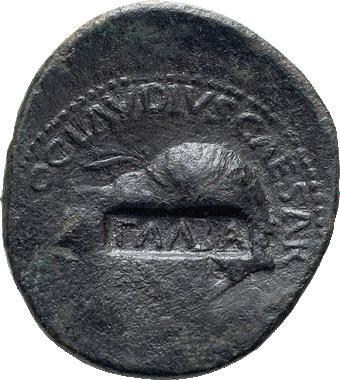
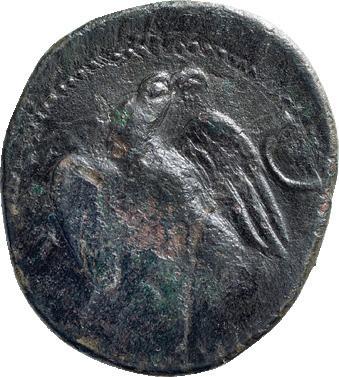

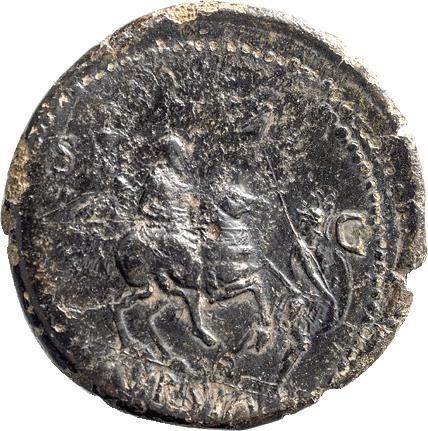

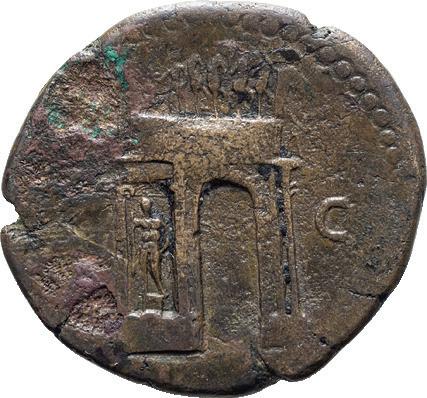
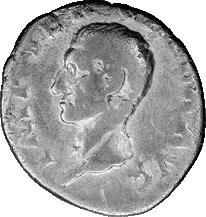
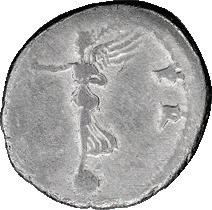
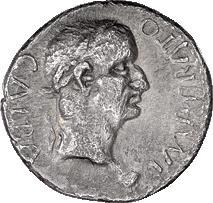


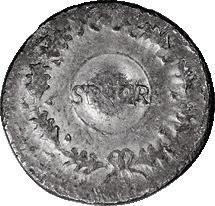


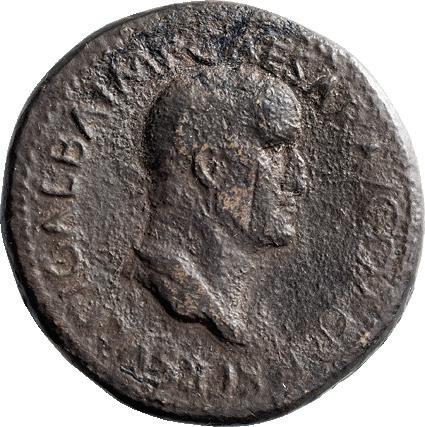
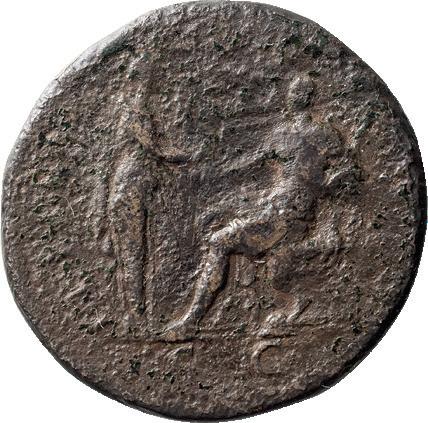
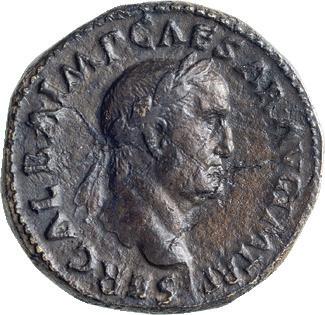
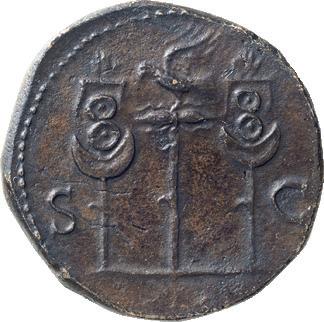
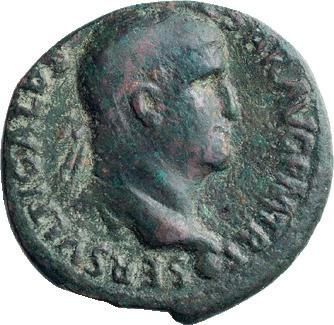
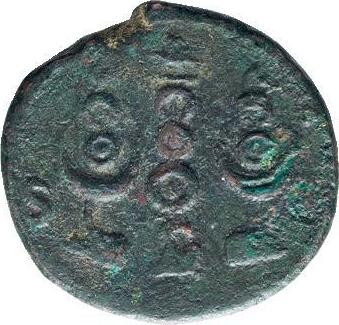




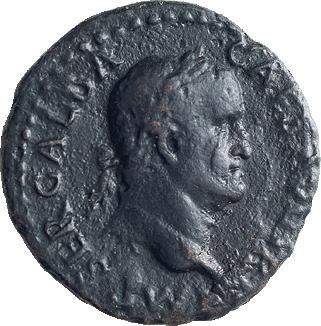
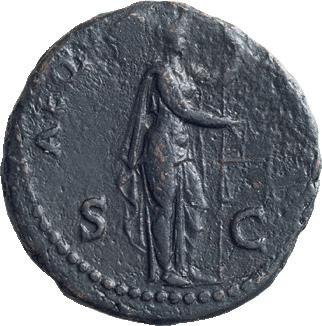







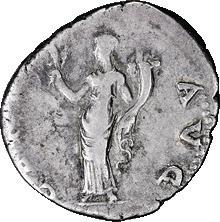
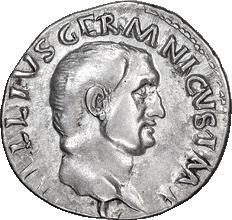
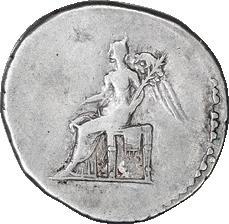
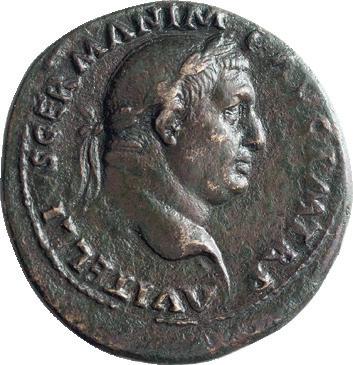
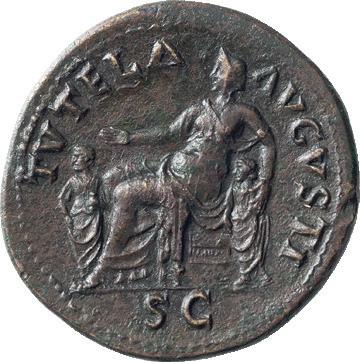
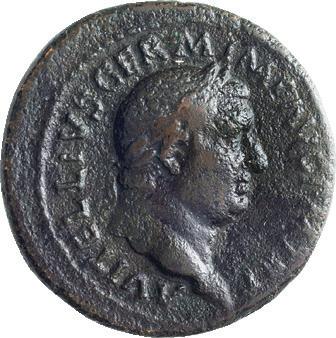
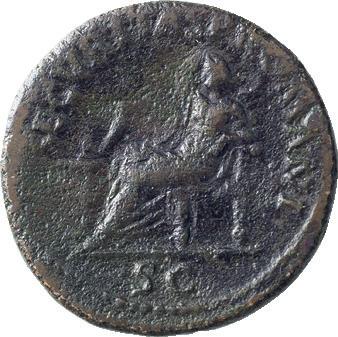
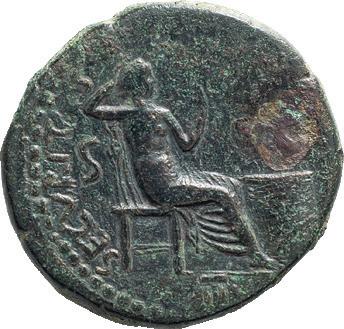
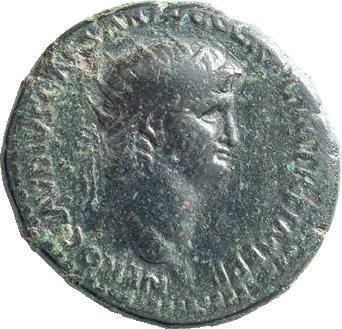
75 66 65 58 56 61 59 73 70 69 67 68 71 64 63 72 57 60 62 74 76
exergue. Rx: Priestly emblems: ladle, sprinkler, ax terminating in wolf’s head above blade, priest’s hat topped by spike. Name of Caesar weakly struck, as is part of the reverse. aEF 2250
315. JULIUS CAESAR; 47-46 BC, Denarius, 3.61g. Cr-458/1; Syd-1013; Sear, Imperators-55. Obv: Head of Venus r. Rx: Aeneas l. carrying palladium and Anchises; CAESAR behind. MS 1250
316. JULIUS CAESAR; 40 BC, Denarius, 3.70g. Syd-1128; Cr-525/3; Sear, Imperators-327. Obv: Wreathed head of Caesar r. Rx: Standard, aquila, plow, and surveyor’s rod; [TI·SE]MPRONIVS above and r.; GRACCVS below; [Q] DESIG l.; S – C across field. The reverse type refers to Octavian’s settlement of veterans in colonies after the Perusine War. Excellent Hellenistic-type portrait. VF 4850 Exquisite Portrait
317. MARK ANTONY; Summer 32 BC, Denarius, 3.75g. Cr-542/1, Syd-1208, Sear Imperators-346. Obv: Bare head of Antony r., artist’s signature P. concealed in hair behind ear. Rx: [M S]ILANVS AVG / Q PRO COS in two lines across field. MS 1500 Cleopatra and Antony
318. CLEOPATRA AND MARK ANTONY; c. 36 BC, Tetradrachm, 14.14g. RPC4094 (43 spec., 21 obv. dies). Obv: [BACIΛIC]CA KΛEOΠATPA ΘEA NEW[TEPA] Diademed, draped bust of Cleopatra r. Rx: ANTWNIOC AYTOKPATW[P TPIT]ON TPIWN A[NΔPWN] Bare head of Antony r. This coin displays relatively powerful portraits of both Antony and Cleopatra. Microscopic porosity in field. Toned gVF 24500
ROMAN IMPERIAL SILVER
319. AUGUSTUS; 27 BC-14 AD, Spanish Mint, c. 19-18 BC, Denarius, 3.81g. BM-326 var., Paris-1298, C-97 corr. (3 Fr.), RIC-37b. Obv: CAESAR - AVGVSTVS Head l. wearing oak wreath. Rx: DIVVS - IVLIVS across field, Comet with eight rays and tail, the tail being on the second ray above DIVVS. Small countermark on cheek. aEF / gVF 3500
320. AUGUSTUS; 27 BC-14 AD, Hispania Tarraconensis (Caesaraugusta), c. 19-18 BC, Denarius, 2.87g. BM-334, Paris-1311, C-294, RIC-42a. Obv: CAESAR - AVGVSTVS Head bare r. Rx: Round shield inscribed S.P.Q.R / CL.V. Fine 425
321. AUGUSTUS; 27 BC-14 AD, Lugdunum, 11-9 BC, Denarius, 3.48g. BM-484, Paris-1445, C-163, RIC-193a (R). Obv: AVGVSTV[S] - DIVI F Head laureate r. Rx: ACT in exergue, IMP - XII across field, Actian Apollo standing r. holding plectrum and lyre. VF 650
322. AUGUSTUS; 27 BC-14 AD, Lugdunum, 2 BC-4 AD, Denarius, 3.55g. BM-540, Paris-1659, RSC-43c, RIC-210. Obv: CAESAR AV[GVSTVS - DIVI F PA]TER PATRIAE Head laureate r. Rx: [C] L CAESAR[ES] in exergue, [AVG]VSTI F COS DESIG PRINC IVVENT around, Gaius and Lucius Caesars standing holding honorary shields and spears, the reversed type, with shield on r. in front and lituus on l., ladle on r. in field above. aEF 700
323. TIBERIUS; 14-37 AD, Lugdunum, Denarius, 3.68g. BM-48, Paris-28, RIC-30, C-16.
Obv: TI CAESAR DIVI - AVG F AVGVSTVS Head laureate r. Rx: PONTIFMAXIM Livia seated r. holding scepter and branch, throne legs ornamented, footstool below feet, single line beneath throne. VF 650
324. CALIGULA; 37-41 AD, Lugdunum, 37-8 AD, Denarius, 3.06g. BM-19, Paris-15, C-2 (25 Fr.), RIC-18 (R2). Obv: C CAESAR AVG GERM P M TR POT Laureate head of Caligula r. Rx: GERMANICVS CAES P C CAES AVG GERM Bare head of Germanicus r. Formerly encapsulated by NGC:L Strike 3/5, Surface 2/5. Fine 1500
325. CALIGULA; 37-41 AD, Lugdunum, 40 AD, Denarius, 3.35g. BM-25, Paris-32, C-7, RIC-24 (R3). Obv: C CAESAR AVG PON M TR POT III COS III Laureate head of Caligula r. Rx: DIVVS AVG - PATER PATRIAE Radiate head of Divus Augustus r. These dies not illustrated in Giard, Lyon (1983). Much scarcer than the corresponding coin dated TR POT (37-8 AD). gVF
326. CLAUDIUS I; 41-54 AD, Lugdunum, 46-52 AD, Denarius, 3.46g. RIC-pp. 123-4. Obv: [TI CLA]VD CAESAR AVG P M TR P [. .] Head laureate r. Rx: SPQR / P P / OB C S within oak wreath. Fine
327. NERO; 54-68 AD, Rome, c. 67-8 AD, Denarius, 3.23g. BM-80, Paris-239, C-123 (3 Fr.). Obv: IMP NERO CAESAR - AVG P P Head laureate r. Rx: IVPPITER - CVSTOS Jupiter seated l. holding thunderbolt and scepter. Rare final issue of reign with obverse legend IMP NERO CAESAR AVG P P: no coins like ours in Reka Devnia hoard, as opposed to 23 and 15 specimens in the hoard with the same reverse type but obverse legends NERO CAESAR AVGVSTVS and IMP NERO CAESAR AVGVSTVS respectively. aVF 600
328. GALBA; 68-69 AD, Rome, Denarius, 3.31g. BM-52, RIC-218 (R2), C-344 (25 Fr.). Obv: IMP SER GALBA CAESAR AVG Head laureate r. Rx: VIR - TV[S] across field, Nude emperor standing r., head l., holding sword and spear. Unusual type of nude emperor; only one such specimen in Reka Devnia hoard. VF 1250
329. GALBA; 68-69 AD, Gaul, Denarius, 3.42g. RIC-111. Obv: [S]ER GALBAIMP[ERATOR] Head laureate r. Rx: [VI]CTORIA - P R Victory standing l. on globe, both wings half raised, holding wreath and palm. aEF 1500
Extremely Rare
330. OTHO; 69 AD, Rome, Denarius, 3.07g. RIC-1 (R3); BMC-p. 364; Paris-1, pl. XX (same dies); C-1 (citing Paris, 50 Fr.). Obv: IMP OTHO CAESAR AVG TR P Head bare r. Rx: CERES - AVG Ceres standing l. holding two wheat ears and cornucopia. Very rare; only seven specimens, all from the same die pair, are known to Otho specialist Jyrki Muona Toned. VF 2500
Extremely Rare
331. OTHO; 69 AD, Rome, Denarius, BM-24, RIC-17 (R3), RSC-24a. Obv: IMP M OTHO [CAE]SAR AVG TR P Head bare r. Rx: VICTORIA - OTHONIS Victory standing l. on globe, holding wreath and palm branch. A rare variety of a rare reverse type of Otho, usually showing Victory advancing left or right, whereas here she stands left on a globe. The Paris collection lacks this variety, and it was not represented in the Reka Devnia hoard, compared to three and one specimens respectively of the two varieties showing Victory advancing. According to CoinArchives just six specimens with Victory on globe have appeared in numismatic auctions between c. 2000 and 2021. Toned EF 4000
332. VITELLIUS; 69 AD, Rome, Denarius, 3.34g. BM-34, Paris-71, C-72, RIC-107. Obv: A VITELLIVS GERM IMP AVG TR P Head laureate r. Rx: PONT - MAXIM Vesta, veiled, seated r. holding patera and scepter. VF 750
333. VESPASIAN; 69-79 AD, Rome, 72-3 AD, Denarius, 3.27g. BM-74, C-618, Paris-60, RIC-362 (C2). Obv: [IMP CAES V]ESP A - VG P M COS [IIII] Head laureate r. Rx: VI[CTORIA] - AVGVSTI Victory advancing r., holding palm over shoulder and placing wreath on standard set in ground. The reverse type probably refers to the Jewish war. Fine 200
334. VESPASIAN, DIVUS; Died 79 AD, Rome, 80-1 AD, Denarius, 3.17g. RIC-357 (C2), BM-129, Paris-101, C-497. Obv: DIVVS AVGVSTVS VESPASIANVS. Head laureate r. Rx: Two capricorns on globe supporting shield inscribed S C; the globe is between the capricorns and their tails are not shown. MS 875
335. TITUS; 79-81 AD, Rome, c. July-August 79 AD, Denarius, 3.39g. Paris-9, C-268
(6 Fr.), BM-9, RIC-34 (C2). Obv: IMP TITVS CAES VESPASIAN AVG P M Head laureate r. Rx: TR P VIIII IMP XIIII COS VII P P Venus, seen half from behind, naked except for drapery around legs, standing r., l. elbow on column, holding helmet and spear. VF 500
336. NERVA; 96-98 AD, Rome, 96 AD, Denarius, 3.26g. BM-8, Paris-6, C-25, RIC-3. Obv: COS II. Rx: CONCORDIA - EXERCITVVM Clasped hands before legionary eagle set on prow. Scarce: eight specimens in Reka Devnia hoard. Unusually good portrait, struck in high relief. EF 475
337. TRAJAN; 98-117 AD, Rome, 114-6 AD, Denarius, 3.43g. BM-578, C-154, RIC-318, Woytek, MIR-526v (128 spec.). Obv: With names NER and OPTIMO, Bust laureate, draped r., seen from side. Rx: FORT RED in exergue, P M TR P COS VI P P S P Q R around, Fortuna Redux, veiled, seated l. holding rudder and cornucopia. Toned. EF 250
338. AELIUS AS CAESAR; 136-138 AD, Rome, 137 AD, Denarius, 3.17g. BM-981, cf. C-1 (12 Fr.) and RIC-2625 (C). Obv: L AELIVS - CAESAR Head bare r. Rx: CONCORD in exergue, TR POT - COS II around, Concordia seated l. holding patera and resting l. elbow on large cornucopia reaching to ground. VF 625
339. ANTONINUS PIUS; 138-161 AD, Rome, 145-7 AD, Denarius, 3.16g. BM-530, C-344, RIC-136. Obv: ANTONINVS - AVG PIVS P P Head laureate r. Rx: C - O - S[I]I II Clasped hands before caduceus and two wheat ears. Toned. EF 100 FDC
340. HADRIAN; 117-138 AD, Rome, 119-120 AD, Denarius, 3.10g. BM-201, C-1115, RIC-229. Obv: IMP CAESAR TRAIAN - HADRIANVS AVG Bust laureate r. with fold of cloak on front shoulder. Rx: P M TR P - COS III Pietas, veiled, standing r., head l., raising both hands in prayer. This is an early issue of Hadrian, and since he ruled for many years, his coins circulated all the time, and to find an early coin of this quality is quite unusual, and highly desirable. FDC 900
343. HADRIAN; 117-138 AD, Rome, c. 130 AD, Denarius, 3.35g. BM-691, C-1037, RIC1412 (C). Obv: HADRIANVS - AVG COS III P P Head laureate r. Rx: PIETAS - AVG Pietas, veiled, seated l. holding patera and transverse scepter. MS 445 Famine Issue
344. COMMODUS; 177-192 AD, Rome, 184-9 AD, Denarius, 2.18g. BM-170, C-279, RIC-201. Obv: M COMM [ANT P] - FEL AVG BRIT Head laureate r. Rx: LAETITIAE AVG Laetitia standing l. holding two wheat ears and rudder on globe. Scarce: 20 specimens in Reka Devnia hoard. Laetitia’s unusual attributes, and the omission of imperial titles from the reverse legend, make this type stand out among Commodus’ denarii. It ought to have a special occasion, perhaps the arrival of a grain fleet in Ostia, averting a looming famine in Rome. VF 345
345. COMMODUS; 177-192 AD, Rome, 188-9 AD, Denarius, 2.91g. BM-240, C-952 (6 Fr.), RIC-196. Obv: M COMM ANT - P FEL AVG BRIT Head laureate r. Rx: VICTORI - AE - FELICI Victory flying l. holding garland above two shields, which rest on base inscribed C V P P. Rare: only two specimens in Reka Devnia hoard. gVF 285
346. COMMODUS; 177-192 AD, Rome, 189 AD, Denarius, 2.38g. RIC-188, C-351, BM266. Obv: M COMM A[NT P] - FEL AVG BRIT [P P] Head laureate r. Rx: MART PAC P M TRP XII[II] COS V DES VI Mars standing l., naked except for cloak over arm and helmet, holding branch and spear. Scarce: 14 specimens in Reka Devnia hoard. The last common issue of coins to record the emperor’s designation to his next consulship (DES VI). Struck on a naturally irregular flan. MS 400
347. PERTINAX; 193 AD, Rome, Denarius, 2.96g. BM-24, C-56 (50 Fr.), RIC-13a. Obv: IMP CAES P [HELV] - PERTIN AVG Head laureate r. Rx: VOT DECE - N TR P COS II Pertinax, togate and veiled, sacrificing l. from patera over tripod altar and holding roll. The earliest Roman coin type to commemorate the undertaking of decennalian vows at the beginning of an emperor’s reign. Flawless, exceptional portrait; quality equal to that of an aureus, struck on a small flan. MS
3500
348. MANLIA SCANTILLA; Rome, 193 AD, Denarius, 2.95g. C-2 (300 Fr.), RIC-7a (R3), BM-11. Obv: MANL SCA - NTILLA AVG Bust draped r. Rx: IVNO REGINA Juno, veiled, standing l. holding patera and scepter, peacock at feet. Beautifully centered. gVF 4500
349. CLODIUS ALBINUS AS CAESAR; 193-195 AD, Rome, 194-5 AD, Denarius, 3.18g. BM-95, C-48 (12 Fr.), RIC-7. Obv: D CLOD SEPT - [AL]BIN CAES Head bare r. Rx: [MIN]ER - PA - CIF COS I[I] Minerva standing l. holding branch before her and shield on ground behind her, spear rests against her l. arm. Exceptional portrait. Reverse struck with worn die. Mint State 875
350. SEPTIMIUS SEVERUS; 193-211 AD, Rome, 203 AD, Denarius, 2.98g. BM-545, C-293 (6 Fr.), RIC-276. Obv: SEVERVS - PIVS AVG Head laureate r. Rx: IIII LIBERA - LITAS AVGG Liberalitas standing l. holding coin counter and cornucopia. From the Philip Ashton Collection, purchased in March 1997. Rare: only 9 specimens in Reka Devnia hoard. This type is dated to 203 AD by its appearance on rare middle bronzes of Severus as TR P XI and Caracalla as TR P VI. The number of this largesse is exceptionally placed at the beginning of the reverse legend, not at the end as in all other coin types commemorating largesses. MS 135
351. JULIA DOMNA; Rome, c. 208 AD, Denarius, 3.49g. BM-27, C-58, RIC-553. Obv: IVLIA - AVGVSTA Bust draped r., with large bun and no braid. Rx: [FOR]TVNAEFELICI Fortuna seated l. holding rudder on globe and cornucopia turned away from her. EF 150
Rare Type
352. CARACALLA; 198-217 AD, Rome, 212 AD, Denarius, 3.39g. BM-73, C-104 (5 Fr.), RIC-214. Obv: ANTONINVS PIVS - AVG BRIT Head laureate r. Rx: INDVLG FECVNDAE Orbis Terrarum, veiled and towered, seated l. on curule chair, extending r. hand and holding scepter. This type probably commemorates Caracalla’s generosity (Indulgentia) in extending the Roman citizenship to all inhabitants of the Roman empire. Hence the World, towered as on Hadrian’s RESTITVTORI ORBIS TERRARVM sestertius, is depicted sitting on the curule chair, symbolic of the consulship, praetorship, and curule aedileship, the highest offices open to Roman citizens. Reverse struck with worn die, virtually Mint State. 300
353. CARACALLA; 198-217 AD, Rome, 217 AD, Denarius, 2.44g. BM-188, C-382, RIC-290. Obv: ANTONINVS PIVS AVG GERM Head laureate r. Rx: P M TR P XX - C - OS IIII P P Serapis, modius on head, standing r., head l., holding wreath with wheat ear (?) protruding and scepter. Scarce variant type of Caracalla’s last year: 18 specimens in Reka Devnia hoard. Toned EF 175
354. GETA AS CAESAR; 198-209 AD, Rome, 208-9 AD, Denarius, 3.03g. BM-584, RSC-114a, RIC-59a. Obv: P SEPTIMIVS - GETA CAES Bare-headed, draped bust r. Rx: PONTIF - COS II Bonus Eventus sacrificing l. from patera at altar and holding two wheat ears. From the Philip Ashton Collection, bought in September 1998. gVF 125
355. MACRINUS; 217-218 AD, Rome, Denarius, 2.87g. BM-68, C-33, RIC-73. Obv: IMP C M OPEL SEV MACRINVS AVG Bust laureate, cuirassed r., seen from front, beard long. Rx: IOVI CONSERVATORI Jupiter standing l. holding thunderbolt and scepter. EF 275
356. ELAGABALUS (218-222 AD); 218-222 AD, Rome, 219 AD, Denarius, 1.80g. Eauze-304 (3 spec.), BM-203 var., C-46 corr., RIC-82. Obv: IMP ANTONINVS PIVS
4750
1200
AVG Bust laureate, draped r. Rx: FORTVNAE AVG Fortuna standing l. holding rudder on globe and cornucopia. The BM specimen omits the globe below the rudder on reverse. Scarce: only eight specimens in Reka Devnia hoard. Near MS 175
357. ELAGABALUS (218-222 AD); 218-222 AD, Rome, 221-2 AD, Denarius, 2.60g. BM-211, C-61, RIC-88. Obv: IMP ANTONINVS PIVS AVG Bust laureate, draped r., seen from front, with “horn”. Rx: INVICTVS SACERDOS AVG Emperor in Syrian priestly dress sacrificing l. at altar, slain bull by altar, star in l. field. aEF 225
358. ELAGABALUS (218-222 AD); 218-222 AD, Rome, 220-1 AD, Denarius, 2.46g. BM-220, C-92, RIC-107. Obv: IMP ANTONINVS PIVS AVG Bust laureate, draped r. Rx: LIBERT[AS AV]G Libertas standing l. holding cap and scepter, star in field r. MS 200
359. ELAGABALUS; 218-222 AD, Rome, 222 AD, Denarius, 2.68g. BM-230, RSC276b. Obv: Without “horn”. Rx: SVMMVS SACERDOS AVG Emperor in Syrian priestly dress sacrificing l. at tripod altar and holding branch downwards, star in field l. From the Philip Ashton Collection, ex Berk 140, 27 October 2004, lot 364. Scarce issue of the last several months of Elagabalus’ reign, after the “horn” had been removed from the obverse type early in 222 AD: see F. Dieulafait in the Eauze hoard report, p. 218. Extremely expressive portrait. Toned Near Mint State 200
360. JULIA PAULA; Rome, 220 AD, Denarius, 3.14g. BM-173, C-6 (6 Fr.), RIC-211. Obv: IVLIA PAVLA AVG Bust draped r. Rx: CONCORDIA Concordia seated l., holding patera and resting l. arm on arm rest, star in l. field. Acquired by previous owner from Tom Cederlind. Excellent portrait. Mint State 375
Exquisite Portrait
361. SEVERUS ALEXANDER; 222-235 AD, Rome, 222 AD, Denarius, 3.20g. BM-33, RSC-218a, RIC-14. Obv: IMP C M AVR SEV ALEXAND AVG Bust laureate, draped, cuirassed r. Rx: P M - TR P - COS P P Salus seated l. holding patera to snake rising from altar. From the Philip Ashton Collection, acquired in Nottingham, England, June 2001. Beautiful portrait of the boy emperor. MS 200
362. SEVERUS ALEXANDER; 222-235 AD, Denarius, Rome, 224 AD, 2.49g. BM-163, RIC-37, C-251. Rx: P M TR P III - COS P P Mars standing l. holding branch and spear. Reverse somewhat weakly struck. Mint State 200
363. SEVERUS ALEXANDER; 222-235 AD, Rome, 225-8 AD, Denarius, 2.56g. BM341, C-23 (C), RIC-133 (C). Obv: IMP C M AVR SEV - ALEXAND AVG Bust laureate, draped r. Rx: ANNO - NA AVG Annona standing l. holding wheat ears over modius and cornucopia. Ex Philip T. Ashton Collection, purchased from Time Machine, November 2000. Mint State 200
364. SEVERUS ALEXANDER; 222-235 AD, Rome, 230-1 AD, Denarius, 3.32g. BM656, RSC-580A, RIC-221. Obv: IMP SEV ALE - XAND AVG Bust laureate r., fold of cloak on front shoulder and behnd neck. Rx: VIRTVS - AVG Virtus seated l. on cuirass, r. breast bare, holding branch and scepter. From the Philip Ashton Collection, purchased from Pegasi, November 2015. MS 225
365. JULIA MAMAEA; Denarius, Rome, 229-230 AD, 2.76g. BM-913, C-6, RIC-332.
Obv: IVLIA MA - MAEA AVG Bust draped r., wearing stephane. Rx: FECVNDAVGVSTAE Fecunditas seated l. extending hand to child standing at her feet. Extremely beautiful and expressive reverse. Toned. MS 150
366. JULIA MAESA; Branch Mint, 219 AD, Denarius, 3.10g. BM-73, C-29, Eauze hoard-389 (20 spec.). Obv: Early coiffure with small nest. Rx: PIETA - S AVG Pietas sacrificing l. at altar. From the Philip Ashton Collection, purchased in May 1998. Reverse weakly struck. MS 145
367. MAXIMINUS I THRAX; 235-238 AD, Rome, 236-238 AD, Denarius, 2.58g. BM170, C-75, RIC-20. Obv: without GERM, third portrait. Rx: PROVIDENTIA AVG Providentia standing l., holding wand over globe and cornucopia. Near MS 175
368. GORDIAN III; 238-244 AD, Rome, 240 AD, Denarius, 3.40g. RIC-129A, C-325. Obv: IMP GORDIANVS PIVS FEL AVG Bust laureate, draped, cuirassed r. Rx: SALVS AVGVSTI Salus standing r. feeding serpent held in arms. MS 120
369. TRANQUILLINA; Caesarea, Cappadocia, Year 4=241 AD, Drachm, 3.19g. Sydenham/Malloy-617aa, citing Leu 18, 1977, lot 373 (same dies). Obv: CABINIA TRANKVΛΛINA AV Bust draped r., wearing stephane, the hair falling onto neck arranged in two horizontal ridges. Rx: MHTPO KAICA B NE around, ET Δ in exergue, Mt. Argaeus, without pellet in field. Rare silver drachm of Tranquillina at Caesarea, unknown until 1978 when Sydenham/Malloy-617aa reported two specimens, in Leu 18, 5 May 1977, lot 373 and the Burbules Collection. Recently several dozen further specimens of this rare drachm have appeared on the market, mostly of Year 4 like the two Sydenham/Malloy pieces, but also several of Year 5. The Year 4 pieces all seem to come from only three obverse dies, one without stephane and with a nest of braids on the neck, and two with stephane and without the nest of braids. The Year 4 reverse dies vary in the abbreviation of the legend, KAIC B N or KAICA B NE, and in the placement of a pellet in the field left of Mt. Argeus on some dies. The three Year 5 drachms come from a fourth obverse die, and from two reverse dies, both with a pellet in upper right rather than upper left field. EF 800
370. PUPIENUS; 238 AD, Rome, Denarius, 2.85g. BM-52, C-26, RIC-6. Obv: IMP C M CLOD PVPIENVS AVG Bust laureate, draped, cuirassed r. Rx: P M T - R P COS II P P Felicitas standing l. holding short caduceus and scepter. aEF 400
371. BALBINUS; 238 AD, Rome, Denarius, 3.89g. BM-37, C-27 (10 Fr.), RIC-8. Obv:
IMP C D CAEL BALBINVS AVG Bust laureate, draped, cuirassed r., seen from front. Rx: VICTO - RIA AVGG Victory standing r., head l., holding wreath and palm. Ex William B. Porter Collection, earlier in CNG E366, 13 January 2016, lot 865 (“coll. of a Texas Wine Doctor”). Overweight specimen. Mint State 1250
372. BALBINUS; 238 AD, Rome, Denarius, 3.31g. BM-37, C-27 (10 Fr.), RIC-8. Obv: IMP C D CAEL BALBINVS AVG Bust laureate, draped, cuirassed r., seen from front. Rx: VICT - ORIA AVGG Victory standing r., head l., holding wreath and palm. Excellent portrait as usual. EF 500
373. PHILIP I; 244-249 AD, Rome, 245-6 AD, Antoninianus, 4.02g. RIC-31, C-43. Obv: IMP M IVL PHILIPPVS AVG Bust radiate, draped, cuirassed r. Rx: FELIC - ITAS - TEMP Felicitas standing l. holding caduceus and cornucopia. Reverse struck with worn die. MS 140
374. PHILIP I; 244-249 AD, Rome, 245-7 AD, Antoninianus, 3.08g. RIC-44b, C-169. Obv: IMP M IVL PHILIPPVS AVG Bust radiate, draped, cuirassed r. Rx: ROMAE AETERNAE Roma seated l. above shield, holding Victory and spear. MS 175
375. OTACILIA SEVERA, WIFE OF PHILIP I; Antoninianus, Rome, 246-7 AD, 4.58g. RIC-125c, C-4. Obv: M OTACIL SEVERA AVG Bust draped r., wearing stephane and on crescent. Rx: CONCORDIA AVGG Concordia seated l. holding patera and double cornucopia. MS 165
376. PHILIP II AS CAESAR; 244-247 AD, Branch Mint, 245-7 AD, Antoninianus, 3.51g. RIC-213, C-13. Obv: M IVL PHILIPPVS CAES Bust radiate, draped r. Rx: IOVI CONS - ERVAT Jupiter standing l. holding thunderbolt and scepter. From the Philip Ashton Collection, ex Berk 133, 22 July 2003, lot 525. Mint State 175
377. TRAJAN DECIUS; 249-251 AD, Antioch, Antoninianus, 3.47g. Officina number var. of RIC-46 (R); C-98 (6 Fr.). Obv: IMP C M Q TRAIANVS DECIVS AVG Bust radiate, cuirassed r.; four dots below (the first one weak). Rx: PVDICITIA AVG Pudicitia seated l., pulling veil over head and holding transverse scepter. A reverse
type of Herennia Etruscilla at Rome, but Antioch used it quite regularly for Decius too. Purchased from Byzantium Numismatists, UK, 10 November 1993. Antoniniani of Decius struck at Antioch are all rare. RIC only lists this coin with no dots or one dot below the emperor’s bust, but other specimens with four dots, as on our piece, are in the 249-253 AD website and in CoinArchives Pro. Fine+ 300
378. HERENNIA ETRUSCILLA; Rome, Antoninianus, 4.23g. RIC-59b (C), C-19 (C). Obv: HER ETRVSCILLA AVG Draped bust r. wearing stephane, with crescent behind shoulders, later ridged coiffure. Rx: PVDICITIA AVG Pudicitia seated l., pulling veil over head with r. hand and holding transverse scepter in l. Acquired from H.G. Spangenberger, 28 October 1968. VF 175 Exquisite Portrait
379. TREBONIANUS GALLUS; 251-253 AD, Rome, Antoninianus, 3.62g. RIC-30, C-13. Obv: IMP CAE C VIB TREB GALLVS AVG Radiate, draped, cuirassed bust r. Rx: AETERNITAS AVGG Aeternitas standing l., holding phoenix on globe and raising skirt. Mint State 250
380. GALLIENUS; 253-268 AD, Antoninianus, Rome, c. 267-8 AD, 3.67g. Cunetio Hoard-1337 (233 spec.), Göbl-712b, RIC-283. Rx: SOLI CONS AVG Winged horse prancing r., A=officina 1 to r. of exergue line. Minor planchet defect on edge. MS 700
381. MARIUS; 268 AD, Antoninianus, 2.87g. RIC-7, C-6, Cunetio-2504 (17 spec.). Obv: IMP C MARIVS P F AVG Bust radiate, draped, cuirassed r. Rx: CONCORDIA MILITVM Clasped hands. VF 300
382. MARIUS; 268 AD, Antoninianus, 3.03g. RIC-17, C-19 (10 Fr.), cf. Cunetio-2509 (38 spec.). Obv: IMP C M AVR MARIVS AVG Bust radiate, cuirassed r., seen from front. Rx: VICTORIA AVG Victory standing l. holding wreath and palm. Reverse struck with extremely worn die. Obverse silvered. Mint State 300
383. VICTORINUS; 268-270 AD, Antoninianus, 2.94g. Cunetio-2530 (1162 spec.), RIC118, C-79 (2 Fr.). Obv: IMP C VICTORINVS [P F AVG Bust radiate, draped, cuirassed r., seen from front. Rx: PAX AVG Pax standing l. holding branch and scepter; in field, V l., star r. Choice EF 145
384. CLAUDIUS II GOTHICUS; 268-270 AD, Milan, Antoninianus, 4.17g. RIC-171, Normandy-1008 (53 spec.), Cunetio-2243 (171 spec.). Obv: [IM]P CLAVDIVS P F AVG Bust laureate, draped, cuirassed r. Rx: VICTORI - A AVG Victory advancing r. holding wreath and palm, S in exergue (officina 2). EF 120
385. POSTUMUS; 259-268 AD, Antoninianus, Mid-late 268 AD, 3.57g. Cunetio-2453 (511 spec.), RIC-318 note. Rx: PAX AVG Pax standing l. holding branch and transverse scepter, P in l. field. EF 125
386. QUINTILLUS; 270 AD, Rome, Antoninianus, 2.58g. RIC-31, C-63, Normandy-1198 (14 spec.). Obv: [IMP C M] AVR CL QVINTILLVS [AVG] Bust radiate, draped, cuirassed r. Rx: [S]ECVR[IT A]VG Securitas standing l., leaning on column, legs crossed, holding scepter disappearing behind her body, XI (officina 11) in r. field. Near MS 175
387. TETRICUS I; 270-273 AD, Antoninianus, 1.94g. RIC-100. Rx: PAX AVG Pax standing l. holding olive branch and sceptre. Choice EF 120
388. TETRICUS II; 270-273 AD, Antoninianus, 2.07g. RIC-270. SPES AVGG Spes walking l., holding flower and raising robe. Struck on a broad flan. EF 150 Third recorded with titles Invictus PF
389. AURELIAN; 270-275 AD, Antoninianus, Serdica, 3.75g. Göbl-260ff2 pl. 117 (same dies), RIC-300 var. Obv: IMP C AVRELIANVS INVICTVS P F AVG Bust radiate, cuirassed r., seen from front, fold of aegis on l. shoulder. Rx: RESTITVT ORBIS Woman offering wreath to emperor, KAB (officina 2) in exergue, star in lower center field. Very rare with titles INVICTVS P F in obverse legend, apparently the third known specimen. Göbl records only one specimen, in Vienna, which is from the same dies as ours. Another specimen in the collection of J.-P. Jacquier is reported by Estiot, Paris catalogue, p. 400. EF 550
390. AURELIAN; 270-275 AD, Serdica, Antoninianus, 3.96g. RIC-temp-2647. Obv: AVRELIANVS AVG Bust radiate, cuirassed r., with fold of aegis on front shoulder. Rx: RESTITVT OR - BIS Emperor receiving wreath from Victory standing before him; KAA in exergue, star in lower middle field. Some silver wash. MS 100
391. AURELIAN; 270-275 AD, Serdica, RIC-temp-2647. Obv: IMP AVRELIANVS AVG Bust radiate, cuirassed r., with fold of aegis on front shoulder. Rx: ORI - ENS AVG Sol standing l., raising r. hand and holding globe in l., also placing r. foot on back of captive seated on ground before him, while a second captive sits behind him; in exergue, P (officina 1). Silver wash. MS 100
392. ZENOBIA; 272 AD, Antioch, Antoninianus, 3.56g. RIC-2 (R5); Göbl, Aurelianus360b0 var. Obv: S ZENOBIA AVG Bust r. on crescent, wearing stephane. Rx: IVNO REGINA Juno standing l. holding patera and scepter, peacock at her feet. A very rare lady on antoniniani: Roger Bland’s corpus of the coinage of Vabalathus and Zenobia in Num. Chronicle 171, 2011, listed only 32 such antoniniani, without our specimen, coming from seven obverse and five reverse dies. The S in the obverse legend stands for Septimia. The letters have been slightly strengthened, but the portrait of this rare empress is untouched. aVF 4750
393. PROBUS; 276-282 AD, Ticinum, Antoninianus, 4.27g. RIC-330. Obv: IMP C PROBVS P F AVG Bust radiate, cuirassed r., seen from front. Rx: CONC - ORDMILIT Concordia standing l. holding two standards, in exergue VIXXT (officina 6). Ex HJB 94th Buy or Bid Sale, 1994, lot 684. some silvering. MS 150
394. PROBUS; 276-282 AD, Siscia, Antoninianus, 4.19g. RIC-713; Alföldi Siscia-42/63 (1 spec.). Obv: IMP PROBVS P F AVG Helmeted, radiate, cuirassed bust l., seen from front, holding spear over shoulder and shield. Rx: PAX A - VGVSTI Pax standing l. holding branch and transverse scepter, XXI in exergue, VI (officina 6) in r. field. Some silvering. MS 150
395. PROBUS; 276-282 AD, Siscia, Antoninianus, 3.52g. RIC-720; Alföldi, Probus-53.9 (6 spec.). Obv: IMP C PROBVS P F AVG Radiate cuirassed bust r., almost half length, seen from front, with folds of cloak on front shoulder. Rx: PROVIDENT AVG Providentia standing l. holding globe and transverse scepter, in exergue XXI, in r. field S. Nicely silvered. MS 150
396. PROBUS; 276-282 AD, Serdica, Antoninianus, 3.69g. RIC-861. Obv: IMP C M AVR PROBVS P F AVG Radiate bust l. in consular robes, holding eagle-tipped scepter. Rx: SOLI INVICTO Sol in frontal quadriga, KAΓ in exergue. Silvered. MS 250 LATE ROMAN SILVER AND SILVERED BRONZE
397. DIOCLETIAN; 284-305 AD, Nicomedia, c. 295 AD, Argenteus, 3.14g. RIC-25a. Obv: DIOCLETI - ANVS AVG Head laureate r. Rx: VICTORIAE - SARMATICAE
Four-turreted camp gate, with doors flung open; on each turret a standing eagle with wings spread; SMNΓ in exergue. Toned. EF 650
398. JULIAN II; 360-363 AD, Lugdunum, Siliqua, 2.09g. RIC-227. Obv: Laureate, draped and pearl-diademed bust r. Rx: VOTIS V MVLTIS X in wreath, PLVG in exergue. aVF 300
399. CONSTANTINE I; 307-337 AD, Constantinople, c. 336-7 AD, Siliqua, 2.80g. Cf. RIC-126, C-97 (60 Fr.). Obv: No legend. Head r. looking upwards, wearing laurel and rosette diadem. Rx: CONSTAN - TINVS AVG Victory advancing l. holding wreath and palm, in exergue C.A. Possibly unpublished with mintmark C.A on reverse. Some light porosity. EF 750
400. CONSTANTINE I; 307-337 AD, Constantinople, Light Miliarense, 3.74g. Cf. RIC131 (different mintmark). Obv: CONSTANTI - NVS MAX AVG Rosette-diademed, draped, cuirassed bust r., seen from front. Rx: VIRTVS - EXERCITVS Virtus standing l., head r., holding spear and shield which rest on ground; in exergue, CONSΔ (officina 4). This coin shows a flawless portrait of Constantine struck late in his reign, although with some contact marks on reverse, flattening the head of Virtus. Still, extra rare and desirable. Near MS / VF 3000
401. POPULUS ROMANUS; Constantinople, 330 AD, Half Follis, 0.96g. RIC VIII p. 448, 22, officina I=10; Sear-17548. Obv: POP ROMANVS Wreathed and draped bust of Genius of Rome l. with cornucopia on shoulder. Rx: Star above CONSI, all within wreath. Special issue for the dedication of Constantinople in 330 AD, according to RIC. VF 150
402. CONSTANTINE II; 337-340 AD, Constantinople, Siliqua, 2.52g. RIC-15. Obv: No legend, rosette-diademed head looking upwards. Rx: CONSTANTI - NVS AVGVSTVS Victory advancing l. holding wreath and palm; C.A in exergue. Pierced. Fine 250
Fully Silvered
403. CONSTANTIUS II; 337-361 AD, Constantinople, Centenionalis, 4.23g. RIC-81 (C2), officina E=5. Obv: D N CONSTAN - TIVS P F AVG Pearl-diademed, draped, cuirassed bust r., seen from front. Rx: FEL TEMP RE - PARATIO Soldier spearing falling horseman who looks downwards towards neck of horse, CONSE* in exergue, Γ in l. field. Beautifully silvered, as all of this issue probably was, but virtually none still exist with full silvering. MS 300
404. THEODOSIUS I; 379-395 AD, Cyzicus, 388-92 AD, AE 4, 1.57g. RIC-26b = 30a, mintmark 2. Obv: D N THEODO - SIVS P F AVG Pearl-diademed, draped, cuirassed bust r., seen from front. Rx: SALVS REI - [PVBLICAE] Victory stepping l., head r., holding trophy over shoulder and dragging captive by hair, SMKB in exergue, P with cross-stroke in l. field. It is unusual to find a coin of this small size so beautifully struck, and with full legend on the obverse. EF 90
405. THEODOSIUS I; 379-395 AD, Cyzicus, 379-83 AD, AE 2, 5.64g. RIC-14c, C-19 (3 Fr.). Obv: D N THEODO - SIVS P F AVG Helmeted bust r., almost half length, holding spear and shield. Rx: GLORIA RO - MANORVM Emperor advancing l., head r., raising r. hand, in ship l. with Victory at helm; SMKΓ (officina 3) in exergue, in l. field wreath (rendered like rotated D). VF 140
406. ARCADIUS; 383-408 AD, Antioch, 401-403 AD, AE 16, 2.18g. RIC-97 (S). Obv: D N ARCADI - VS P F AVG Helmeted, pearl-diademed bust front, holding spear over shoulder and shield decorated with cross. Rx: CONCORDI - [A AVGG] Constantinopolis seated facing, head r., holding scepter and Victory on globe and placing r. foot on prow; in exergue, ANT[Γ]. aEF 150
407. AELIA EUDOXIA, 400-404 AD. ENGRAVER’S ERROR: HER PORTRAIT, BUT LEGEND OF HER HUSBAND ARCADIUS; Antioch, 400-401 AD, AE 3, 1.18g. Apparently unpublished; intended to be RIC-83, but wrongly with obv. legend of Arcadius rather than Eudoxia. Obv: [D N ARC]ADI - VS P F AVG Bust of Eudoxia draped r. wearing pearl diadem and pearl necklace, crowned by hand of God. Rx: [GLORIA RO - MA]NORVM Eudoxia enthroned facing, hands folded over breast, crowned by Hand of God (off flan), ANTΓ in exergue (officina 3), cross in r. field. Apparently an unpublished engraver’s error, wrongly combining Eudoxia’s portrait with an obverse legend of Arcadius. The portrait on the coin is without doubt that of Eudoxia, because of her feminine coiffure, her pearl necklace, and the Hand of God crowning her from above, features that were all lacking in the portraits of her husband Arcadius and Arcadius’ co-emperors Honorius and Theodosius II. The beginning of the coin’s obverse legend is off flan, so that one can only read ADI on the left, not very clearly, then the continuation VS P F AVG on the right, with the F slightly damaged but the other six letters all distinctly readable. The person meant by this legend obviously cannot have been Eudoxia, whose appropriate legend would have been AEL EVDO - XIA AVG, nor Honorius or Theodosius II, whose most similar legends were respectively D N HONORI - VS P F AVG and D N THEODO - SIVS P F AVG; it must have been Arcadius, with intended legend D N ARCADI - VS P F AVG. Wrongly labeled portraits were a very unusual sort of error on Roman imperial coins, and this may even be the first known case altogether of an empress’s portrait being combined with a legend of her husband. RIC X, 82, pl. 4, reports and illustrates a unique BM coin reminiscent of ours, but with a commoner kind of error: the same GLORIA ROMANORVM reverse type of Eudoxia, also attributed to the mint of Antioch (mintmark off flan), mistakenly combined with a normal obverse die of her husband Arcadius, with correct portrait and legend. VF 550 408. SEBASTIANUS; 412-413 AD, Arles, Siliqua, 1.10g. RIC-1718 (R4), RSC-p. 194. Obv: D N SEBA[STIA] - NVS P F AVG Pearl-diademed, draped, cuirassed bust r., seen from front. Rx: VICToR - IA AVGG Roma seated l. on curule chair, holding Victory on globe and inverted spear; in exergue, KON[T]. Ex Kunker Auction 295, lot 1155, 25 September 2017. This coin is the finest known of very few examples. We have sold it previously by private treaty. The seller and the buyer will of course remain private. Future coins, if desired, can be handled in the same way. We have put this in our catalogue to show that we sell extremely important coins by private treaty, and to establish a record that we have handled this coin. EF SOLD
GREEK BRONZE
Marine Deity
409. LUCANIA, HERACLEA; 3rd cent. BC, AE 13, 2.23g. HN Italy-1437, SNG ANS116. Obv: Head of Athena r. Rx: Marine deity r., holding spear and shield. This an extremely beautiful bronze coin, showing a wonderful figure on the reverse. One would think it a mermaid, but she holds a shield and spear. A wonderful coin. VF / EF 450
Rhegium
410. BRUTTIUM, RHEGIUM; c. 415/410-387 BC, AE 21x22, 9.71g. HN Italy-2529, Rutter-Group XVI. Obv: ΡΗΓΙΝΟΝ Laureate head of Apollo r. Rx: H in circle within wreath. This extremely beautiful coin is a very rare issue of Rhegium. Examples such as this almost never appear, as a lion-scalp is the normal symbol for this coin. The head of Apollo is exquisitely beautiful, and represents a high point of what the Greeks could do on a small bronze coin. EF 4500
411. IONIA, EPHESUS; c. 305-288 BC, AE 16, 3.67g. Cf. BM 58 ff. Obv: Bee with straight wings, across upper field E - Φ. Rx: Stag kneeling l., with head turned back; in field above, quiver; downwards on l., magistrate’s name [.]APΘENI[.]. VF 225
412. MYSIA, ADRAMYTEUM; AE 15, 3.72g. SNG Paris-1. Obv: Laureate head of Zeus r. Rx: AΔPA Forepart of Pegasus r. with curled wing; below, wheat ear. Beautiful head of Zeus, with strong image of Pegasus on reverse. This coin is not only rare, but also hard to find this well-preserved. EF 200
413. PHILISTA GAZA MINT OBOL; Philista Gaza; 5th - 4th cent. BCE, Obol, 0.54g. Gitler-Tal-p. 154, coin no. X.1. After Athens obol circulated in Judea. This coin is placed with the bronze coins despite being silver, because the Judean coins we offer are of several different metals. It is placed been here to keep it with the others. Sharp image of Owl. Fine / aEF 100
414. ALEXANDER JANNAEUS; 103-76 BCE, Lead 16mm, 3.02g. Hendin-476; AJC-
Group D. Obv: Anchor; Rx: Traces of border of dots and Aramaic inscription (King Alexander). VF 125
415. ALEXANDER JANNAEUS; 103-76 BCE, Lead 16 mm, 3.02g. Hendin-6192. Obv: BAΣIΛEΩΣ AΛEΞANΔPOY around inverted anchor in circle. Rx: Traces of border of dots and Aramaic inscription (King Alexander). aEF 250
416. MATTATHIAS ANTIGONUS; 40-37 BCE. AE 19, 7.78g. Hendin-6198, Meshorer-V6 (same dies). Obv: Single cornucopia tied with ribbons, Hebrew “Mattatayah the High Priest” around. Rx: Greek “Of King Antigonus” within wreath and border of dots. aVF 150
418. JUDAEA, HEROD I THE GREAT; 40-4 BC, Prutah, 1.48g. Hendin-6214. Obv: Greek inscription [“Of King Herod”] around small diadem without cross. Rx: Tripod table. Nice example, showing full tripod and part of reverse legend. VF 120
419. JUDAEA, HEROD I THE GREAT; 40-4 BCE, Prutah, 1.60g. Hendin-6219. Obv: Anchor, Greek inscription “Of King Herod” around. Rx: Double cornucopia, filleted, with caduceus between the horns, dots above. aEF 100
420. HEROD ARCHELAUS, 4 BC-6 AD; 4 BCE-6 CE, Half-Prutah, 1.54g. Hendin-6228. Obv: HPW Prow of galley facing left. Rx: EΘN within wreath (Archelaus’ title “ethnarch”, “ruler of the nation”, following his name “Herod” on the obverse). VF. VF 150
421. JUDAEA, PONTIUS PILATE; Year 17 = 30/31 CE, Prutah, 2.22g. Hendin-6371. Obv: Date LIZ in wreath. Rx: Lituus surrounded by legend [TIBEPIOY] - KAICAPOC (of Tiberius Caesar). VF 200
422. JUDAEA, PONTIUS PILATE; Year 18 = 31/32 CE, Prutah, 1.98g. Hendin-6372. Obv: Date LIH in wreath. Rx: Lituus surrounded by legend TIBEPIOY KAICAPOC (of Tiberius Caesar). VF 200
423. AGRIPPA I; 37-44 BC, Year 6 = 41/2 CE, Prutah, 2.66g. Hendin-6274. Obv: [BACIΛE]WC AΓPIΠA Umbrella-like canopy with fringes. Rx: Three ears of barley, flanked by date L - [S]. VF 150
424. PORCIUS FESTUS UNDER NERO; 59-62 AD, AE Prutah, Year 5=58 CE, 2.08g. Hendin-6380. VF 150
425. PTOLEMAIC, PTOLEMY IV; 221-205 BC. AE 37, 45.48g. SNG Cop-207, Sv1148, SC-B503. Obv: Head of Zeus Ammon r. Rx: Eagle standing l. on thunderbolt, head reverted, ΣE between legs. EF 385 IMPERATORIAL BRONZE Cleopatra VII
426. PTOLEMAIC, CLEOPATRA VII; Alexandria, c. 50-40 BC, 80 Drachmae, 16.90g. SNG Cop-421, Svoronos-1871-2. Obv: Diademed and draped bust of Cleopatra VII r. Rx: Eagle standing l. on thunderbolt between double cornucopia and Π, Greek legend “Of Queen Cleopatra” around. Ex CNG E535, 29 March 2023, lot 127. Ex CNG E311, 25 September 2013, lot 848. When previously offered by CNG, this coin was described as “repatinated and tooled.” In our view, this overstates the negative case. The coin is perhaps skillfully repatinated, but we disagree that it has been tooled, beyond light smoothing in the fields. In our last sale, we sold the finest portrait of Cleopatra on a bronze coin, struck in Alexandria. It sold for more than $50,000. This coin, without consideration of the previously-mentioned example from the Alexandria Mint, is otherwise the best 80 drachm port of Cleopatra that we have handled, with complete hair, diadem, and strong portrait. Most of the portraits of Cleopatra that we handle are extremely worn, but this coin is quite exceptional. EF / VF 14000
427. ANONYMOUS; c. 217-215 BC, Quadrans, 37.81g. Cr-39/2. Obv: Head of Hercules r., wearing boar’s skin; three pellets behind. Rv. Bull charging r.; three pellets above. Olive green patination. aEF 3500 ROMAN IMPERIAL BRONZE
Exceptional Julius Caesar Portrait
428. OCTAVIAN & DIVUS JULIUS CAESAR; c. 38 BC, Sestertius, 20.02g. Cr535/1, Sear, Imperators-308. Obv: CAESAR DIVI F Bare head of Octavian r. Rx: DIVOS IVLIVS Wreathed head of Caesar r. While these coins are relatively common they generally come in horrible condition. There has been a small group of a few that have entered the market over the past several years, like this coin. It is the only sestertius-size coin that shows an excellent portrait of Julius Caesar. Extremely fine. Near MS 9000
Exquisite Portrait
429. CLAUDIUS I; 41-54 AD, Rome, c. 42-3 AD, Sestertius, 23.09g. BM-185, pl. 36.1; type of RIC-112. Obv: TI CLAVDIVS CAESAR AVG P M TR P IMP P P Head laureate r. Rx: EX S C / P P / OB CIVES / SERVATOS in four lines within oak wreath. Most of the surviving sestertii of Claudius are of poor quality, and, it seems, not issued in Rome. This is a wonderful, expressive portrait, no doubt the finest we have ever handled. In utterly natural condition, with no tooling, and beautifully struck. It is virtually impossible to find a better portrait on bronze than this coin. I do not believe, in 56 years, that we have handled a sestertius of this quality. Choice EF 8000
430. ; Time of Domitian-Antoninus Pius, Quadrans, 2.44g. Cohen VIII, p. 270, 36; RIC II, p. 219, 32. Obv: Winged petasus. Rx: S C Winged caduceus. Fine 200
Return of Hadrian
431. HADRIAN; 117-138 AD, Rome, c. 133 AD, Sestertius, 21.11g. BM-1478, C-82 (10 Fr.), RIC-2076 (R). Obv: [H]ADRIANVS - AVG [COS III P P] Bust laureate, draped, cuirassed r. Rx: AD[VENTV]S - [AVG] around, [S] C in exergue, Roma, wearing Amazonian garb and holding spear, standing l. clasping hands with togate Hadrian, who stands r. and also holds roll. Commemorates Hadrian’s return to Rome from his second great tour c. 133 AD. Fine 300
432. HADRIAN; 117-138 AD, Rome, c. 120-3 AD, Quadrans, 2.14g. BM-1279, Strack-579 (7 spec.), C-1167 (5 Fr.). Obv: IMP [CAESAR TRAIAN] HADRIANVS AVG Eagle standing r., head l., on [thunderbolt]. Rx: P M TR P COS III around, S - C across field, Thunderbolt Some earthen encrustation, as this coin came from the soil. Nearly EF, with fine detail beneath the earthen toning. EF 120
433. DIDIA CLARA; Rome, Sestertius, 19.19g. BM-38 pl. 4.7 (same rev. die), C-4 (50 Fr.), RIC-20 (R2). Obv: [DIDIA CL]A - RA AV[G] Bust draped r. Rx: HILA - RTEMPOR around, S - C across field, Hilaritas standing l. holding long palm and coruncopia. From A.M. Woodward’s obverse die 4, Coinage of Didius Julianus and His Family, Num. Chronicle 1961, p. 81 and pl. X.4. From the Phil Peck Collection, acquired by him from Fred Knobloch. Although this coin is struck on small flan, the portrait is exceptional, and was even handled by F. Knobloch, as well as E. Ganz. 3250 434. MARCUS AURELIUS; 161-180 AD, Rome, 178 AD, Sestertius, 23.31g. BM1678, C-375, RIC-1230. Obv: M A[V]REL ANTONI - NVS AVG TR P XXXII Head laureate r. Rx: IMP VIIII - COS III P P S - C Aequitas standing l. holding scales and cornucopia. EF 950 435. CONSTANTINE I, DIVUS; Died 337 AD, Antioch, c. 347-8 AD, Reduced Follis, 1.45g. RIC-112 (C). Obv: DV CONSTANTI - NVS [PT AVGG] Veiled bust r. Rx: VN - MR across field, Emperor veiled standing r., SMAN[.] in exergue (officina number in reverse exergue mostly off flan). Constantine is ‘Of venerable memory’ according to the reverse legend, while the obverse legend calls him ‘Divus’ and ‘Father of the Two Emperors’. EF 150


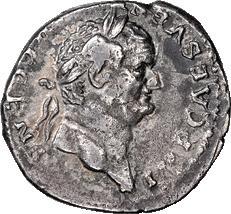
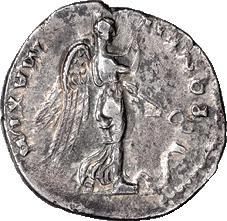

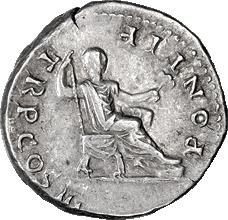
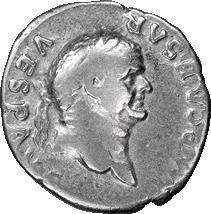
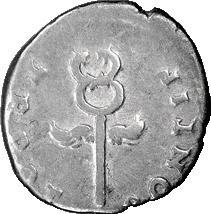


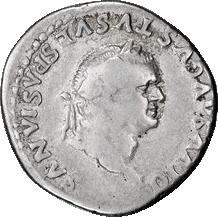
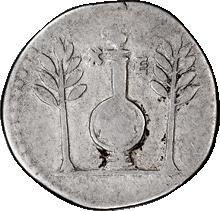

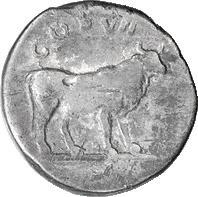
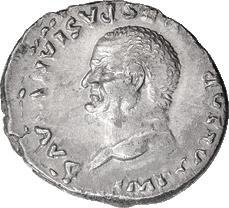
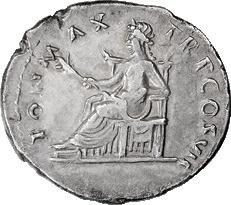


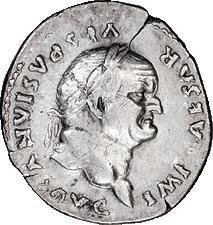
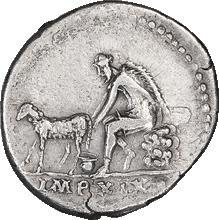
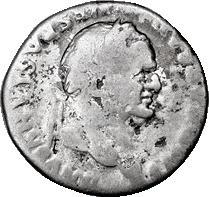
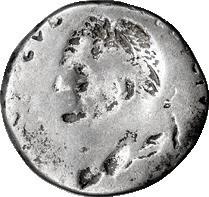
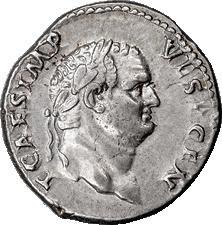
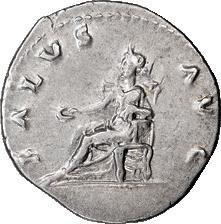

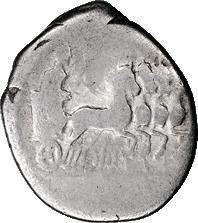
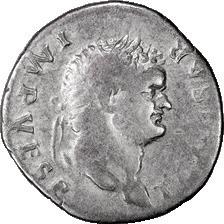
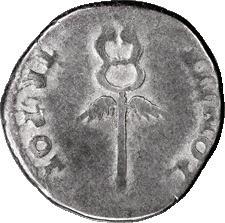



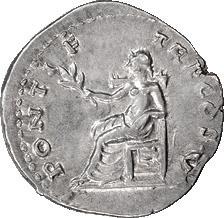



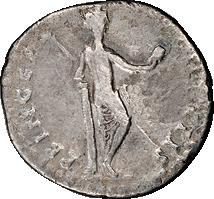
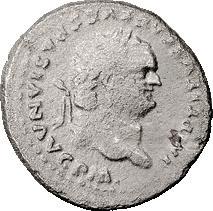

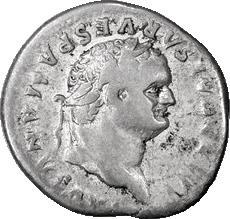
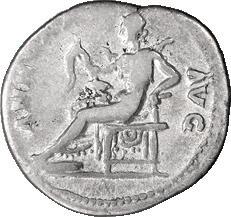



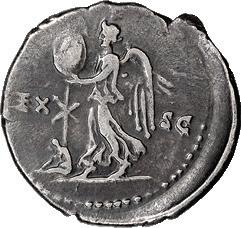
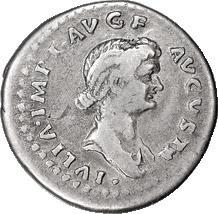
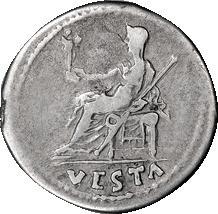

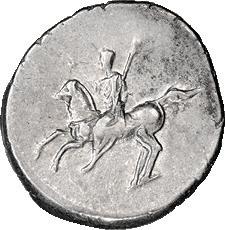
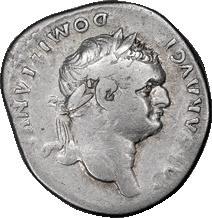

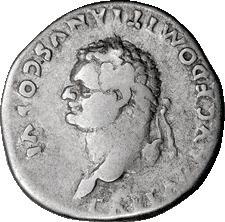


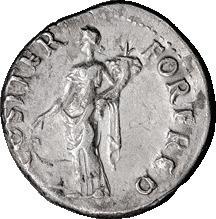

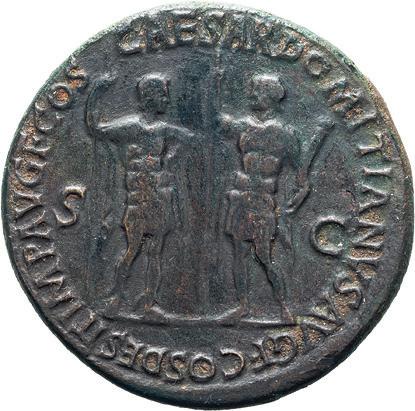

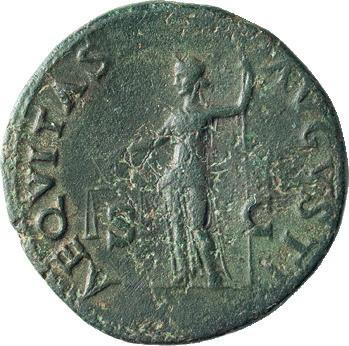


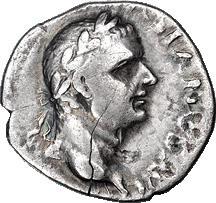
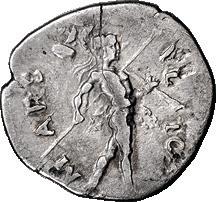
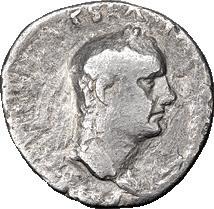


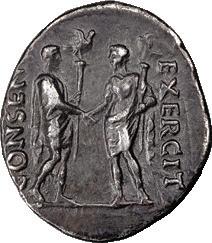
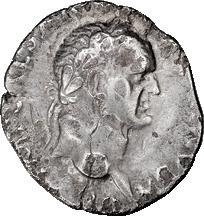

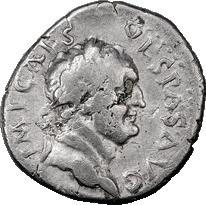


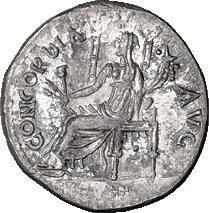
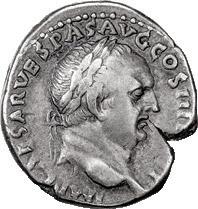
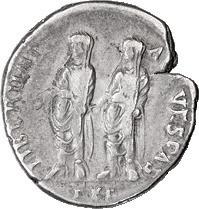


87 777 89 88 90 92 82 85 91 79 81 86 80 84 78 83 93 95 113 97 111 114 94 98 103 112 101 106 110 104 107 100 105 102 99 96 109 108
436. URBS ROMA; Antioch, 330-5 AD, Reduced Follis, 2.00g. RIC-91, officina Θ=9 (r1). Obv: VRBS - ROMA Helmeted bust of Roma l. Rx: Wolf standing l., head r., suckling twins; two stars above, SMANΘ in exergue. EF 200 ROMAN PROVINCIAL
437. SEVERUS ALEXANDER; 222-235 AD, Antiochia ad Orontem, Seleucis and Pieria, AE 31-32, 15.84g. McAlee-Group 2. Obv: AVT KAI M AVP CEV AΛEΞ. .Bust laureate, draped, cuirassed r., seen from front. Rx: ANTIOXEΩN MHT KO City goddess seated l. on rocks, river god swimming l. below between letters S and C; to l., Fortuna standing l., head r., holding rudder and cornucopia; to r. emperor in military dress and with parazonium at his waist, standing l., head r., crowning city goddess with wreath; in field to l. and r. of the goddess’ head, letters Δ - E. Richard McAlee suggests that the military figure on reverse might represent the emperor crowning Antioch on his way to or from his war against the Sassanians. Fine 250
438. PHILIP I; 244-249 AD, Antiochia ad Orontem, Seleucis and Pieria, AE 27-28, 16.76g. McAlee-977. Obv: AVTO K M IOVΛI ΦIΛIΠΠOC CEB around, Bust laureate, draped, cuirassed r. Rx: ANTIOXEΩN - MHTPO KOΛΩN Towered, draped and veiled bust of Tyche r., ram running above, star below, Δ - E and S - C across field.
VF 150
439. TRAJAN DECIUS; 249-251 AD, Rome, Sestertius, 15.56g. Cf. RIC-124a and C-87.
Obv: IMP C M Q TRAIANVS DECIVS AVG Bust laureate, cuirassed r. Rx: P - ANNONIA - E around, S - C across lower field, The two Pannonias standing side by side, both exceptionally looking l., both veiled and raising their r. forearms; the one on the r. holds a standard in her l. arm, while a second standard is seen behind the raised r. arm of the figure on the l. A possibly unpublished variety with both Pannonias looking left on a sestertius, though this variety is recorded on a few rare antoniniani, RIC-23.
EF 400
440. ANTONINUS PIUS; 138-161 AD, Alexandria, Egypt, Year 21 = 157/8 AD, Drachm, 22.87g. Emmett-1593.21, Dattari/Savio-pl. 136-8580. Obv: Laureate head of Antoninus Pius r. Rx: Isis Sothis seated facing, head r., on dog leaping r. but looking back at the goddess; in exergue, date LKA. Better than the Dattari coin that sold for $8000 in Triton XXI, 9 January 2018, lot 8580 Better than the Dattari coin that sold for $8000 in Triton XXI, 9 January 2018, lot 8580. aEF 3850
441. SEPTIMIUS SEVERUS; 193-211 AD, Neocaesarea, Pontus, Year 146 = 209/10 AD, AE 30-31, 12.70g. Cf. Rec. Gén.-12. Obv: [A K]AI Λ CEΠ - CEOYHPOC Laureate, draped, cuirassed bust r. Rx: [K]OIN ΠON - NEO - KAI - MHTPO around, ET PMB in exergue, Temple of four columns, double doors between the two central columns, walls of stone blocks between the two columns on the l. and the two on the r. aEF 385
Unpublished Unique Drachm
442. JULIA MAMAEA; Alexandria, Egypt, Dated RY 10 of Severus Alexander (AD 230/1), Drachm, RPC-10492 var (temporary), Dattari-4550 var. Obv: Draped bust r., wearing stephane. Rx: Nilus, holding corn ears and cornucopia, seated l. on hippo with open mouth grazing l.; palm branch behind. While the type of Nilus riding a hippo is known, this variation, which shows a grazing hippo is unrecorded, and likely unique. Moderately porous surface, otherwise very fine. VF 2250
BYZANTINE COPPER
Fewer than 5 Recorded
443. JUSTIN I AND JUSTINIAN I; 4 April-1 August 527 AD. Antioch, Decanummium, 3.83g. Berk-121, MIB-12, Sear-132. Obv: D N D N IVSTINVS [E]T IVSTIN[IANVS PP AV] Diademed, draped and cuirassed busts of the two emperors facing, with cross above their heads. Rx: [B? CO]N - CORDI around large I surmounted by cross, and flanked by two further crosses; ANTX in exergue. Ex Freeman & Sear, Mail Bid Sale 6, 6 October 2000, lot 8; with printed auction ticket. Very rare; “Fewer than 5 recorded” according to Harlan Berk in 1986. The officina letter before CON, not struck up on our piece, is a B on the BM specimen described in the Dumbarton Oaks catalogue. That BM coin is also reported to show a Greek P for the correct Latin R in CONCORDI, whereas on our coin the correct R appears. Near complete legends, in higher grade than most coins of this issue. Some flat striking. VF 1400
444. JUSTINIAN I; 527-565 ΑΔ. Antioch, Follis, 16.82g. Berk-147, Sear-214, MIB-130. Obv: D N IVSTINI - [AN]VS PP AV[Ω] Justinian enthroned facing, holding long scepter and cross on globe. Rx: Large M between star and crescent, cross above, Γ below (officina 3), +THE[UP] in exergue. Some earthen encrustation on reverse. VF 125
4 Nummia
445. JUSTINIAN I 4 NUMMI; 527-565 AD. Thessalonica, c. 527-532 AD, 4 Nummi, 2.47g. Berk-182, MIB-175, Sear-194. Obv: D N IVSTINIANVS Bust diademed, draped, cuirassed r., seen from front. Rx: Large Δ between A and P. Small denominations like this are excessively rare and usually heavily worn. This coin is far better than normal. VF / EF 900
446. JUSTIN II AND SOPHIA; 565-578 ΑD. Constantinople, Year 10 = 574/5 AD, Follis, 14.02g. Berk-313, Sear-360, MIB-43. Obv: d N VSTI (sic, first I omitted) - NVS PP [AVG] Justin and Sophia seated facing on double throne, both nimbate, holding cross on globe and cruciform scepter respectively. Rx: Large M between A/N/ N/O and X; above, Chi-Rho; beneath, officina letter Δ=4; in exergue CON. aEF 125 Finest Known
447. JUSTIN II; 565-578 AD. Cyzicus, Year 6 = 570/I AD, Follis, 15.41g. Sear-372, Berk322. Obv: DN IVSTIN - VS PP A[VG] Justin, on l., and Sophia, on r., seated facing on double throne, both nimbate; he holds globus cruciger, she holds cruciform scepter; with cross between their heads. Rx: Large M between A/N/N/O and YI; above, cross; beneath, officina letter B; in exergue, KYZ. Although quite common, a specimen of this quality is totally unexpected, and quite a numismatic prize. MS 0
448. JUSTIN II; 565-578 AD. Cyzicus, Year 8 = 572/3 AD, Follis, 12.90g. Sear-372, Berk-322. Obv: DN IVSTIN - VS PP [AVG] Justin, on l., and Sophia, on r., seated facing on double throne, both nimbate; he holds cross on globe, she holds cruciform scepter; with cross between their heads. Rx: Large M between A/N/N/O and Y/III; above, cross; beneath, officina letter B=2; in exergue, KYZ. EF 140
449. MAURICE; 582-602 AD. Constantinople, Half Follis, 6.41g. Cf. Berk-404, Sear497, and MIB-69-71. Obv: D.N. [MAVR.] - TI[bER.PP.AV.] Helmeted, cuirassed bust facing, holding cross on globe and shield. Rx: Large K; above, cross; to l., A/N/N/O; to r. and below, indistinct numerals representing the regnal year and officina number. gEF 250
450. FOCAS; 602-610 AD. Antioch, Year 2 = 603/4 AD, Follis, 10.28g. Berk-496, MIB83, Sear-671, DO-87. Obv: D N FO[CA] - NE PE AV Phocas (on l.) and Leontia (on r.) standing facing; emperor holds cross on globe, and empress holds cruciform scepter; cross between their heads. Rx: Large M between A/N/N/o on l. and II on r.; cross above, THEUP in exergue. Face of Focas softly struck. Green patination. gEF 100 Revolt
451. REVOLT OF THE HERACLII; 608-610 AD. Alexandretta, Year 14=610 AD, Follis, 8.61g. Berk-535, MIB-16b, DO-17, Sear-723. Obv: dmN ERACLI[O CON]
SULII Frontal busts of Heraclius and his father the exarch, wearing crowns with pendilia and consular robes; above, cross. Rx: Large M between A/N/N/O and X/IIII;
above, cross; beneath, A; in exergue AΛ[EXANΔ]. Ex CNG E323, 26 March 2014, lot 481. Earthen encrustation over a dark olive patination. aEF 985
452. JUSTINIAN II; 685-695 AD. Constantinople, Year 2=686/7 AD, Half Follis, 4.54g. Berk-754, MIB-46, Sear-1261. Obv: No legend, bust facing, beardless, wearing crown and chlamys and holding cross on globe; in field to r., [cross]. Rx: Large K between [A/N/N/O] on l. and II on r.; above K, cross; beneath, unclear officina letter. aEF 150 Year II
Second
Recorded
453. TIBERIUS III; 698-705 AD. Constantinople, Year II = 699/700 AD, Half Follis, 2.80g. MIB-75, Sear-1368, Berk-797. Obv: Legend illegible, Bust facing, with short beard, wearing crown and cuirass, and holding spear diagonally across body and shield. Rx: Large K between A/N/N/O and numeral II representing the regnal year, with cross above; officina number below. We purchased this coin because of its quality. When it came to cataloguing, we found that only one Year II has ever been recorded; thus, an excellent coin which is extremely rare. Choice EF 900
454. CONSTANTINE VII AND ROMANUS I; 920-944 AD.Constantinople, c. 945-50 AD, Follis, 5.80g. Berk-930, Sear-1761. Obv: [+COnST’ bASIL]’Rom, Facing bust of Constantine VII, crowned and with short beard, holding akakia and cross on globe. Rx: +COnST’ / EN ΘEO bA / SILEVS R / OmEOn in four lines. VF 150
455. ANONYMOUS CLASS B, UNDER ROMANUS III; 1028-1034 AD, Follis, 7.92g. Berk-951, S-1823. Obv: EMMA NOVHL. Bust of Christ facing, bearded, wearing tunic and himation; a square in each limb of nimbus cross and pellet in each upper quarter; holding book of Gospels ornamented with five pellets. Rx: Cross, with pellet at each extremity, standing on three steps; in field, above transverse limb of cross, IS-XS; beneath limbs, bAS-ILE/bAS-ILE. aEF 400
456. ANONYMOUS; 1068-1071 AD, under Romanus IV, Follis, 6.88g. Berk-957, Sear1867. Obv: Facing bust of Christ, nimbate, holding scroll, his name IC - XC across field. Rx: Facing bust of Virgin Mary, veiled and nimbate, raising hands in prayer, MTP - ΘV across field (“Mother of God”). EF 275
457. ANDRONICUS II; 1282-1328 AD. Thessalonica, Trachy, 0.47g. Sear-2384. Obv: Winged patriarchal cross. Rx: Andronicus standing, holding akakia and labarum. VF 100
WORLD COINS
458. COLOMBIA, 2 PIECES, 1826-1827, PESO, UNC; Colombia, 2 Pieces, 18261827 Peso, UNC, (2)gold one peso coins, Bogota mint. Both are quite pretty and problem free. These were part of an old collection. 1000
459. COSTA RICA, 1900, 2 COLONES, AU/UNC; Costa Rica, 1900 2 Colones, AU/ UNC, Bust of Columbus to the right / national coat of arms. KM 139, Fr. 22. 1.6 g. A couple of obv scratches. 250
460. MEXICO, 1904, CN H, PESO, UNC; Mexico, 1904 Cn H, Peso, UNC, Culiacan Mint, KM410.2. Mintage: 3,614. Very good eye appeal. Some die breaks. 450
461. PERU, CHARLES III, 1759-1788, 1872, LM-MI, 8 ESCUDOS, AU/UNC; Peru, Charles III, 1759-1788, 1872 LM-MI, 8 Escudos, AU/UNC, Lima mint, KM82.1, Fr32. Lovely lustrous golden honey color. Old B. Max Mehl envelope. 3100
462. BRAZIL, 1814, B, 960 REIS, AU/UNC; Brazil, 1814 B, 960 Reis, AU/UNC, Juan IV. Bahia mint. KM. 307.1 struck on a coin minted from Carlos III. Very Beautiful. 200
463. CHILE, 1884, SO, PESO, VF/EF; Chile, 1884 So, Peso, VF/EF, Silver; Santiago Mint; KM# 142.1; N# 4323; pretty toning. 160
464. DENMARK, 1840, FF, SPECIEDALER, F/VF; Denmark, 1840 FF, Speciedaler, F/VF, Christian VIII, 1839–1848. Cleaned.
125
465. FRANCE, 1793, ECU DE 6 LIVRES, VF/EF; France, 1793 Ecu de 6 Livres, VF/ EF, Convention 1792-1795, A-Paris. Gadoury-58 Davenport-133. Nice old toning with a Lyman H. Low envelope. 450
466. FRANCE, CHARLES X, 1824-1830, 1830, A, 5 FRANCS, EF; France, Charles X, 1824-1830, 1830 A, 5 Francs, EF, Lovely toning and underlying luster. 250
467. FRANCE, NAPOLEON III, 1852-70, 1870, A, 5 FRANCS, NGC, MS62; France, Napoleon III, 1852-70, 1870 A, 5 Francs, NGC. MS62, Paris mint. Even frosty gray toning. Dav-96, Gad-739, KM-799.1. 300
468. FRANCE, 1914, C, 2 FRANCS, NGC, MS64; France, 1914 C, 2 Francs, NGC. MS64, Castelsarrasin mint. Marianne advancing left, sowing seeds from pouch; rising sun in background to right / Olive branch. VG-532 ; KM-845.2. Key date. Gorgeous toning and silky luster. When German forces threatened Paris at the outbreak of the First World War in 1914, French authorities set up a mint in Castelsarrasin in the south of the country, should the capital fall into enemy hands.
400
469. FRANCE, RECONSTRUCTION OF THE PARIS MINT, 1719, MEDAL, AU/ UNC; France, Reconstruction of the Paris Mint, 1719 Medal, AU/UNC, Bronze medal by J. Duvivier. Reconstruction of the Paris Mint. Half-length portrait of Nicolas de Launay, General Director of the Monnaie des Médailles in Paris, to the right / Pallas floating on clouds, genii at a coin press and other numismatic instruments below. 41 mm, 33.8 g Wurzbach Coll. 4889 Peterhänsel cf. 62.
125
470. FRANCE, ANDRE-HERCULE DE FLEURY, 1736, MEDAL, EF; France, Andre-Hercule de Fleury, 1736 Medal, EF, Cardinal Andre-Hercule de Fleury, 16531743. Copper, 55mm, 80.95 g On his 81st birthday. By J.A. Dassier. Bust facing slightly left / HIS PACEM REDDIDIT ARMIS, staff of Aesculapius set among symbols of art, industry, commerce, and war; in exergue, M DCCC XXXVI. Warm brown patina.
200
471. FRANCE, FRANCE/ITALY, 1816, MEDAL, UNC; France, France/Italy, 1816 Medal, UNC, Marie Caroline Ferdinande marriage to Charles Ferdinand, Duke of Berry. Copper 41mm. medal by Gayard and J.J. Barre. High relief bust of Marie Caroline/bouquet of flowers.
130
472. FRANCE, LA MARSEILLAISE, 1833, MEDAL, EF; France, La Marseillaise, 1833 Medal, EF, Claude Joseph Rouget de l’Isle, 1760-1836. Copper medal by Emile Rogat. High relief bust right/all six verses of La Marseillaise, around fasces and Liberty cap, 51mm. (Niggl 1727; A & E 264; Molinari 309. It was while serving as an officer in the Army of the Rhine that Rouget de l’Isle wrote La Marseillaise. Ironically, he was a Royalist and had narrowly escaped the guillotine, yet his anthem is forever associated with the Revolution and Republican ideals. This comes in an old Lyman Low envelope. Large cud and flaw on reverse.
100
473. FRANCE, PLAYWRIGHT AND COMPOSER ASSOCIATION, 1879, MEDAL, UNC; France, Playwright and Composer Association, 1879 Medal, UNC, Aurelian Scholl, 1833-1902; founding member. Silver medal by A. Dubois. Two muses joined together with Lyre and Theater Masks. 42mm. Edge Argent cornucopia.
150
474. FRANCE, NATIONAL CONSERVATORY OF MUSIC, CIRCA 1880, MEDAL, UNC; France, National Conservatory of Music, circa 1880 Medal, UNC, Large 69mm uniface bronze medal by Jules-Clement Chaplain. Euterpe reclining right on rocks, holding lyre and resting head upon hand; to right, Melpomene standing facing, head lowered left, holding mask and dagger. Edge marked Bronze with cornucopia. 225
475. GERMANY, AWARD MEDAL ARTS AND SCIENCE, CIRCA 1820, MEDAL, UNC; Germany, Award Medal Arts and Science, Circa 1820 Medal, UNC,
Nuremberg. Busts of Albrecht Durer and Martin Behaim facing each other/Allegorical Nuremberg seated amongst artists tools “these shall be your arts”. Beautiful proof like surfaces and high relief designs. Silver medal 44mm signed by Dallinger. Erlanger-1186. Renaissance Nuremberg artist and theorist Albrecht Dürer, and Martin Behaim, a German mariner and astronomer.
(KM 142.1). Seated female left / Scroll, owl perched on top. KM 224. Toned with much underlying luster. Old Lyman Low envelope. 350
225
477. GREAT BRITAIN, PLANTAGENET, ND, PENNY, EF; Great Britain, Plantagenet, ND Penny, EF, Henry III, 1216-1272. Silver, 18mm, 1.5 g. Long Cross coinage, S-1361A, MM Star (3), Cantebury mint; moneyer Gilbert. Struck 1248-1250. Narrow crowned bust facing/ Voided long cross, with central pellet; triple pellets in quarters. A very pleasing example with crisp star, nice looking portrait, clear legends and great patina.
200
478. GREAT BRITAIN, PLANTAGENET, ND, GROAT, VF; Great Britain, Plantagenet, ND Groat, VF, Edward III, 1327-1377, S-1568, Silver 26mm, 4.4g, Fourth coinage, Pre-treaty period, series E. London (Tower) mint. Struck 1354-1355. Crowned facing bust, with lis on breast; all within tressure of arches with trefoils at cusps / Long cross pattée; triple pellets in quarters. Possibly old cleaning. Handsome well centered portrait with much of the legends legible.
200
479. GREAT BRITAIN, TUDOR, ND, GROAT, VF; Great Britain, Tudor, ND Groat, VF, Henry VII, 1485-1509. S-2199A IIId. Mint mark (57) Anchor. Silver 2.8g, 26mm. Interesting overlaps and doubling on this coin. Anchor and crown are meshed together on the obverse but anchor is very clear on reverse. This coin has beautiful patina with hues or gold, blue and magentas. 250
480. GREAT BRITAIN, EDWARD VI, 1547-53, ND (1551), SHILLING, F/VF; Great Britain, Edward VI, 1547-53, ND (1551) Shilling, F/VF, Mintmark “y”, Southwark. Facing bust,rose left, XII right/shield rx. This coin has lots of weakness and wear in places yet the face, crown and bust is still visible and nice. Slight edge crack and 4 pounding marks. S-2482.0Silver 5.4g, 32.6mm. 225
481. GREAT BRITAIN, ELIZABETH I 1558-1603, 1570, SIXPENCE, F; Great Britain, Elizabeth I 1558-1603, 1570 Sixpence, F, Mintmark Castle (1569-71) S-2562. Ear shows. Quite worn. Silver 2.4g, 24.6mm. 100
482. GREAT BRITAIN, CHARLES I SHILLING, 1625-42, ND, SHILLING, F/VF; Great Britain, Charles I Shilling, 1625-42, ND Shilling, F/VF, Silver 5.9g, 29.7mm. Spink 2793, mintmark Triangle in Circle, 119b (1641-3). Very crudely struck, lots of doubling on both sides. 250
483. GREAT BRITAIN, GEORGE III, 1760-1820, 1807, PENNY, VF/EF; Great Britain, George III, 1760-1820, 1807 Penny, VF/EF, Draped and laureate bust/ Britannia seated left. S-3780. 175
484. GREAT BRITAIN, VICTORIA, 1837-1901, 1864, FLORIN, VF; Great Britain, Victoria, 1837-1901, 1864 Florin, VF, Crowned ‘Gothic’ head of Queen Victoria left, dress decorated with rose, thistle and shamrock; W.W. behind near edge; Victoria d: g: brit: reg: f: d: mdccclxiv Design by William Wyon. / Crowned, cruciform shields, rose in center, floral emblems in angles; ‘One florin’ above; ‘one tenth of a pound’ below. Design by William Dyce. Die number 39. Cleaned. 100
485. GREAT BRITAIN, EDWARD VII, 1901-10, 1908, FLORIN, VF; Great Britain, Edward VII, 1901-10, 1908 Florin, VF, Bare head of King Edward VII facing right; De S. below; EDWARDVS VII DEI GRA: BRITT: OMN: REX FID: DEF: IND: IMP:. Design by George William de Saulles. / Britannia standing on prow of ancient ship wearing helmet; holding trident and resting left hand on shield with Union Jack; date in prow below; ONE FLORIN TWO SHILLINGS. Cleaned. 100 486. GREAT BRITAIN, WILLIAM WAKE, 1725, MEDAL, EF; Great Britain, William Wake, 1725 Medal, EF, William Wake, Archbishop of Canterbury Medal, 1725. Copper. 42.3mm. By Jean Dassier. Robed bust right, rev. 14-line Latin legend and Roman numeral date below. Eimer 500, MI ii 462/73. Dassier’s dedicatory medal for his series of Protestant reformer. 75
487. GREAT BRITAIN, JOHN MILTON, ND, MEDAL, AU/UNC; Great Britain, John Milton, ND Medal, AU/UNC, Copper medal (about 1740) Suite medals from the Queen on famous English personages by Dassier, on the Poems and State Philosopher John Milton. IOANNES MILTON, Bust 3/4 to right/DIRA DULCE CANIT ALTER
HOMERUS, Adam and Eve under the Apfelbaum, for they themselves the snake winds, in the hinterland chase the wolf the shepherd, out of the hinterland even the furies here. 43 mm. 36.37 g. Brettauer: 4665 Eimer: 254. Rim nick. 100
488. GREAT BRITAIN, ANGLO PRUSSIAN VICTORY AT MINDEN, 1759(1763), MEDAL, UNC; Great Britain, Anglo Prussian Victory at Minden, 1759(1763) Medal, UNC, George II. Commissioned by the society promoting arts and commerce. Precursor to the royal society of the arts. This medal is part of a series of medals made to commemorate the 7 years war. Victory seated. Bronze medal 40mm, by T. Pinto. Beautiful lustrous surfaces. 325
489. GREAT BRITAIN, SWEDEN ASSASSINATION GUSTAVUS III, 1792, MEDAL, UNC; Great Britain, Sweden Assassination Gustavus III, 1792 Medal, UNC, Bronze medal on the assassination of Gustavus III, Memorial issue. Soho (Birmingham) mint. Dies by C. H. Küchler. Struck by Matthew Boulton. Dated 1793 (in Roman numerals). Armored and draped bust right/Cherub standing on cannon and leaning on ornate memorial surmounted by crowned urn and decorated with assassination scene. below; additional arms behind; to right, Fortune standing, leaning on column and holding wreath to radiate circle of stars above; to right, caduceus and cornucopia on ground. 56mm. Beautiful glossy surfaces and interesting die breaks. Includes original clam shell case. Rare. 550
490. GREAT BRITAIN, HORTICULTURAL SOCIETY, 1816, MEDAL, AU/UNC; Great Britain, Horticultural Society, 1816 Medal, AU/UNC, England, Sir Joseph Banks, 1816, a copper medal by W. Wyon for the Horticultural Society of London, bust right, rev. garlands around open book, 41mm (BHM 911; E 1088). A very elegant design. Rare. 325
491. GREAT BRITAIN, VICTORIA WITH PRINCE ALBERT, 1851, MEDAL, EF; Great Britain, Victoria with Prince Albert, 1851 Medal, EF, HANOVER, 1837-1901. White medal, 51mm, 39.7g. The Great Exhibition. By Allen & Moore. Dated 1851. QUEEN VICTORIA & PR ALBERT, jugate busts of Albert and Victoria left, within ornate wreathed frame / THE INTERNATIONAL INDUSTRIAL EXHIBITION, view of the Crystal Palace, LONDON 1851 above, architectural information below. Eimer 1462; BHM 2419. Some marks. Old Lyman & Low envelope. 250
492. BR. INDIA, 1877, B, RUPEE, NGC, MS61; Br. India, 1877 B, Rupee, NGC. MS61, Victoria. Pretty toning and nice luster. 200
493. BR. INDIA, 1840, B&C, RUPEE, NGC, UNC, D; Br. India, 1840 B&C, Rupee, NGC. UNC, D, Victoria. Details: Obv Graffiti. Young head, pretty toning and nice luster. 150
494. GUATEMALA, CHARLES III, 1759-1788, 1769, 4 REALES, VF; Guatemala, Charles III, 1759-1788, 1769 4 Reales, VF, Crowned coat of arms/ Crowned western and eastern hemispheres; between crowned columns; all set on ground rising out of ocean wave. Cal-800. 13.3g. Very rare in this condition. Toned. Old Lynman Low envelope. 800
495. GUATEMALA, COUNTERMARK, 1882, PESO, EF/AU; Guatemala, Countermark, 1882 Peso, EF/AU, Counterstamped 1/4 Real on an 1882 So Chile peso
496. GUATEMALA, COUNTERMARK, 1894, PESO, EF/AU; Guatemala, Countermark, 1894 Peso, EF/AU, Counterstamped 1/4 Real on an 1894 Peru sol (KM 96). 1894 R D. Seated female left / Scroll, owl perched on top. KM 224. Toned with much underlying luster. Old Lyman Low envelope. 350 497. GUATEMALA, 1896, PESO, EF/AU; Guatemala, 1896 Peso, EF/AU, KM# 210. 75 498. HONDURAS, 1871, 50 CENTAVOS, EF; Honduras, 1871 50 Centavos, EF, Silver; Mintage: 40000 pcs. Toned. KM37. 135 499. ITALY, PAPAL STATES, 1555 (RESTRIKE), MEDAL, UNC; Italy, Papal States, 1555 (restrike) Medal, UNC, Marcellus II. 1555. later strike bronze Medal circa 17th-19th century, 30.77mm, 12.3g. After an original by Gianfederico Bonzagni. Bust left, wearing mantum/St. Peter kneeling right, receiving keys from Christ standing left. Nice satiny brown patina, small edge crack 1’oclock. 125 500. ITALY, PAPAL STATES, 1572 (RESTRIKE), MEDAL, AU/UNC; Italy, Papal States, 1572 (restrike) Medal, AU/UNC, Massacre of the Huguenots Bronze Medal. Gregory XIII. Modesti-683; Linc-697; Roma-14. Diameter: 31 mm. By Giovan Bonzagini. Bust of Pope left/Armed figure of Religion advancing on the defeated Huguenots. A later restrike, aprox 18th century struck copy. A papal medal celebrating Catholic victory in the St. Bartholomew’s Day massacre, a spate of violence against Parisian Huguenots that occurred during the summer of 1572. 150
501. MEXICO, PHILIP V, 1739, MO MF, 2 REALES, EF/AU; Mexico, Philip V, 1739 Mo MF, 2 Reales, EF/AU, Mexico City Mint. KM-84; Cal-821l. Pretty toned. 400
502. MEXICO, CARLOS IV, 1788-1808, 1804, TH, 8 REALES, EF; Mexico, Carlos IV, 1788-1808, 1804 TH, 8 Reales, EF, Pretty toning and underlying luster. 175
503. MEXICO, WAR OF INDEPENDENCE, 1819, MOJJ, 8 REALES, AU; Mexico, War of Independence, 1819 MoJJ, 8 Reales, AU, Ferdinand VII. KM-111; FC-116; Yonaka-M8-119; Cal-1334. Pretty toning and luster. 180
504. MEXICO, WAR OF INDEPENDENCE, 1821, GA-FS, 8 REALES, NGC, AU50; Mexico, War of Independence, 1821 GA-FS, 8 Reales, NGC. AU50, Guadalajara Mint. Ferdinand VII. KM-111.3; Cal-1211. An attractive offering from this scarcer Revolutionary mint. Robust luster and extremely pretty toning. 400
505. MEXICO, WAR OF INDEPENDENCE, 1821, ZS RG, 8 REALES, AU/UNC; Mexico, War of Independence, 1821 Zs RG, 8 Reales, AU/UNC, Ferdinand VII. Zacatecas Mint. KM-111.5; Cal-1465. A really crisp strike and underlying luster. 350
506. MEXICO, 1896, MO-AB, 8 REALES, NGC, MS63; Mexico, 1896 MO-AB, 8 Reales, NGC. MS63, Mexico City. KM377.10. Beautiful gray and gold patina with full underlying luster that shimmers beneath the appealing toning. 350
507. MEXICO, “MUERA HUERTA” TYPE, 1914, PESO, NGC, MS63; Mexico, “Muera Huerta” type, 1914 Peso, NGC. MS63, Durango. Cuencame. KM-622. Variety with dot-dash border on eagle side. “Muera Huerta” type. A choice offering for this famous and popular type. Slate gray toning. 4250
508. PERU, 1864, SOL, AU; Peru, 1864 Sol, AU, KM-196.2. Variety with Arabic “1” and no “DERTEANO. “B” clear on ribbon. Pretty magenta toning. 185
509. PHILIPPINES, COUNTERMARK, 1834, 8 REALES, VF; Philippines, Countermark, 1834 8 Reales, VF, Philippines Y.II countermark struck on 1834 Peru 8 Reales. Manila Mint. Isabel II. VF Countermark. KM-138.2; Basso-56; Gil-5-4-1-II. Issued by decree of 2 October 1832, commencing 5 October 1832 until 20 December 1834. 350
510. PHILIPPINES, COUNTERMARK, 1834, 8 REALES, VF; Philippines, Countermark, 1834 8 Reales, VF, Isabel II. Crowned Y.II. KM100, Basso-56. Host: Bolivia 8 Soles 1834 PTS-LM. cf. KM97. Old Lyman Low envelope. 400
511. PHILIPPINES, ALFONSO XIII, 1897, S.G.V, PESO, VF; Philippines, Alfonso XIII, 1897 S.G.V, Peso, VF, MANILA. Toned.
125
512. PORTUGAL, 1898, 1000 REIS, UNC; Portugal, 1898 1000 Reis, UNC, Lisbon Mint. Carlos I. KM-539; Gomes-14.01. Celebrating the 400th anniversary of the Portuguese discovery of India. Pretty toning and good luster. Old S.H. Chapman envelope. 150
513. RUSSIA, ALEXANDER I, 1801-1825, 1815, ???-??, ROUBLE, AU/UNC; Russia, Alexander I, 1801-1825, 1815 ???-??, Rouble, AU/UNC, St. Petersburg. Crowned double imperial eagle/Crown above inscription and value within wreath. Silver. Edge inscription. Bitkin 111. Pretty toning and underlying luster. Old M. Max Mehl envelope. 1000
514. RUSSIA, NIKOLAUS II, 1894-1917, 1903, CNB, 2 KOPEKS, NGC, MS66, BN; Russia, Nikolaus II, 1894-1917, 1903 CNB, 2 Kopeks, NGC. MS66, BN, St. Petersburg. Bitkin-233. Incredible eye-appeal. 300
515. RUSSIA, NIKOLAUS II, 1894-1917, 1910, CNB, 2 KOPEKS, NGC, MS65; Russia, Nikolaus II, 1894-1917, 1910 CNB, 2 Kopeks, NGC. MS65, St. Petersburg. Bitkin-233. Lovely. 150
516. RUSSIA, NIKOLAUS II, 1894-1917, 1910, CNB, 3 KOPEKS, NGC, MS66; Russia, Nikolaus II, 1894-1917, 1910 CNB, 3 Kopeks, NGC. MS66, St. Petersburg. Bitkin-223. Top Pop! Exceptional luster. 450
517. SPAIN, ALFONSO I, 1162-1196, ND, DINERO, VF; Spain, Alfonso I, 1162-1196, ND Dinero, VF, Barcelona. Silver 1.2g. Latin cross between two annulets / Cross. uneven strike. Crusafont 296; Boudeau 627; Roberts 4493. 65
518. SPAIN, SANCHO IV, 1284-1295, ND, DINERO, VF; Spain, Sancho IV, 12841295, ND Dinero, VF, Castile, silver, Burgos mint, issue of 1286. bust to left, SAN CII REX around/CASTELLE LEGIONIS around, castle, B and * above gate, Cayon 1127. 65
519. SPAIN, SANCHO IV, 1284-1295, ND, DINERO, EF; Spain, Sancho IV, 12841295, ND Dinero, EF, Cuenca. Crowned bust to left. CASTLE AND LEGIONIS. Castle with cross, top with bowl and star. 0.77 grs. FAB-298. 90
520. SPAIN, JAIME II, 1291-1327, ND, DINERO, VF; Spain, Jaime II, 1291-1327, ND Dinero, VF, Aragon. Silver, 0.9 g. Crowned bust left / Patriarchal cross. 60
521. SPAIN, PHILIP IV, 1521-65, ND, 2 REALES, VF; Spain, Philip IV, 1521-65, ND 2 Reales, VF, Cob. Silver 6.9g. Not sure of date or mint mark. 200
522. SPAIN, PHILIP III, 1598-1621, ND, 2 REALES, VF; Spain, Philip III, 15981621, ND 2 Reales, VF, Cob. Toledo Mint. Nice shield with visible mintmark and “C” assayer. Silver, 6.80g. KM-17.7, Cal-type 136.. 200
523. SPAIN, PHILIP III, 1598-1621, ND, 2 REALES, F/VF; Spain, Philip III, 15981621, ND 2 Reales, F/VF, Cob. Silver 6.9g. Not sure of date or mint mark. 150
524. SPAIN, PHILIP IV, 1621-1665, 1624, DIVUITE, VF/EF; Spain, Philip IV, 16211665, 1624 Divuite, VF/EF, Valencia. Nice detailed portrait and clear date. 2.3g. 50
525. SPAIN, PROVISIONAL GOVERNMENT, 1870 (70), SN-M, PESETA, EF; Spain, Provisional Government, 1870 (70) SN-M, Peseta, EF, KM# 655. Old Loman H. Low Envelope. 150
526. SPAIN, AMADEAO I, 1871 (75), DE-M, PESETA, AU/UNC; Spain, Amadeao I, 1871 (75) DE-M, Peseta, AU/UNC, 1871 (75). Lovely toning. KM# 666. 350
527. SWEDEN, 1856, 1 RIKSDALER, VF; Sweden, 1856 1 Riksdaler, VF, Oskar I, 1844-1859. Silver 34.0g. Dav-355. Old cleaning. 165
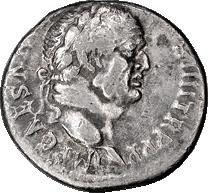

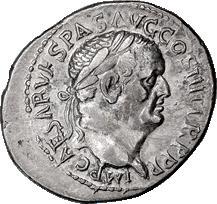

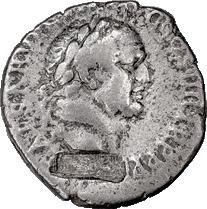


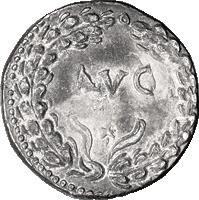
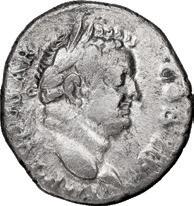



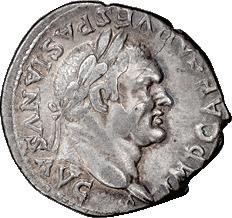
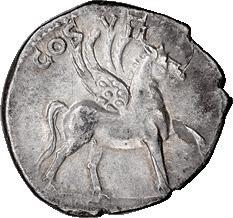

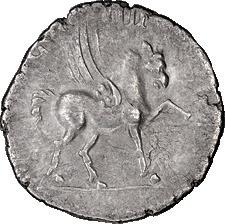
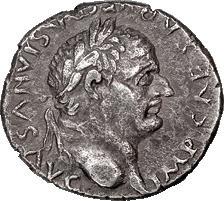
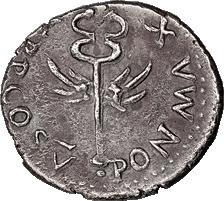

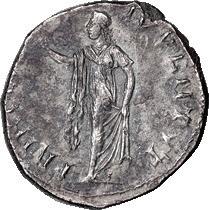

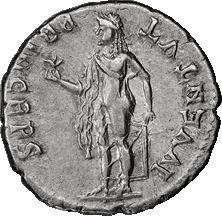
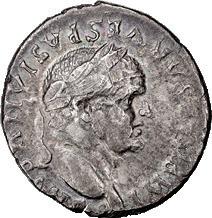

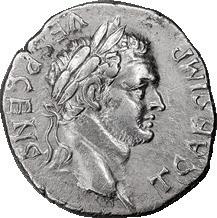
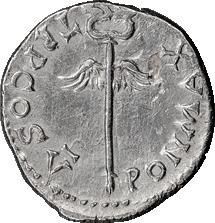

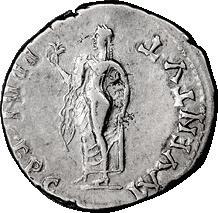



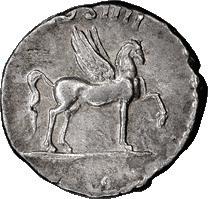

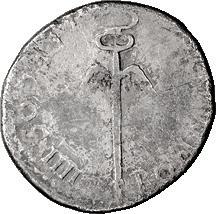
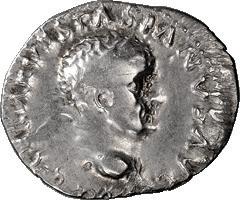




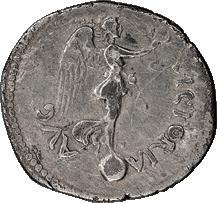
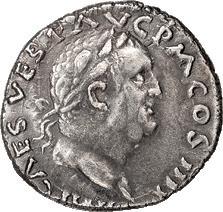





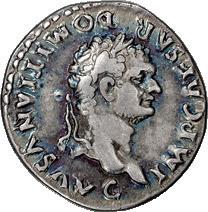

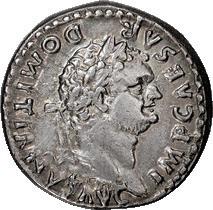
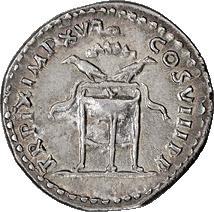
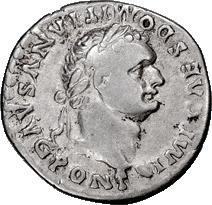


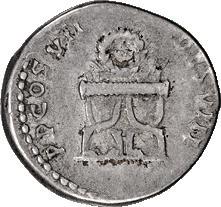
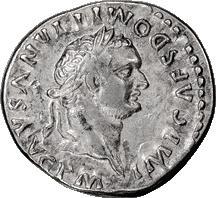

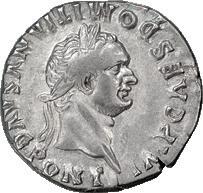


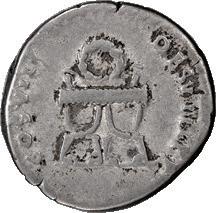
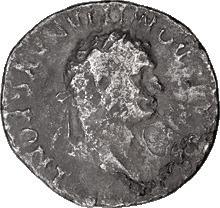
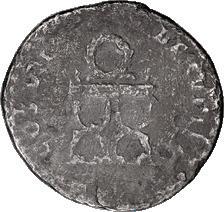

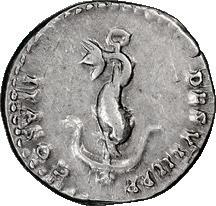


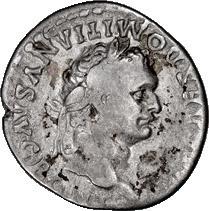



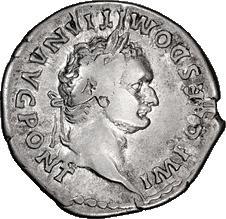
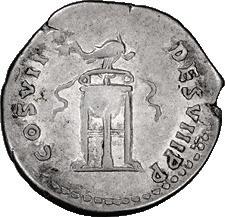

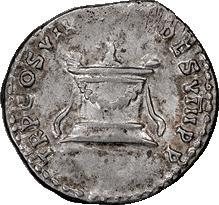

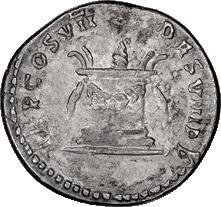





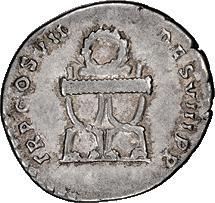
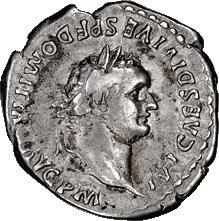




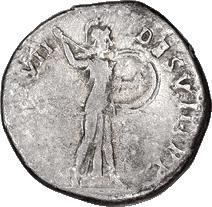
154 149 119 145 142 153 146 147 148 140 120 132 124 125 155 150 141 117 158 156 118 133 152 157 138 137 127 128 151 139 134 135 116 115 144 129 131 136 122 123 121 126 143 130
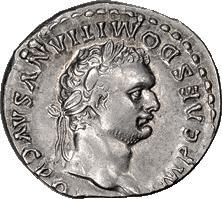


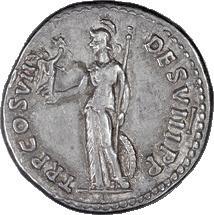
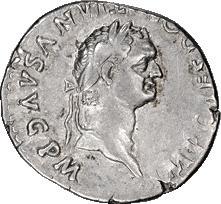

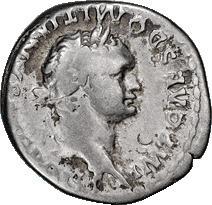



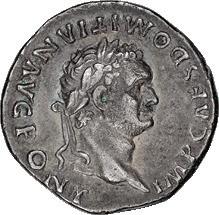

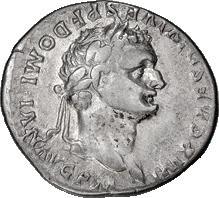
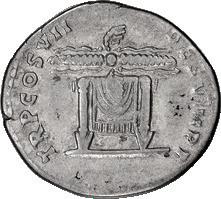

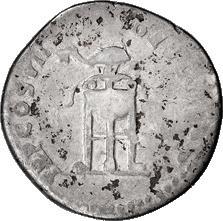
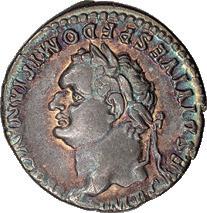




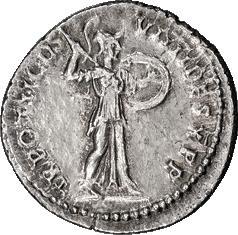
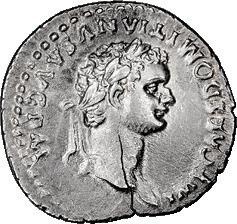


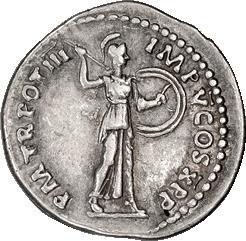
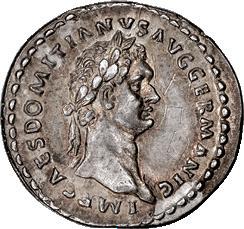

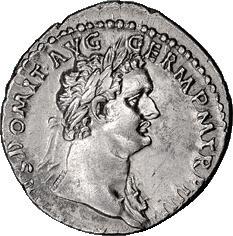
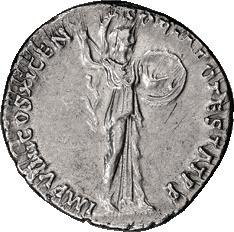

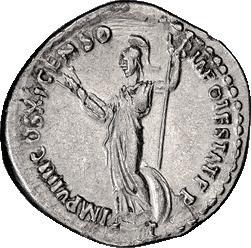


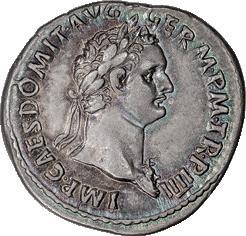

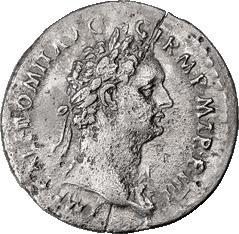
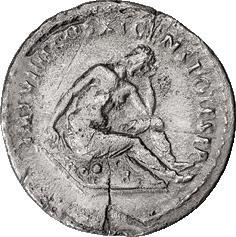



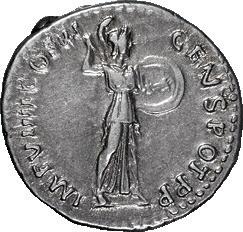

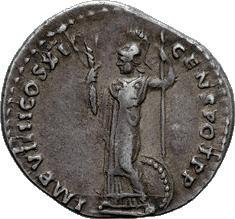

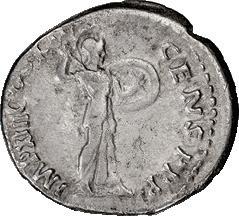




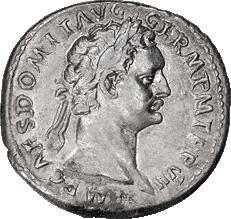

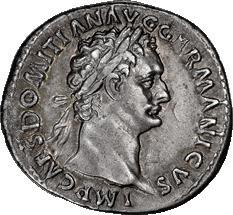

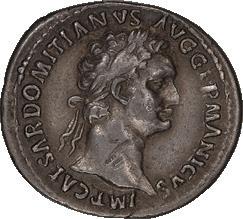

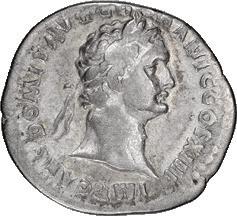


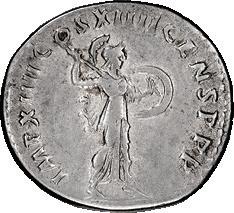
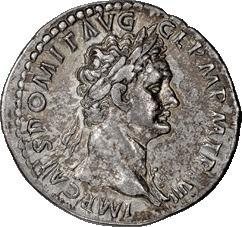
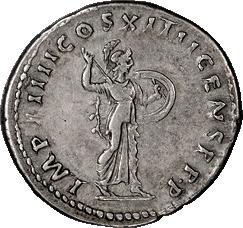


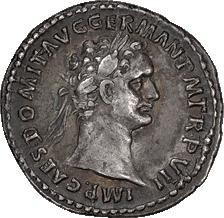
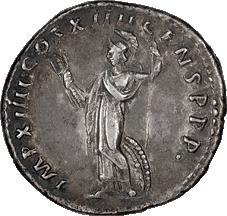

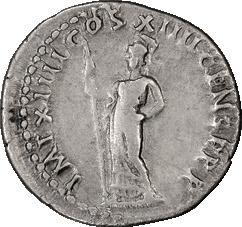
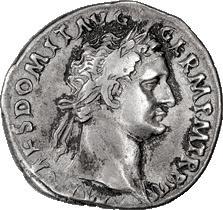


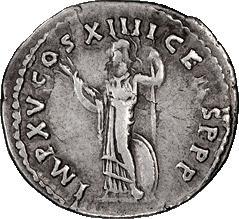
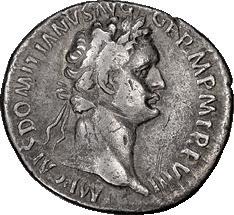
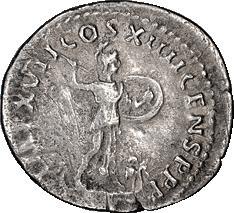
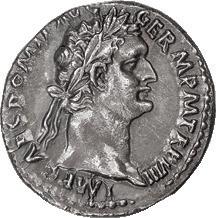


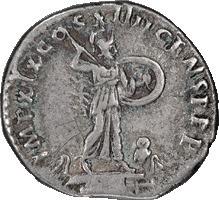

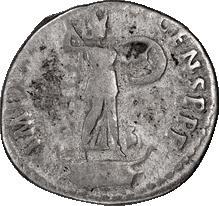



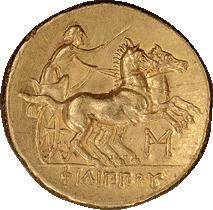

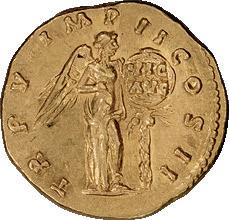
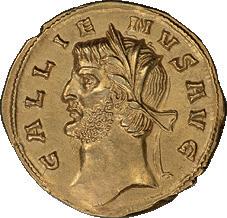

183 201 173 194 192 190 195 191 163 167 187 177 193 185 188 184 204 159 197 205 171 199 196 174 181 175 160 162 164 172 198 182 189 166 186 169 161 180 179 170 168 165 178 176







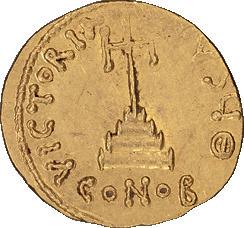

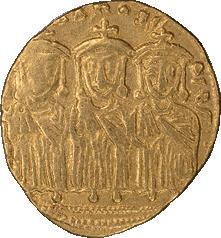

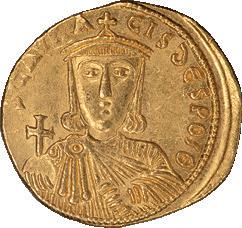
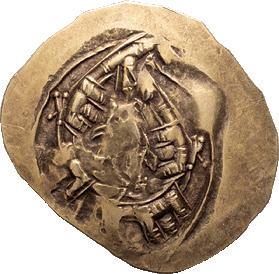
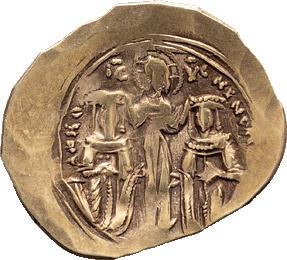


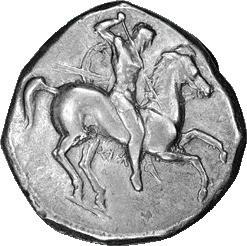
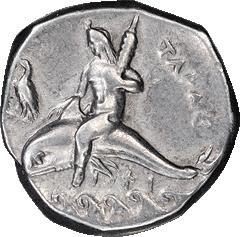
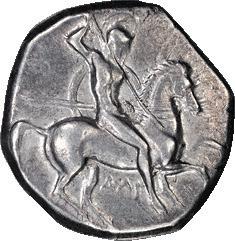
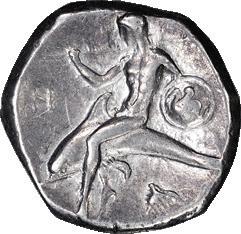





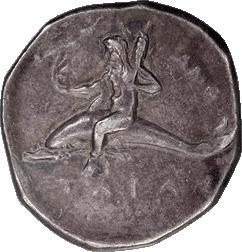

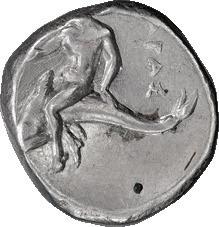
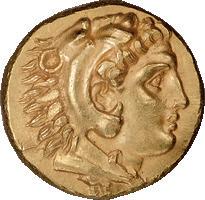



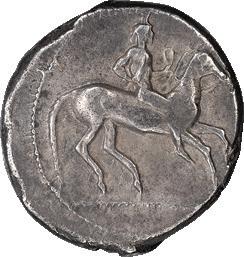

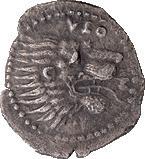


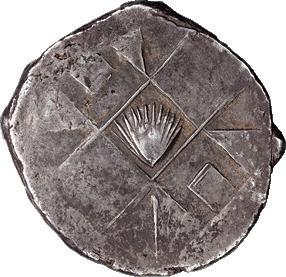


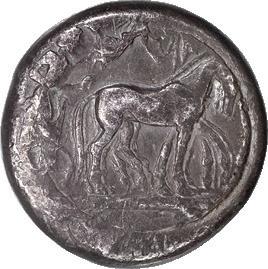

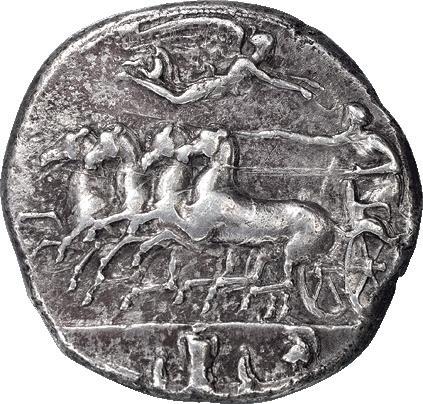
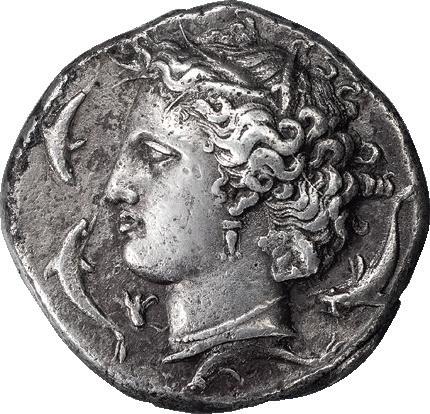

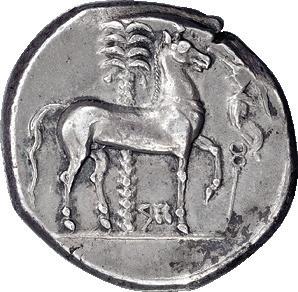
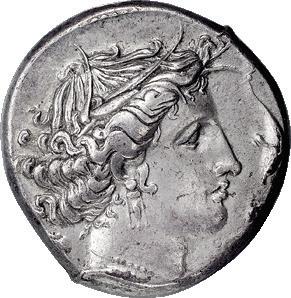
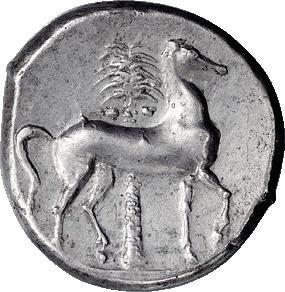
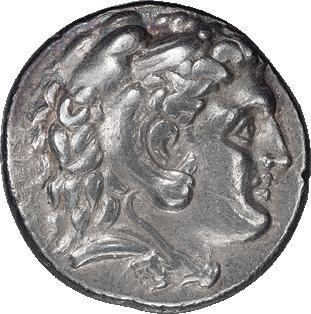

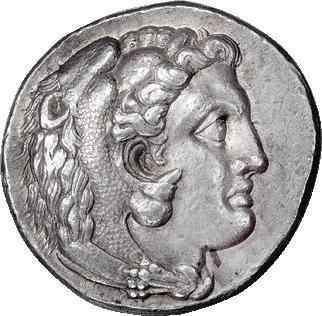

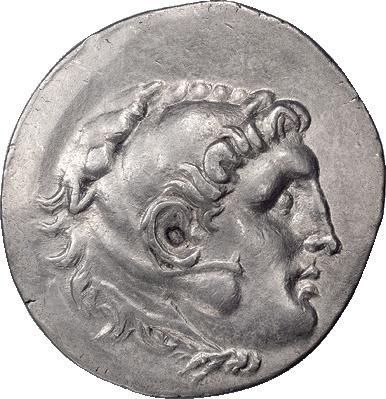
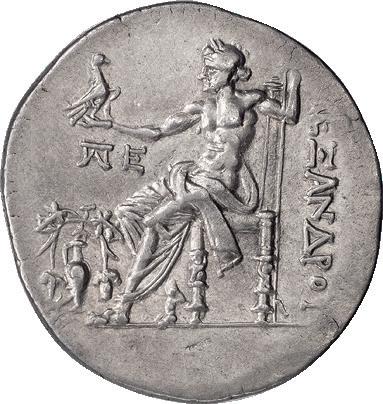
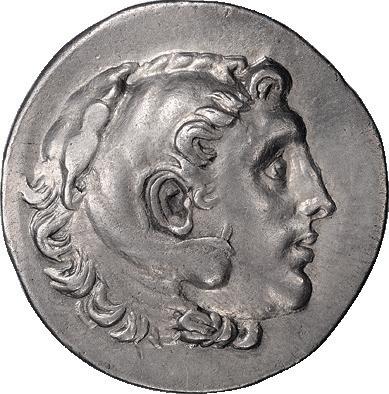
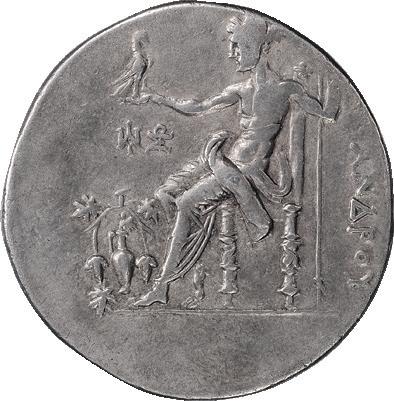
218 228 209 231 219 215 214 208 202 217 210 232 224 207 206 221 223 226 222 227 212 211 220 229 216 230 225
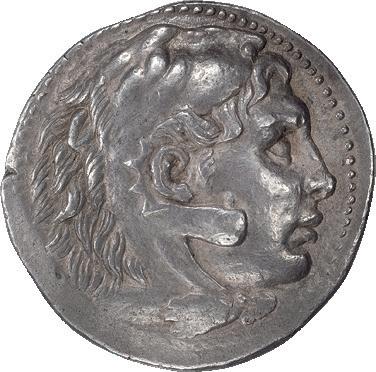
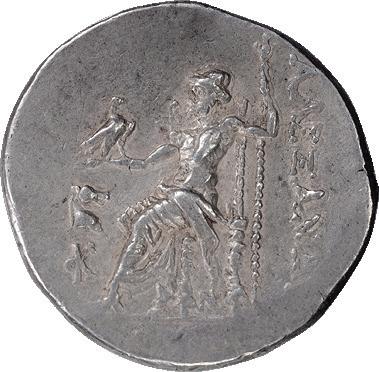

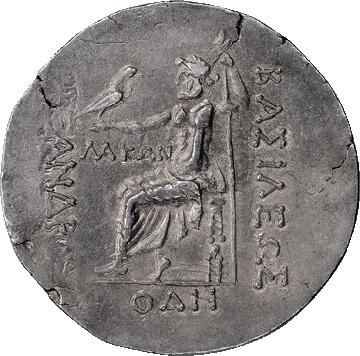
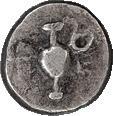
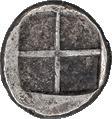
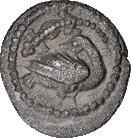
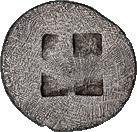


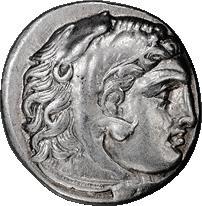
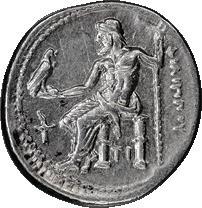
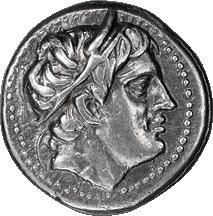
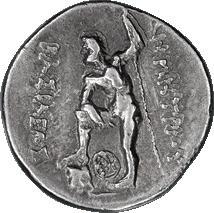

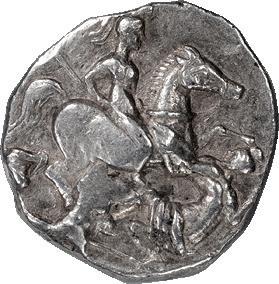
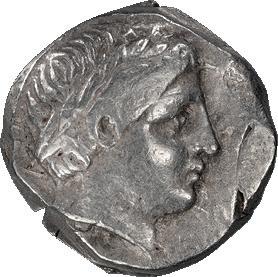
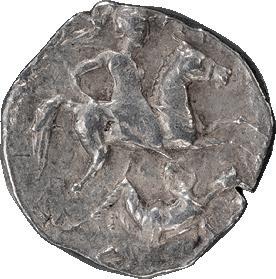
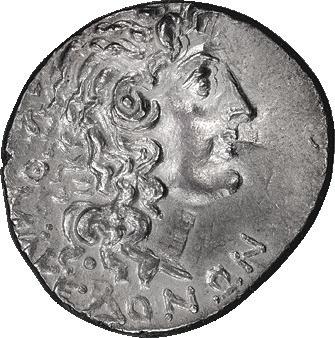
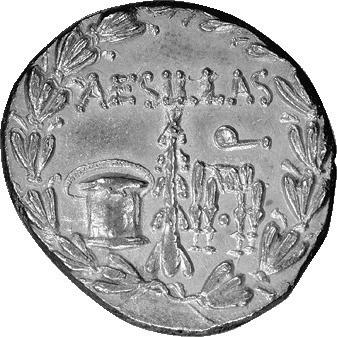




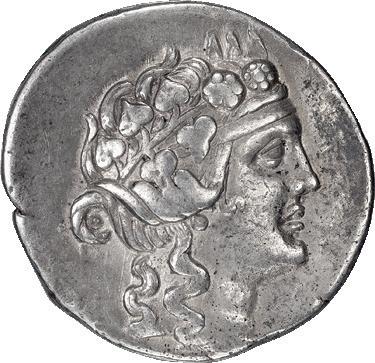



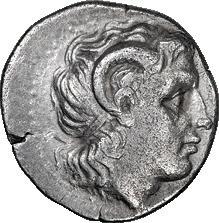
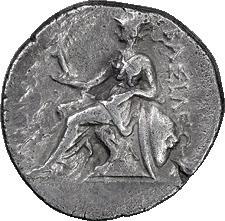


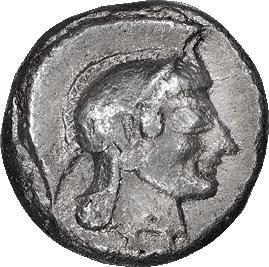
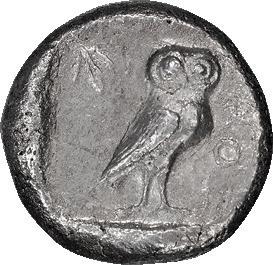


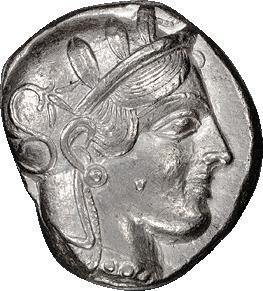


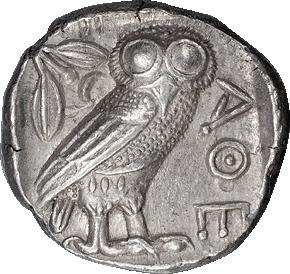




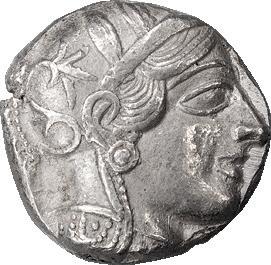



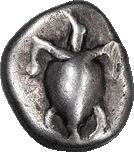

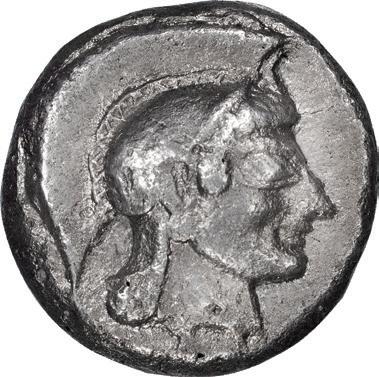
247 243 253 249 235 246 255 245 241 257 237 239 236 234 240 238 248 250 233 252 244 256 242 254 251

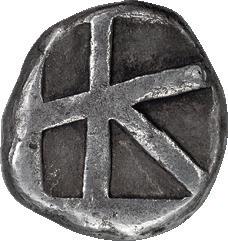
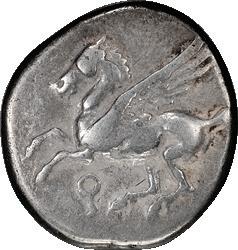



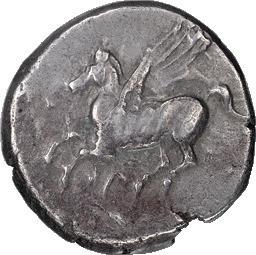

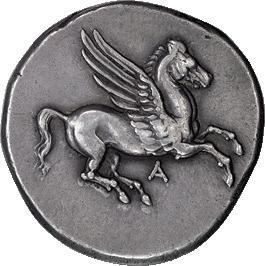
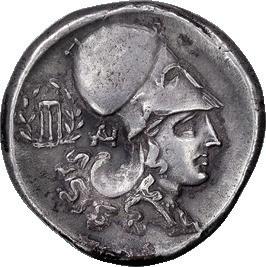



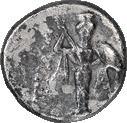


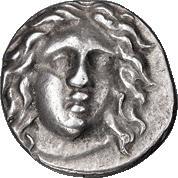

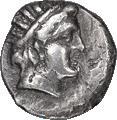


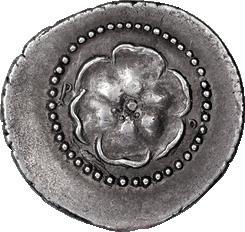

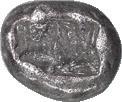




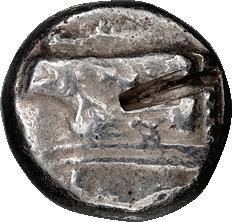
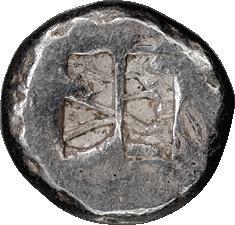



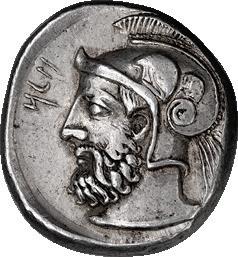

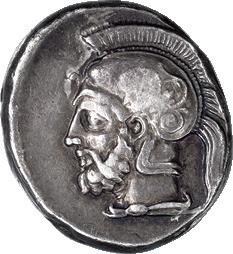
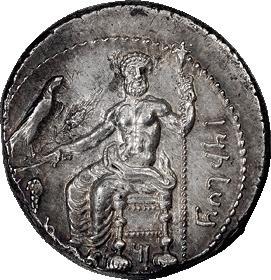
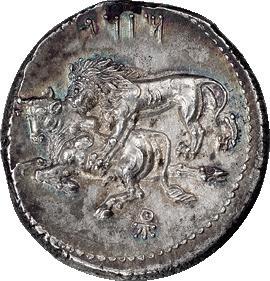
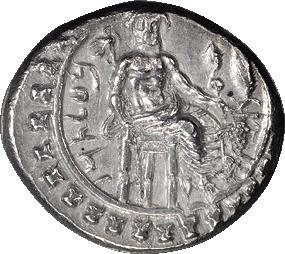
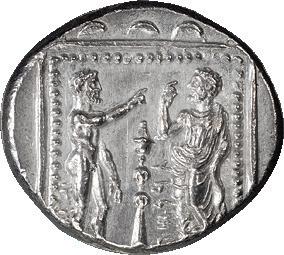
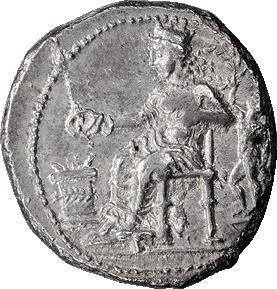
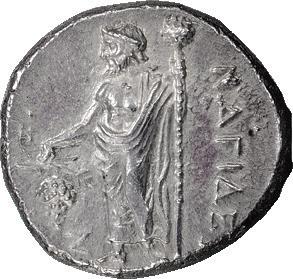
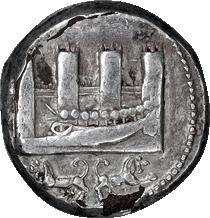
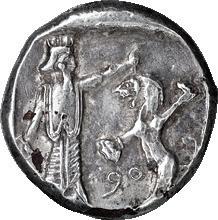


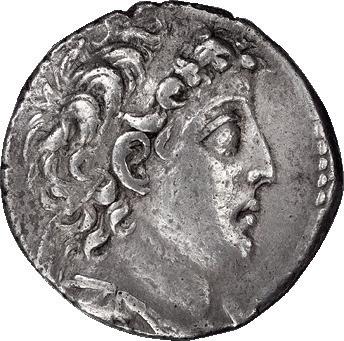

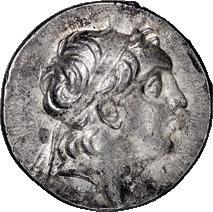

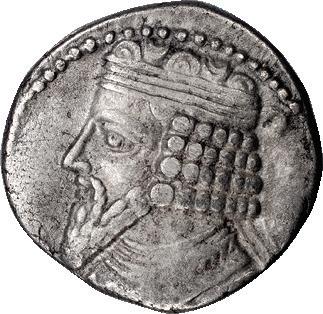

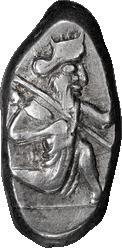
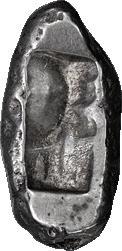
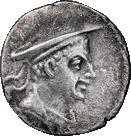
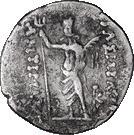



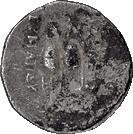
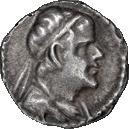
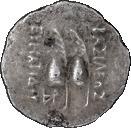
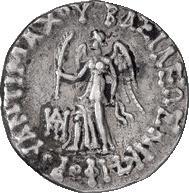

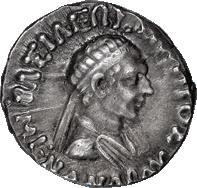
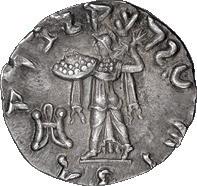
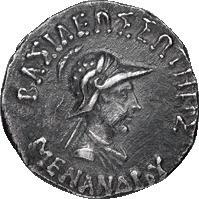

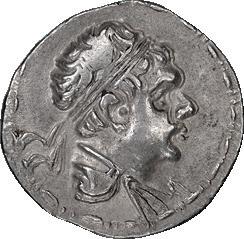

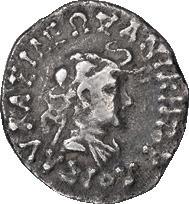
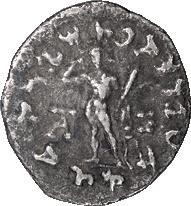

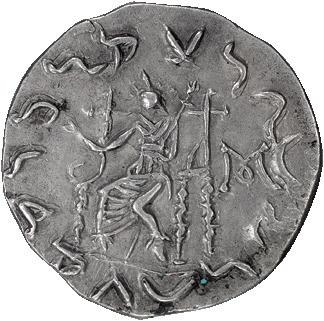

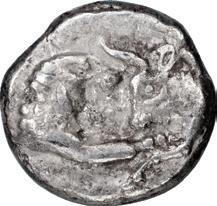
289 287 281 290 294 286 292 293 291 288 264 265 260 280 263 266 267 268 262 258 259 273 279 284 277 261 275 282 271 274 285 276 272 269 270 283 278
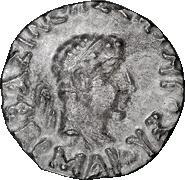
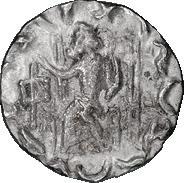
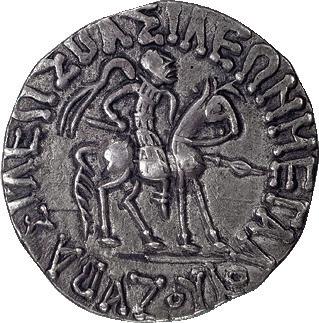
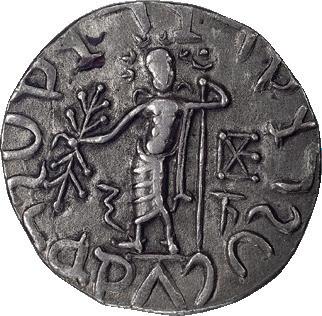
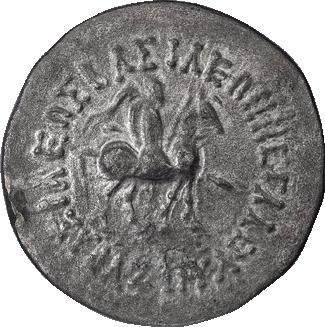
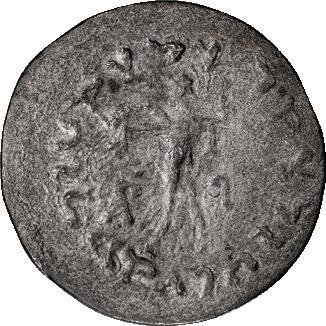
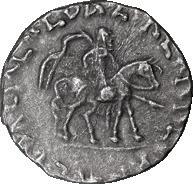

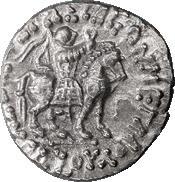



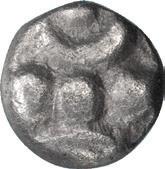

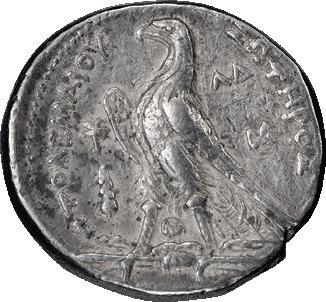
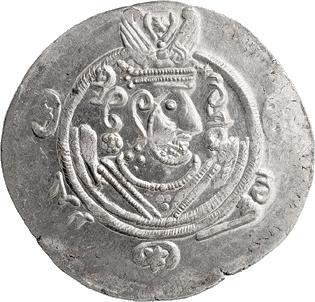
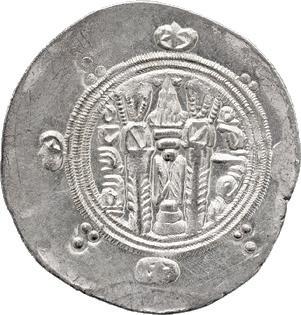

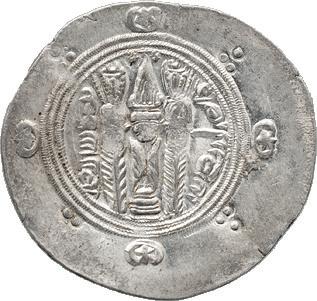

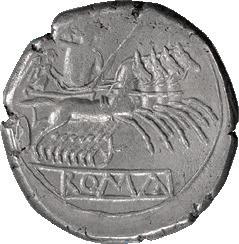
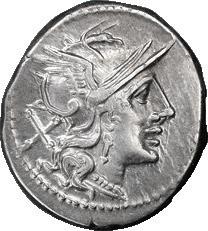
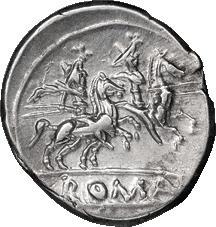
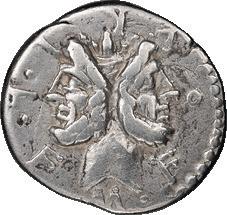
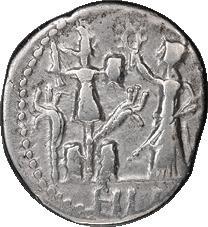

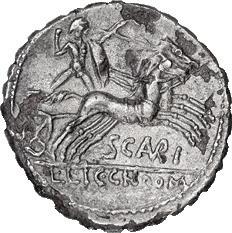


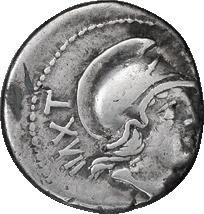
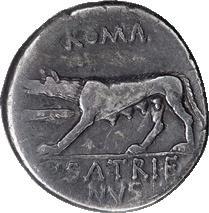
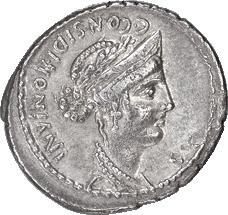
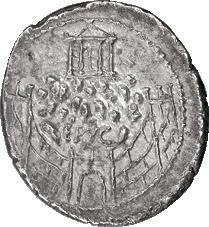

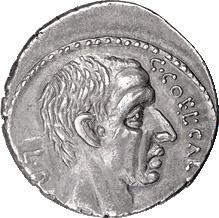

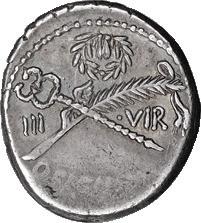


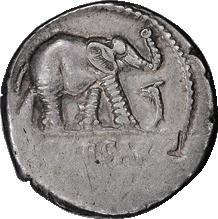
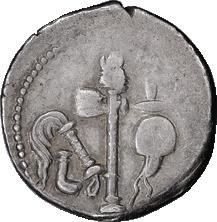
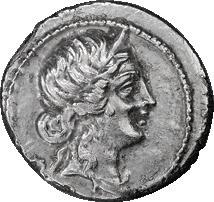
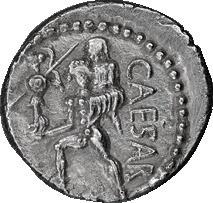


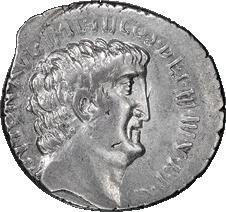
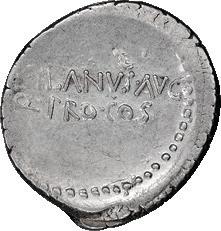
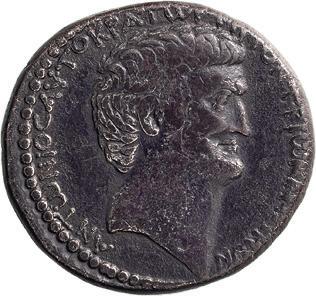

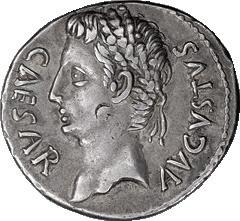
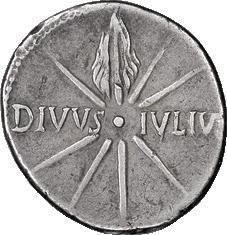
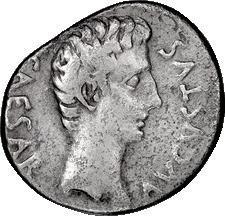
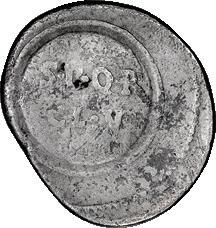


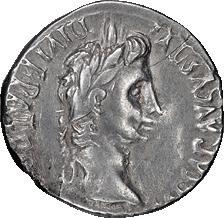
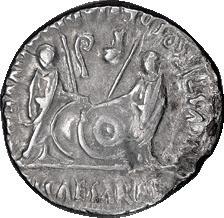
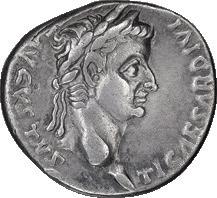

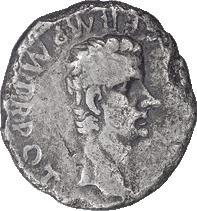
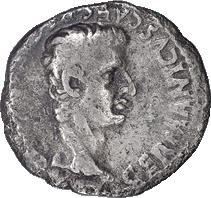


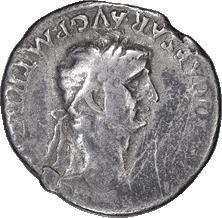
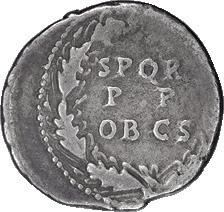
319 318 323 317 300 301 296 298 295 299 310 308 303 297 309 302 306 311 326 321 322 307 314 324 312 316 315 320 305 313 304 325
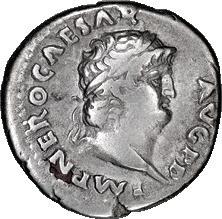
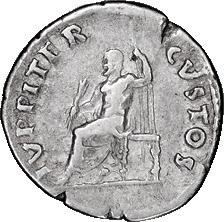

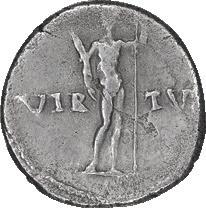

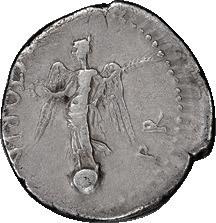
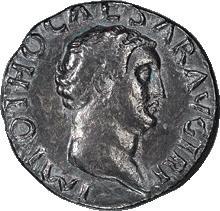

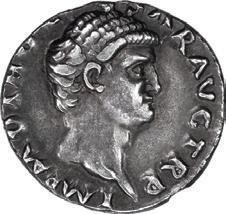
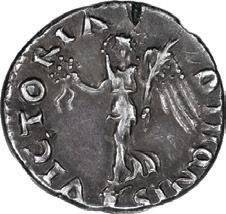
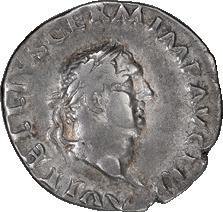

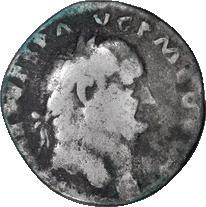
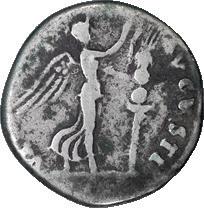
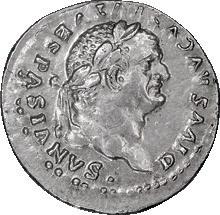


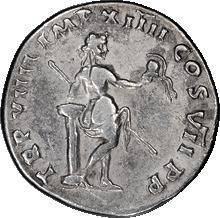
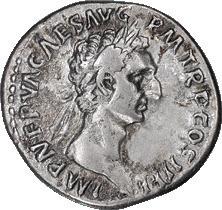

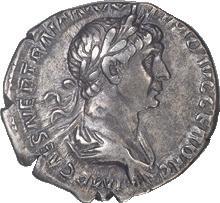
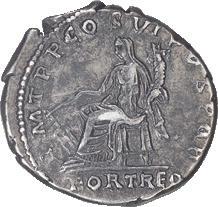

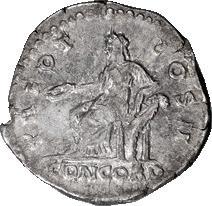

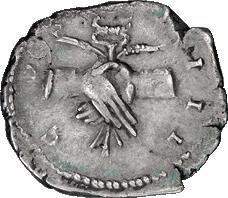



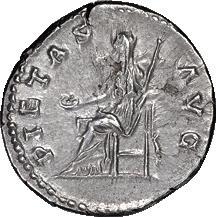

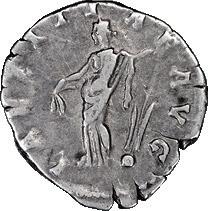

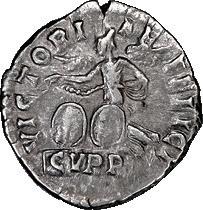



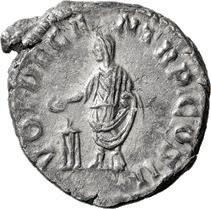
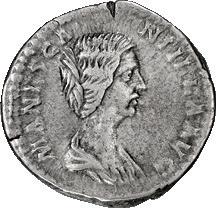

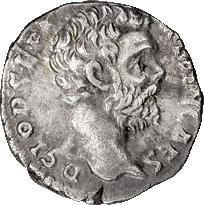

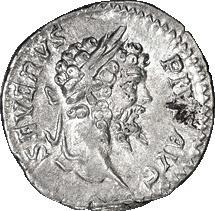
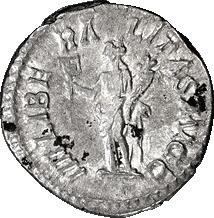



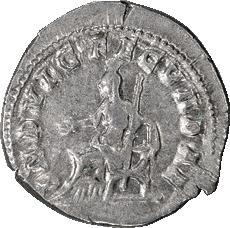
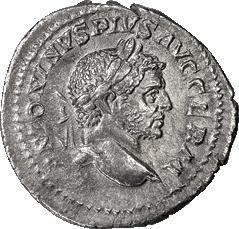
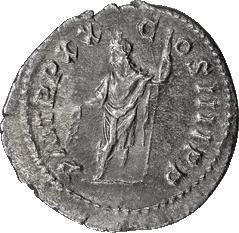


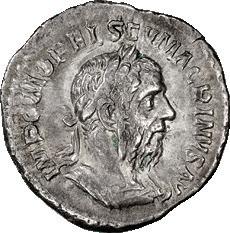
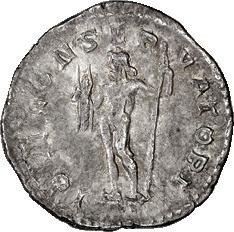
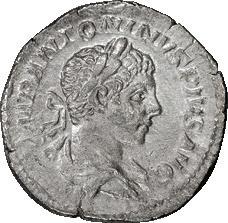
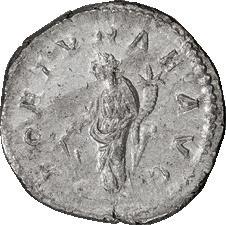
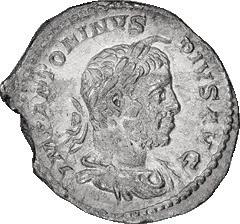
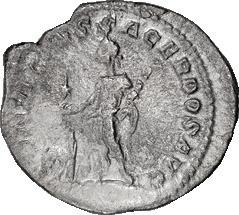


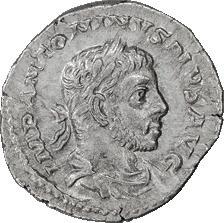

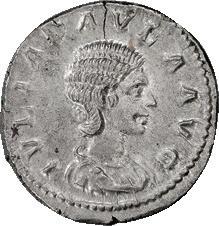



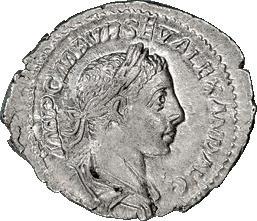
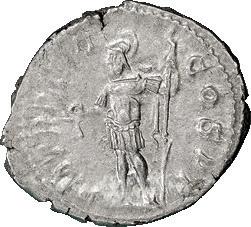
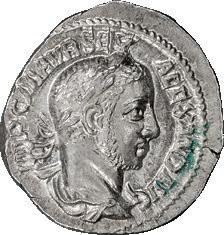

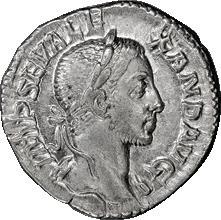
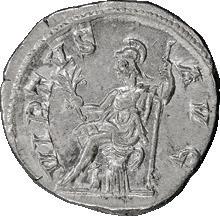
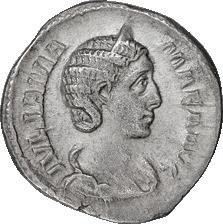
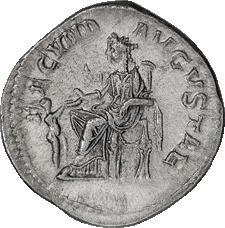
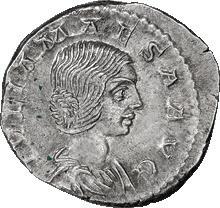
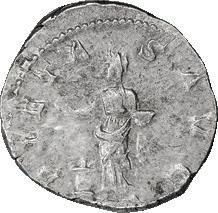


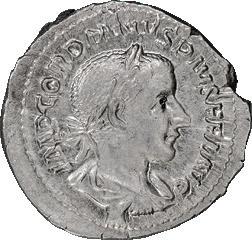

350 362 333 334 328 344 345 335 330 332 336 337 340 349 351 327 353 343 329 352 331 339 348 338 347 346 361 357 367 368 360 359 366 356 358 363 354 365 355 364
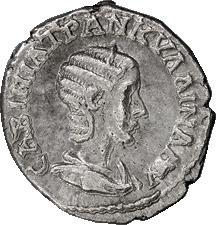


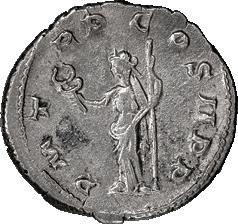



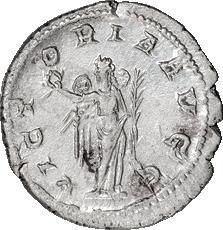
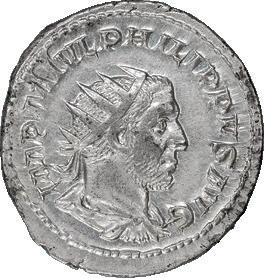

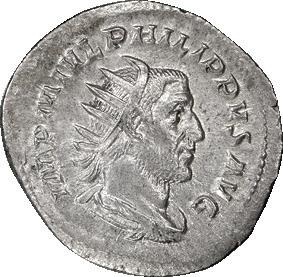



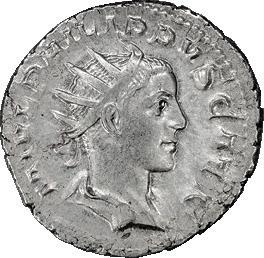
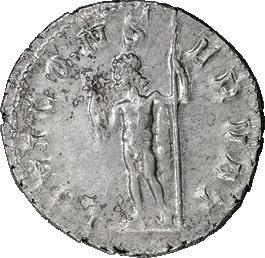
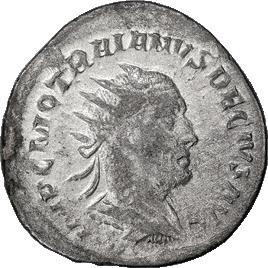
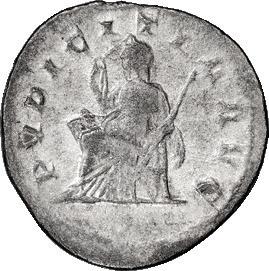
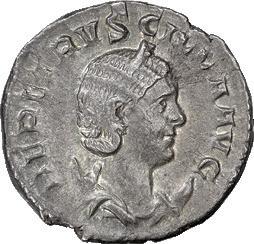

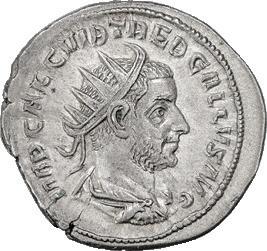
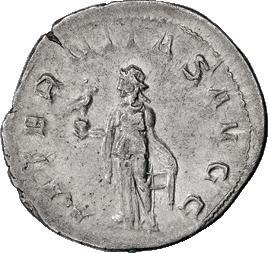



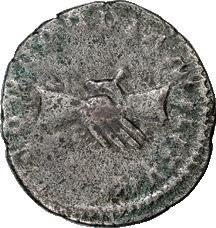
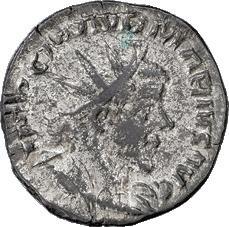


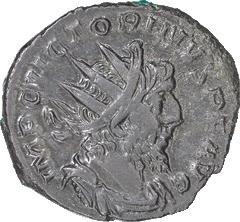

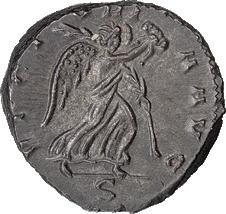

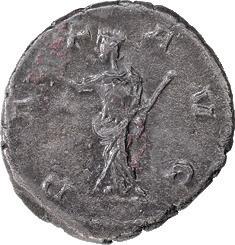




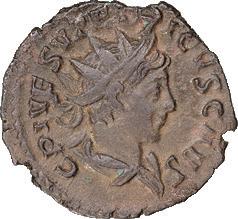

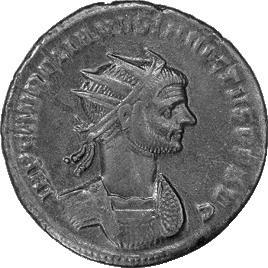
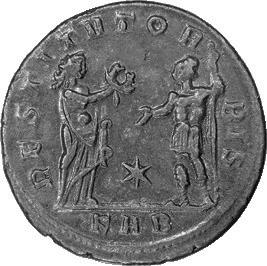
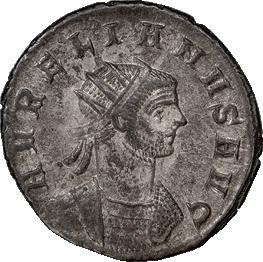
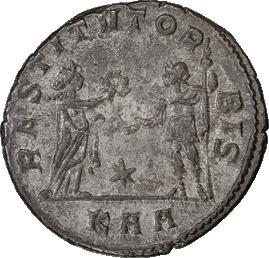
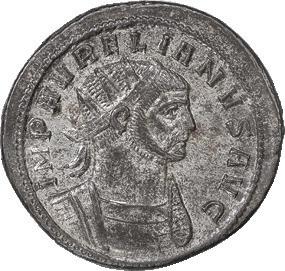



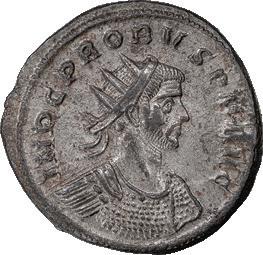


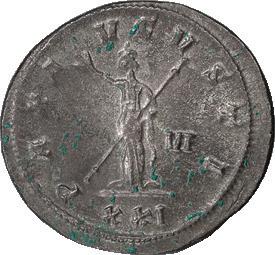
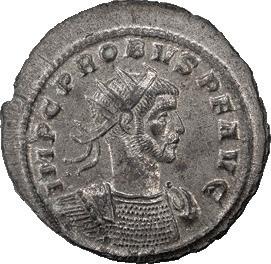

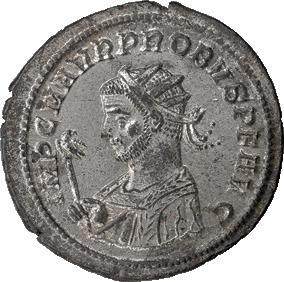

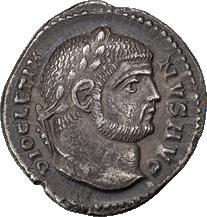
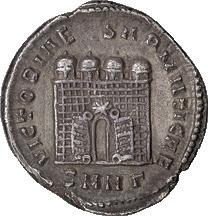
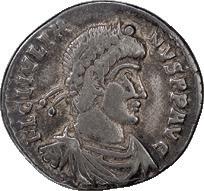
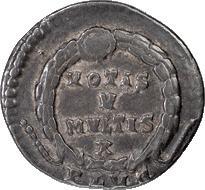
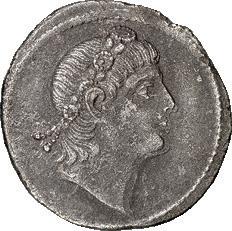
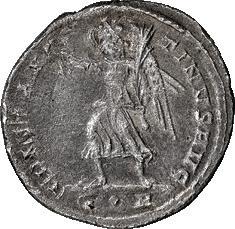

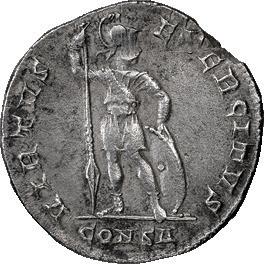



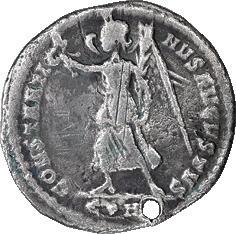
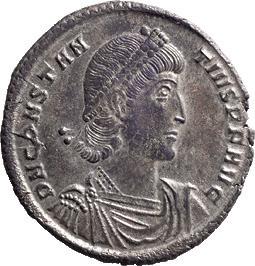
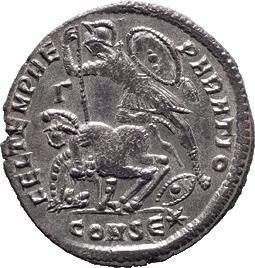
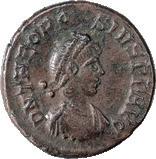
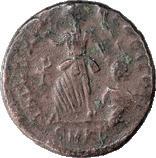
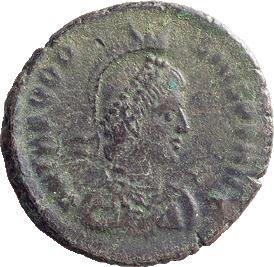

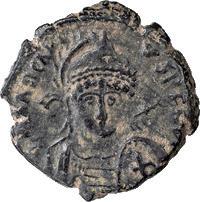
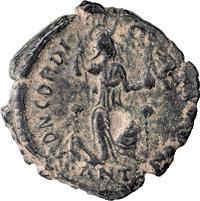
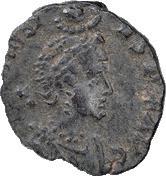
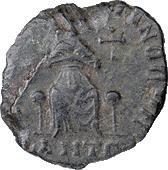
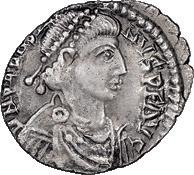
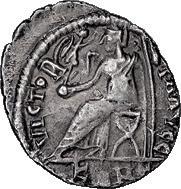
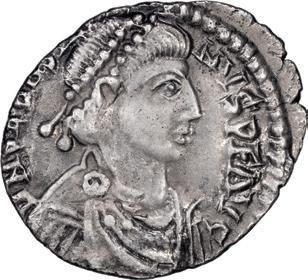
378 389 385 381 390 379 388 396 394 377 392 387 376 375 370 374 383 372 382 369 371 399 373 403 391 400 384 386 380 393 406 397 395 407 404 405 402 408 398 401

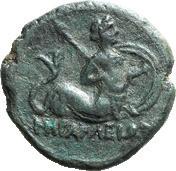
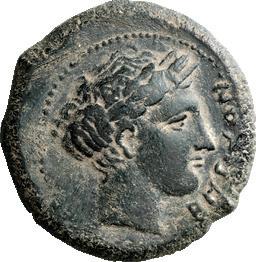
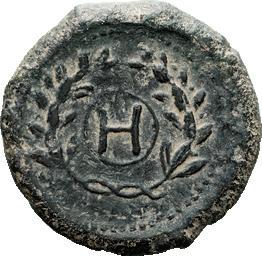

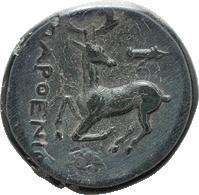
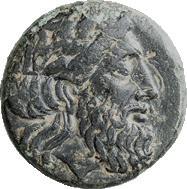





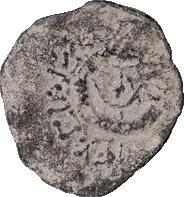

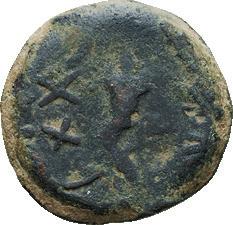
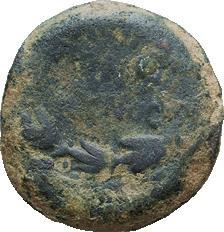
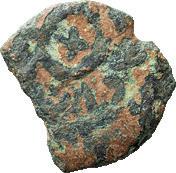

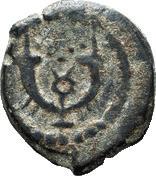
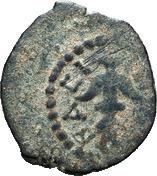

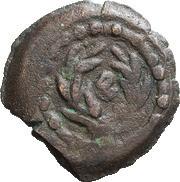
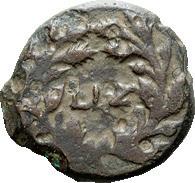



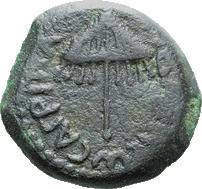





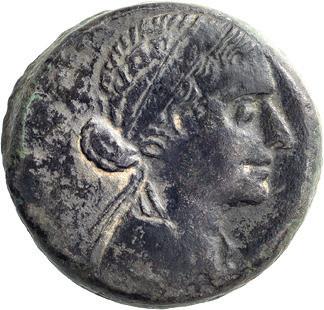
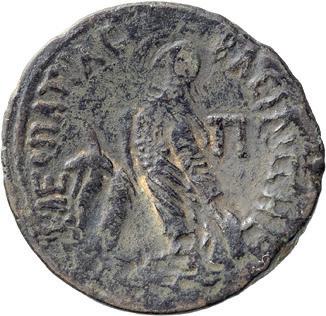
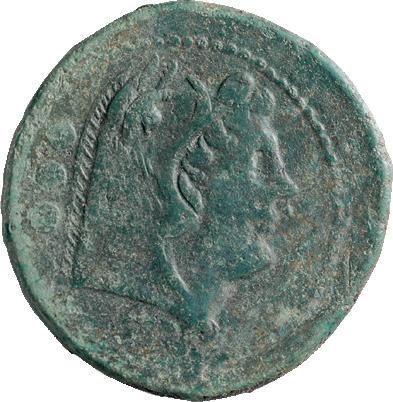
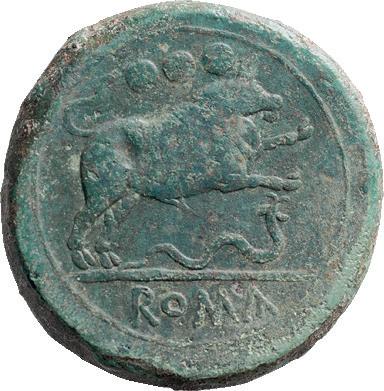

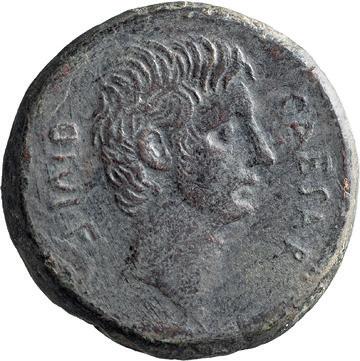
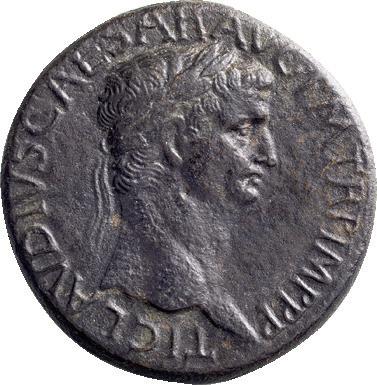


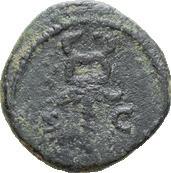

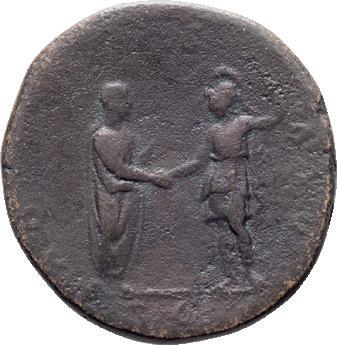
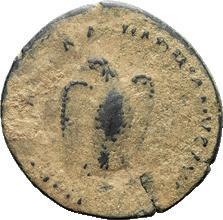

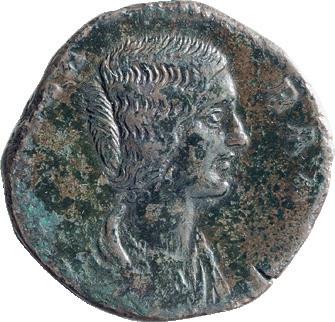
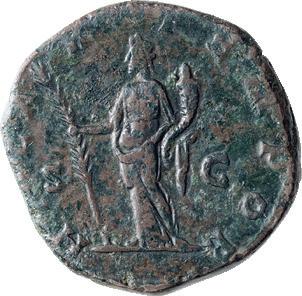
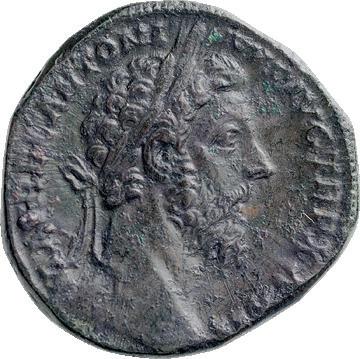

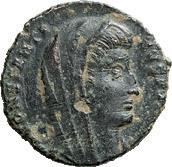

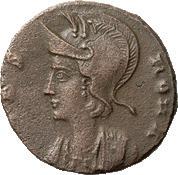

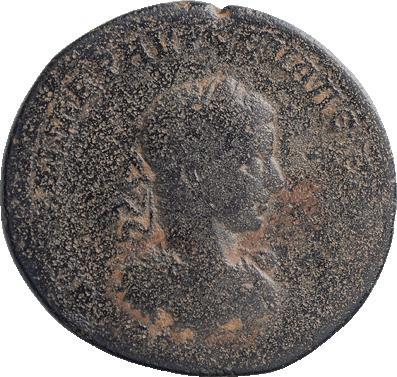
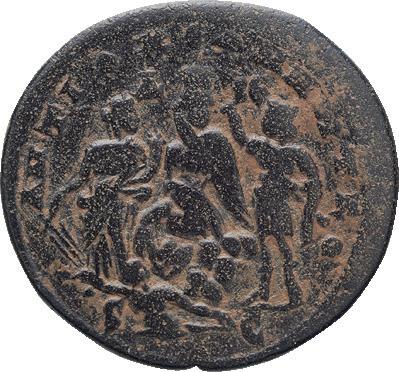
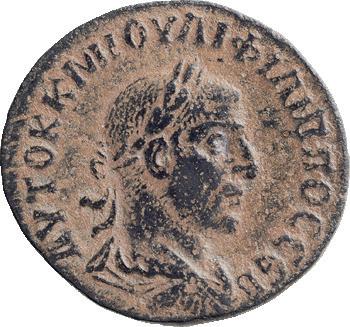
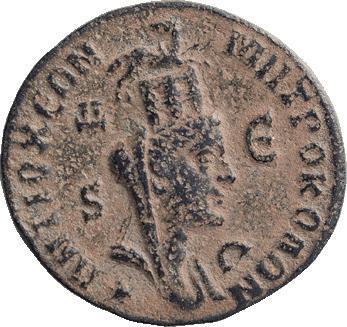

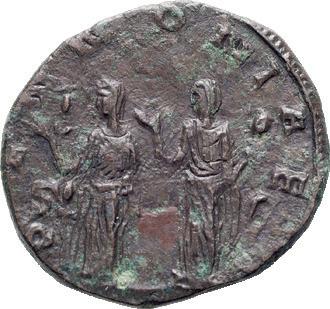

413 425 412 409 434 433 415 435 439 432 420 422 421 423 414 419 416 411 427 428 418 431 424 426 410 438 436 437 430 429



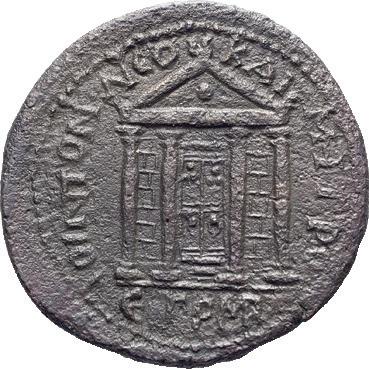
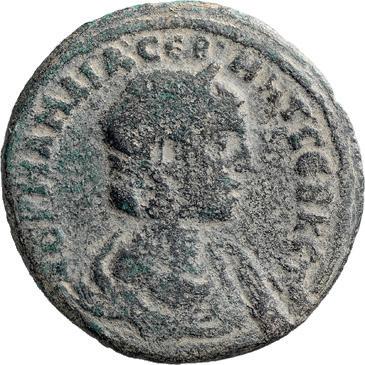
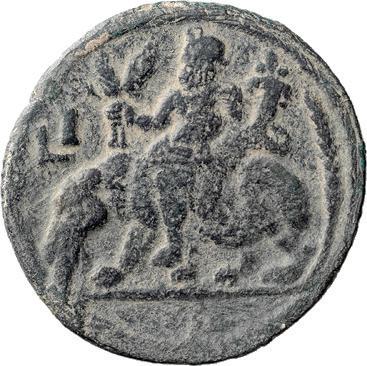
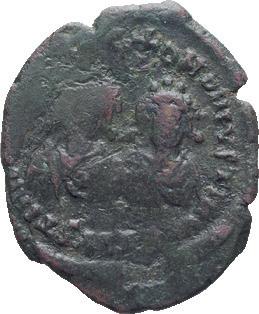
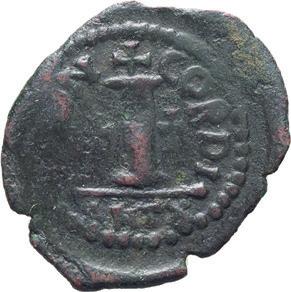



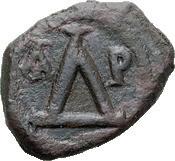
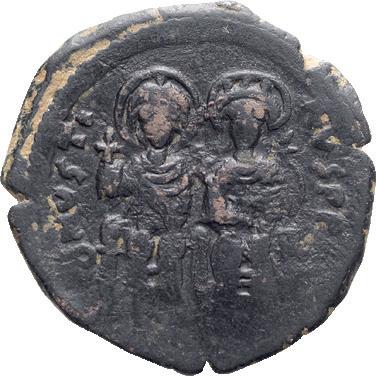


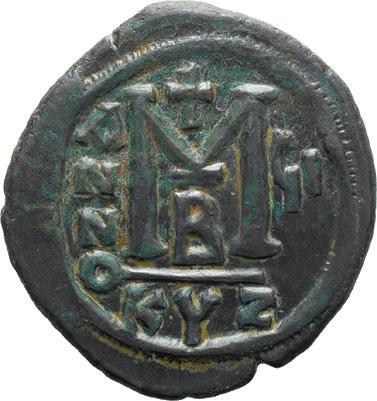
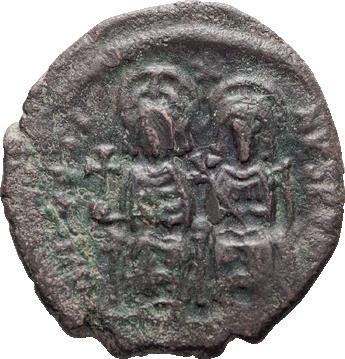
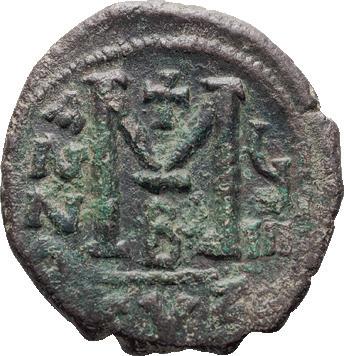


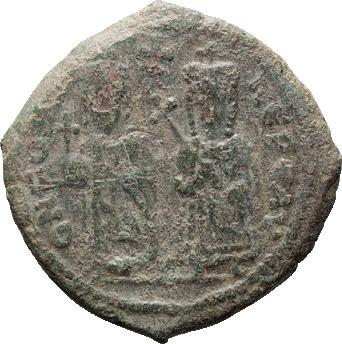
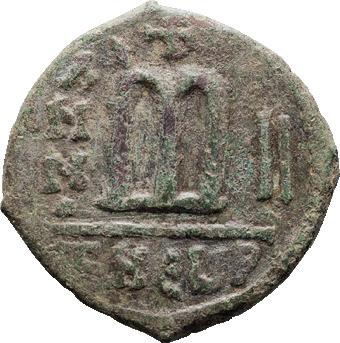


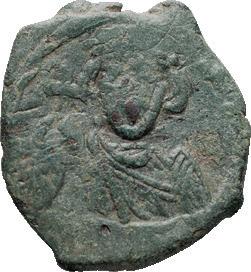

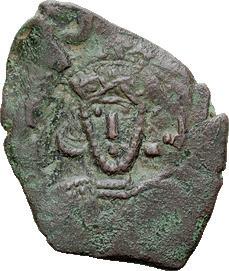

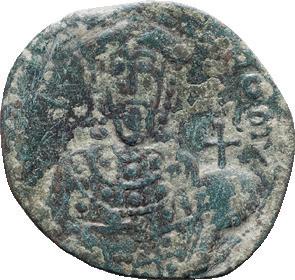
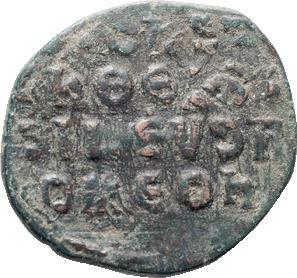


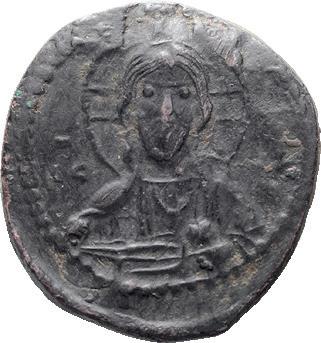



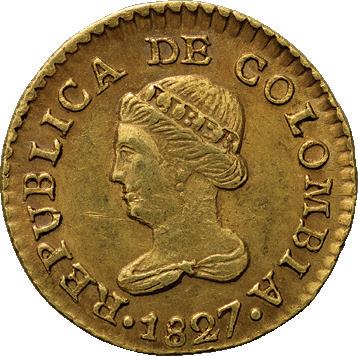
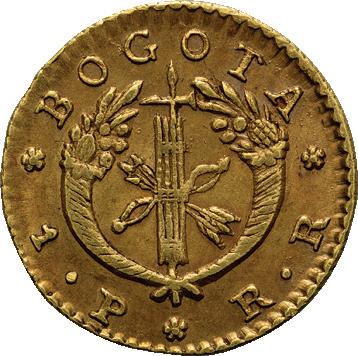

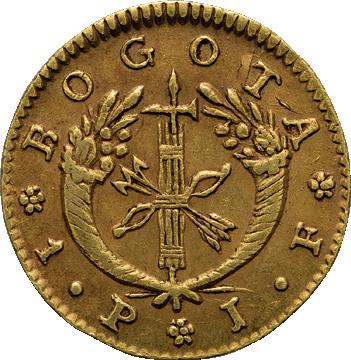
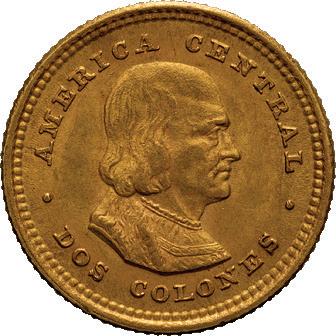

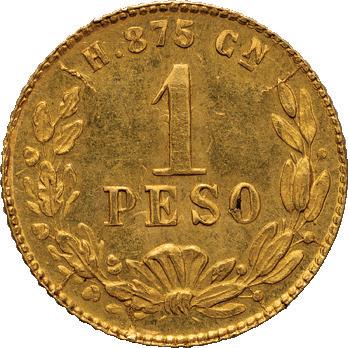

443 459 440 446 452 451 458 447 442 441 457 458 444 445 449 450 453 454 448 460 456 455

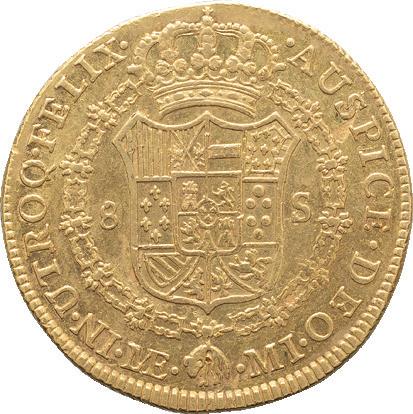



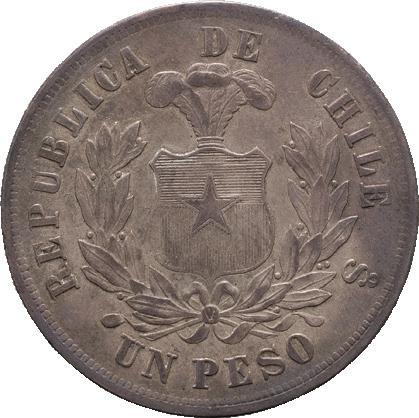
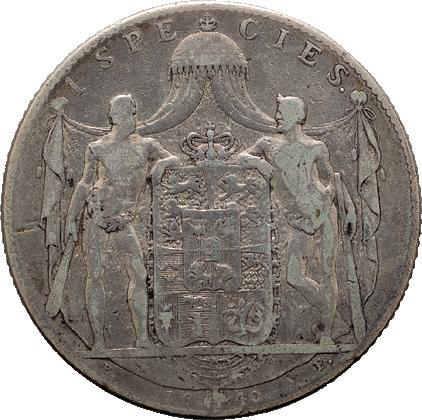
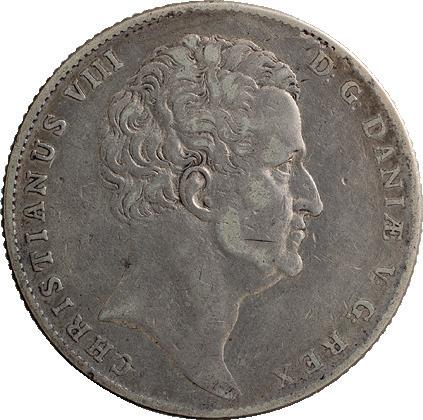

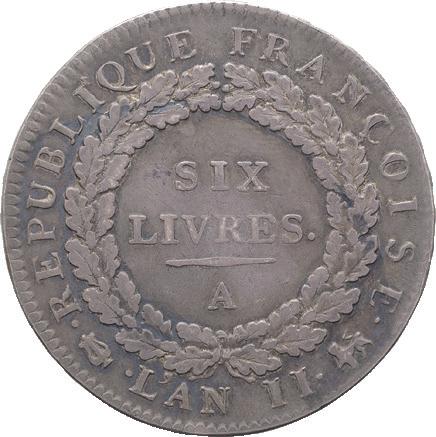



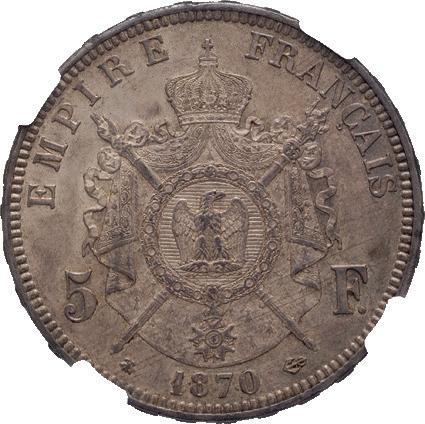
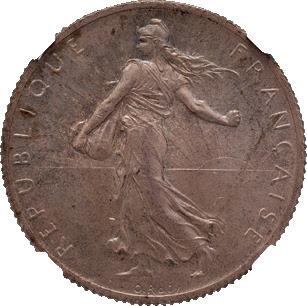

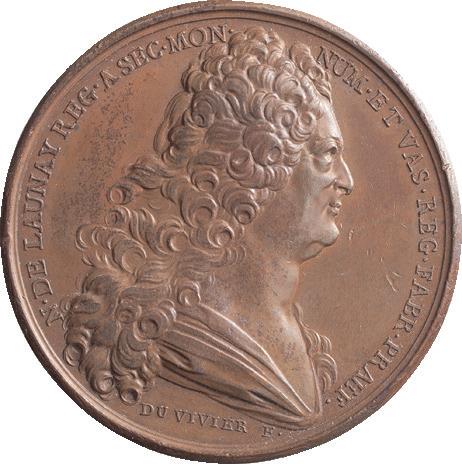

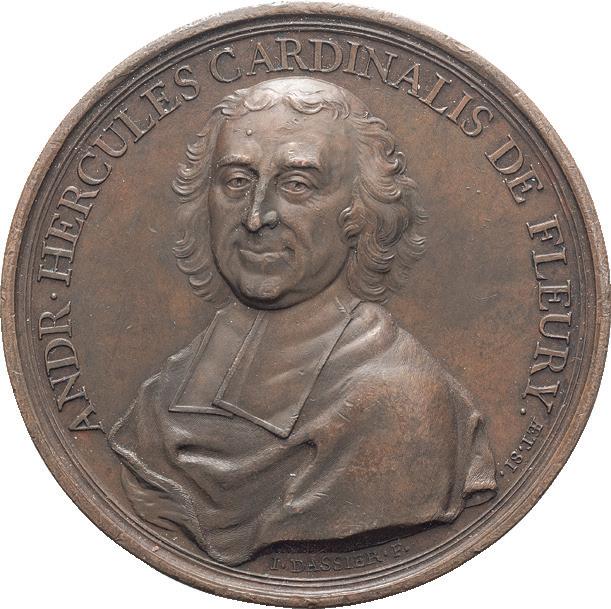
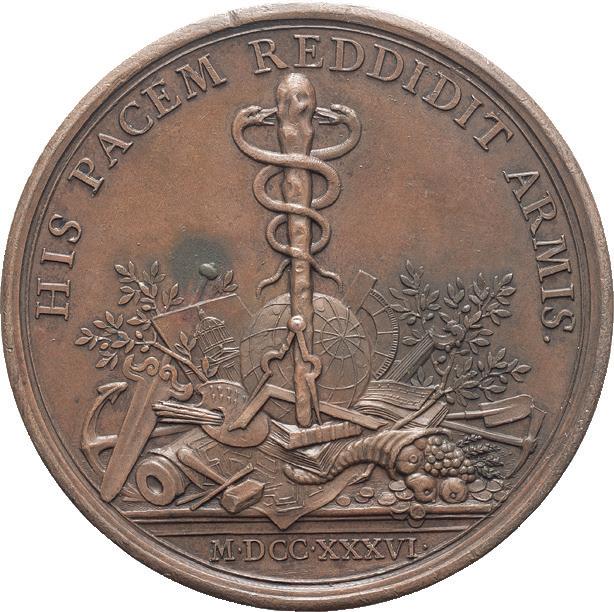

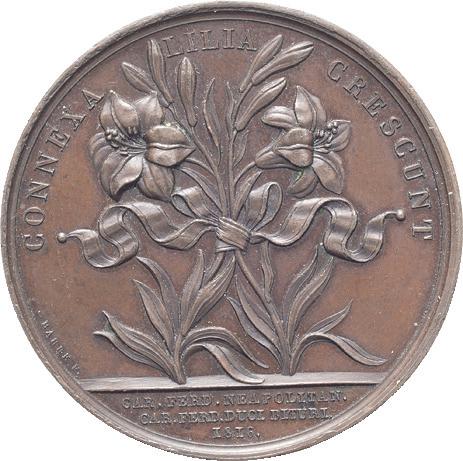
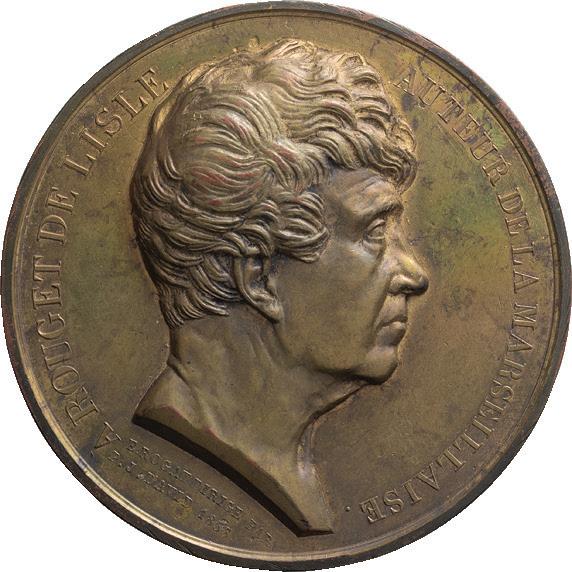
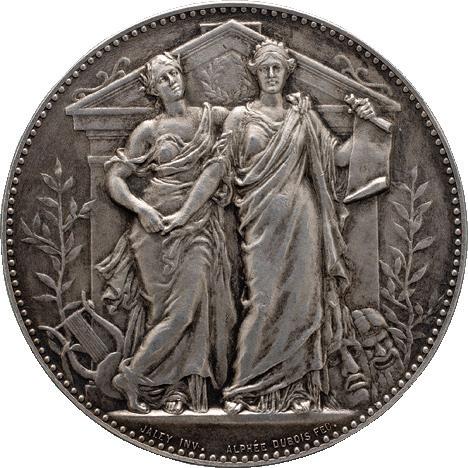

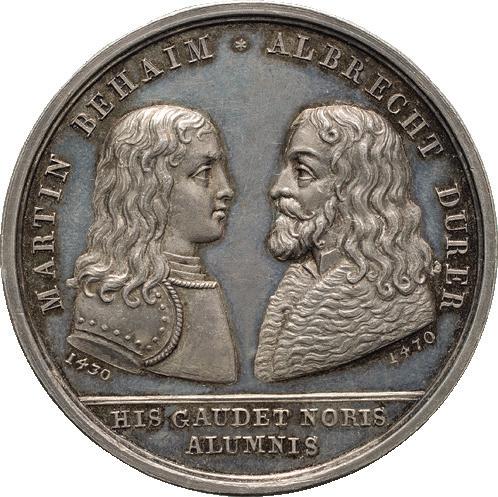
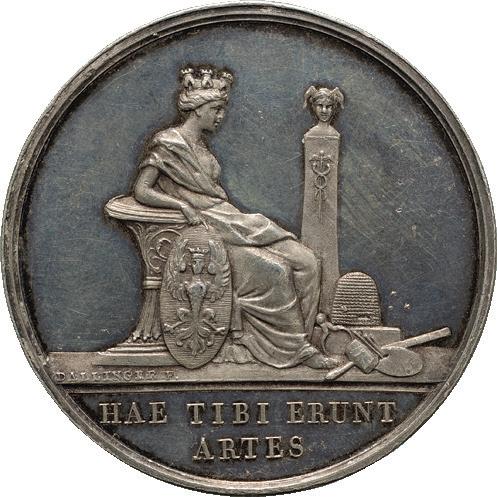
463 466 462 465 467 471 469 461 468 464 475 473 470 472
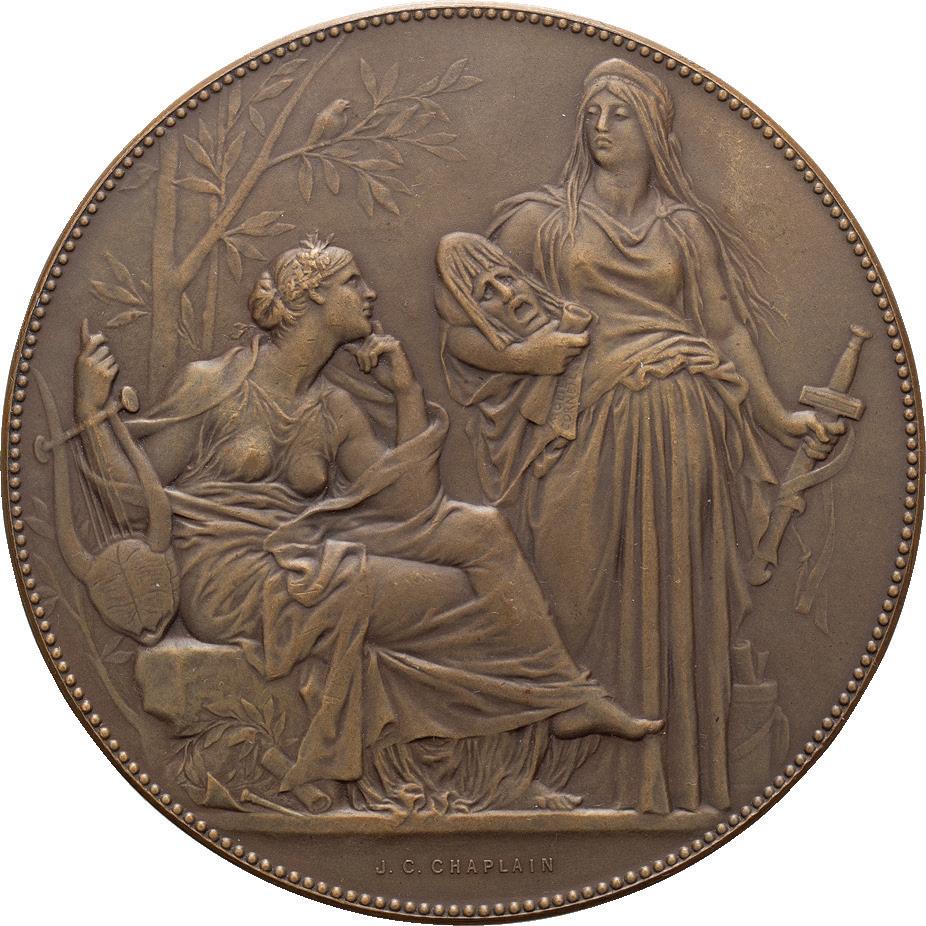


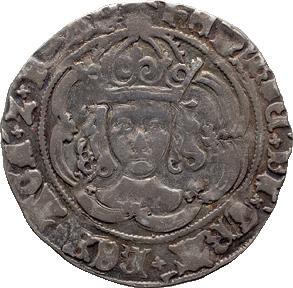

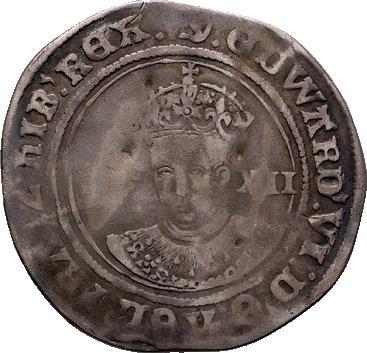
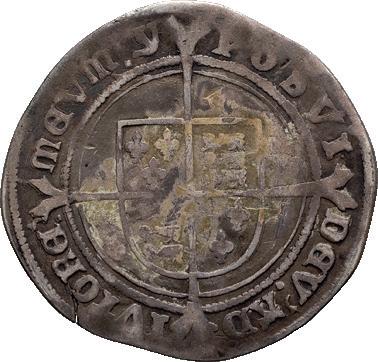

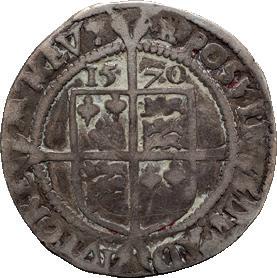




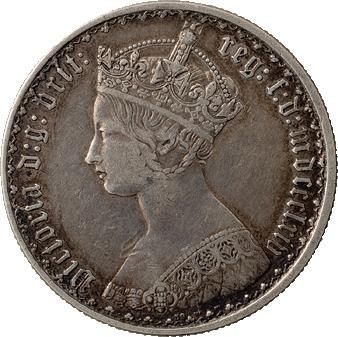
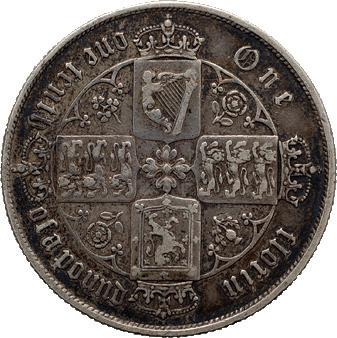
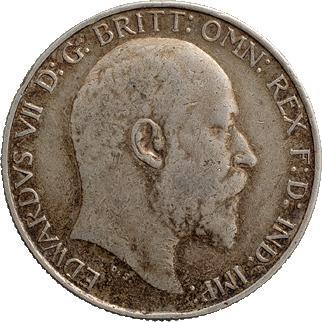

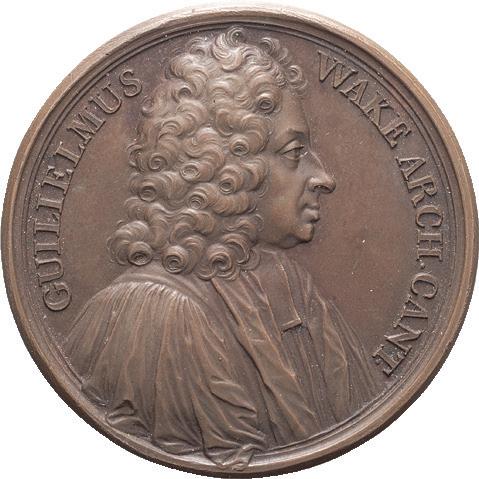



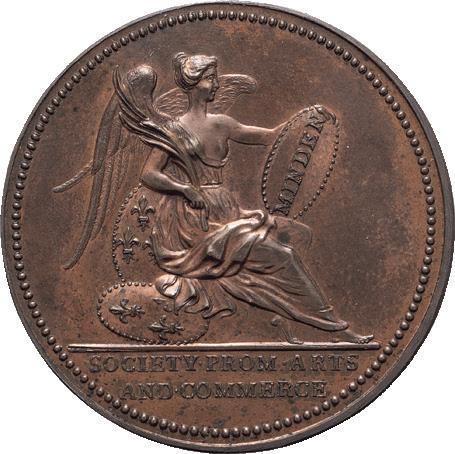
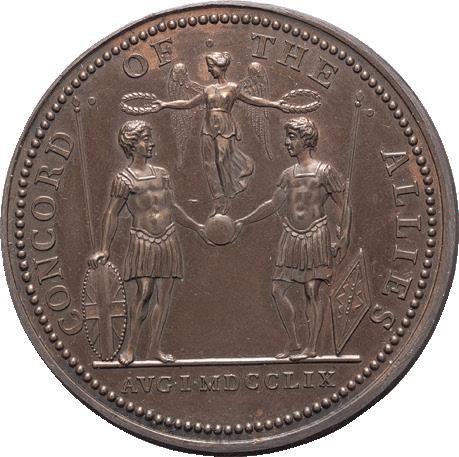




485 484 474 479 477 483 478 480 482 481 486 488 487 490

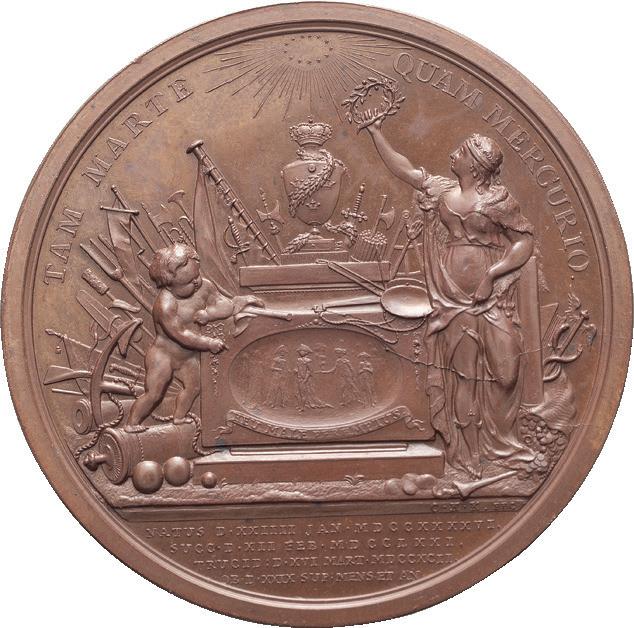




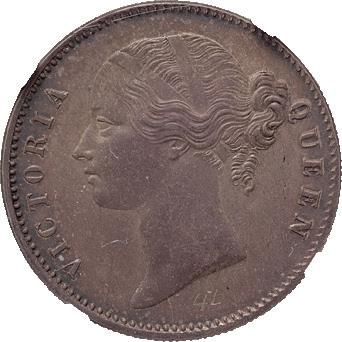
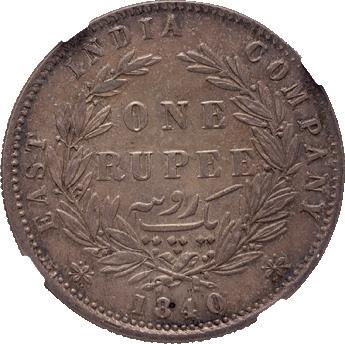
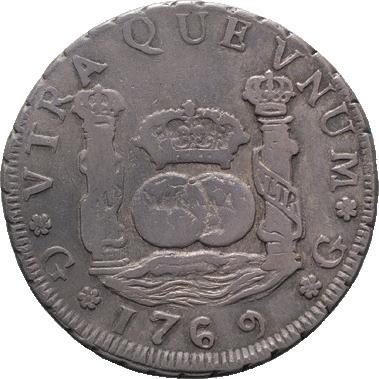

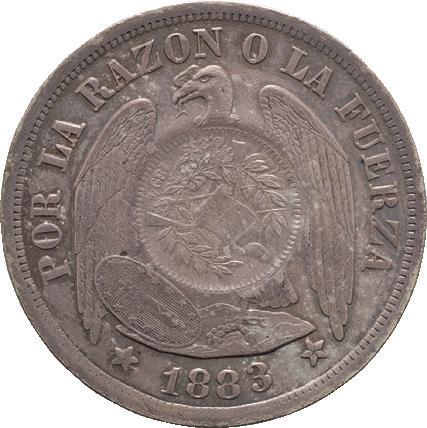


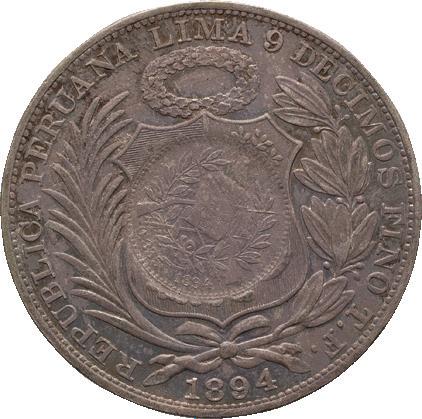

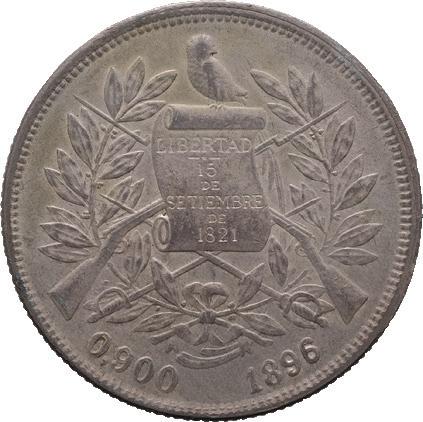
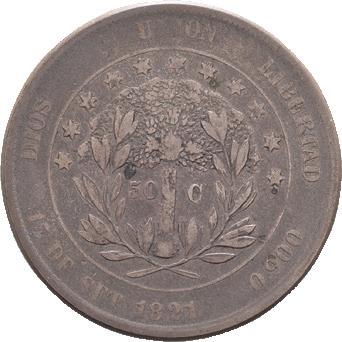

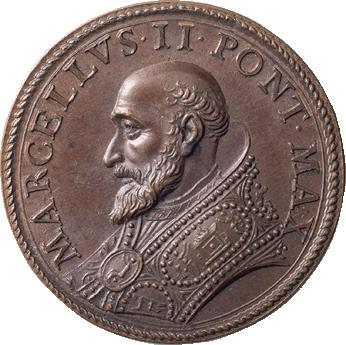


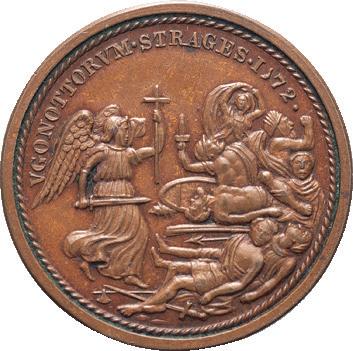


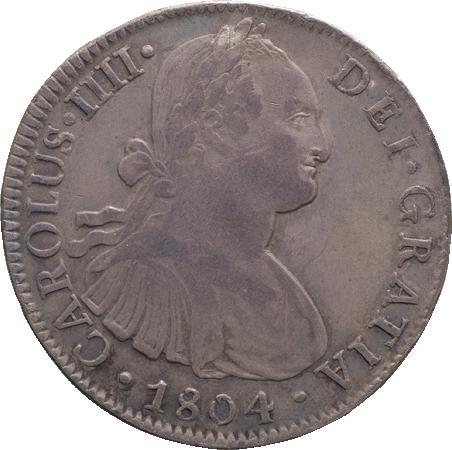
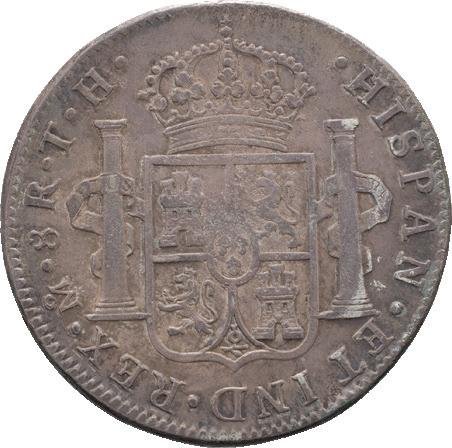
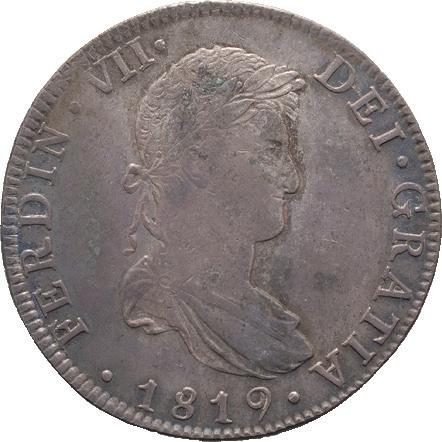
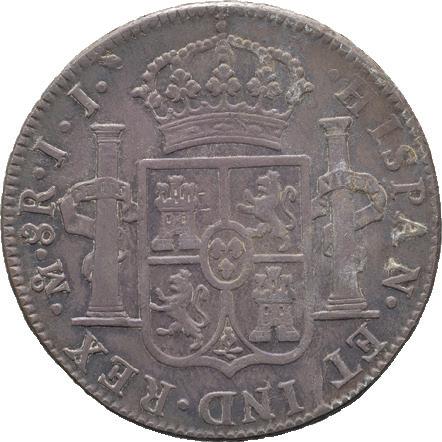
499 502 501 498 500 503 492 493 491 489 494 496 495 497
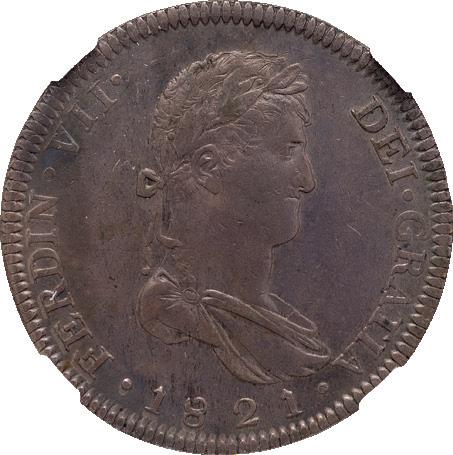
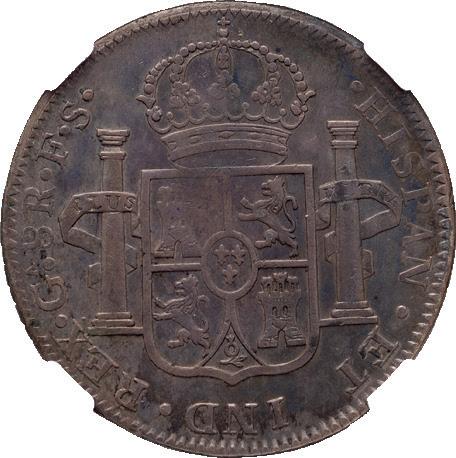


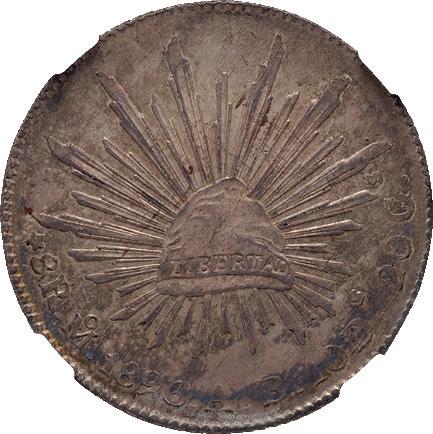
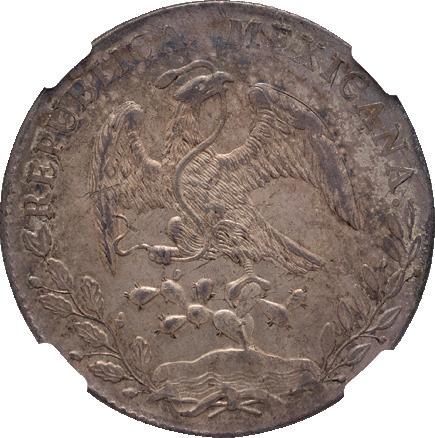
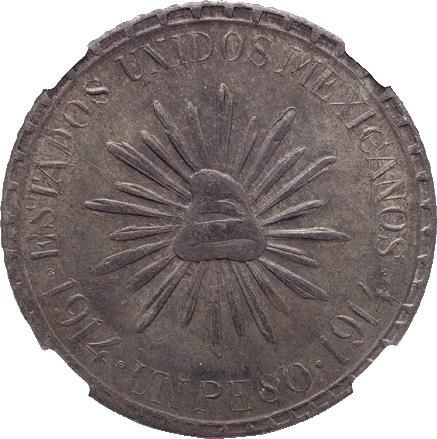

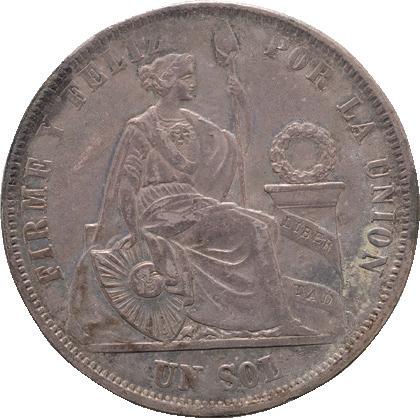


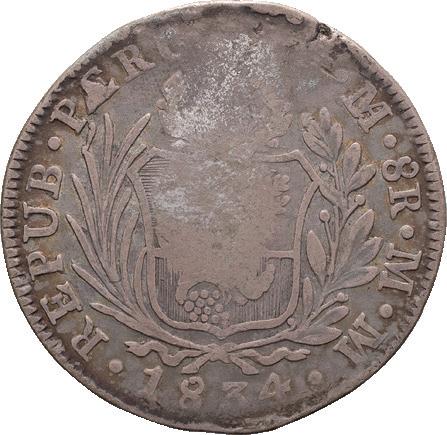
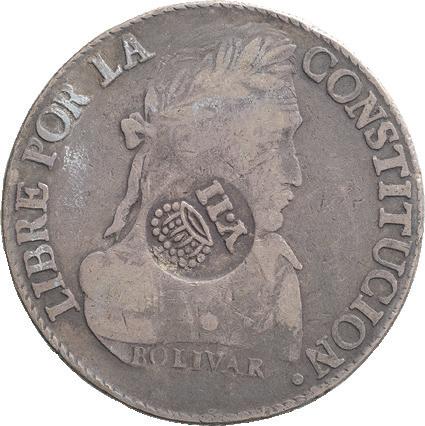

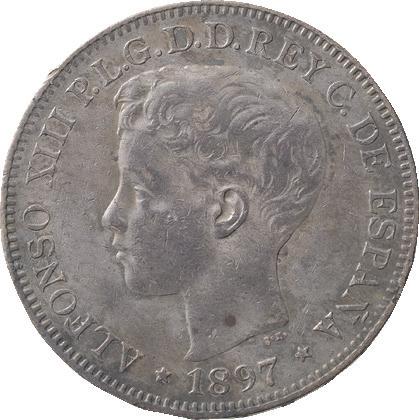
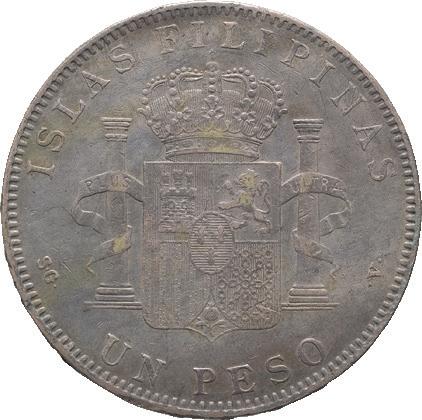



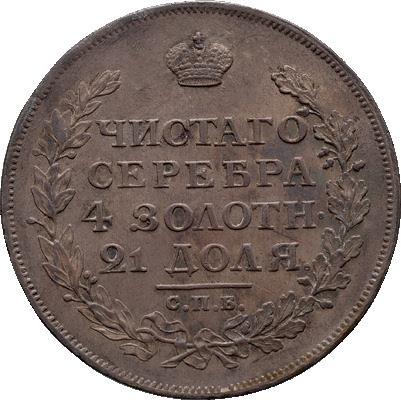

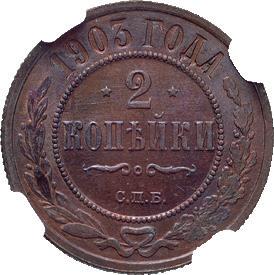






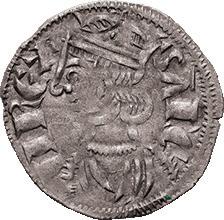



519 507 515 514 516 518 506 504 505 508 513 511 510 512 509 517
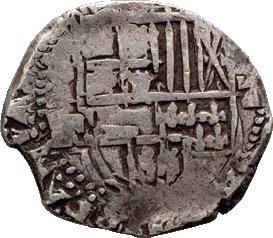
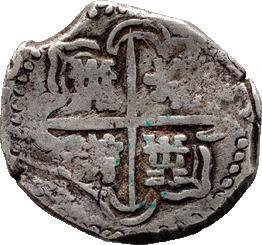
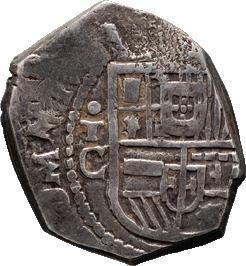
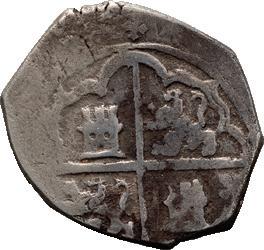

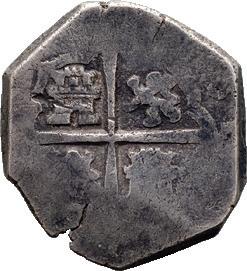

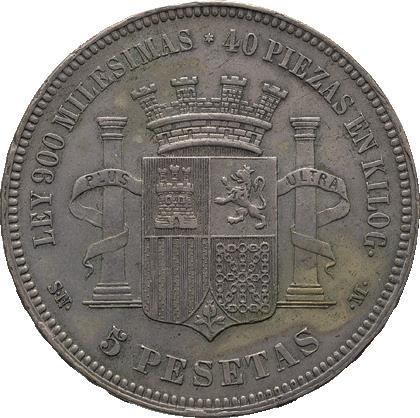

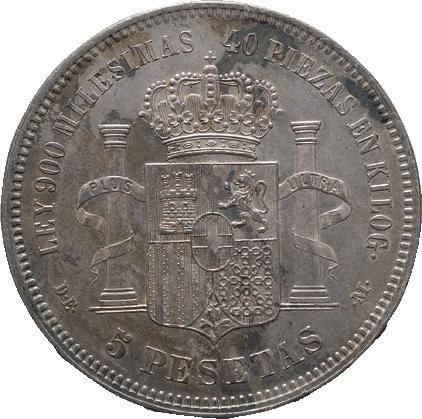
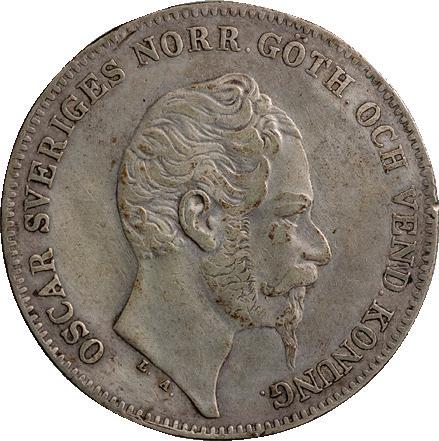
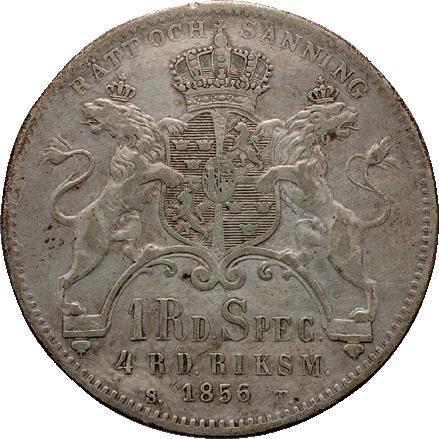


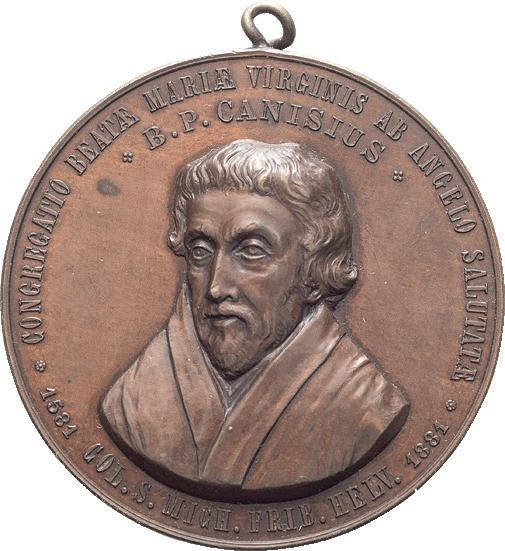



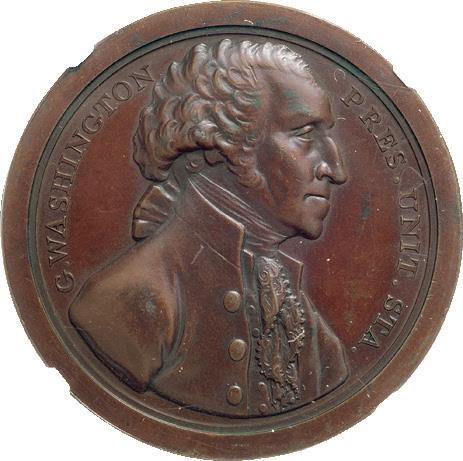

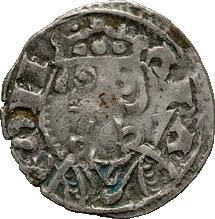
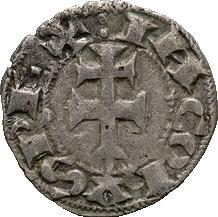
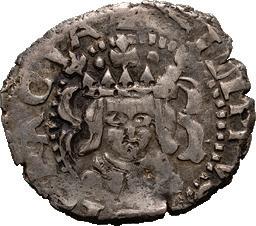
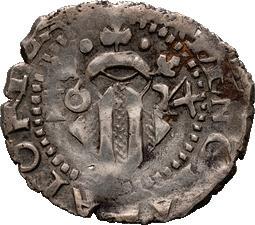

530 532 524 520 526 531 522 523 528 529 521 525 527



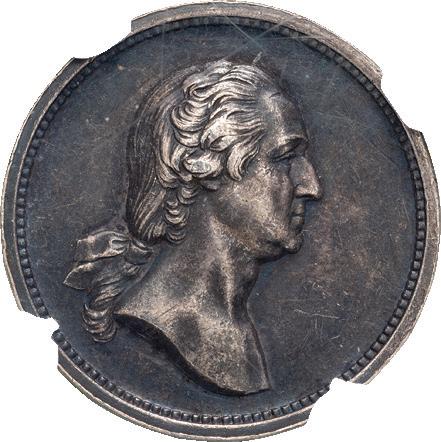
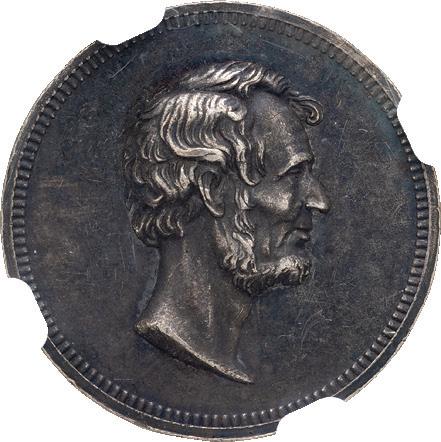
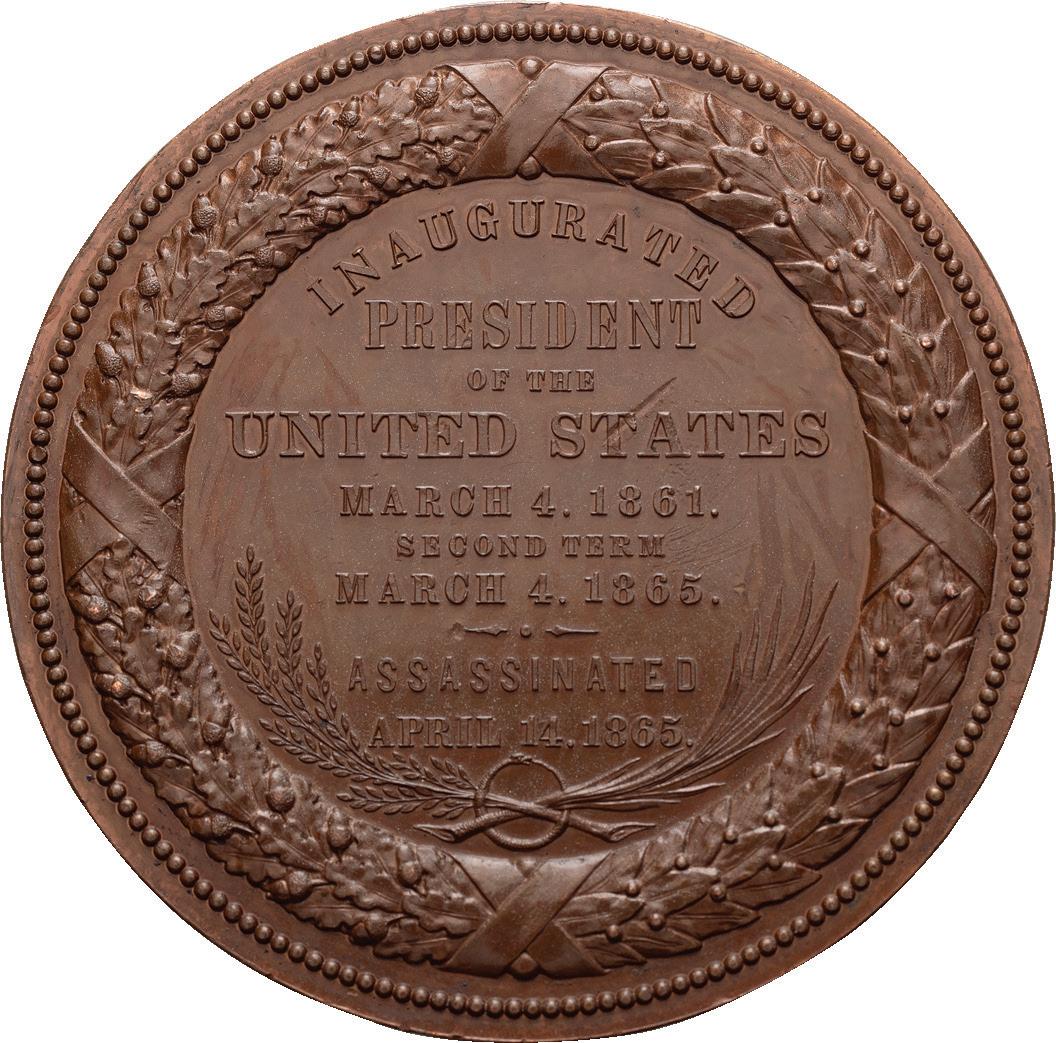

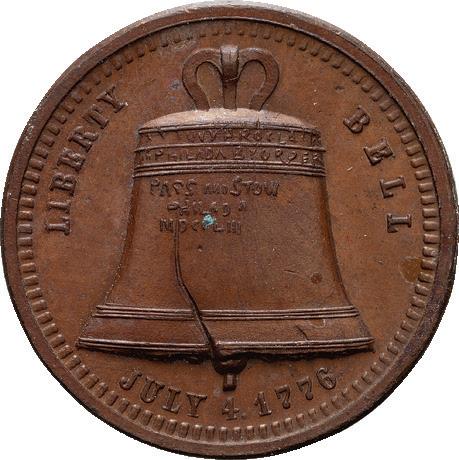

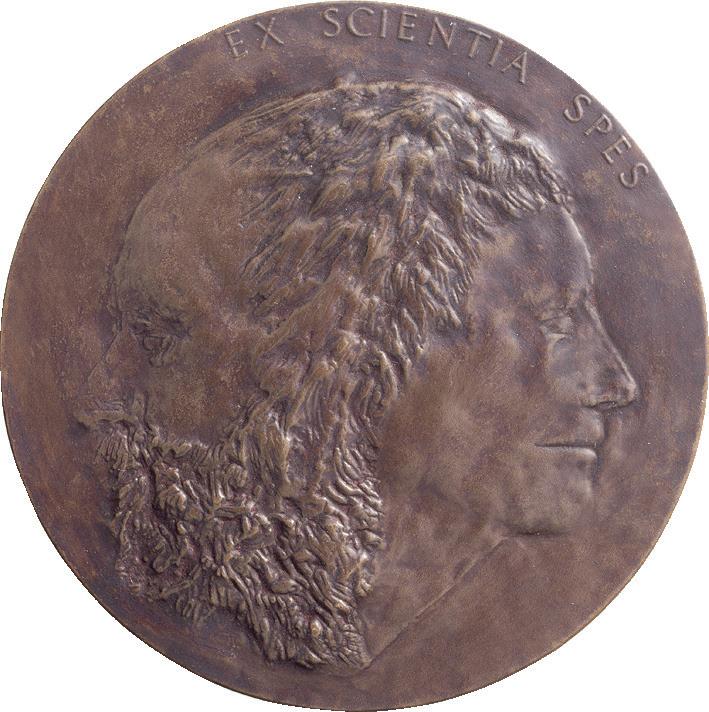


538 539
537 534
535
553
536

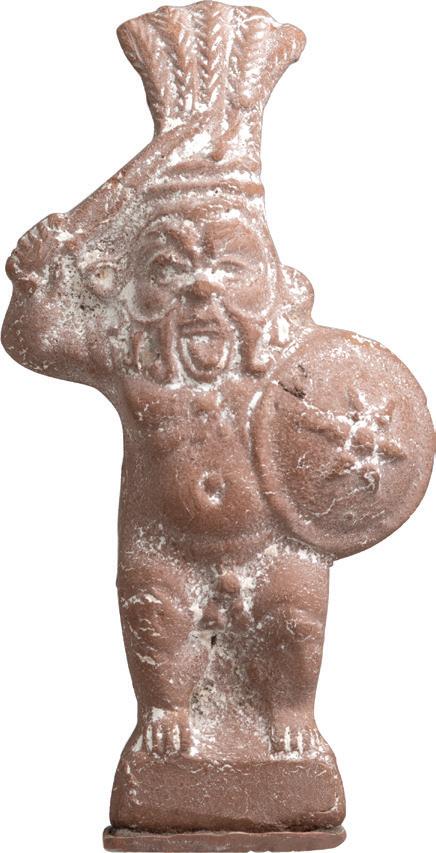
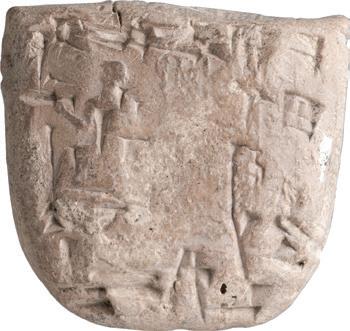
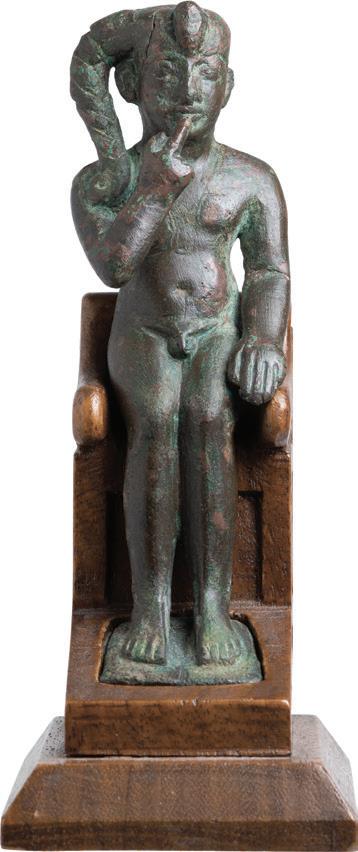

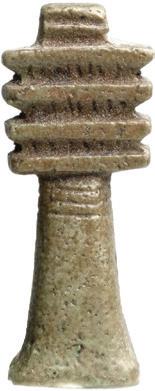
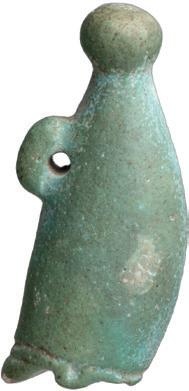
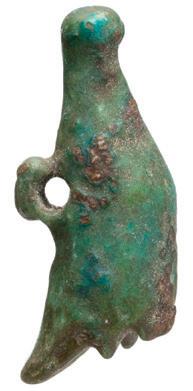
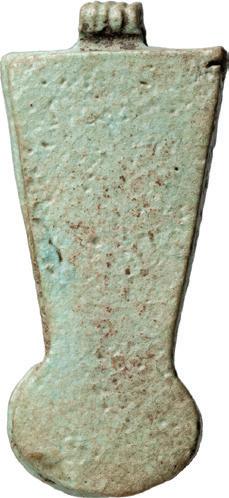
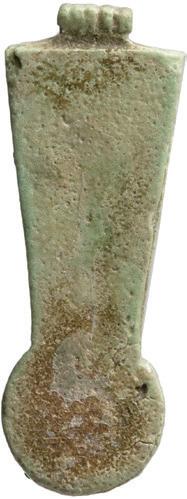
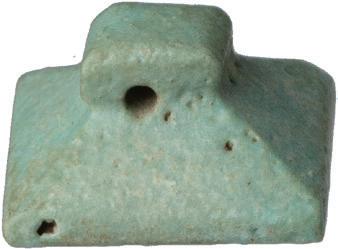


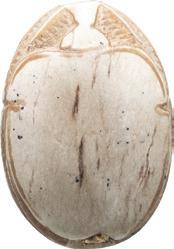
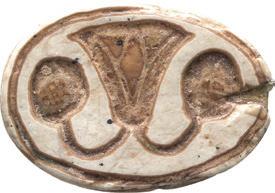

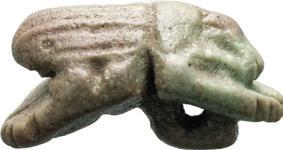

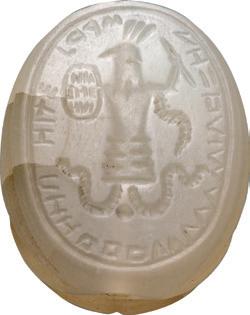

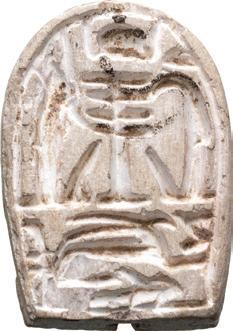
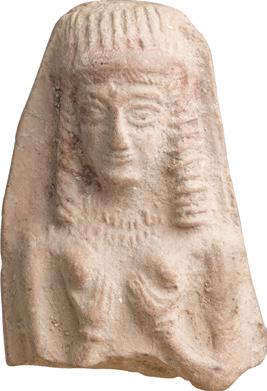
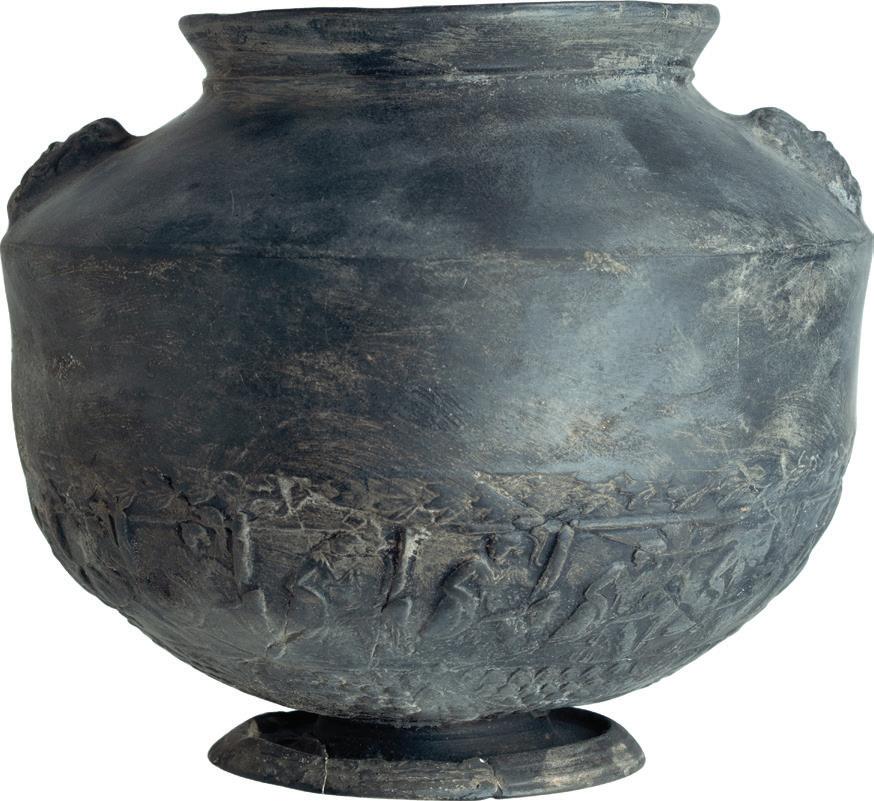
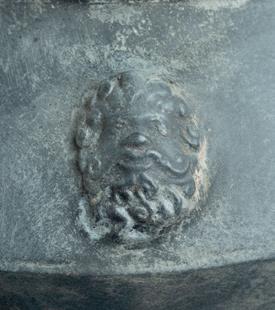
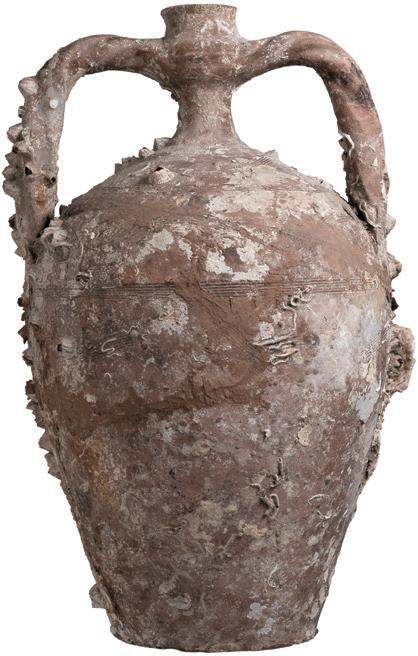





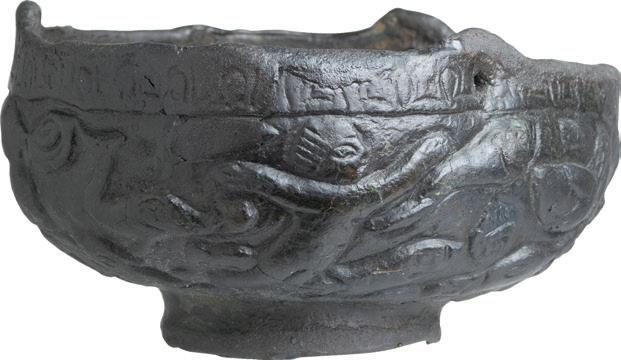
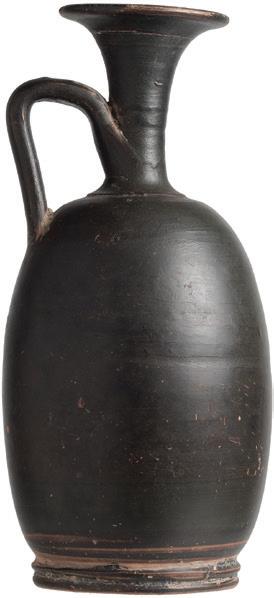
544 548 565 558 557 547 555 546 559 541 552 542 540 545 560 566 551 550 543 556 562 549 568 561 553 562 554 563




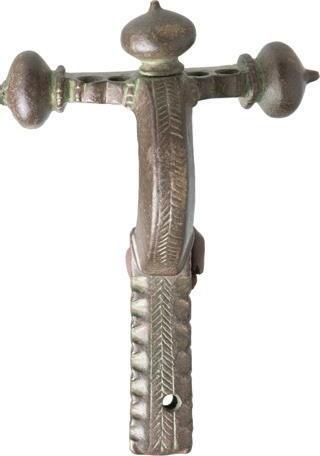

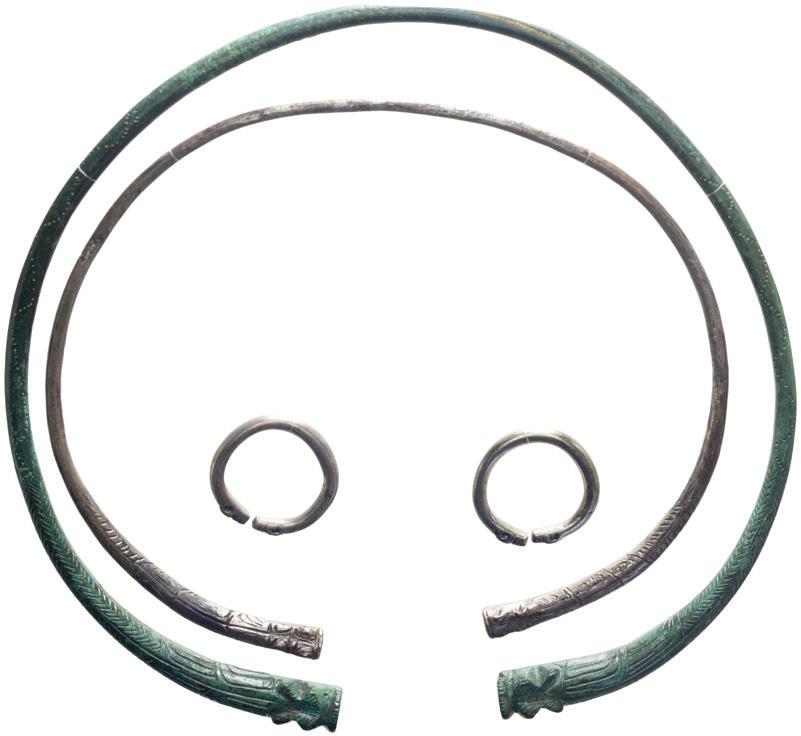
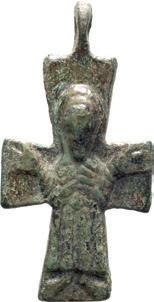
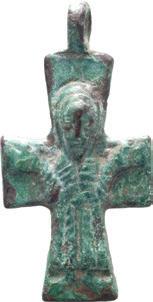

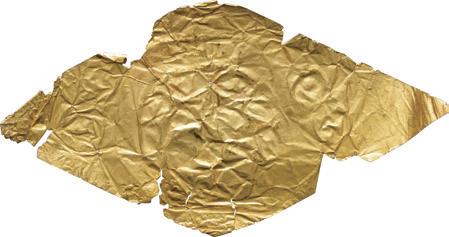
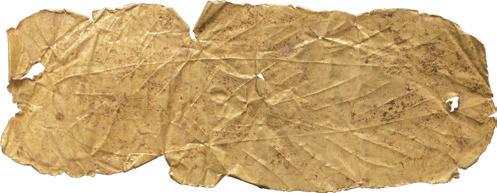


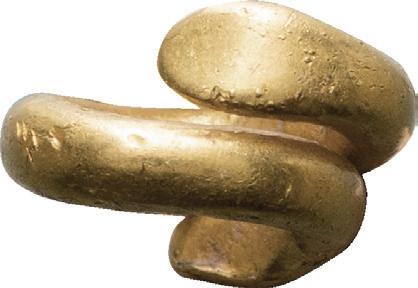



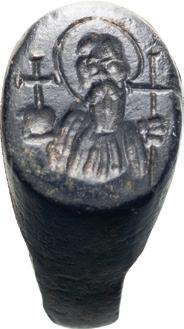

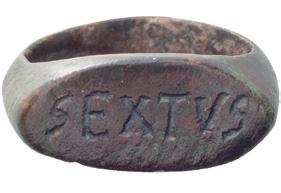

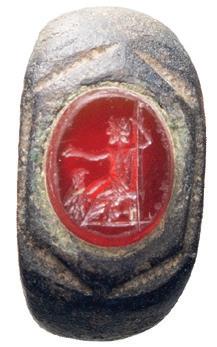

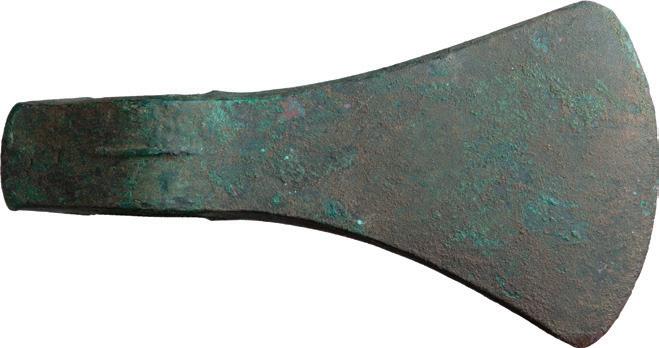


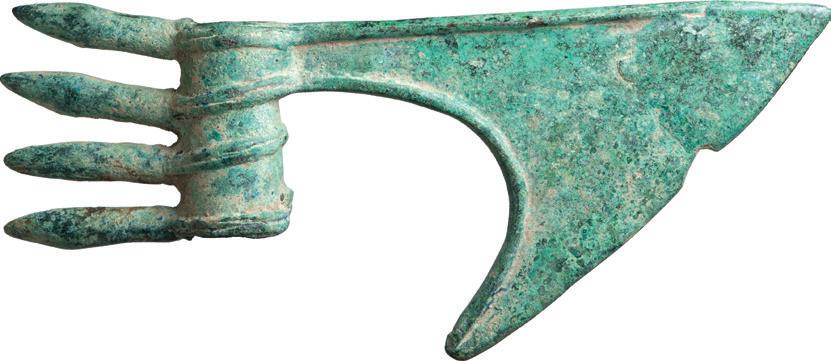

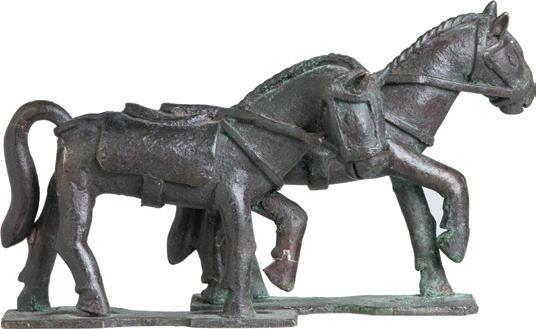
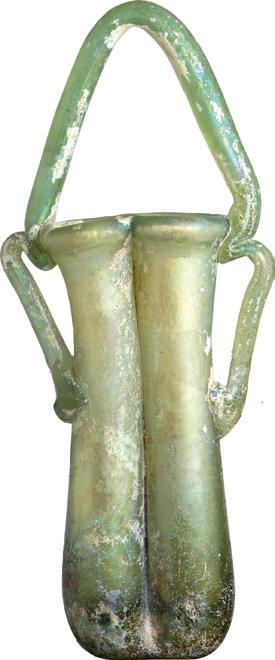
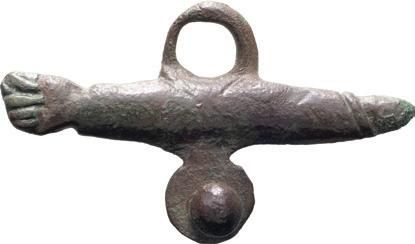


581 580 595 594 591 576 574 579 583 567 598 597 586 570 577 585 575 569 590 582 564 572 573 588 587 584 571 578 593 592 589 596 599








604 600 603 602 601
528. SWEDEN, VICTORY AT BREITENFELD, 1631, MEDAL, EF; Sweden, VICTORY AT BREITENFELD, 1631 Medal, EF, Sweden - ON THE PROTESTANTSWEDISH VICTORY AT BREITENFELD 1631, MEDALS by S. Dadler. Armoured bust en trois quart in baroque cartouche. Rev. The king in ancient armor standing as God’s warrior on killed enemies.Maué 29; Hild. 132; Wiecek 74.AR original hollow cast with tooled fields (as always) 21.77 g. 54.2 mm. With beautiful light cabinet toning Extremely fine. Ex Schulman b.v. Jubilee Auction 350, lot 304. 1500 529. SWITZERLAND, VIRGIN MARY, 1881, MEDAL, AU/UNC; Switzerland, 1881 Medal, AU/UNC, Broze medal by Hugues Bovy on the 400th anniversary of the Collège St. Michel. Half-length portrait of Petrus Canisius/the Annunciation to the Blessed Virgin Mary. H. BOVY on the right. 45 mm, 48 g. Hinged. 100 530. UNITED STATES, 1876, MEDAL, AU; 1876 U.S. Centennial Exposition, Children of America Baker-415C, HK-117, R.5. Pewter. Heritage and Stacks have auctioned a total of ten pieces with only three without a hole. 200
531. UNITED STATES, REPRODUCTION GEORGE WASHINGTON PEACE MEDAL, 1792 (LATER STRIKE), MEDAL, AU/UNC; United States, Reproduction George Washington Peace Medal, 1792 (later strike) Medal, AU/UNC, oval form having scenic decoration to face depicting George Washington in uniform with a farm in the background, greeting a Native American man stepping out from a forest with a peace pipe, below engraved “GEORGE WASHINGTON / PRESIDENT / 1793”, a spread-winged Federal eagle to the reverse, mounted in an unmarked silver frame with hanging loop. Unmarked, unknown silver fineness. This medal is a replica of the George Washington Indian Peace Medals seen in Prucha, Belden and Loubat, with the overall design appearing to be a composite taken from one or more of those medals. It is perhaps most like that seen in Loubat (113/18; plates XVIII and XIX), but this medal is considerably smaller. The suspension loop is similar to that of the 1793 Washington Peace Medals shown in Prucha (85/32) and number 7B, plate 8 in Belden. 1000
532. UNITED STATES, 1859, EXONUMIA, NGC, MS61, BN; United States, 1859 exonumia, NGC. MS61, BN, GW59. A gorgeous restrike of an important early US mint medal. First struck in 1805 the Philadelphia mint used the original obverse die and recreated the reverse die to strike these examples in 1859. 300
533. UNITED STATES, 1862, MEDAL, AU/UNC; United States, 1862 Medal, 75.7 MM, 250.6 G., AU/UNC. Dated 1862 this Indian Peace Medal restrike dates from the 1930s or 1940s and was produced inside the United States Mint. Independently X-rayed and verified as silver. Signs of handling are evident with some black spotting on obverse and reverse. A very handsome example of this popular Peace Medal. 850
534. UNITED STATES, WASHINGTON, ND, TOKEN, CH UNC.; United States, Washington, ND Token, CH UNC., Circa 1867 The Union is the Main Prop of Our Liberty medal by John Adams Bolen. Copper 9.2g, 25.4mm. Baker-259A Scarce token with a mintage of only 16 pieces. This piece is struck in high relief and is a gorgeous red brown with no traces of wear. 800
535. UNITED STATES, 1869, EXONUMIA, NGC, AU55; United States, 1869 exonumia, NGC. AU55. A lovely example of an important patriotic issue from the Civil war. The obverse features the Father of His Country, while the reverse feature the Savior of The Union. Dies by William Barber. 275
536. UNITED STATES, ABRAHAM LINCOLN, 1886, MEDAL, AU/UNC; 1886 US Mint Medal. Julian PR-12. Coppered Bronze. 76.7mm Gorgeous high relief medal from dies prepared by George T. Morgan. A dark chocolate brown surface with prooflike characteristics. an unfortunate contact mark on the reverse of the medal keeps it from being a choice piece. 800
537. UNITED STATES, MEDAL, UNC; United States Medal, UNC, Circa 1889. Struck to commemorate centennial of Washington’s presidency. OBV: Nude bust of Washington facing right REV: Liberty Bell GW-1117, unlisted in Baker. Gorgeous chestnut brown, small scratch in left obverse field.. 200
538. UNITED STATES, 1909, PLAQUETTE, AU/UNC, VERDIGRIS REMNANTS.; United States, 1909 Plaquette, Bronze, AU/UNC, Verdigris remnant. The USS Nashville fired the first shots of the Spanish American War in 1898. In 1906 she was decommissioned and sent to Great Lakes Naval Station in Chicago. the Chicago Numismatic Society (the precursor to the Chicago Coin Club) issued these medals in honor of her arrival. Gorgeous deep browns with flashes of luster. Some verdigris remains after conservation. 125
539. UNITED STATES, 50TH ANNIVERSARY OF NYC PUBLIC LIBRARY, 1961, MEDAL, UNC; United States, 50th Anniversary of NYC public library, 1961 Medal, UNC, Bronze medal 64mm by L. Baskin. A young and old face artistically meshed together. ex scientia spes “hope from knowledge”/two pillars with sun above. 125
ANTIQUITIES
NEAR EASTERN
540. MESOPOTAMIAN CLAY UNOPENED ENVELOPE AND TABLET, ca. 2000 BC. This administrative tablet remains in its unopened envelope and dates from the late Sumerian to the old Babylonian periods – 2300 to 1600 BC. It concerns a typical commercial transaction. Typically, tablets could be sealed in clay envelopes with an abbreviated and more cursive list of the tablet’s contents duplicated on the outer envelope for quick reference. Envelopes then had cylinder seals rolled across portions of their surfaces as added security precautions like this present example. This practice of enveloping a tablet and sealing the envelop with a personal seal discouraged tampering with the writing on the clay tablet. So shifty merchants are apparently everywhere and always the same. It is rare to find a tablet still in its envelope. W. 1 5/8” (4.1 cm) 900
EGYPTIAN
541. EGYPTIAN POTTERY OSTRACA, 19th-Late 20th Dynasties, ca. 1293-1070 BC. Larger ostracon with hieratic inscription by line:
1. Pa…
2. gifts (?)…by…
Smaller ostracon, ca. 1185-1070 BC, with inscription roughly reading, “Oath by the Lord in Year...”
Ex Chicago collection purchased in Egypt 1957. L. 3 1/4” and L. 1 7/8” . Smaller fragment invcluded. 450
542. BRONZE FIGURE OF HARPOCRATES, Late Period, 26th Dynasty, 664-525 BC. Seated with his feet resting on a trapezoidal base, pointing his right forefinger to his mouth, and wearing a stippled cap with uraeus, braided side-lock, and amulet suspended on the chest. Ex Sotheby’s New York, Egyptian, Greek, Etruscan, Roman and Western Asiatic Antiquities and Islamic Works of Art, 2 December, 1988, lot 313. Displayed Toledo Museum of Art, accession no. 88.3. H. 4 3/4” (12.1 cm).
3500
543. TERRACOTTA STATUETTE OF BES. EX TOLEDO MUSEUM 1906, Late Ptolemaic Dynasty - early Roman Period, about 50 BC -10 AD. Red terracotta with remains of white slip. Provenance: Edward Drummond Libbey, purchased in Egypt, 1906; gifted to the Toledo Museum of Art in 1906, Accession no. 1906.130. H. 4 5/8 in. (11.7 cm) 2500
544. FAIENCE DJED PILLAR AMULET, Late Period, ca. 715-330 BC. One of the most common of Egyptian amulets, the djed hieroglyph is the pillar-like symbol representing stability, and is commonly understood to represent the backbone of the god Osiris. H. 33mm 350
545. FAIENCE ROYAL WHITE CROWN OF UPPER EGYPT, Late Period, ca. 715-330 BC. The hedjet, or White Crown of pharaonic Upper Egypt, here depicted in light blue-green faience. H. 26mm 450
546. FAIENCE ROYAL WHITE CROWN OF UPPER EGYPT, Late Period, ca. 715-330 BC. The hedjet, or White Crown of pharaonic Upper Egypt, here depicted in blue-green faience. H. 25mm
300
547. FAIENCE MENAT COUNTERPOISE AMULET, Late Period, ca. 715-330 BC. Very nice precise shape, with ribbed suspension bar. The amulet representing the Menat, a counterpoise for a heavy beaded collar necklace used alongside the sistrum in religious ceremony. The symbol is closely related to the goddess Hathor and was used as a symbol of divine protection. L. 46mm 750
548. FAIENCE MENAT COUNTERPOISE AMULET, Late Period, ca. 715-330 BC. The amulet representing the Menat, a counterpoise for a heavy beaded collar necklace used alongside the sistrum in religious ceremony. The symbol is closely related to the goddess Hathor and was used as a symbol of divine protection. L. 43mm 650
549. FAIENCE UNINSCRIBED STAMP SEAL, Late Period, ca. 715-330 BC. Guaranteed the survival of the deceased’s name for all eternity.
L. 16mm 300
550. RARE FAIENCE SQUARE AMULET, Late Period, ca. 715-330 BC. A measuring instrument amulet, the set-square would guarantee the owner (a carpenter) everlasting rectitude and balance. L. 17mm 425
551. FAIENCE URAEUS, Late Period, ca. 715-330 BC. Uraeus amulet, a rearing cobra, was used as a symbol of sovereignty, royalty, divinity.
H. 17mm 250
SCARABS
552. EGYPTIAN BABOON BACKED SCARABOID, New Kingdom, 1550-1070 BC. Seated baboon, the underside with various symbols including a central djed pillar. L. 3/4” 300
553. EGYPTIAN STEATITE LOTUS SCARAB, New Kingdom, ca. 1550-1070 BC. A finely carved scarab of oval form with well defined leg area. Simple head rendering with fine lines incised upon the clypeus frill, simple notches to indicate the wing cases, and delicately outlined wing case edges. The surface texture is smooth from handling, with an indication of wear at the frontal perforation for stringing. The reverse side features an incised lotus and lotus bud motif, symbolic of renewal. A Hyksos-era type of composition found to continue in later scarabs of the New Kingdom. L. 11/16”. Ex HJB 133rd Buy or Bid Sale, July 2003, lot 666. L. 11/16”
450
554. EGYPTIAN FAIENCE SCARAB BEETLE AMULET, Late Period, ca. 525332 BC. A light to dark green glazed funerary scarab beetle with a convex belly and a suspension loop at the center of the belly so that it could be stitched to the mummy’s wrappings. Groups of these would have been placed on the chest of a mummy along with other vital amulets. The scarab beetle made it a successful spiritual transformation into the afterlife of bliss. Ex HJB 134th Buy or Bid Sale, October 2003, lot 672. L. 3/4” (2 cm) 250
555. ROMAN QUARTZ ABRAXAS STONE, ca. 1st-3rd Century AD. Quartz scarabshaped sealstone, engraved with intaglio of Abraxas standing facing, head left, holding shield inscribed AIN/NEHI/WN, and goad; pseudo-inscription around. Holed lengthwise for wearing. Overall length 33mm. Choice condition. The name Abraxas is found in the Greek Magical Papyrii as well as Gnostic texts such as the Gospel of the Egyptians. Variously claimed as an Egyptian god, or a demonic associate of Satan, Abraxas was a composite figure with the head of a rooster, the body of a man, and serpents for legs. Since the letters of Abraxas’ name numerically total 365, the Gnostic Basilideans assigned his to the 365 orders of spirits which derived from the Supreme Being. Because of his great power the image of the god, as well as his name were engraved stones, commonly known as Abraxas Stones, which were used as amulets or protective charms. Ex CNG 75, May 23 2007, lot 1521. L. 7/8” W. 5/8” 1500 TERRACOTTA
556. THE HOLY LAND HITTITE TERRACOTTA BUST OF ASTARTE, ca. 2nd Millennium BC. The fertility goddess Astarte moulded from terracotta. She appears facing forward with her arms bent at the elbows and holding her hands to breasts. Ex Colosseum Coin Exchange, Inc. New Jersey, Auction no. 29, lot 354. L. 2” W. 1 1/2” 750
557. ETRUSCAN ETRUSCO-CAMPANIAN GORGON MASK APPLIQUE, 1st quarter of the 5th Century BC.. Close parallel with Metropolitan Museum of Art accession no. 1997.1361-.11. Gorgon masks of similar form but different sizes and uses were produced across the Greek world and intended to imbue a protective function to the owner. Superb quality and condition. W. 2 3/8” 3750 CERAMICS
558. ATTIC PLATE, 1st quarter of the 5th Century BC. Ring foot pierced for hanging. Small but generally similar to nos. 1007 and 1108 in Sparkes and Talcott, 1970, The Athenian Agora, vol. XII, Black and Plain Pottery of the 6th, 5th, and 4th centuries BC. the American School of Classical Studies at Athens, Princeton, New Jersey 300
559. ATTIC STEMLESS CALYX, 1st quarter of the 5th Century BC, likely earlier. Added red at junction of lower bowl and concave upper rim. Close parallel with no. 446, Sparkes and Talcott, 1970, The Athenian Agora, vol. XII, Black and Plain Pottery of the 6th, 5th, and 4th centuries BC. the American School of Classical Studies at Athens, Princeton, New Jersey. W. 7 1/4” 650
560. ATTIC TYPE C CALYX, 500 BC. Calyx with concave rim, added red fillet at the juncture of bowl and thick shirt stem. Large, well-potted example, close parallel to no. 405 in Sparkes and Talcott, 1970, The Athenian Agora, vol. XII, Black and Plain Pottery of the 6th, 5th, and 4th centuries BC. the American School of Classical Studies at Athens, Princeton, New Jersey. W. 9 1/2” 800
561. APULIAN BLACK GLAZE LEKYTHOS. EX TOLEDO MUSEUM OF ART 1912, ca. Late 4th Century BC. With a slightly rounded body, notched foot, and slender neck flaring to a wide flat lip. Single handle joining the neck and body. Ex Professor George N. Olcott, Columbia University, 189901912 (Olcott collection no. S 1672 and T-13); purchased from estate of Prof. Olcott, through his widow Zita Olcott, by Toledo Museum of Art in 1912, Accession no. 1912.1237. H. 7 5/8” (19.4 cm) 1650
562. HELLENISTIC MEGARIAN BLACK CLAY VESSEL, ca. 250-150 BC. Two male faces with beard and long hair decorate the shoulder. On the lower side, is a repeated impressed image of Athena sitting with her shield, staff and wearing her helmet. Below Athena is a series of impressed palmettes on a background of tongue pattern rising from the base of the vessel. Rejoined from fragments. Ex. Harlan J. Berk, Ltd. 114th Buy or Bid Sale, 23 May 2000, lot 627. H. 8 1/4” (21 cm) 2500
563. MEDIEVAL AMPHORA FROM THE SEA, possibly 12th-15th Century. Amphora with twin twisted handles and carved decorative pattern. The use of this type of amphora was widespread throughout all the western provinces of the Mediterranean,
mainly for locally produced wine, but some examples have been found with hazelnuts. This piece like many found from the sea has undergone an accelerated aging process from marine life such as shells, small mollusks, algae, corals and sponges. Ex-Chicago collection. H. 16” (40.6 cm)
BRONZES
588. BYZANTINE BRONZE RING WITH CHRIST, ca. 9th-12th Century AD. The finger ring with a haloed Christ holding two crosses. Ring face, W. 3/8”, L 1/2” 900
1000
564. LURISTAN BRONZE HORSE BIT CHEEK PIECE, ca. 8th Century BC. This is the left half of a bronze horse bit. Horse bits are among the rarer of the Luristan Bronze Age types. The bronze working in the Zagros Mountains of Iran remains among the last great examples of bronze age metalsmithing in weapon and tool use. This present piece depicts a harnessed horse walking. It has its original find green patina and mounted. A rarer Luristan type. L. 4” H. 3”, Mounted H. 3 3/4”
589. ROMAN BRONZE PHALLIC AMULET, ca. 2nd Century AD. This amulet incorporates three different symbols: the phallus, male genitalia, and the mano fico (a rude hand gesture). All three were potent apotropaic devices intended to ward off the Evil Eye. L. 1 7/8” 350 GLASS
590. ROMAN GLASS DOUBLE BALSAMARIUM, ca. 2nd-4th Century AD. Beautiful piece with two unguent chambers, high arching handle. L. 6” W. 2 1/2” 600 WEAPONS
850
565. ROMAN BRONZE PLAQUE WITH THEATER MASK, ca. 1st Century BC1st Century AD. The thick bronze plaque was possibly used as a pan balance weight at market. A stand alone theater mask in high relief protrudes from the center of the plaque. L. 1 7/8” W. 3/4” H. 1 1/4”
591. CANAANITE BRONZE DUCKBILL AXEHEAD, Middle Bronze Age, ca. 1900-1570 BC. A bronze ‘duckbill’ war axe head with an oval shaft opening, two oval openings flanking a thickened central ridge, overall rounded profile resembling tha bill of a duck, thus the distinctive name, slightly rough dark green patina, intact. Ex Guy Clark Ancient Art, VA, 30 August 2005. L. 3 5/8” H. 2 3/8” (92mm x 60 mm) 650
300
566. ROMAN BRONZE BASE, ca. 1st-3rd Century AD. Tiered base with low feet, deep green and olive patina. L. 5 1/2” W. 2 3/4” H. 2 7/8” 350
567. RUSSIAN ORTHODOX COPPER ALLOY AND FIVE ENAMEL CRUCIFIX, Early 19th century. This is a classic Russian Old Believer style Orthodox cross rendered in the rarer five colors of enamel, dark blue, light blue, green, yellow and white. The old believers were a sect within the Russian Orthodox Church. They were famous for their religious and artistic conservatism; true to form, this piece retains the archaic Byzantine styling that originates in the Eastern Roman Empire and Constantinople. The piece has much devotional wear from years of touching and washing. This is not one of the rampant Old Believer reproductions. L. 6 3/4” 350 BYZANTINE
568. LATE ROMAN OR BYZANTINE HANGING CENSER, ca. 5th-7th Century AD. The vessel with deeply curved walls adorned with a dramatic relief scene of fish, waterfowl, and humans. Three pierced nubs on the rim for suspension. Dia. 4 1/2” H. 2 5/8” 3750
569. LATE BYZANTINE SILVER INLAID CROSS WITH CHRIST PANTOCRATOR, ca. 12th-14th Century AD. Central front facing figure within a border, decorative scrolls surrounding. L. 2 7/8” W. 1 3/8” 900
570. BYZANTINE BRONZE CROSS, ca. 9th-12th Century AD. Suspension loop intact. L. 1 1/4” 200
571. BYZANTINE BRONZE CROSS, ca. 9th-12th Century AD. Bright green patina, suspension loop intact. L. 1 3/8” (3.5 cm) 200 FIBULAE
572. GREEK GEOMETRIC BRONZE SPECTACLE FIBULA, Late 8th-Early 7th Century BC. In the form of two large opposed spirals with a double twist between. Ex Sotheby’s Cycladic, Minoan, Mycenaean, Greek, Etruscan, Roman, Middle Western and Egyptian Antiquities, The Property of the Thetis Foundation and Other Owners, London, 23 May 1991, lot 217. L. 6 1/8” (15.6 cm)W. 2 7/8” 1500
573. ROMAN BRONZE CROSSBOW TYPE FIBULA, ca. 1st-3rd Century AD. An essential element of Roman dress to fix the cloak or toga, this fibula is in excellent condition with its original geometric patterns and engraving fully visible. Golden Tiber patina, with iron pin missing. L. 3 3/8” 175
JEWELRY
574. ITALIOT BRONZE TORC WITH PERSIAN SILVER TORC, Italic, ca. 9th7th Century BC, Persian, ca. 800 BC. Elegantly displayed as a set with two small replica pieces at center. Luristan/Persian silver torc with incised linear terminals, Ex Galerie Archeologia, Brussels, Belgium, 30 August, 1987; Bonhams Oxford, Pictures, Furniture, Antiquities, Tribal, European & Asian Works of Art, 16 November 2011, Lot 386. Bronze Italic torc (neck ornament)with two stylized lion head terminals with further decoration of incised lines and chevrons of dots, bronze beautifully patinated. Ex Gawain McKinley, NY, 6 November, 1983. Displayed Toledo Museum of Art, September 1, 1993-February 28, 1994, Acc. nos. 83.13 and 87.6. Dia. 7 1/8” and Dia. 6 1/8”. Two small replicas 1 1/4” 3000
575. GREEK HELLENISTIC GOLD LEAF FUNERARY EYE PIECE, ca. 3rd-2nd Century BC. Thinly hammered gold leaf, retains some of its original relief design. Ex London Art Market, 1970s. Dia. 1” 450
576. GREEK HELLENISTIC FUNERARY GOLD LEAF, ca. 3rd-2nd Century BC. Ex London Art Market, 1970s. L. 1 3/4” 450
577. GREEK HELLENISTIC FUNERARY GOLD LEAF, ca. 3rd-2nd Century BC. Thinly hammered circular gold leaf piece, slight losses. Ex London Art Market, 1970s. L. 1 1/2” 350
578. GREEK GOLD HAIR SPIRAL, ca. 5th-3rd Century BC. Small but beautiful hair coil. The tubular body shaped in a tight spiral. Ex London Art Market, 1970s. 8 mm, 1.57g 750
579. GREEK GOLD PAIR OF DISCS, ca. 4th Century BC. Sheet-gold hammered over a matrix, with a border of repousse dots around high dome center. Ex London Art Market, 1970s. Dia. 1” 800
580. BYZANTINE SHEET GOLD DIADEM, ca.10th-11th Century AD. Embossed with figures within architectural arches, centered by the bust of an emperor, flanked by scenes of Saints and other bearded figures presenting crosses, a manuscript and a ‘globus cruciger’, contained within a beaded border. Ex London Art Market, 1970s. L. 5” (12.7 cm) 1250
581. ROMAN BRONZE ARCHER’S RING, ca. 3rd Century AD. Flat-section hoop, triangular flange extension with a decorative incised design that looks to be wings or hands. Internal hoop 3 /4” 250
582. ROMAN BRONZE RING WITH CARNELIAN INTAGLIO OF ATHENA, ca. 2nd Century AD. The goddess, helmeted and draped, turned to the right, is holding a spear in her left hand and a shield (on the ground). Intaglio 8mm x 10mm, W. 3/8”, L 1/2” 900
583. ROMAN BRONZE RING WITH HORSE, ca. 2nd Century AD. The face with prancing horse and rider, deep patina. Face 14mm x 11mm 600
584. ROMAN BRONZE RING WITH SEXTUS, ca. 2nd Century AD. 20mm x 9mm. Face 14mm x 11mm 650
585. ROMAN BRONZE RING WITH STANDING GOD, ca. 2nd Century AD. The ring depicting the Roman god Genius wearing a crown; a cornucopia in his right hand, patera in his left. In Roman times, Genii were attendant spirits of a person or place. Genii then went on to be understood as the personification of an individual’s natural desires and appetites, then later aligned closely with our more modern idea of a guardian angel. Face 12mm x 10mm 950
586. ROMAN BRONZE RING WITH CARNELIAN INTAGLIO, ca. 2nd Century AD. The intaglio with a depiction of Zeus enthroned, an eagle at his feet. Intaglio 8mm x 6mm 450
587. BYZANTINE BRONZE RING, ca. 9th-12th Century AD. Tear-dropped shaped face with LEX inscribed vertically; a cross on either side and one below. Dia. 7/8” 450
592. CANAANITE BRONZE EYE AXE, Middle Bronze Age, ca. 1900-1570 BC. Bronze ‘eye’ type war axe head with oval shaft opening, two large blade openings, lighter green patina, contemporary with and similar to the duckbill axe having a broader blade, heavy but not with the central ridged character of the duckbill. A scarcer type and intact. Ex Guy Clark Ancient Art, VA, 15 September 2005. W. 3” H. 4 3/4” (76 mm x 120 mm) 475
593. LURISTAN BRONZE AXEHEAD, ca. 2nd Millennium BC. Bronze axe head with four butt spikes projecting from the cylindrical shaft socket. Green patina with some earthen encrustation, small nick on the blade. Ex Xanthos Antiquities and Fine Arts Pty Ltd., Australia, August 2005. L. 6 3/4” W. 2 7/8” (171 mm x 73 mm) 800
594. GREEK BRONZE AXE, 2nd Millennium BC. Cast axe. Symmetrical in two planes, large and heavy axe head with elliptical socket and short horizontal rib on the shaft. The blade broadens out towards the convex cutting edge. L. 8.5” (21.6 cm), H. 4.5” (11.5 cm) 400
595. GREEK BRONZE ARROWHEAD, ca. 800 BC. Worn midrib, earthen and olive patina. L. 3 3/4”, 4 3/4” with base 275
596. GREEK BRONZE ARROWHEAD, ca. 800 BC. Fine blade with sharply pronounced midrib, lovely deep green patina. L. 4 3/4”, with base 6” 300
597. ROMAN RARE IRON SPEAR HEAD, ca. 100 AD. This is a very rare example of iron weaponry from the ancient world. It is in very good condition considering that while harder than bronze, iron is much less durable over time and usually corrodes away. Ex Harlan J. Berk, Ltd. Buy or Bid Sale 144, 13 July 2005, lot 748. L. 9” 400 ASIAN ART
598. CHINESE TANG RED POTTERY ACROBAT, Tang Dynasty, circa 8th Century CE. This acrobat is a very rare and desirable Chinese type of Mingqi or tomb figure. The piece comes from a well-represented series in museum collections. Mingqi were to accompany the deceased into the next life and supply them will all they needed. Strict rules governed who could have how many attendants, horses and entertainers according to their social rank in Chinese society. Of the entertainers the acrobats are the least common. The present example depicts a person in a central Asian tunic bending over to grab their own ankles. The piece is fully intact with the remains of white slip on red pottery and earthen encrustations. H. 4 1/8” W. 3 1/8”
1250
599. CHINESE UNUSUAL PAIR OF MING BRONZE HORSES, Ming Dynasty
Late 16th Century. Here are two examples of the later more pony-like breed of Chinese horse. The breed was more typical of the Ming and Qing Dynasties from the Mongolian plateau and in distinction to the more stallion-like central Asian horse of the Tang dynasty. The saddled horses stand as mirror images with one hoof lifted. The two pieces are likely scroll or document weights. Both are fully intact with a heavy and typical black Ming patina. H. 3 5/8” L. 4 3/8”
850
600. CHINESE QING BOXWOOD FOO DOGS, Qing Dynasty 19th Century. The pieces depict two lions of the Buddha (Foo) or, as they are called in the West, Foo dogs, carved in boxwood. The lions sit crouching and ready as befits their guardian purpose. Both pieces are sculped as corner pieces and were likely shrine or furniture elements, marked for export around 1900 with the distinctive red “China” writing on the back. A beautiful honest and earned and old wood patina. L. 5 1/2” W. 3 1/4”
350
601. CHINESE MING-QING BRONZE SEATED FIGURE OF SHAO LAO, Ming Dynasty 16th – 17th Century. One of the most distinct of the eight Daoist immortals with his high domed head, Shao Lao symbolized longevity. He was among the most popular of Chinese deities. The present example was likely part of a larger group. He sits cross legged with his typical scroll in one hand and his other hand raised (likely it held his staff). The piece is largely intact, save the loss of his right leg. Greenish patina with remains of gold lacquering. H. 9 1/2” 800
602. JAPANESE TASHO BUTTERFLY CLOISONNE BOX, Early 20th Century. This is an excellent example of Japanese cloisonne work, which reaches its zenith in the early 20th century. The box depicts numerous colorful butterflies flitting about set against a sparkling dark green background. The theme is repeated on the sides against a floriate and brown background. Of the most refined style and in perfect condition. L. 5 1/2” W. 4 1/4” H. 2 1/4” 450 603. INDIAN MUGHAL KUMAR SANDSTONE PANEL, 16th to 18th century, Northern India. This is an excellent example of the architectural work of northern Mughal India done in the distinct red with white speckled Kumar sandstone typical of the Delhi-Mathura regions. This is the period of sublime Islamic architecture like the Taj Mahal and the Red Fort near New Delhi. The piece exhibits Koranic calligraphy carved in deep relief into the stone. A piece with a wonderful presence from an exotic time.
H. 21” W. 15 1/4” D. 2 1/4”
4750
604. CHINESE SCHOLAR’S STONE, Mid-20th Century. A distinct feature of the Chinese intellectual’s regalia, the scholar’s stone would have sat on the writing table of a learned Confucian or Daoist. They were meant to fire up the imagination with their jagged and elemental miniaturization of nature itself. Ironically much unnatural effort went into finding the right stones and mounting them on very elaborate rosewood bases like the present example. This piece was acquired in the 1970’s. H. 13 1/2” including base 1500
THE END


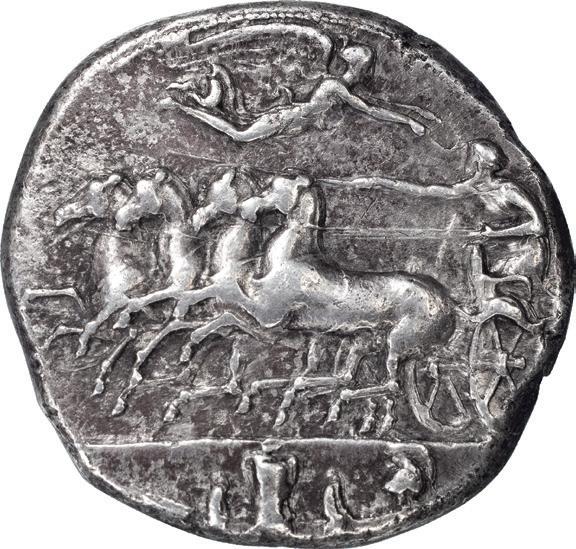

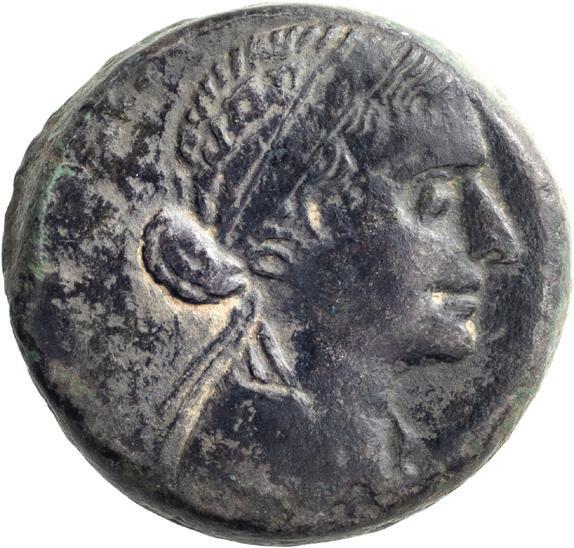
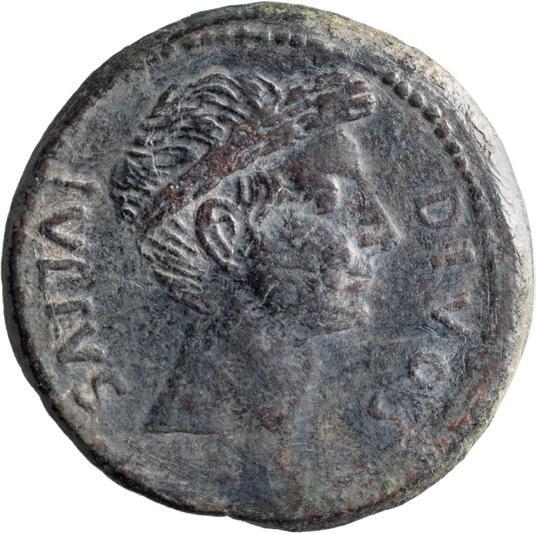
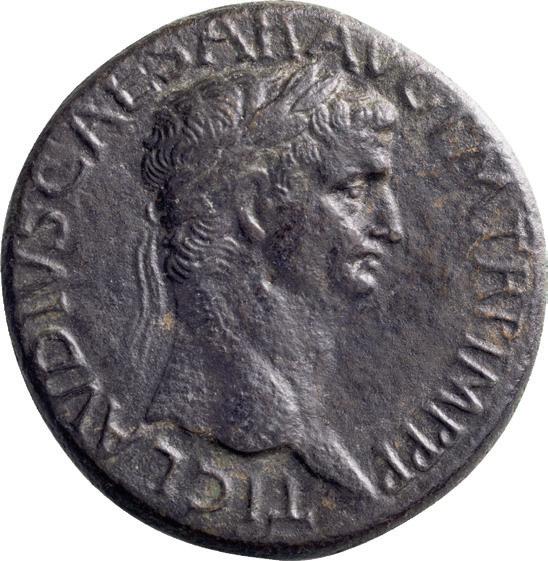
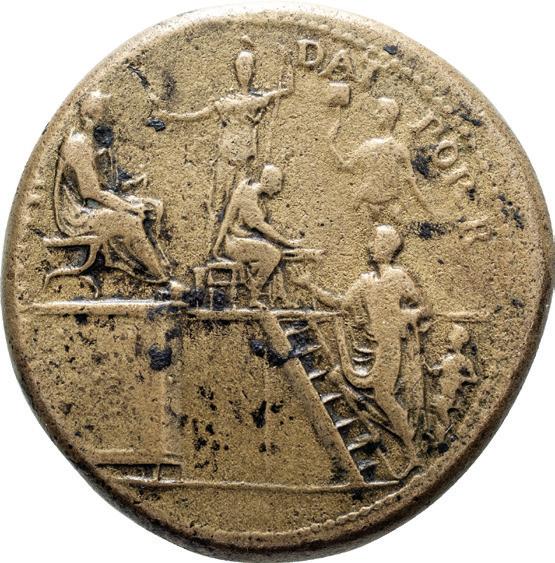
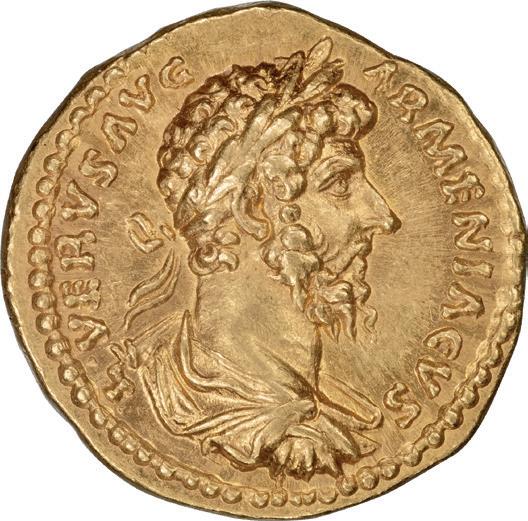
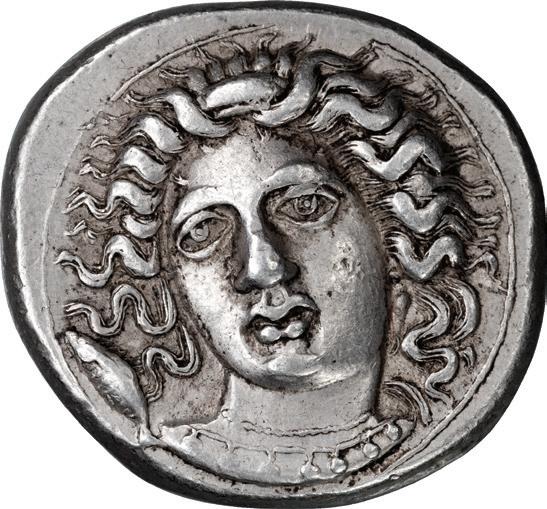
Harlan J. Berk, Ltd. Est. 1964 31 North Clark Street, Chicago, IL. 60602 | 312-609-0018 | www.hjbltd.com Dealers in ancient coins, U.S. & world coins, antiquities, Bullion

